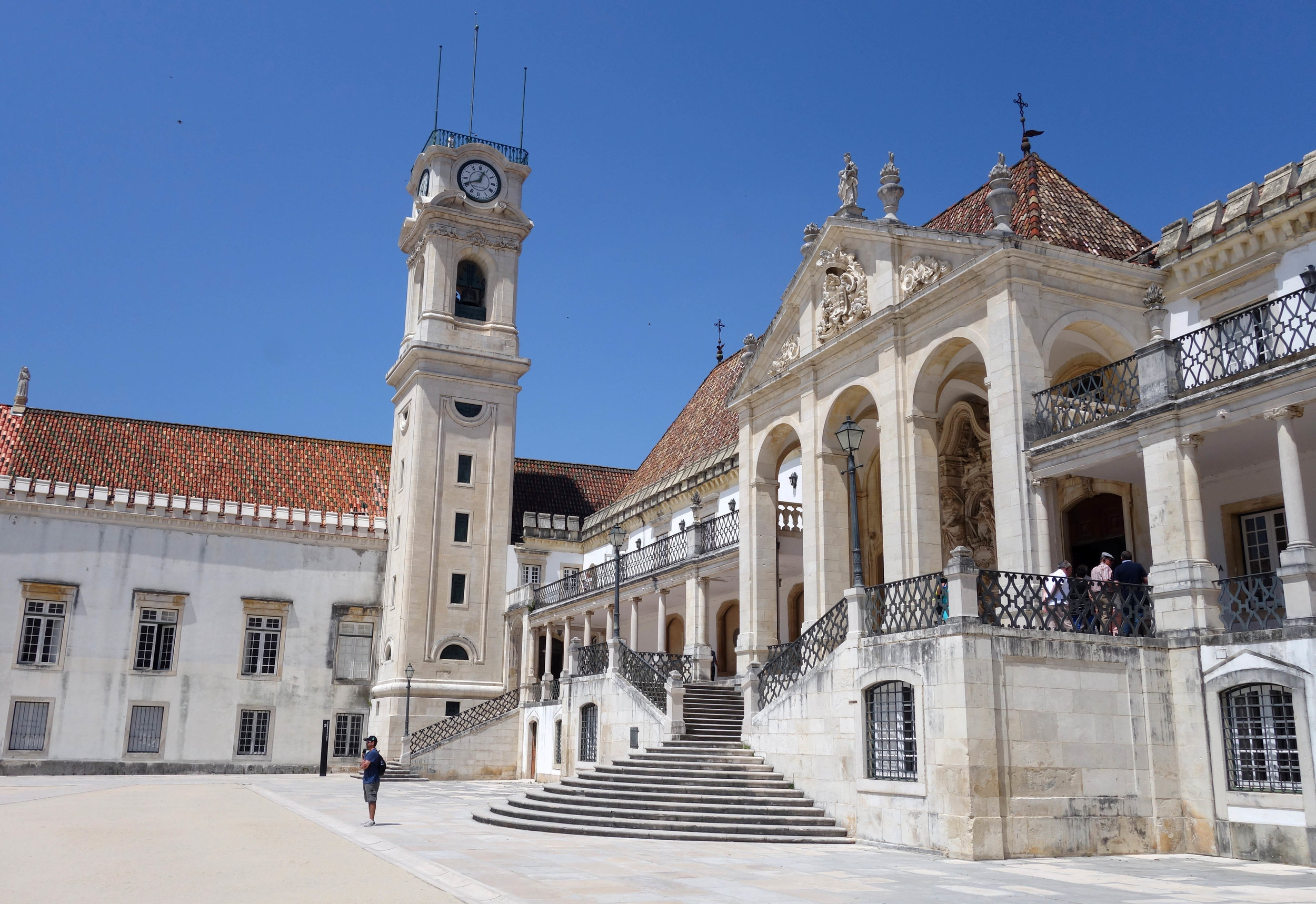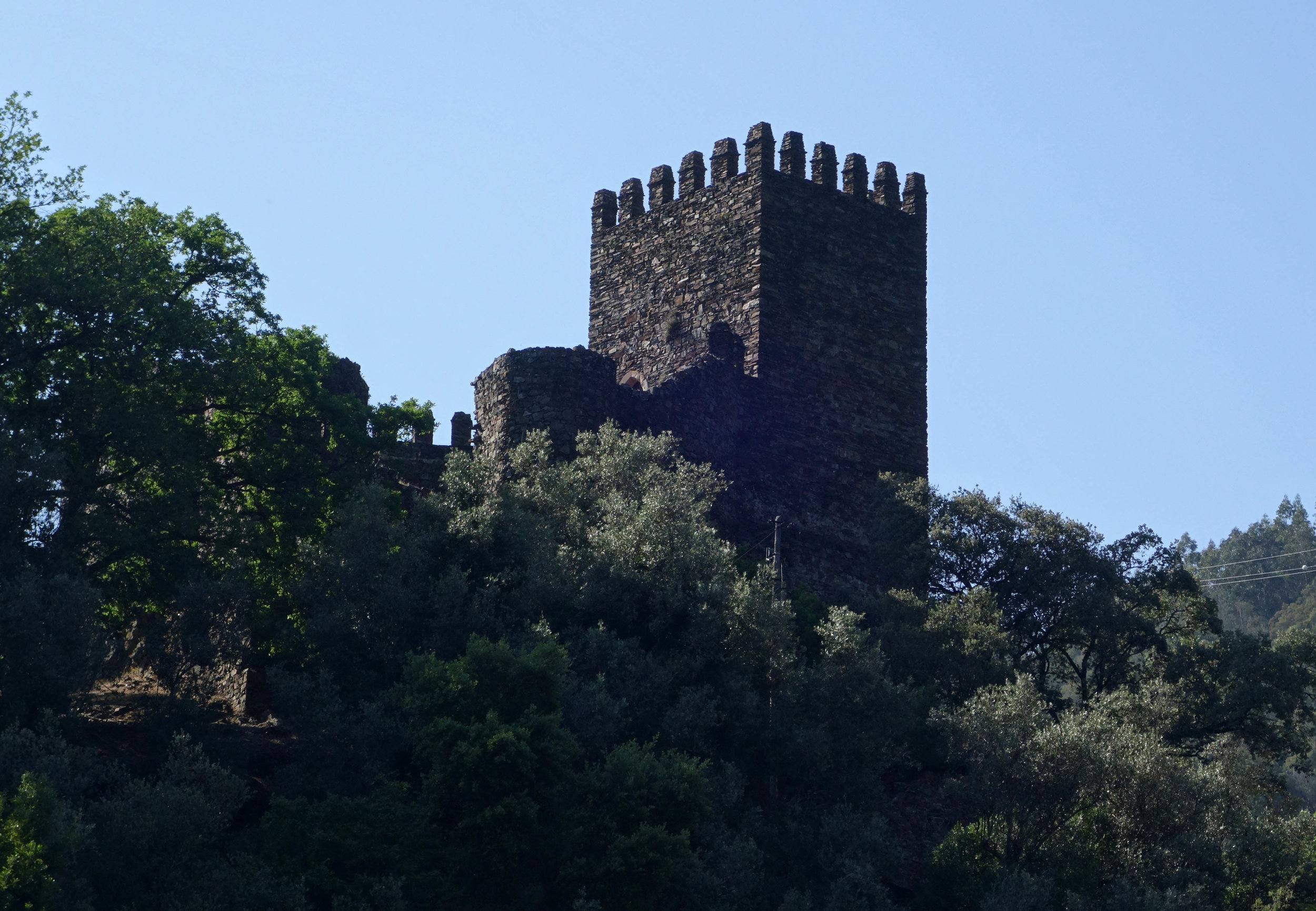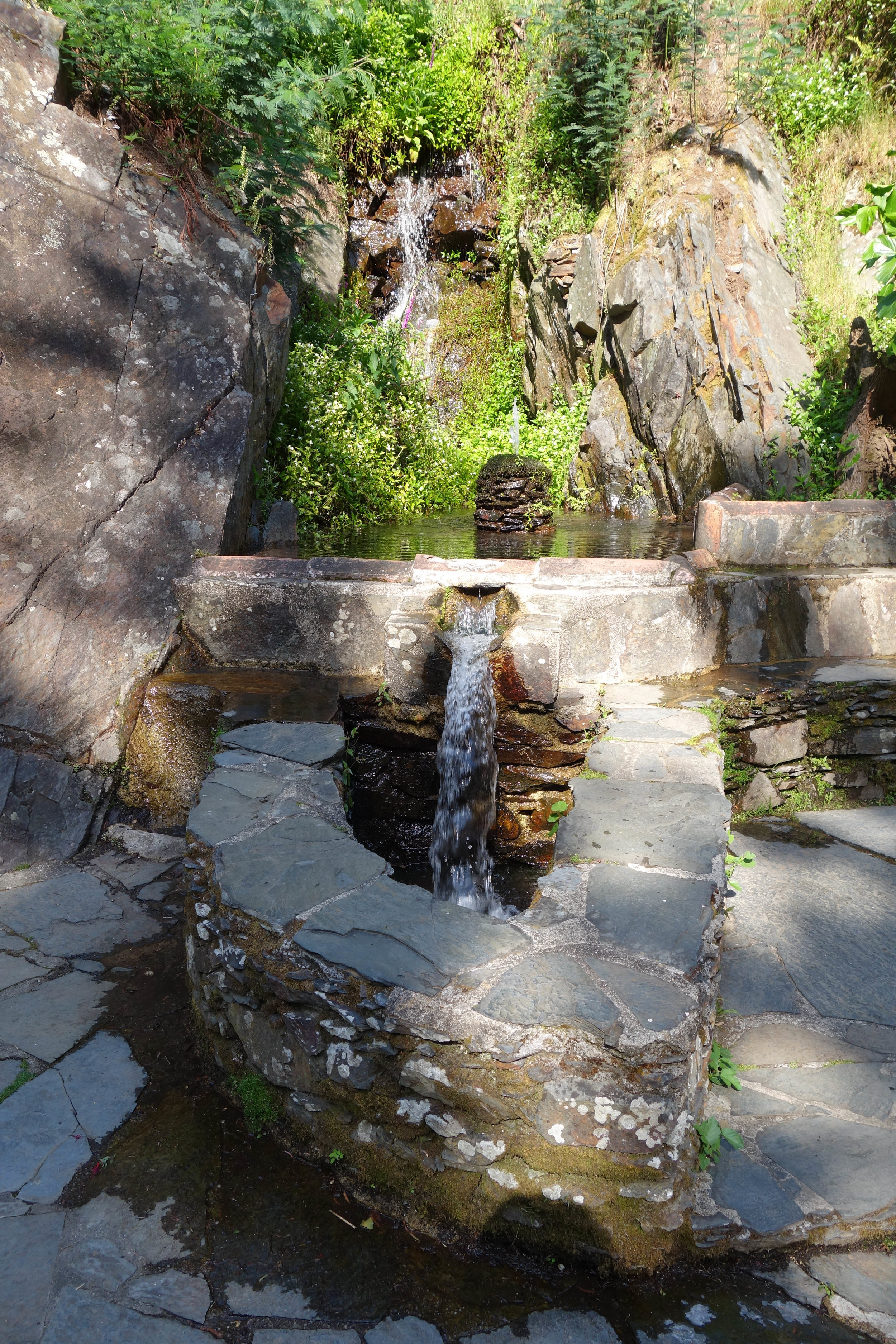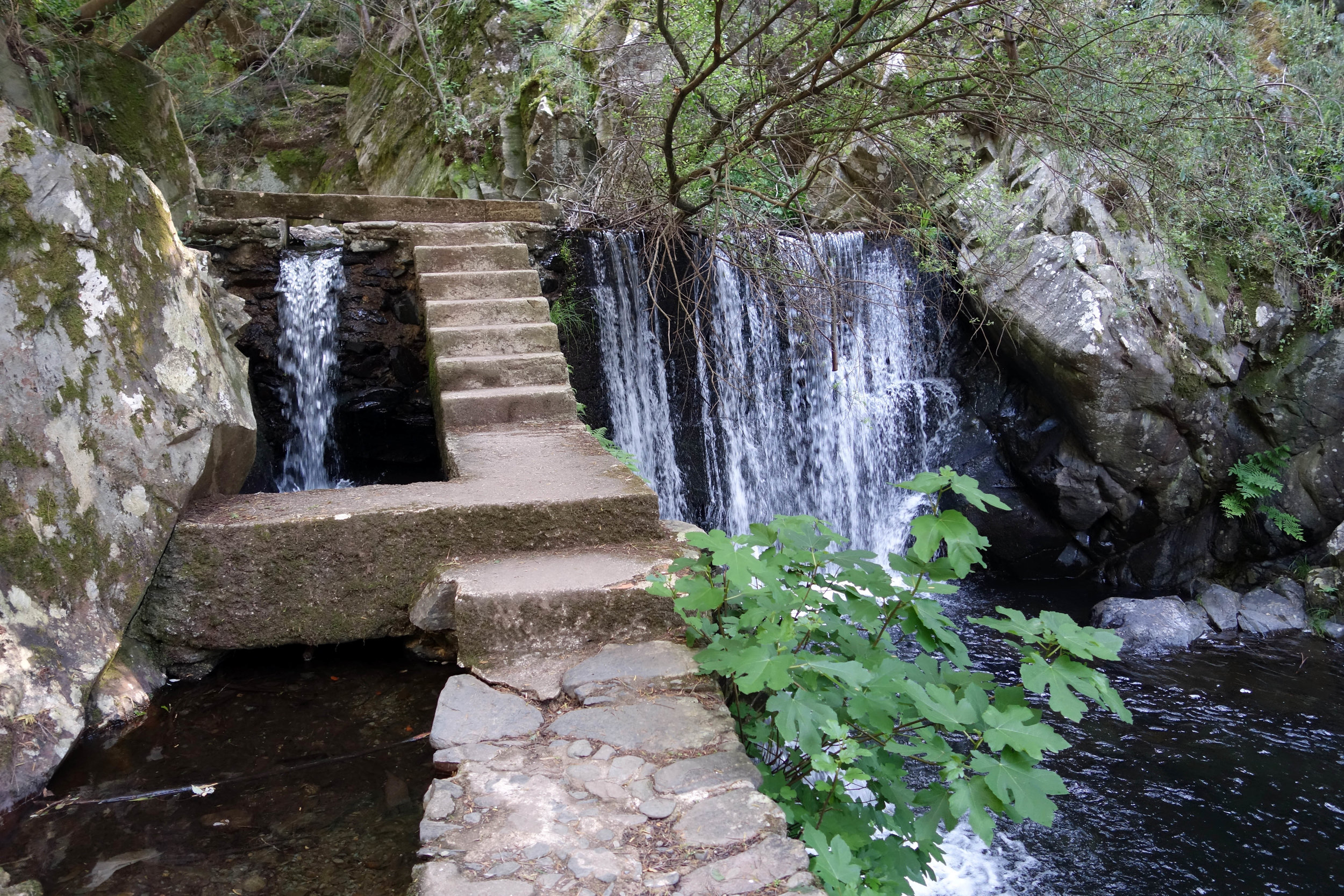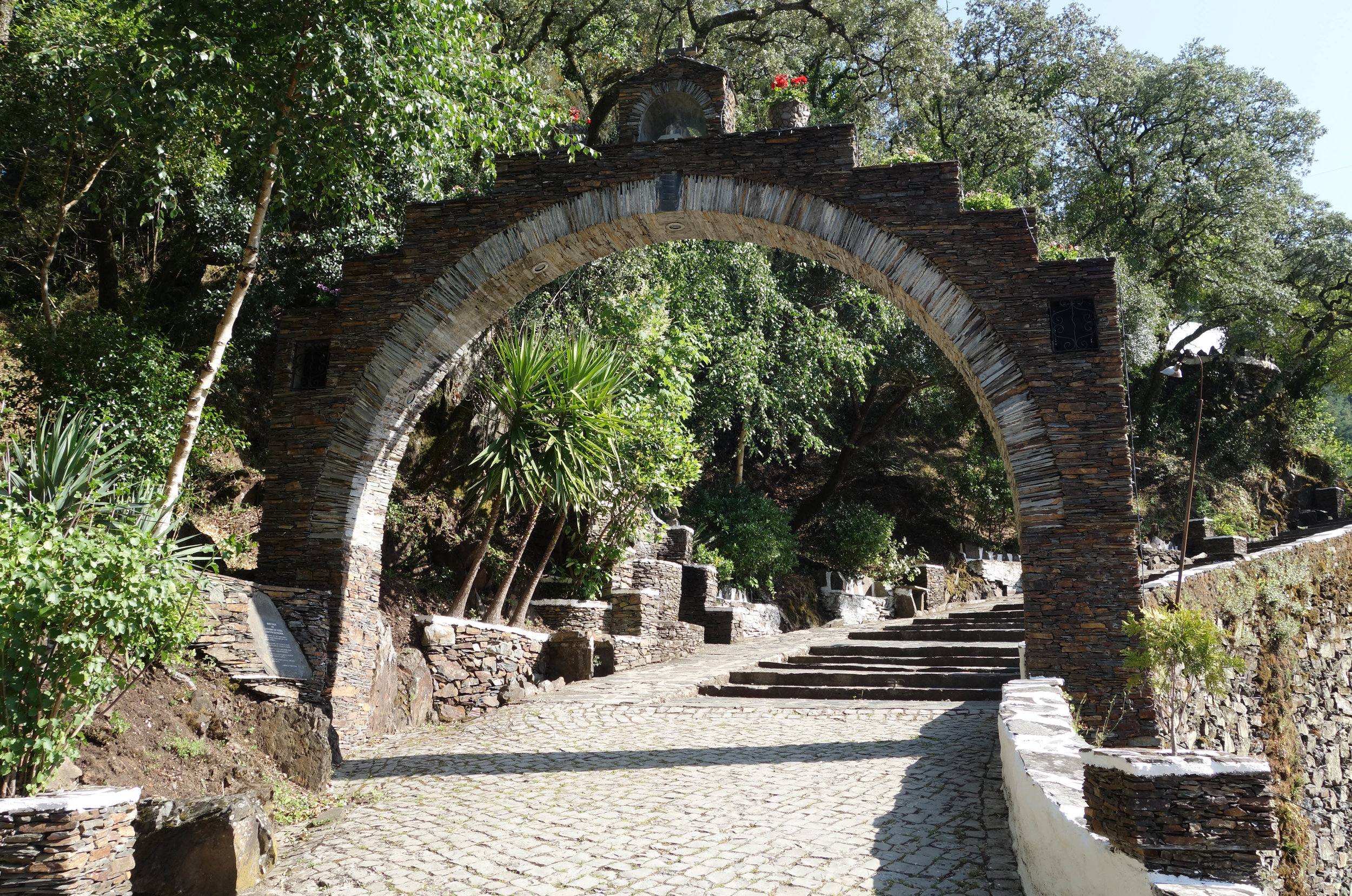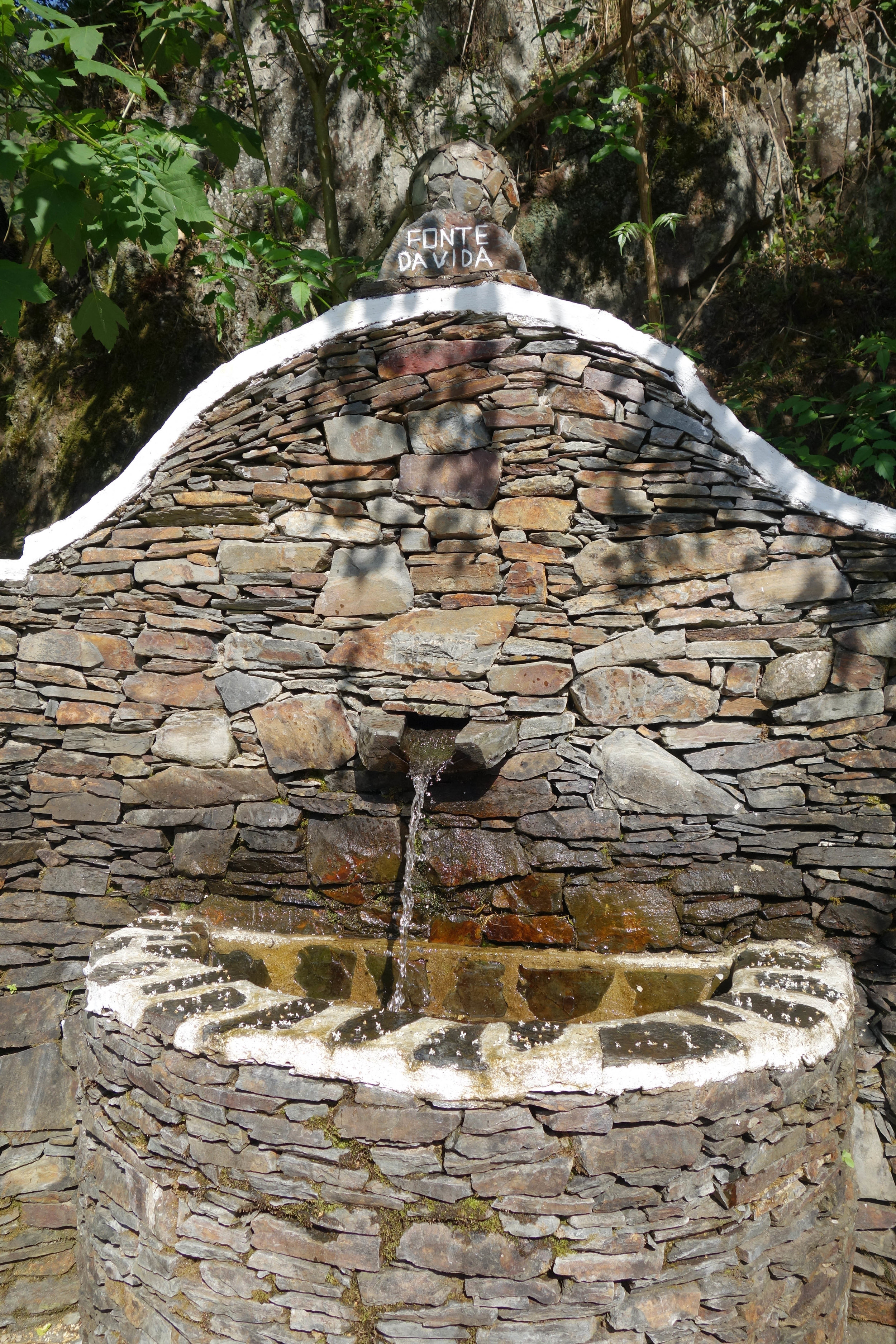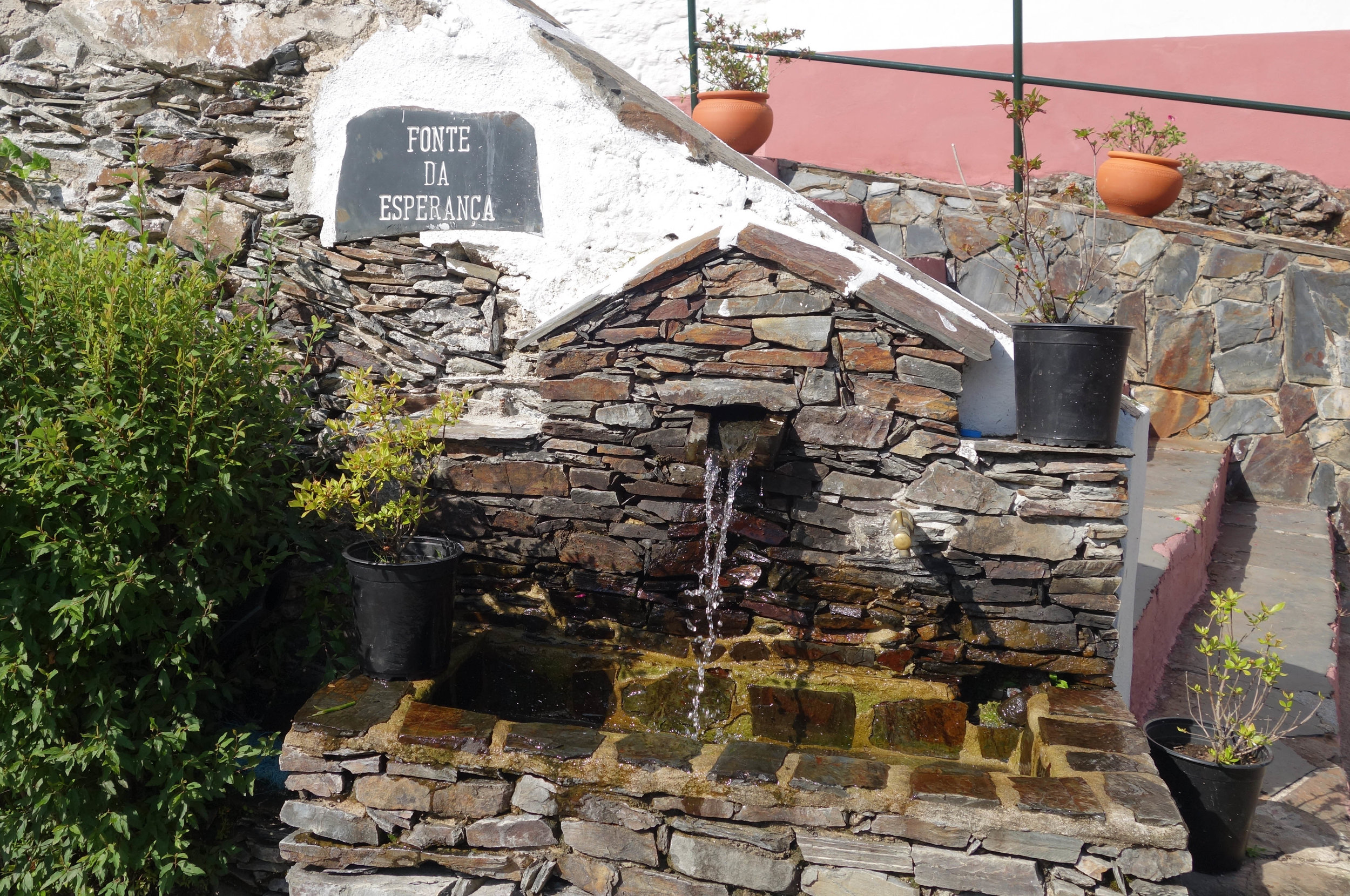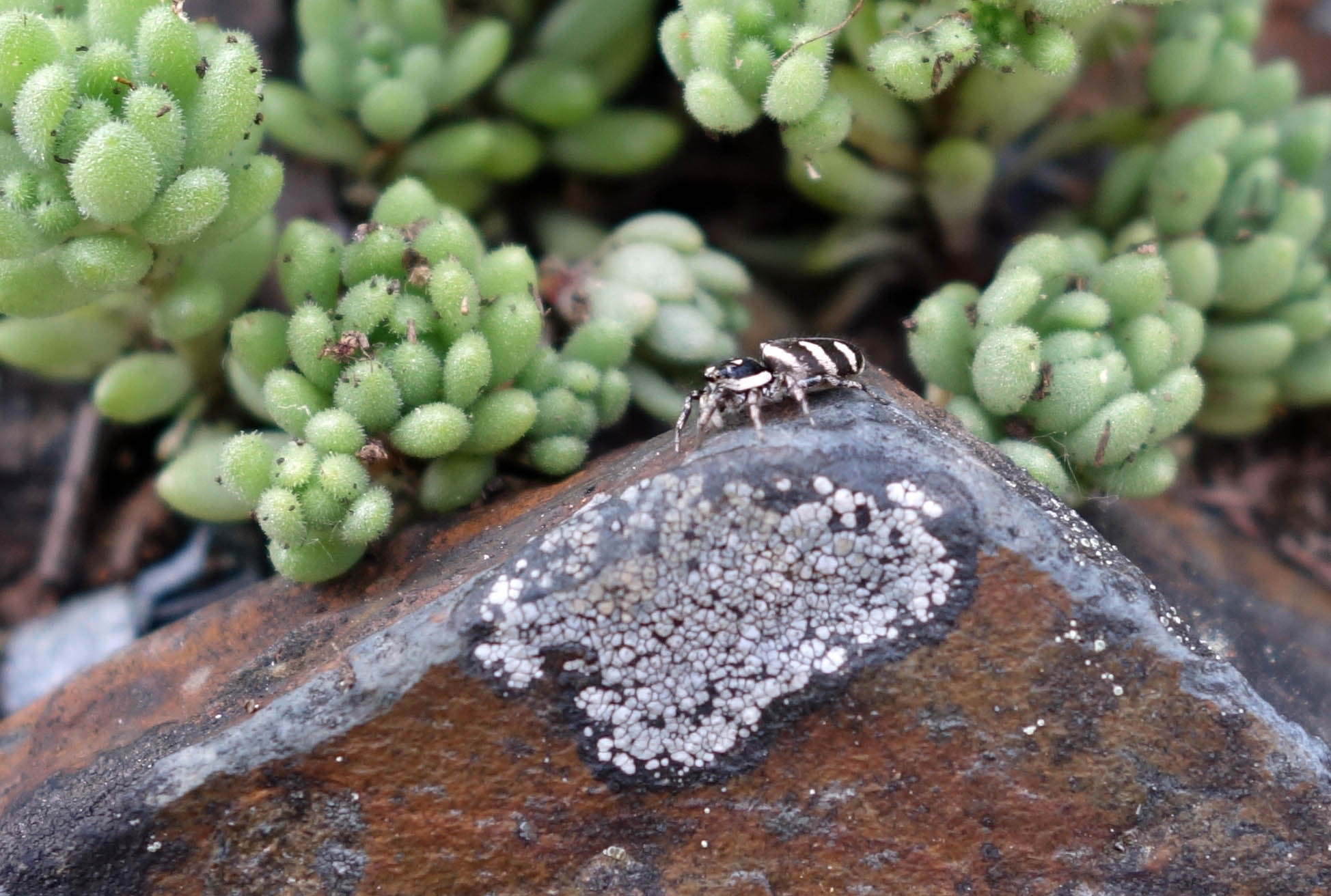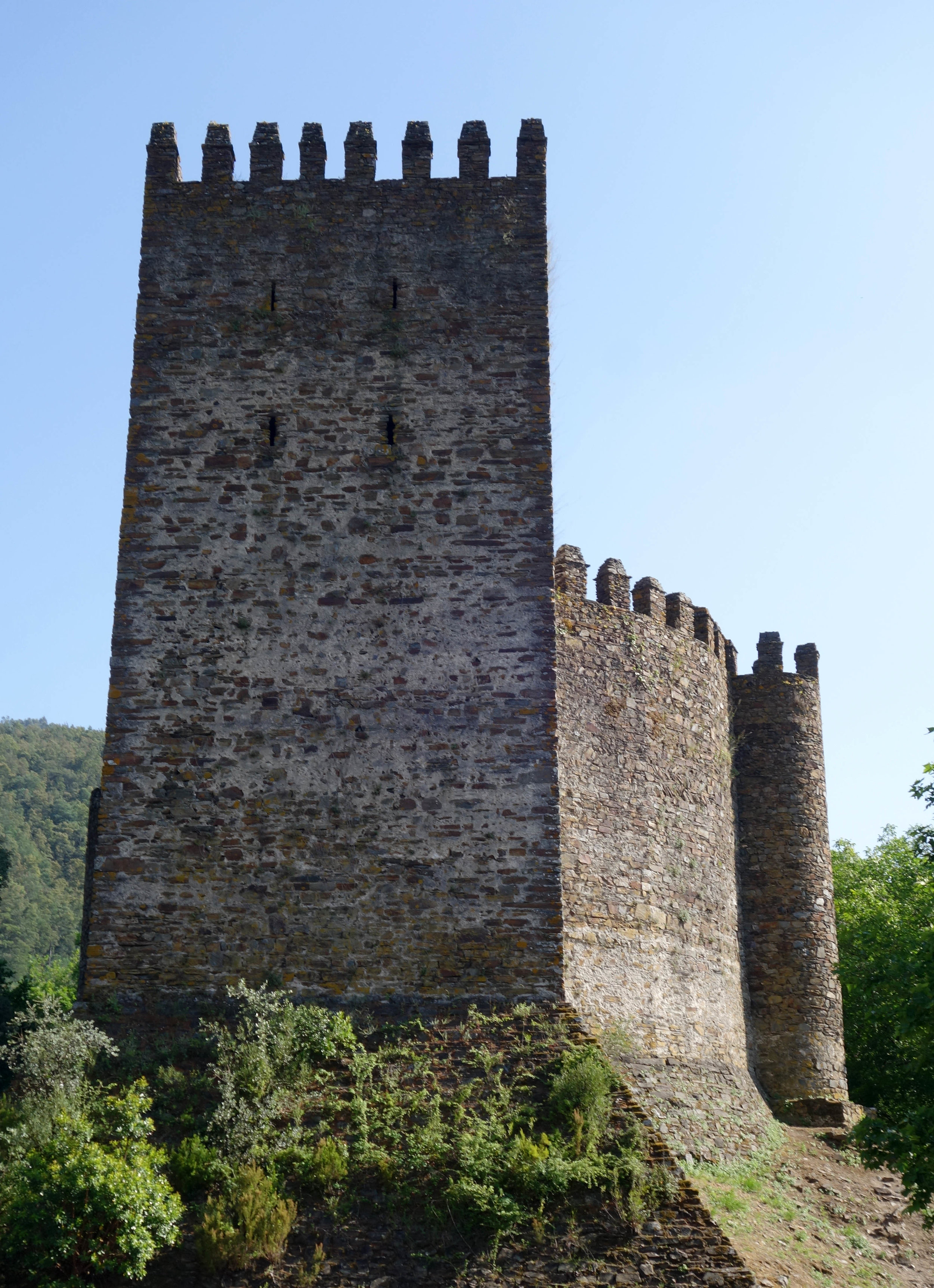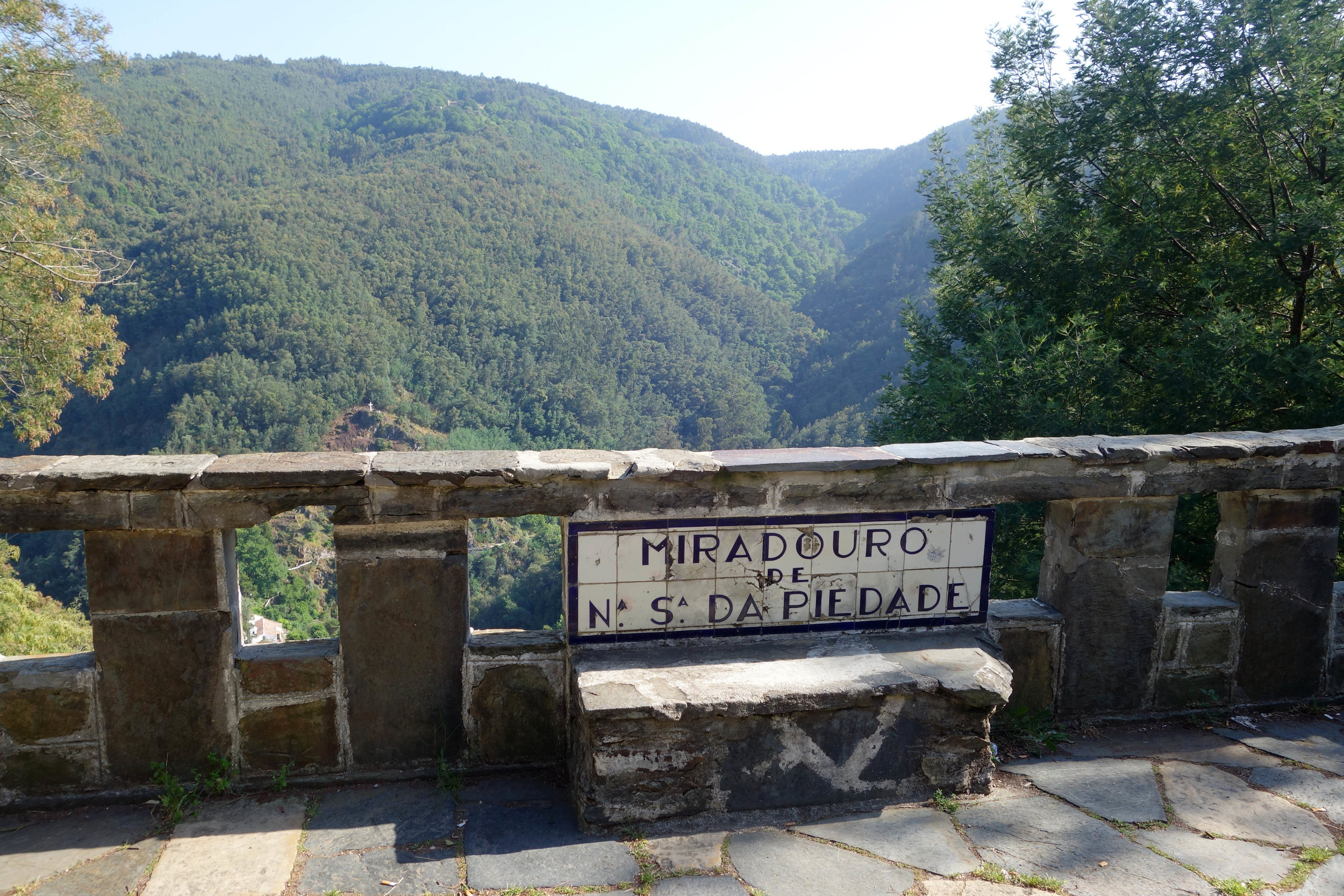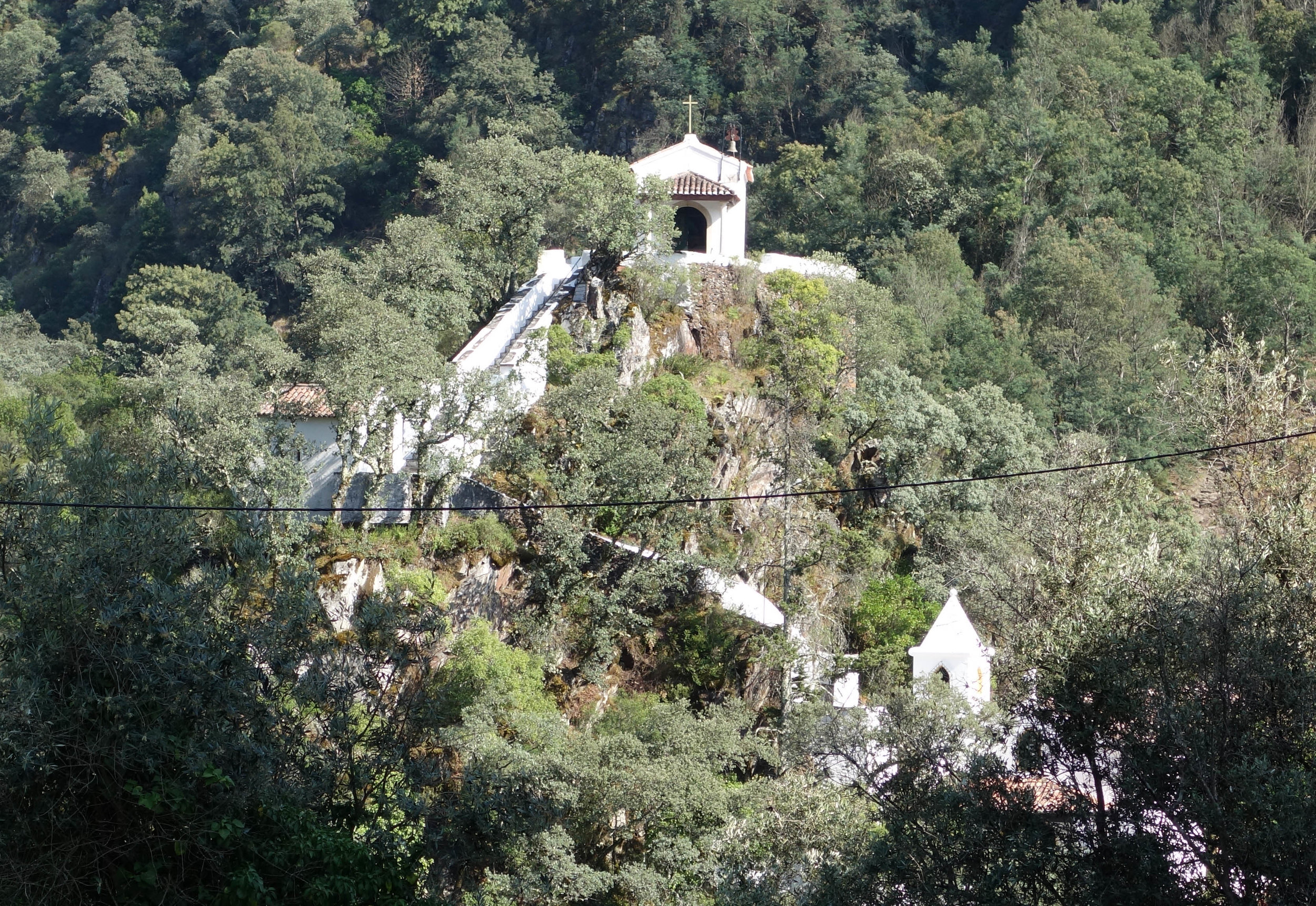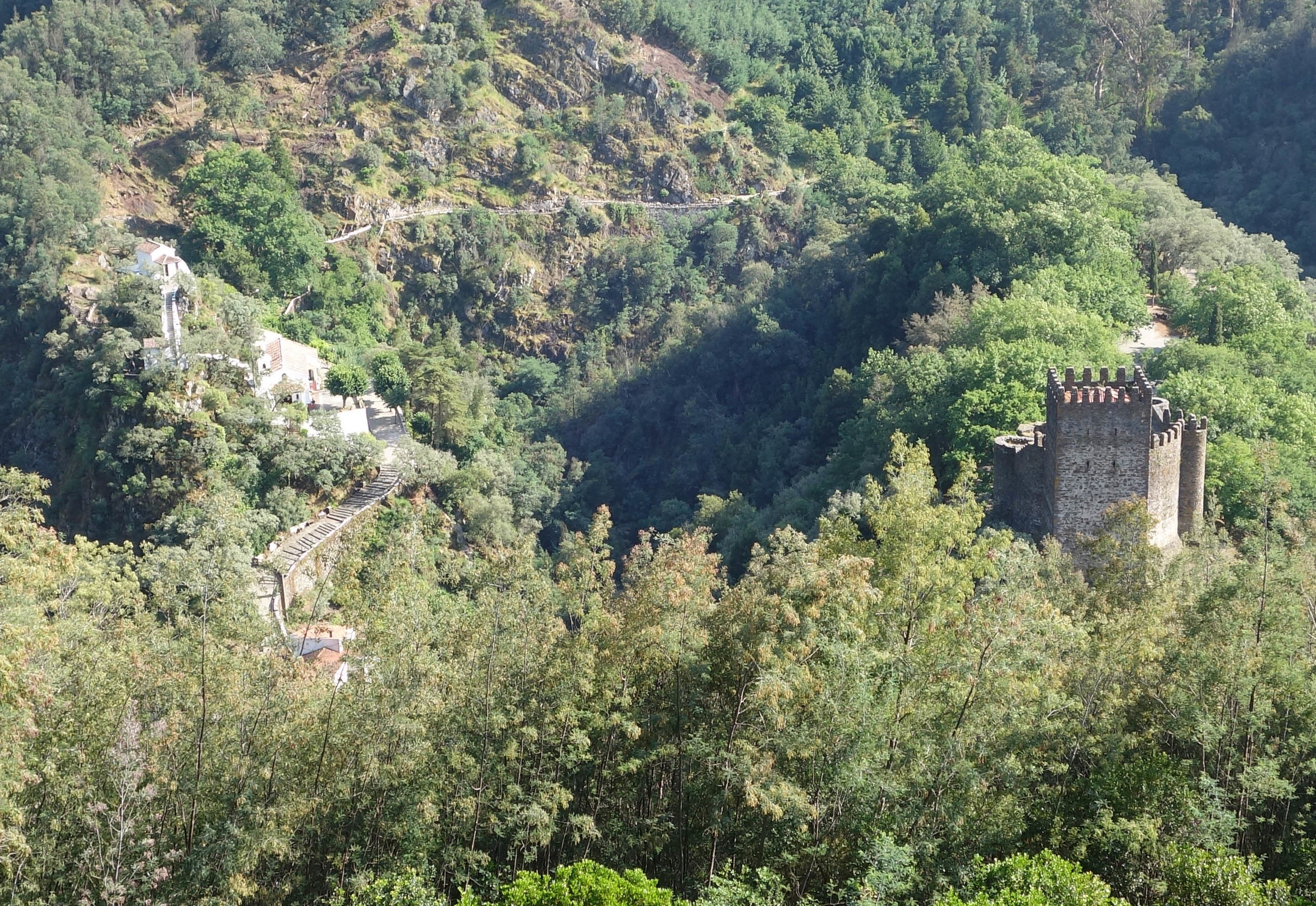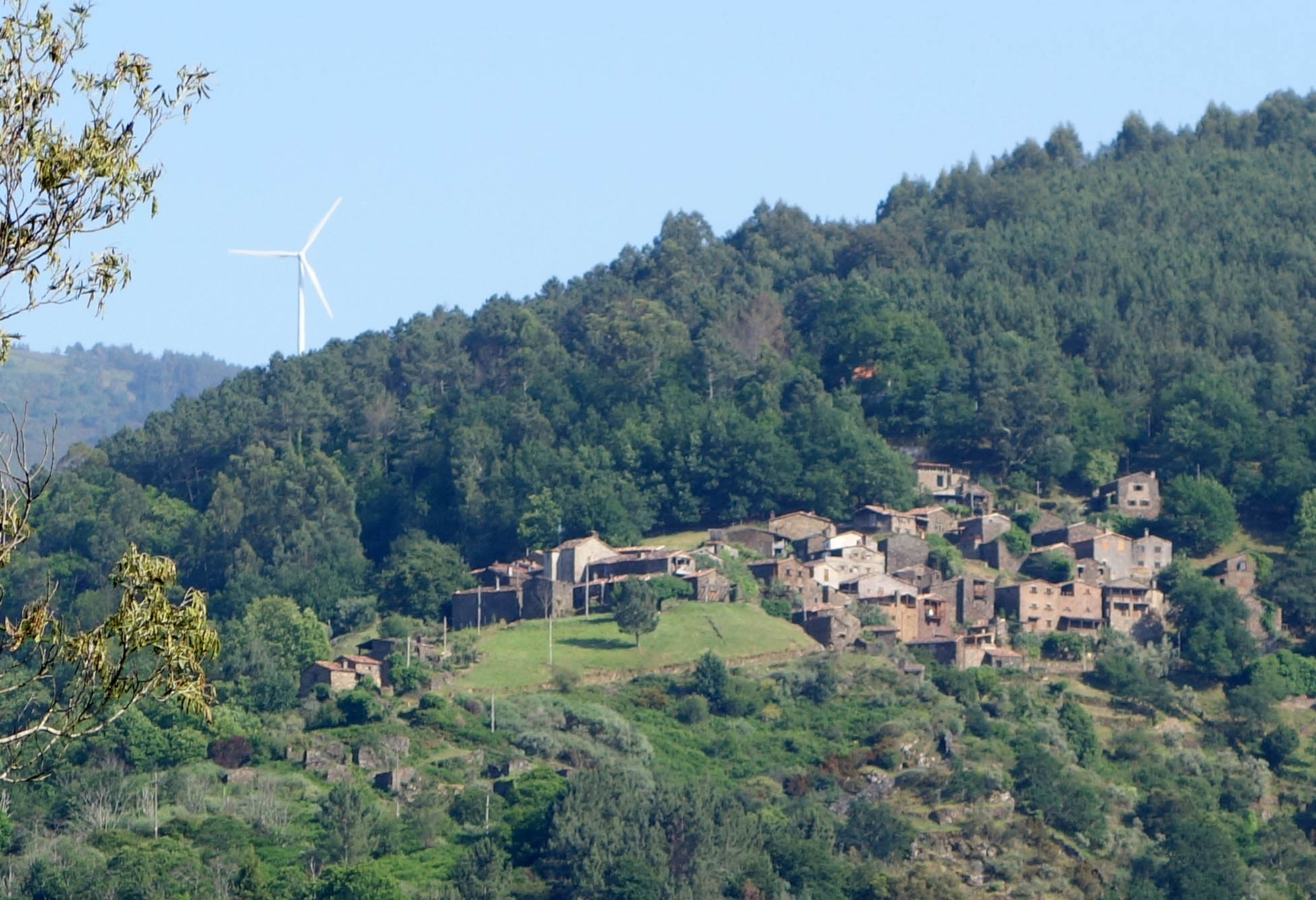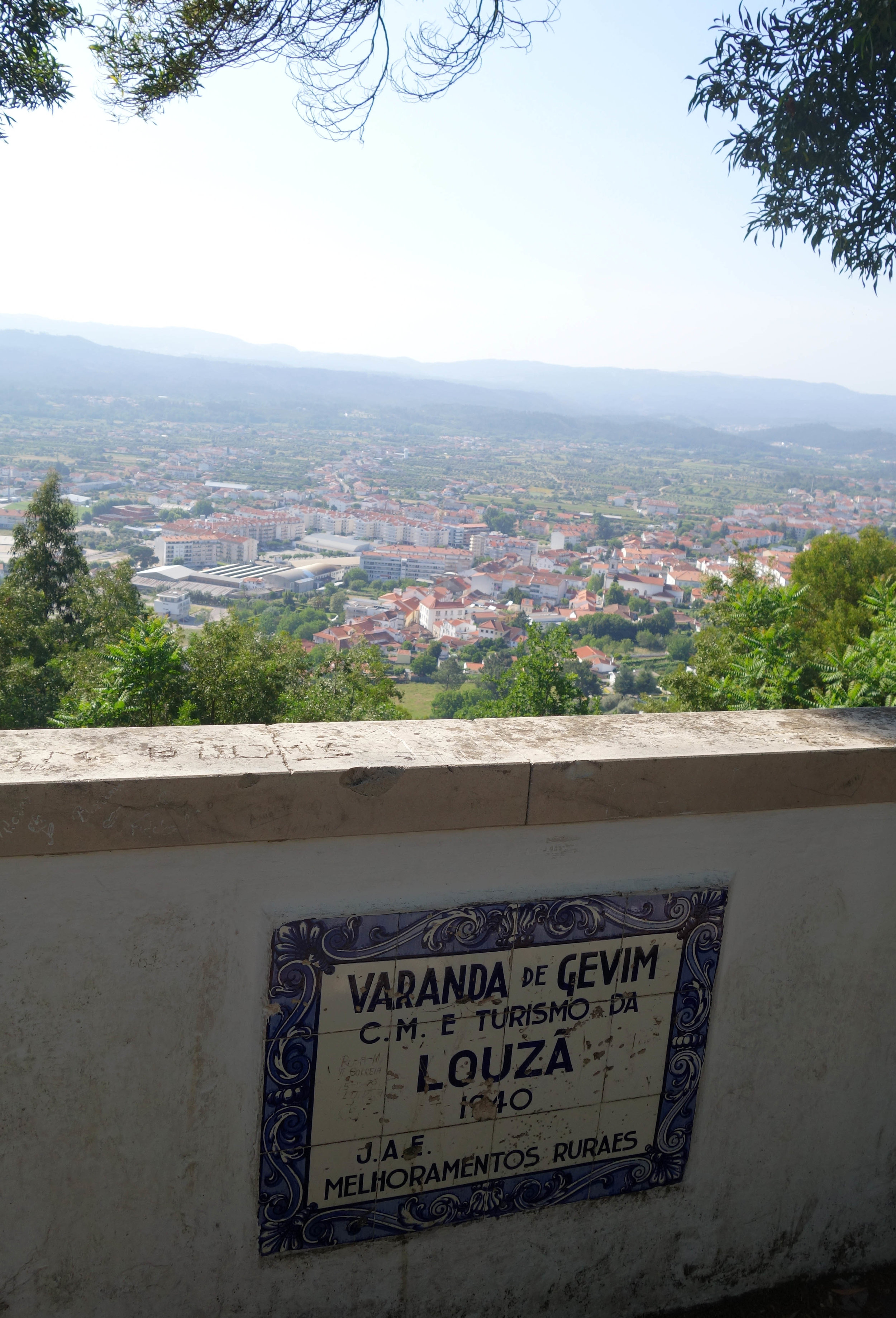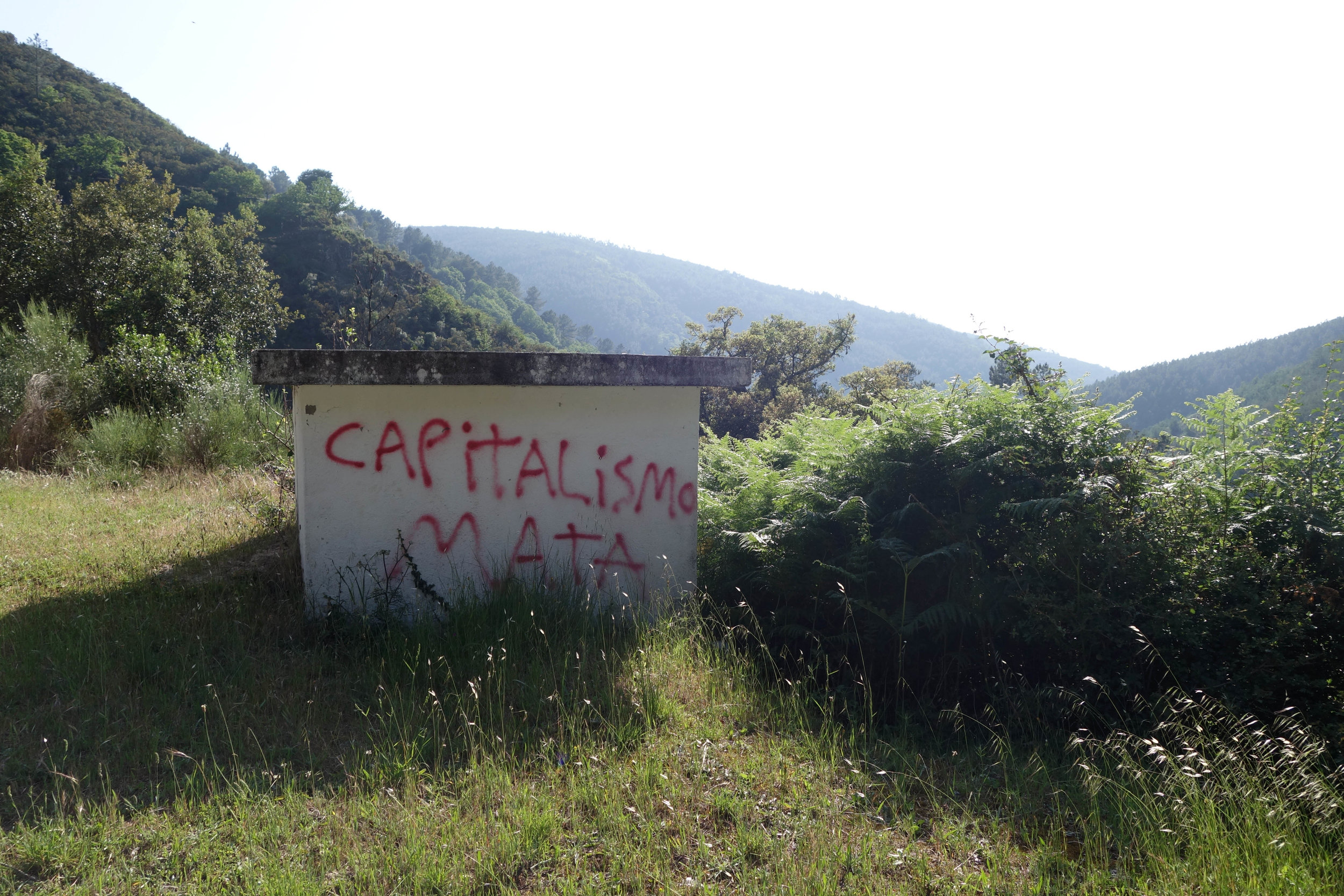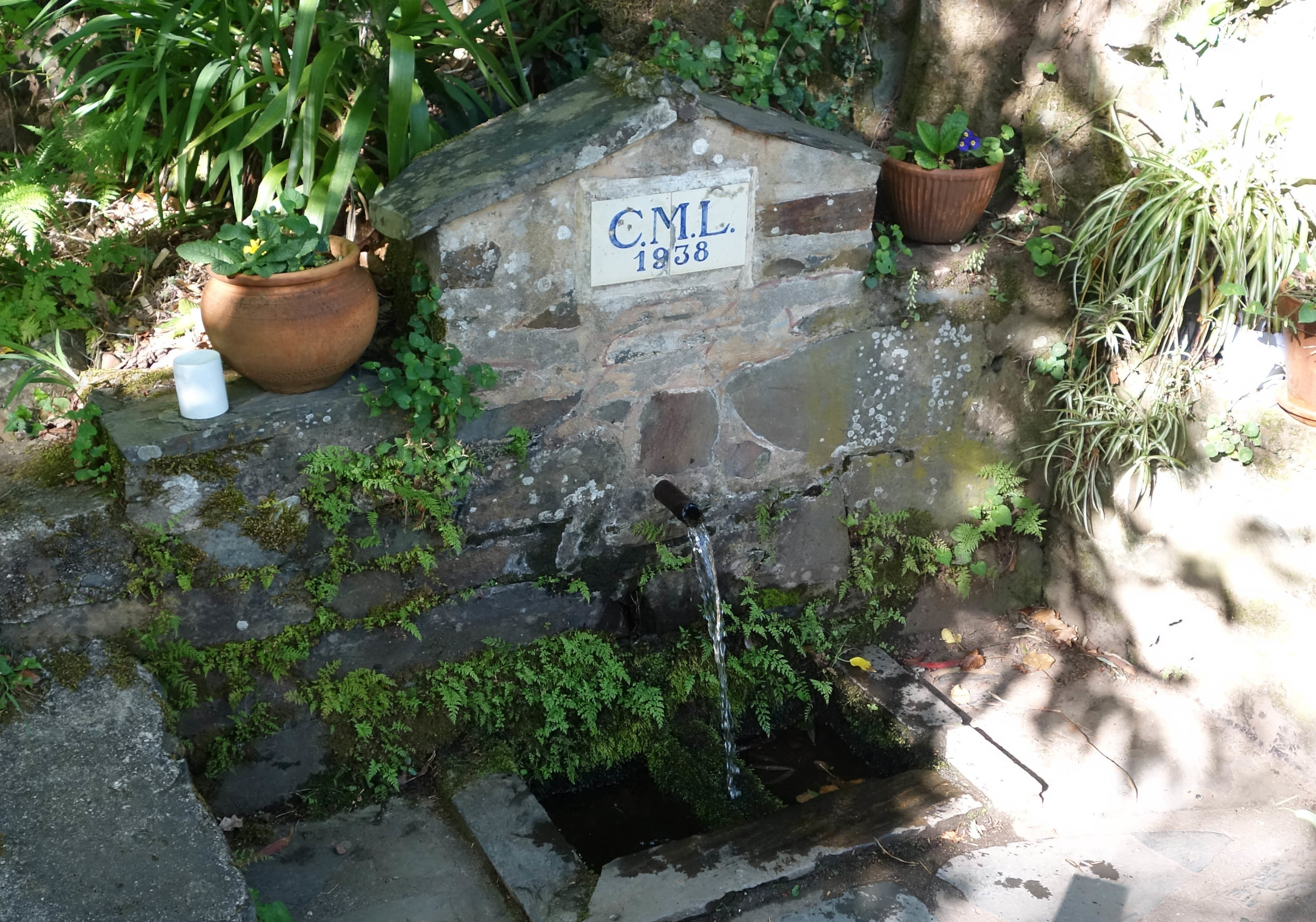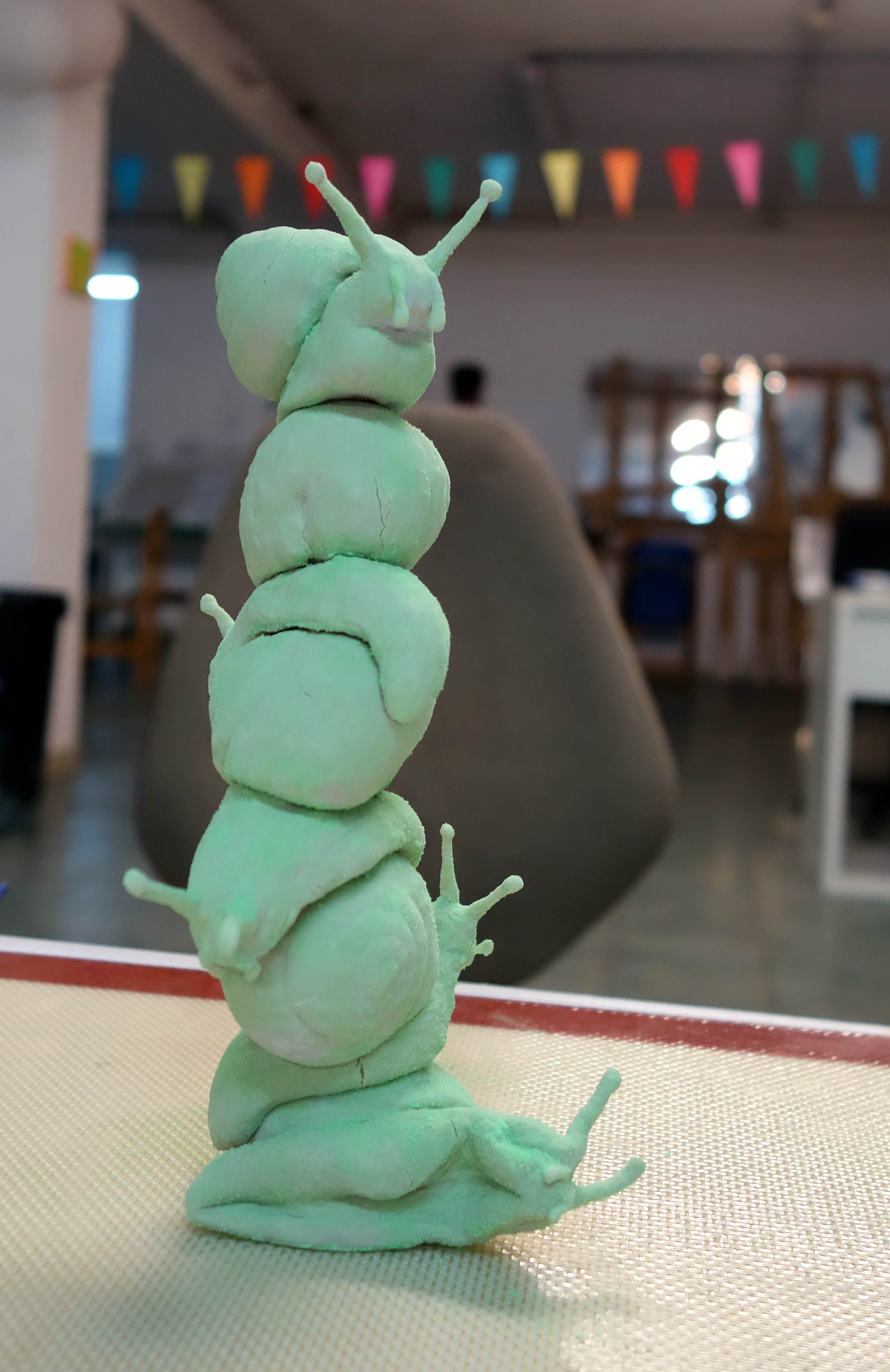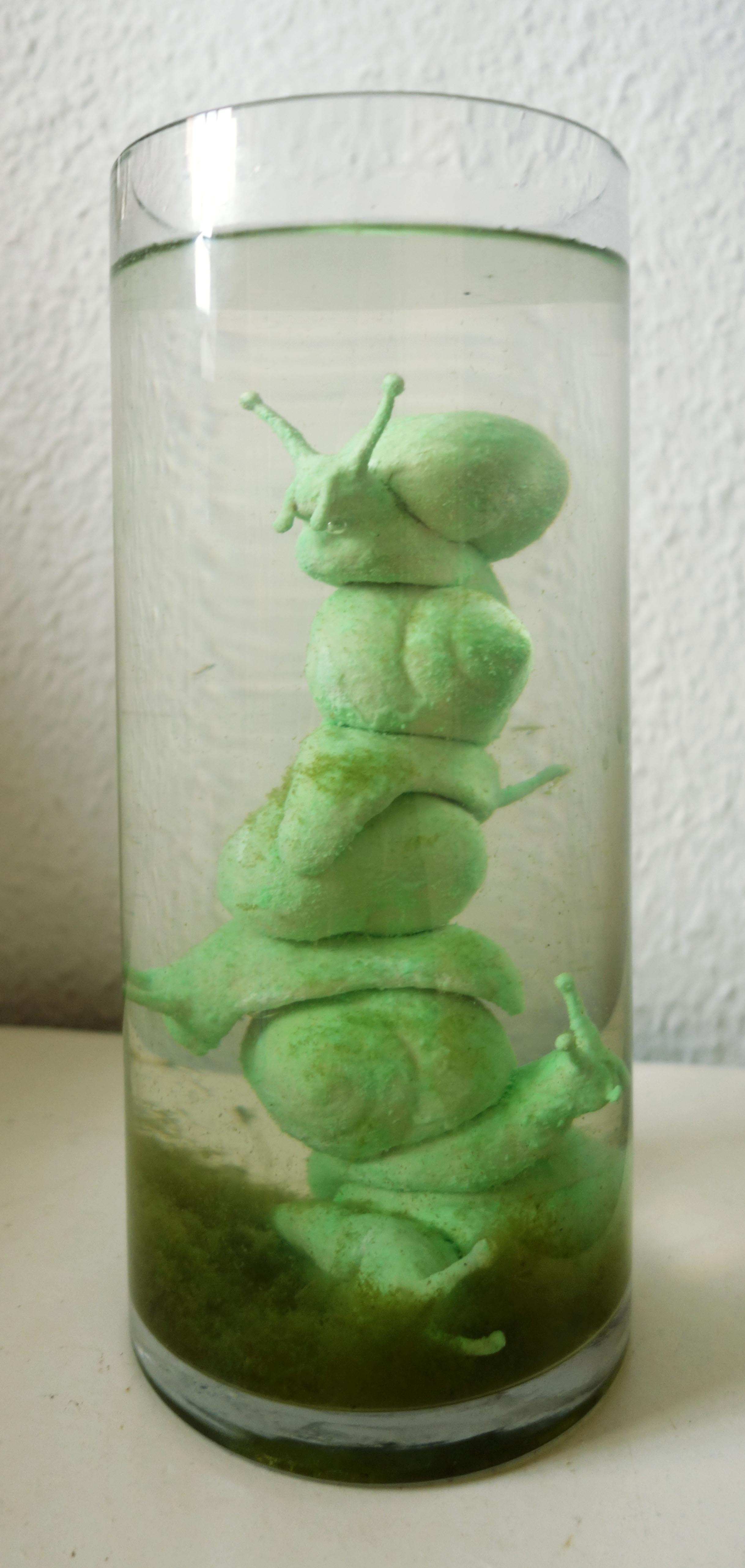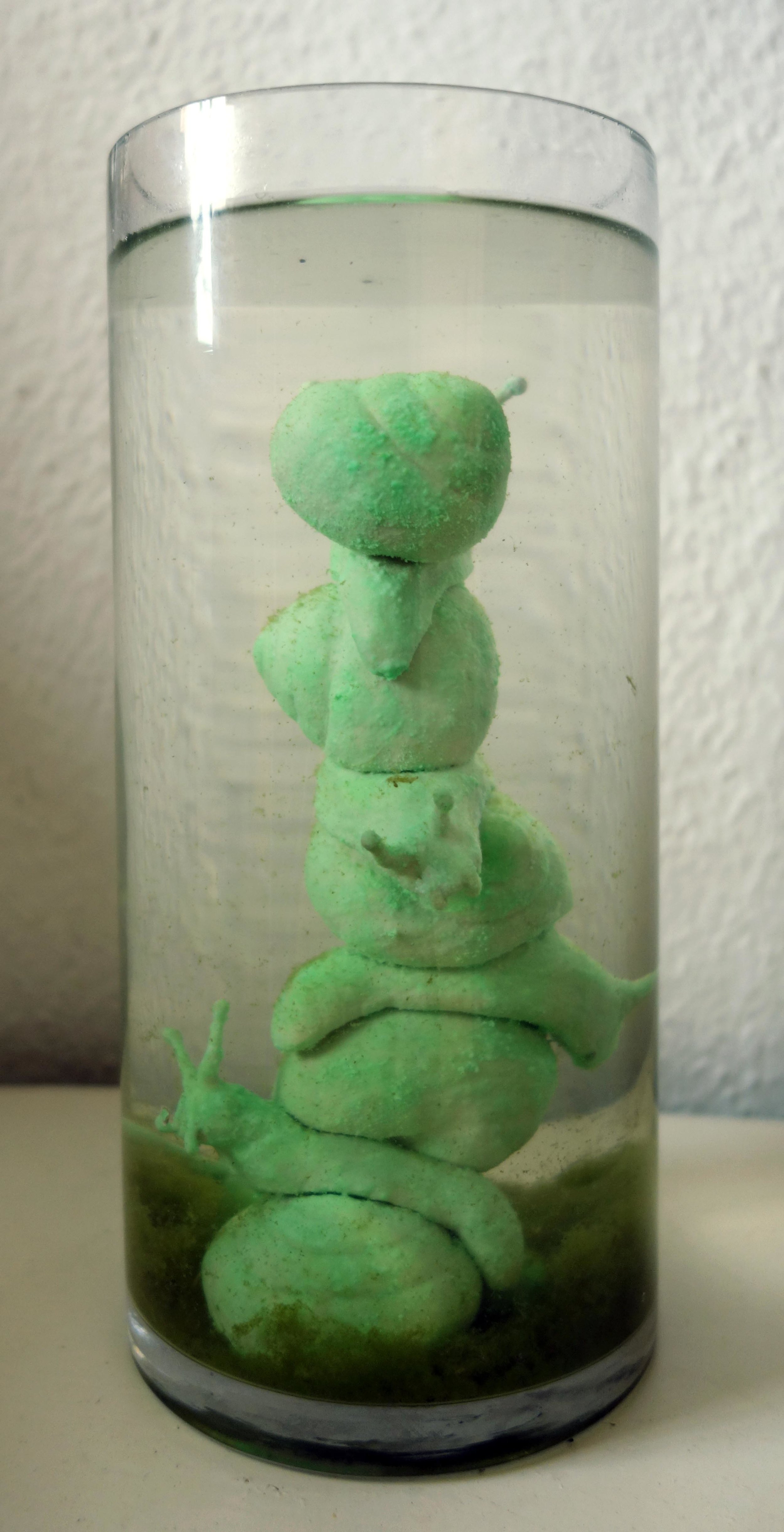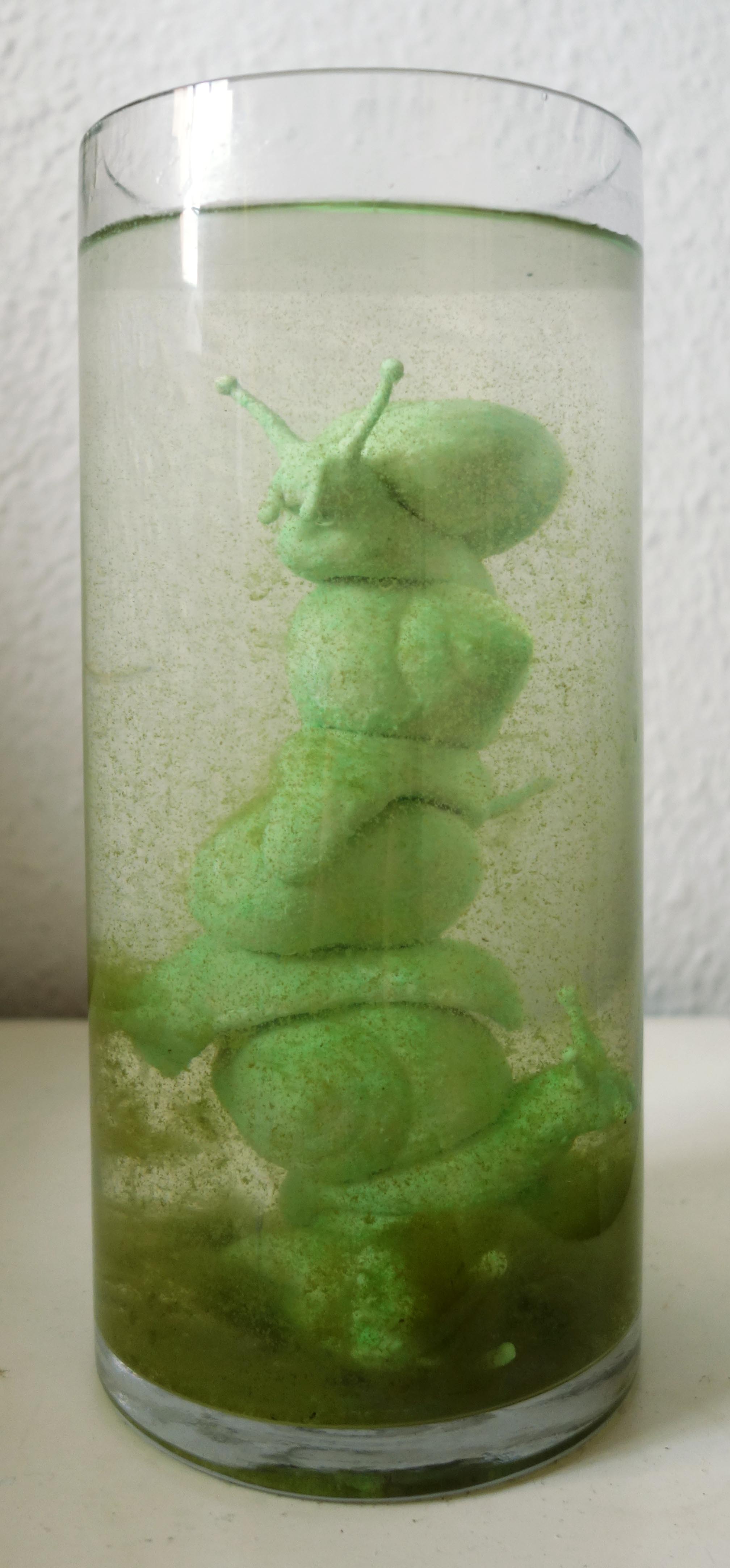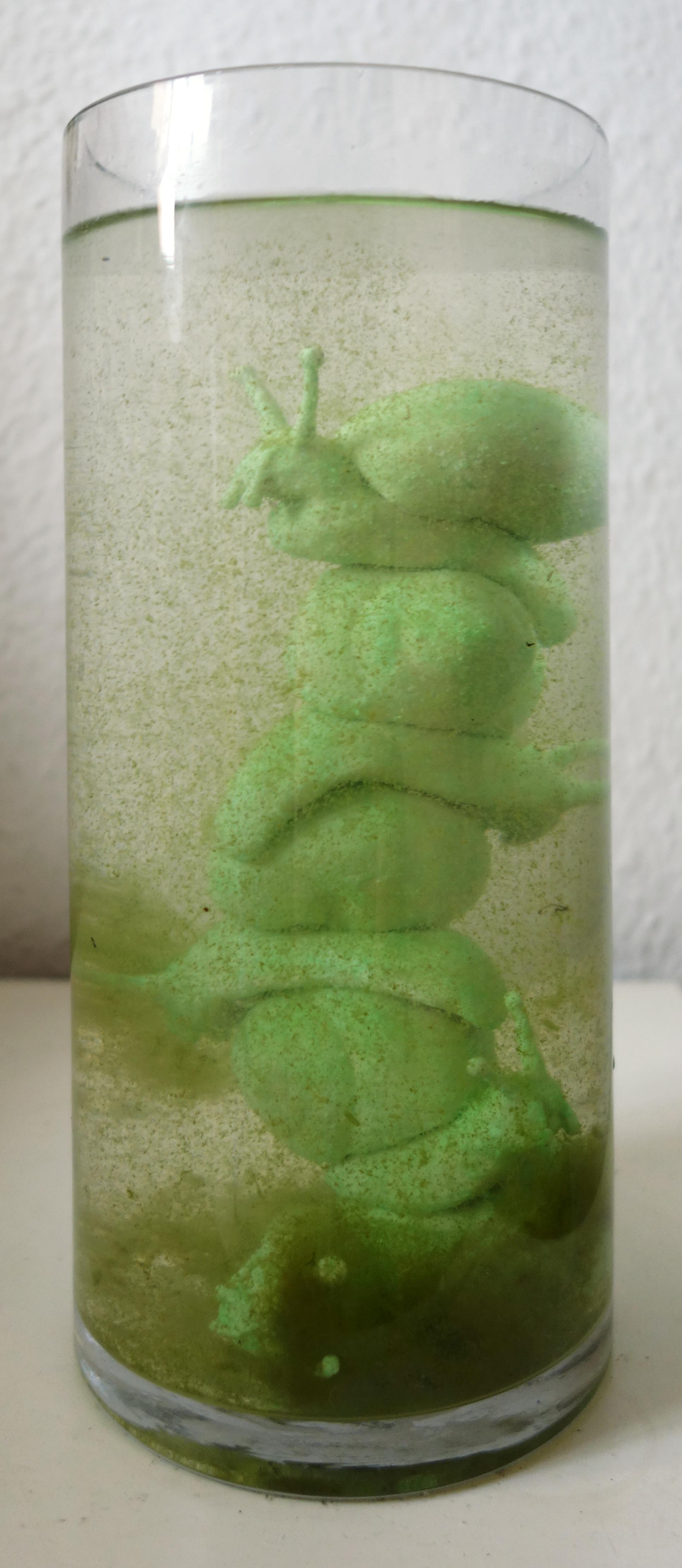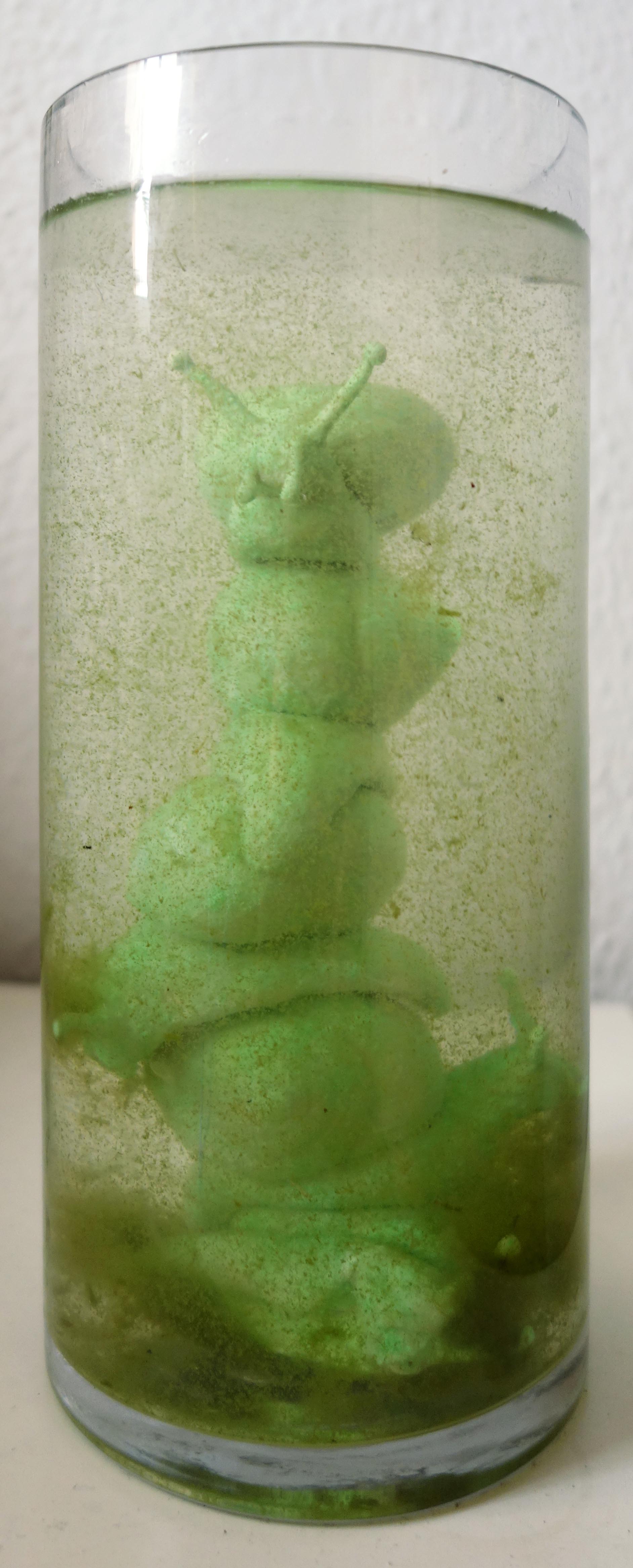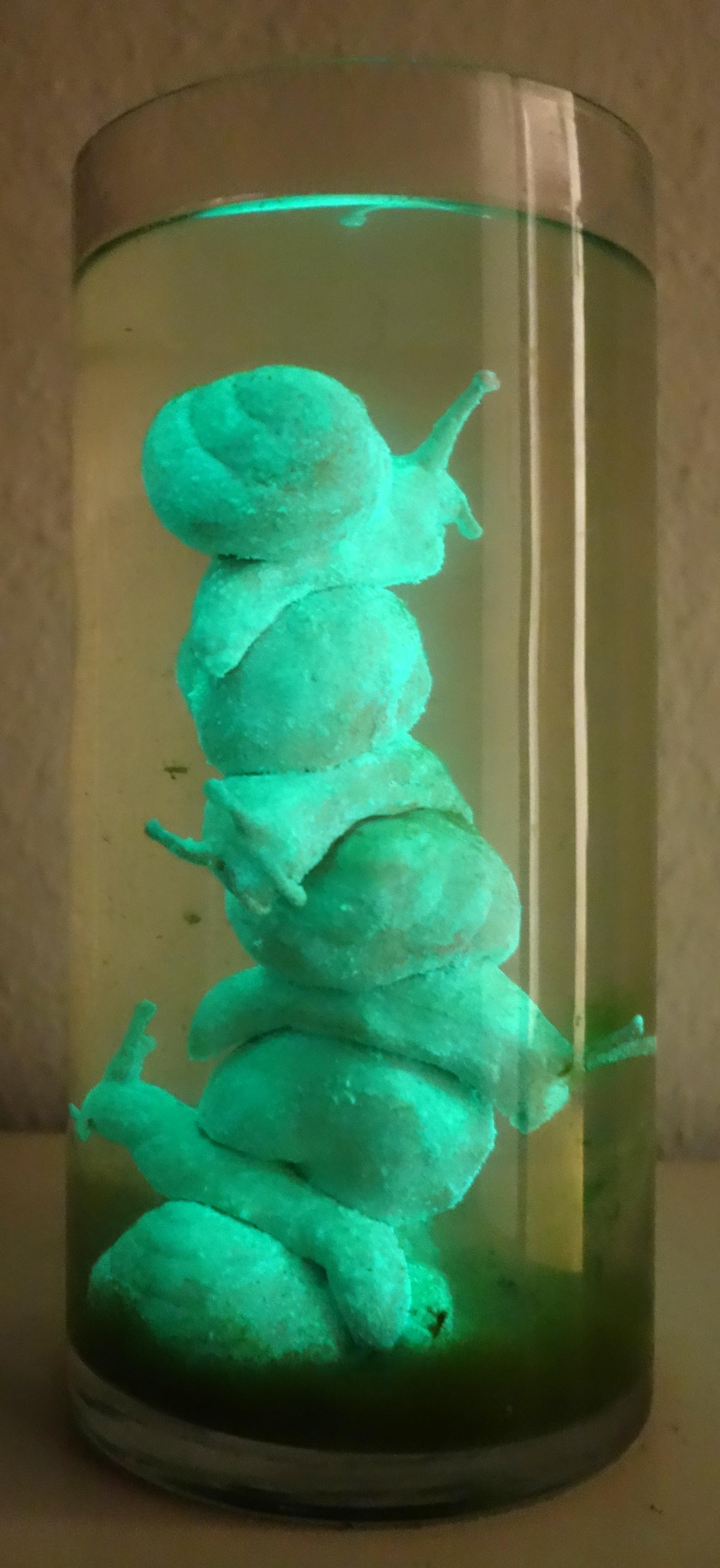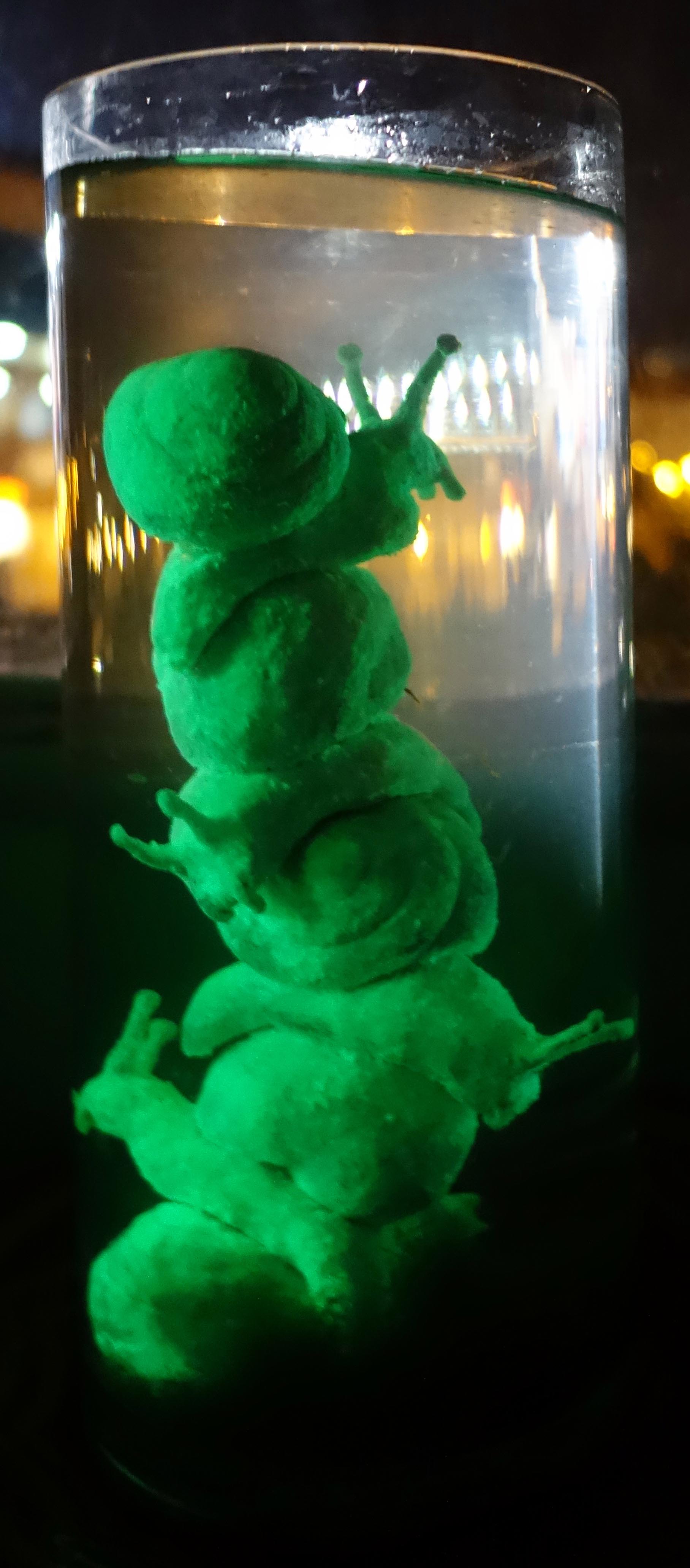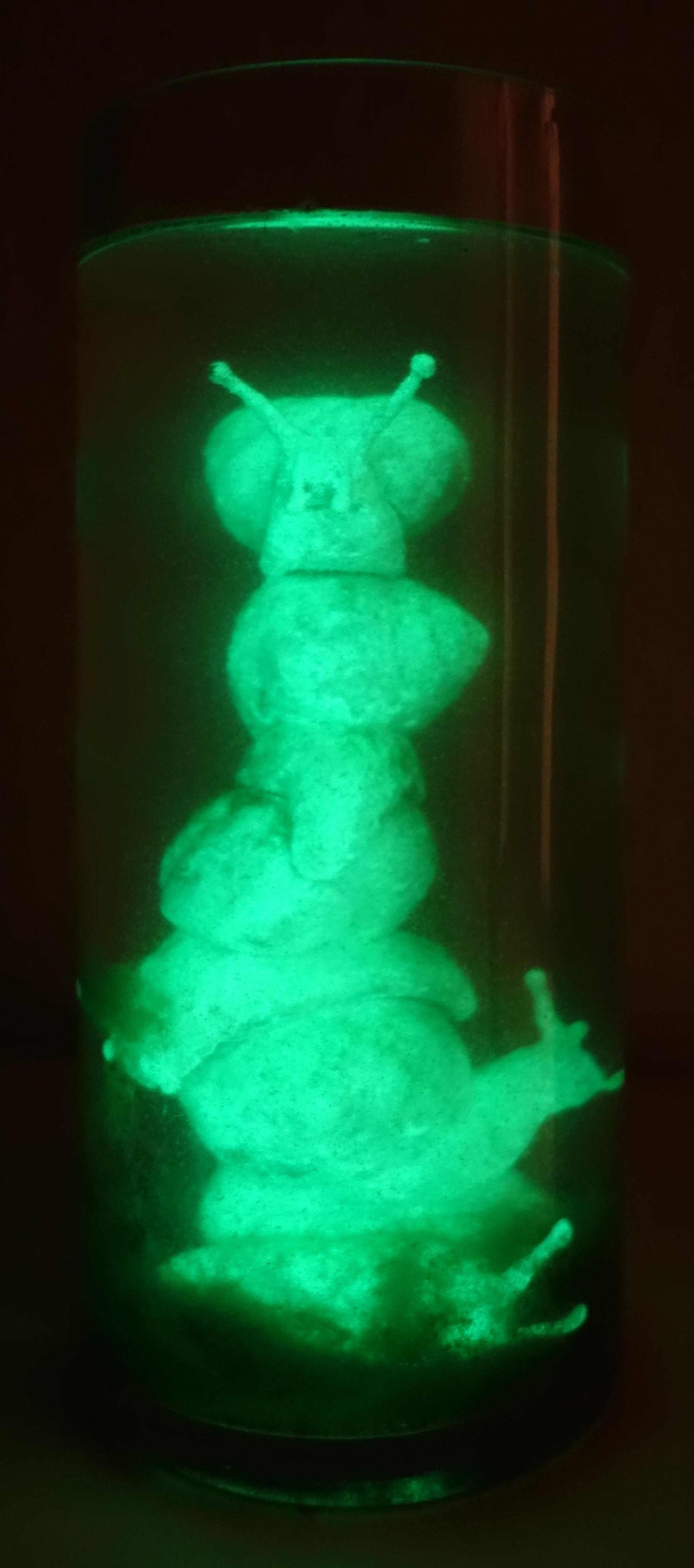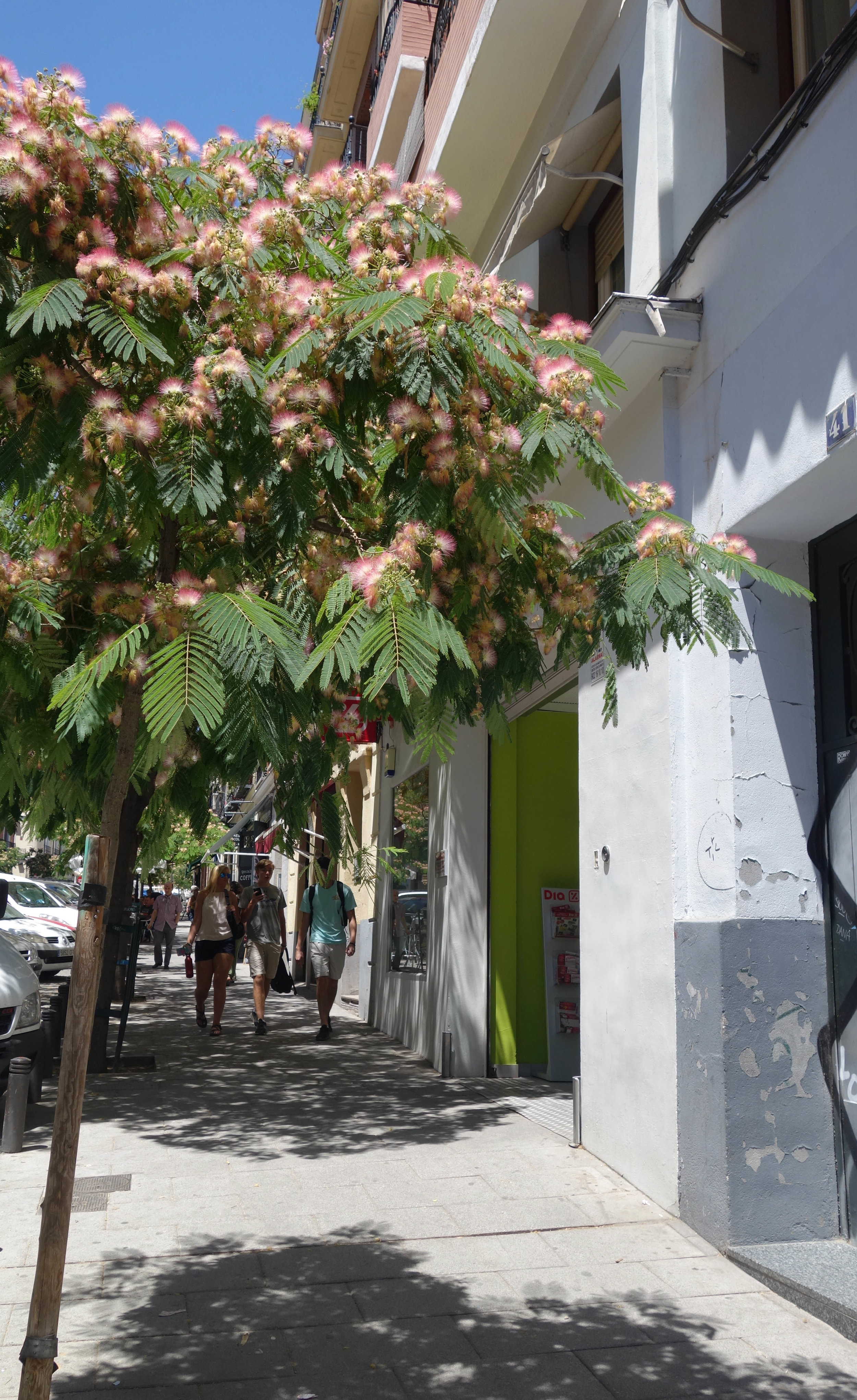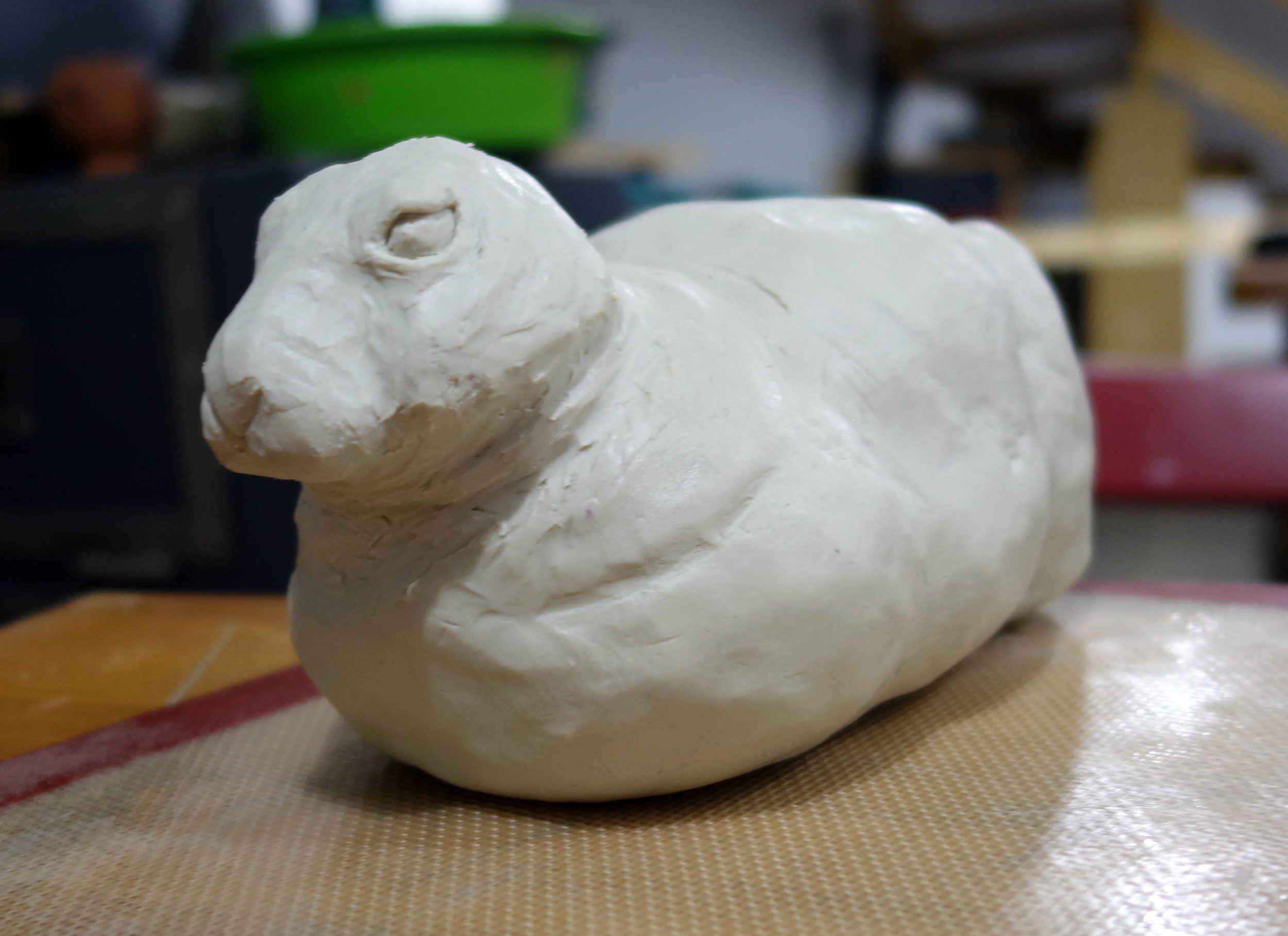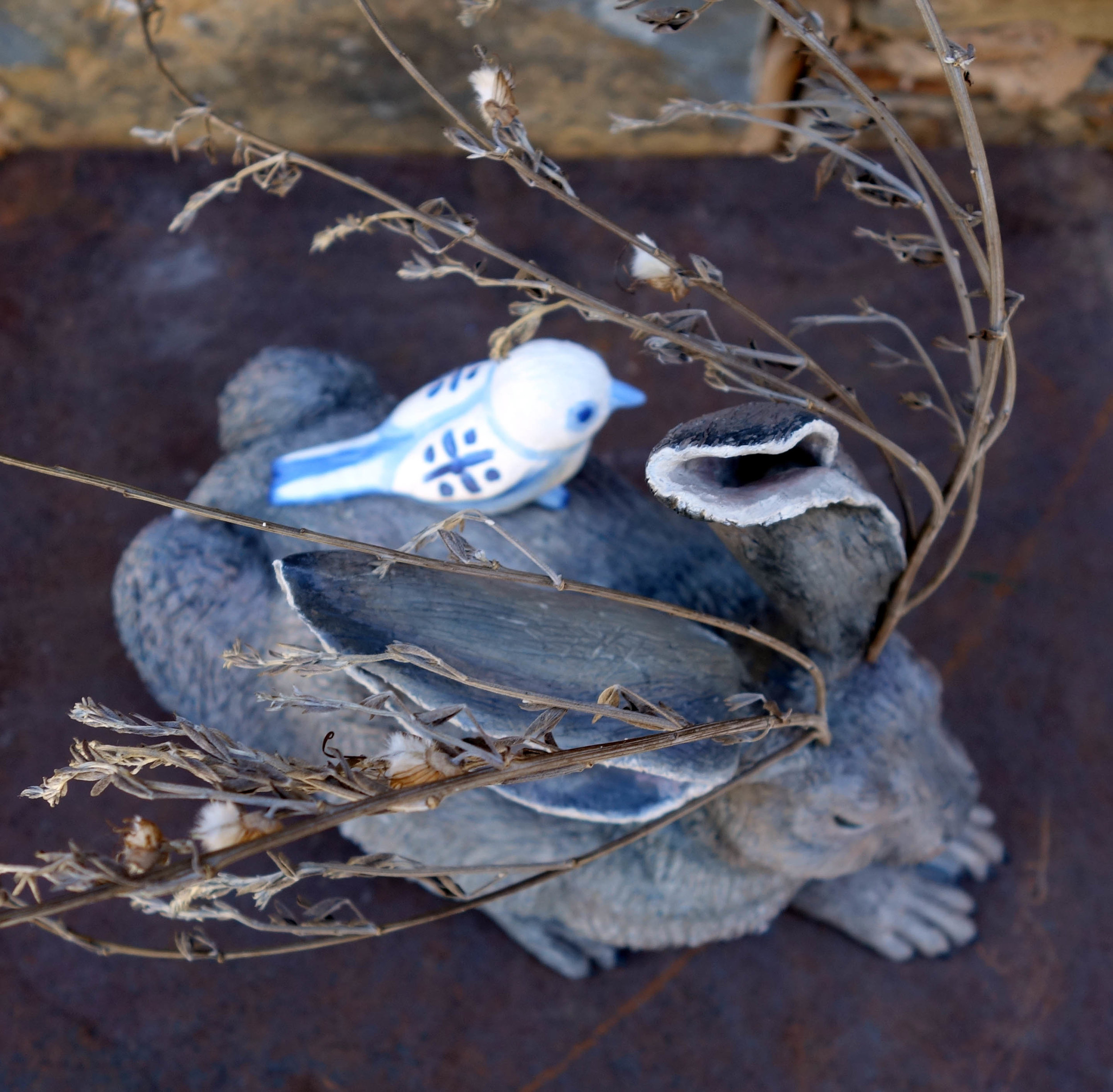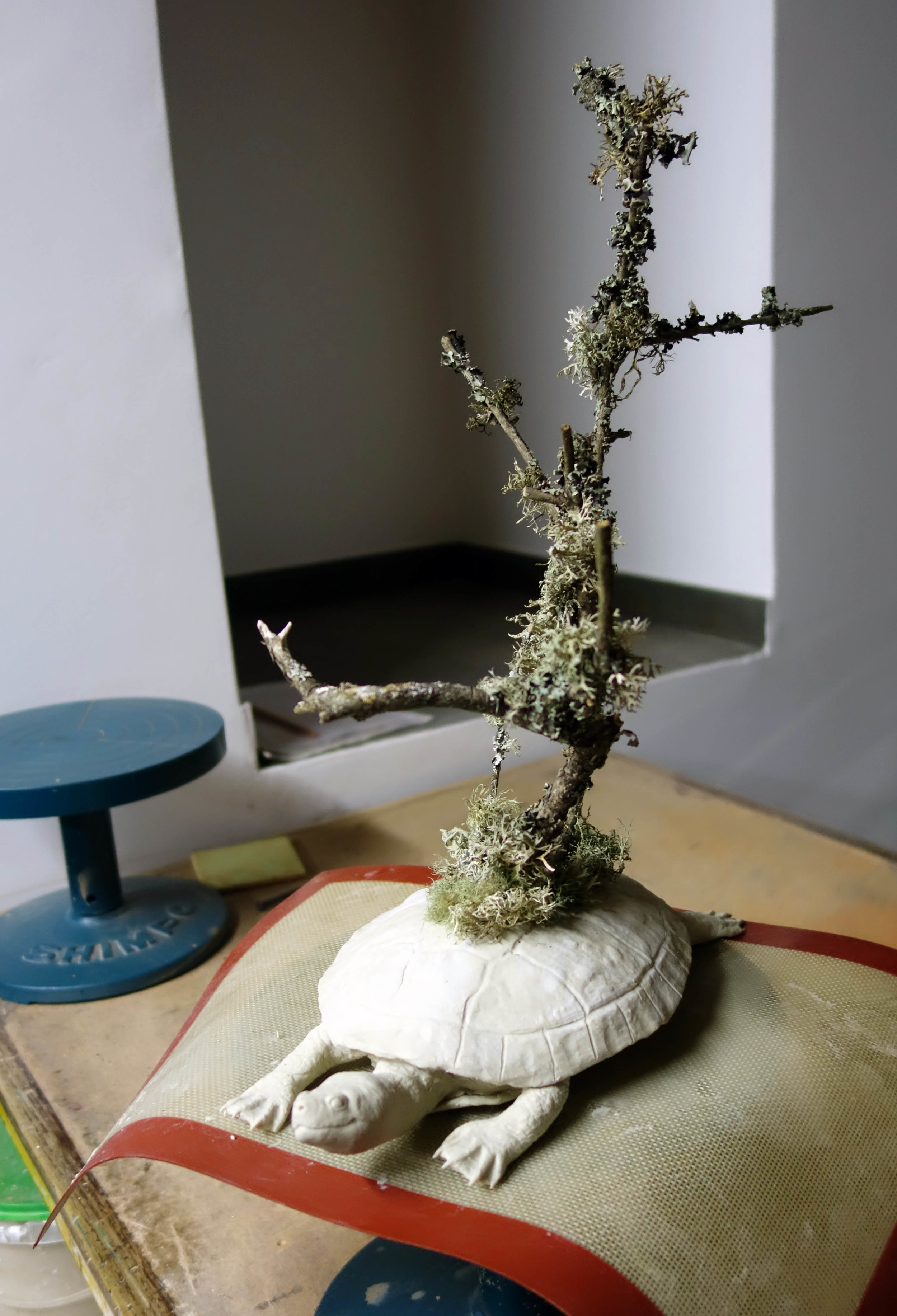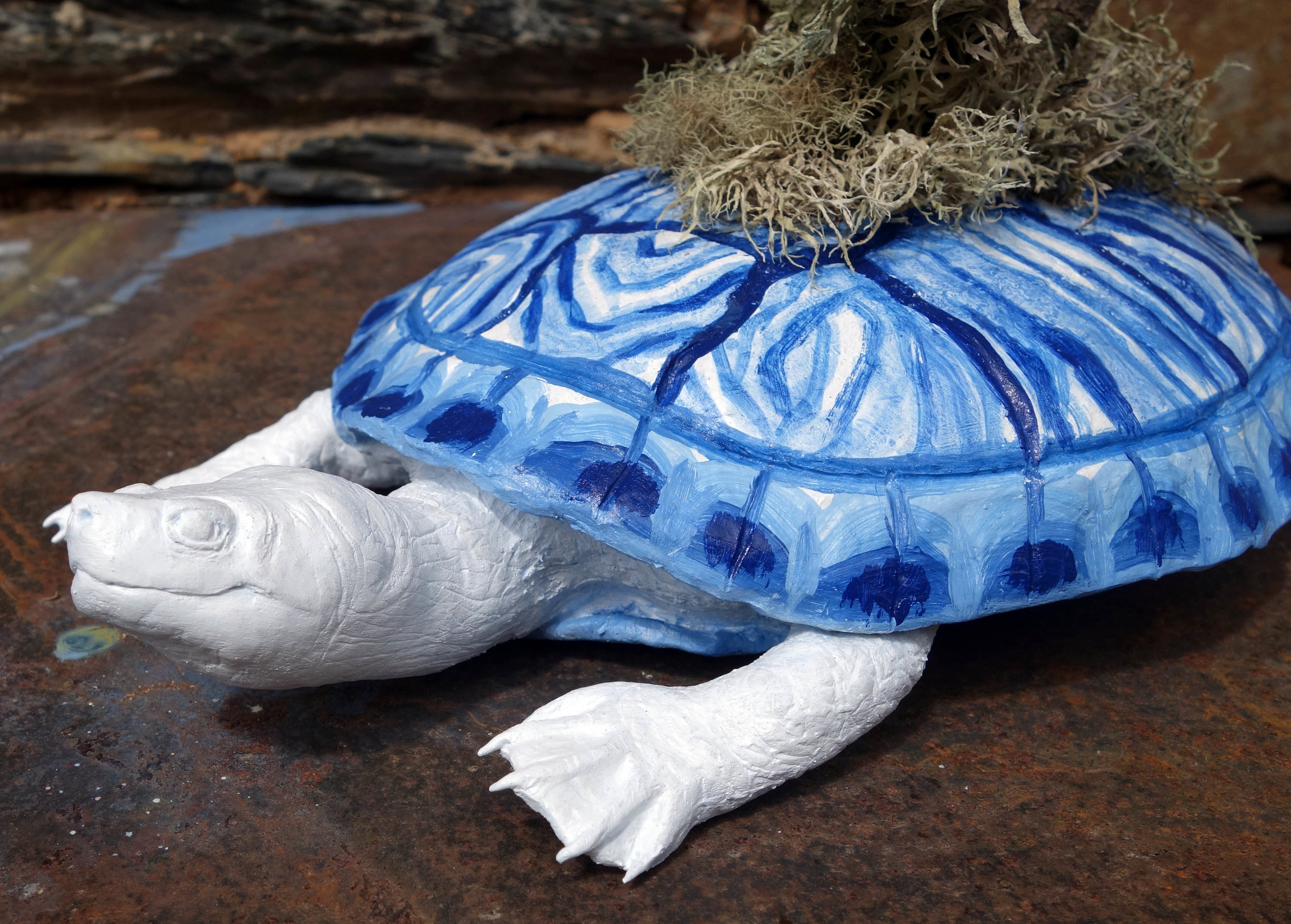This painting of two sparrows I'm not completely happy with; I started the piece out with a composition I liked, but then some parts of it got away from me and I had to tear the paper down in size to correct it. Tearing it down fixed those issues, but now the scale of the sparrows in relation to the overall paper size is out of whack to me. So it goes sometimes - I think if I float mat it with a very large mat of maybe 2-3" it might turn out alright in the end. In Their Own Minds, acrylic on textured paper, 18 1/8 x 13 3/4".
Residencies
Quinta del Sordo Exhibition!
My exhibition, titled "In the Dark" (in Spanish), associated with my Intercambiador ACART residency is opening tomorrow evening! I haven't been able to take a photo of the second sculpture I made yet for various reasons, but the show will have two interactive sculptures of mine as well as five paintings (two of which I just finished and also have yet to post online!). The exhibition will be held in Quinta del Sordo here in Madrid, Spain, and will be up from July 20-28th. Here's the exhibition card:
Intercambiador ACART Residency Journal 8 - New Artwork!
Here's the final (for now, at least) fox kit painting! It's titled All Out, is acrylic on canvas, and measures 18 7/8 x 21".
Intercambiador ACART Residency Journal 7 Photos
Here are the photos from Segovia, with a couple at the end of Plaza Mayor in Madrid, a photo of one of the invasive parrots I've talked about before briefly here, and the Alejandro Sanz concert fireworks!
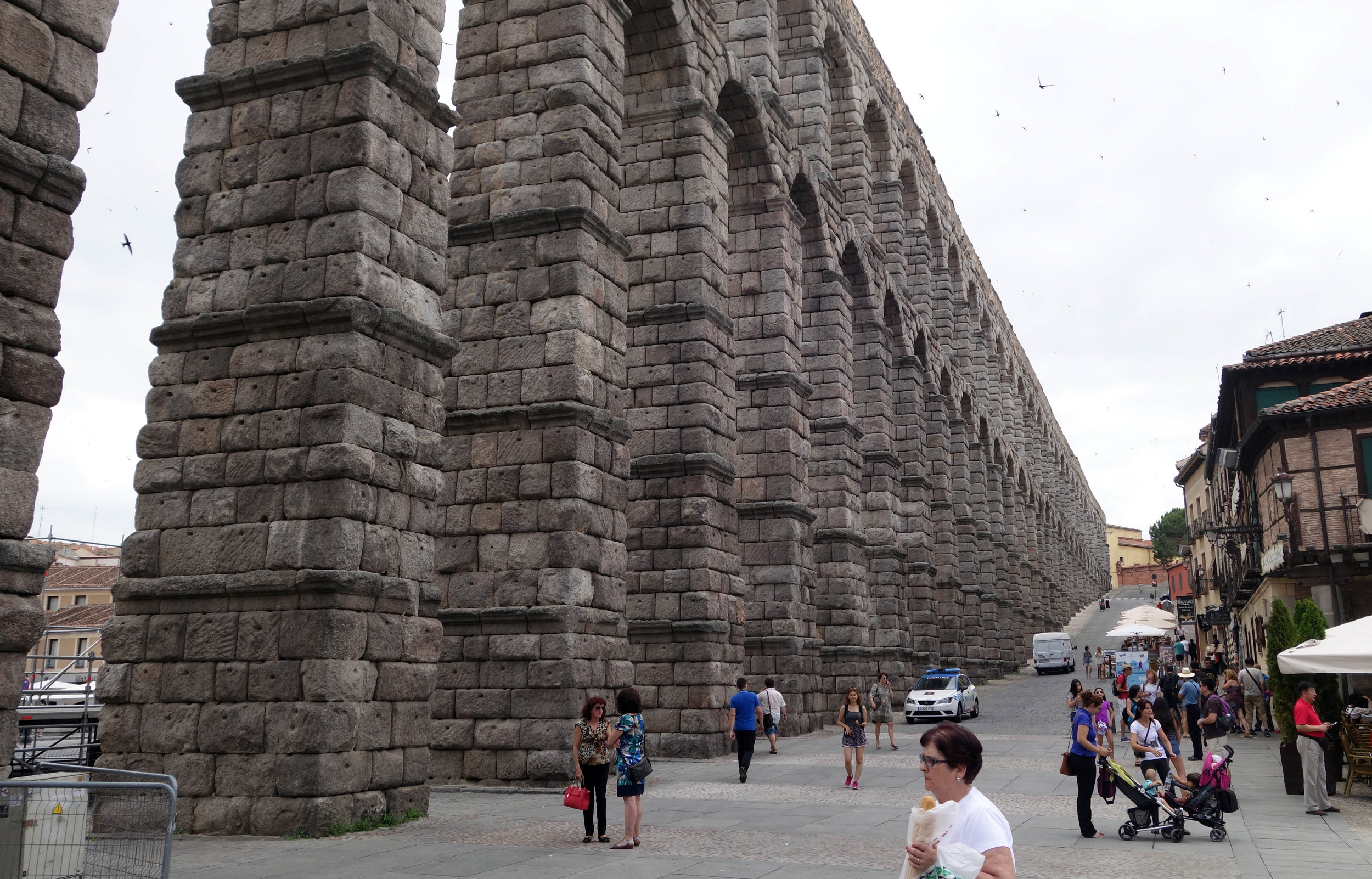
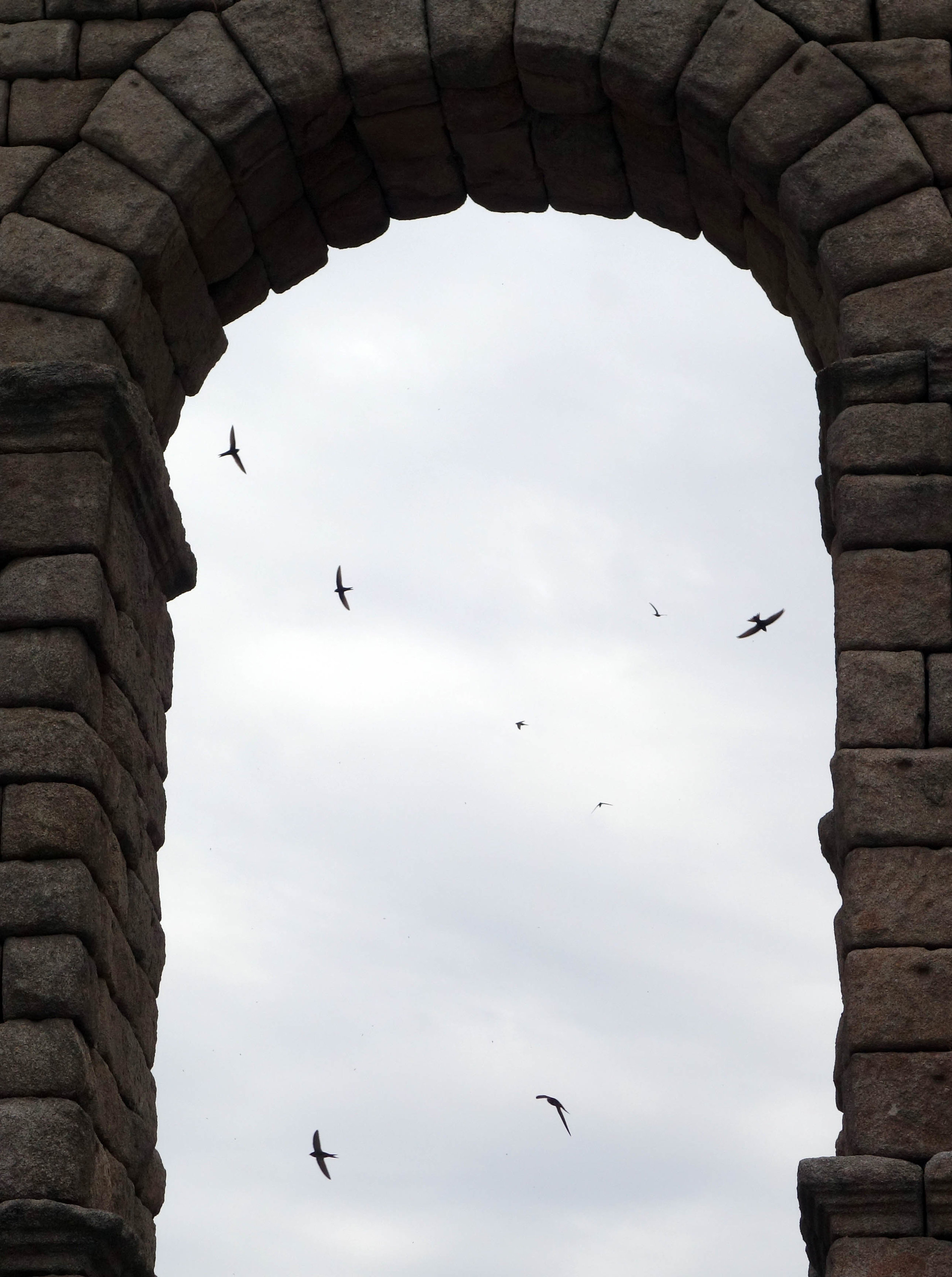

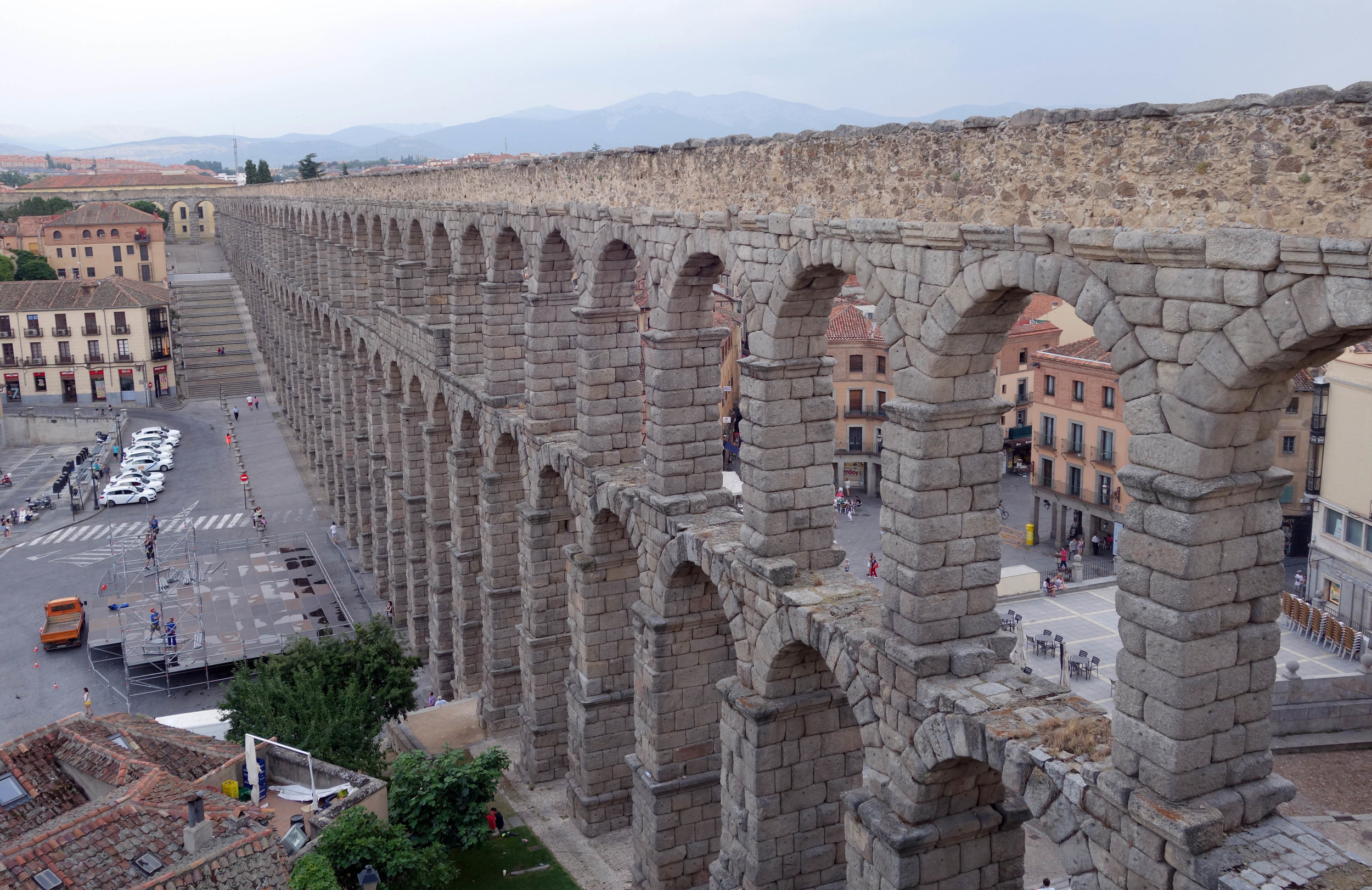
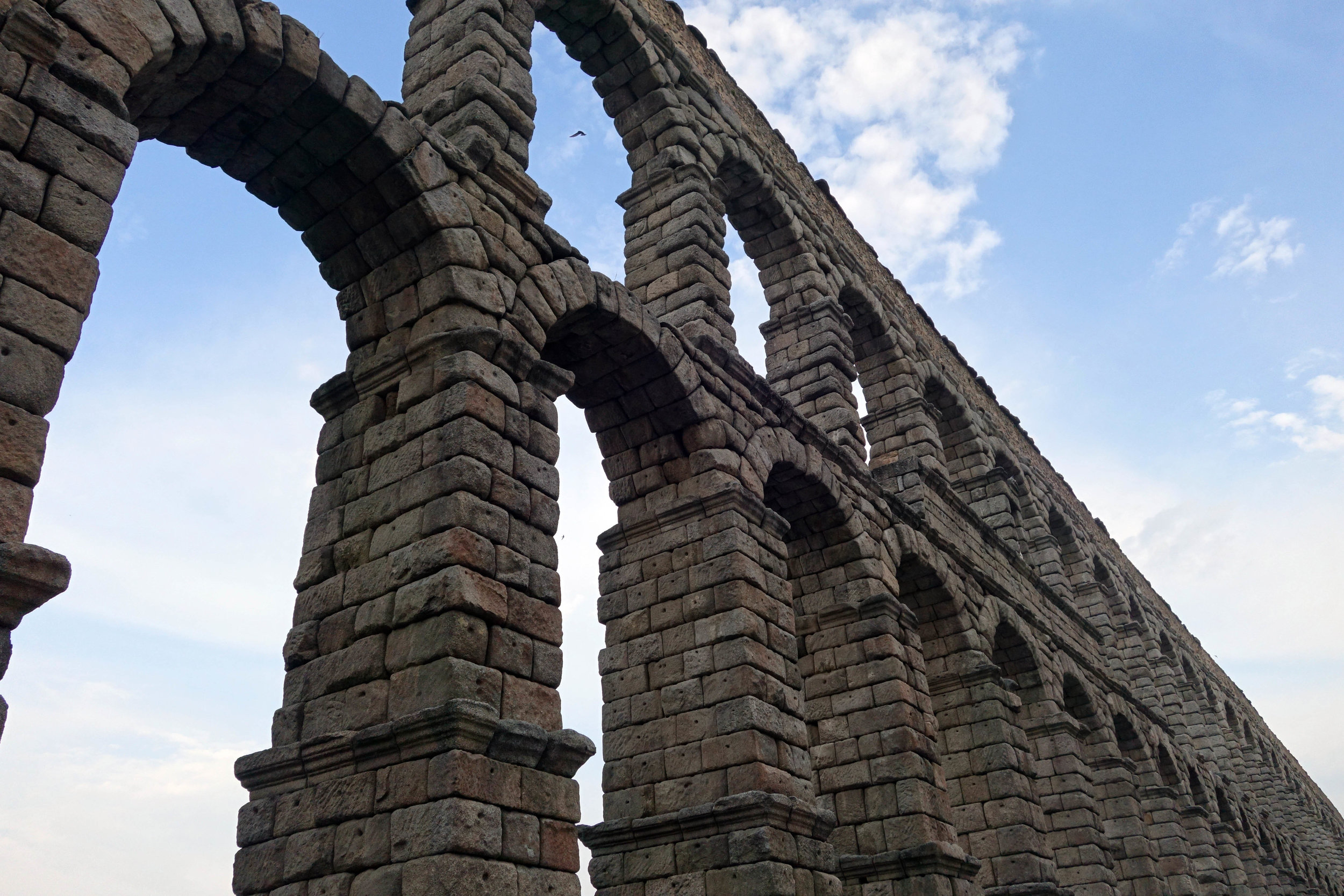
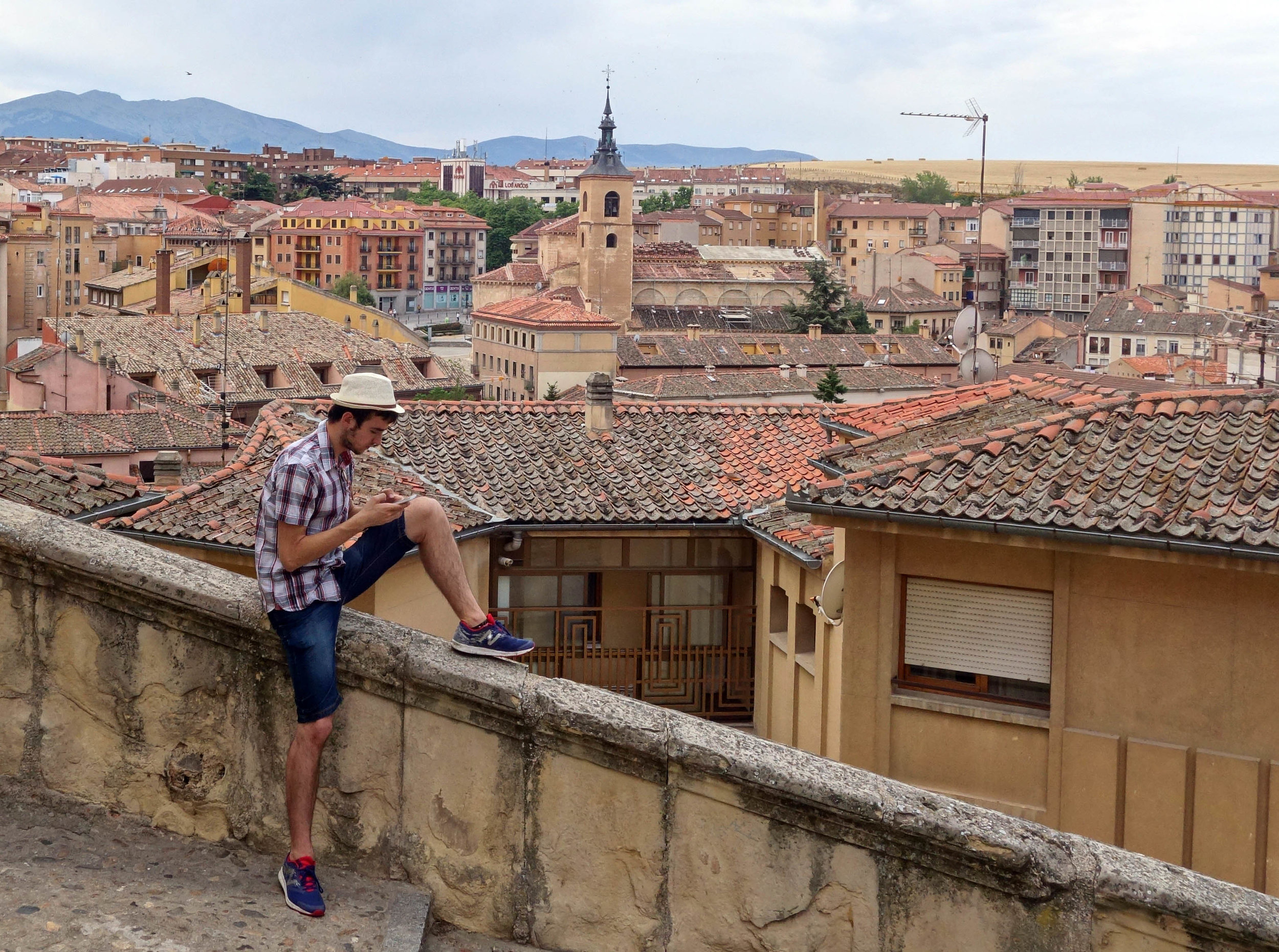
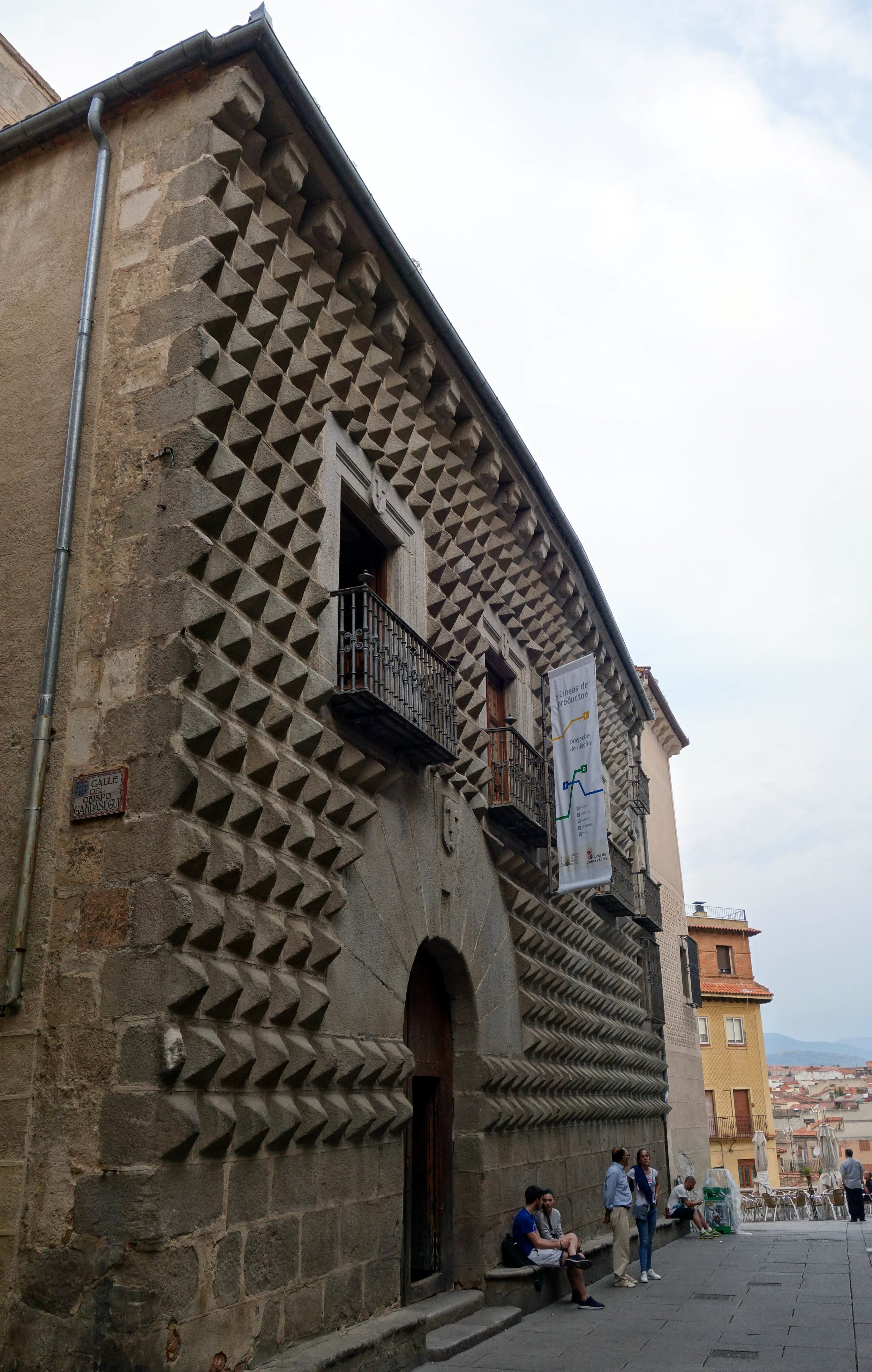
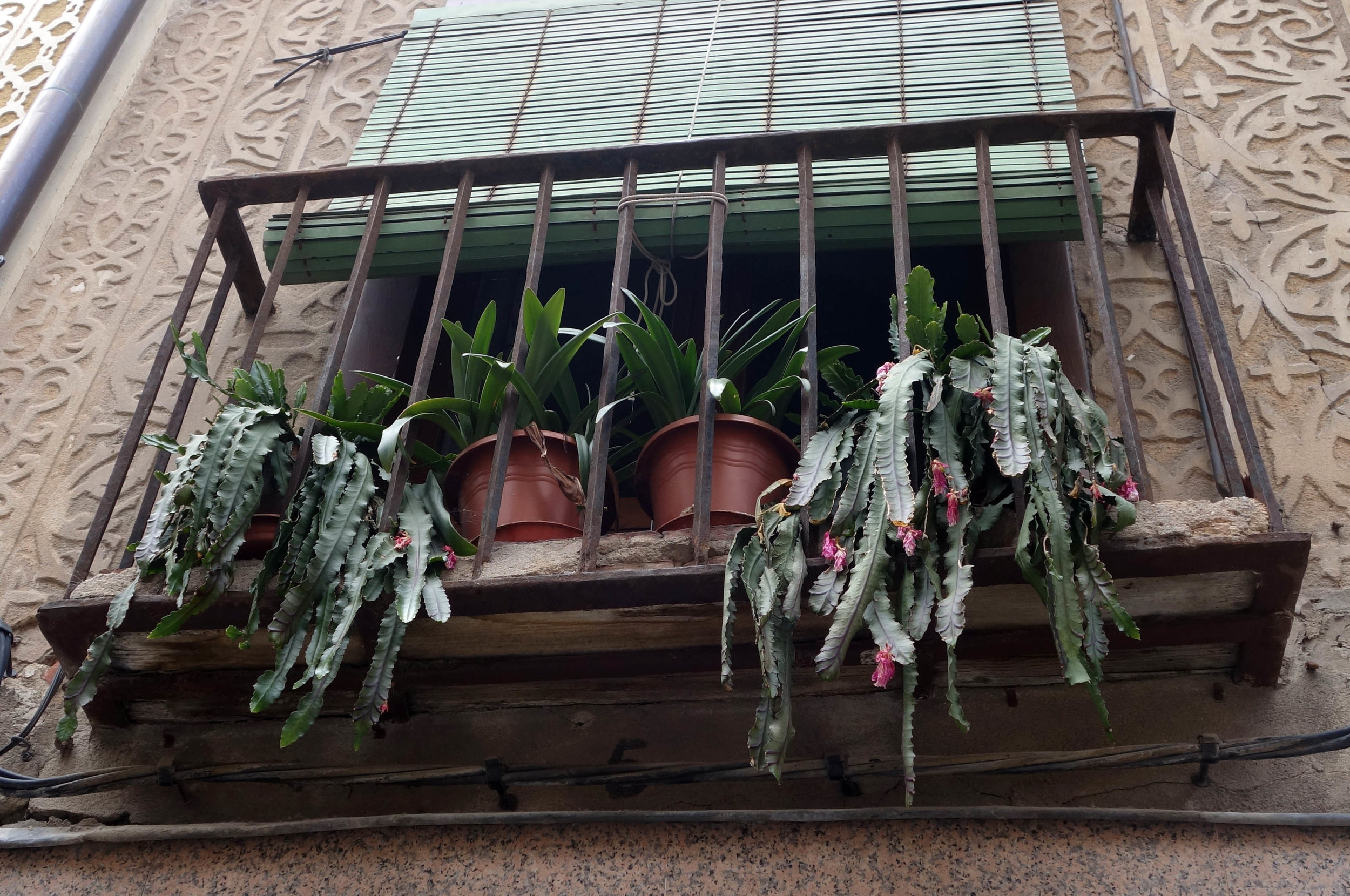
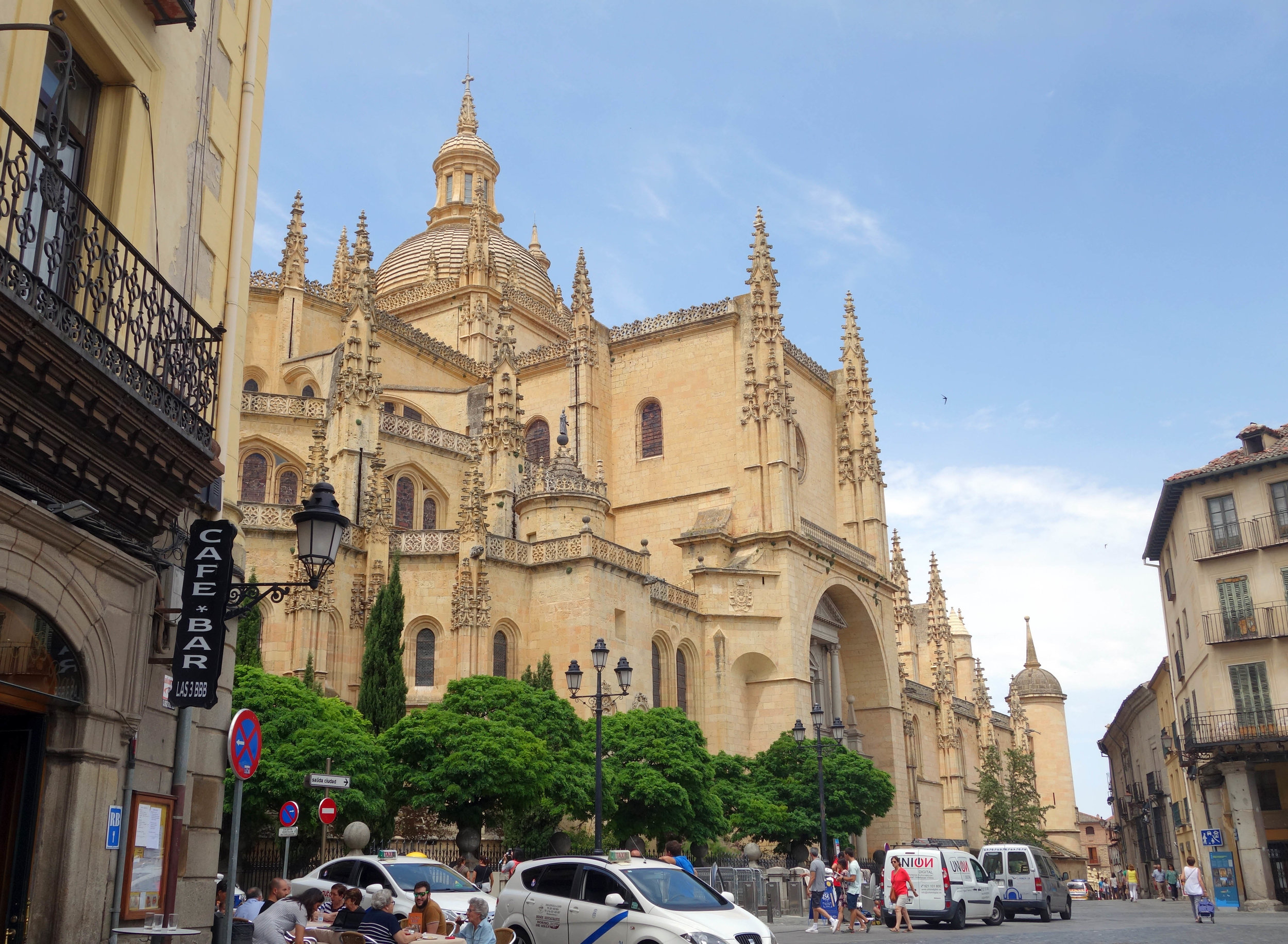
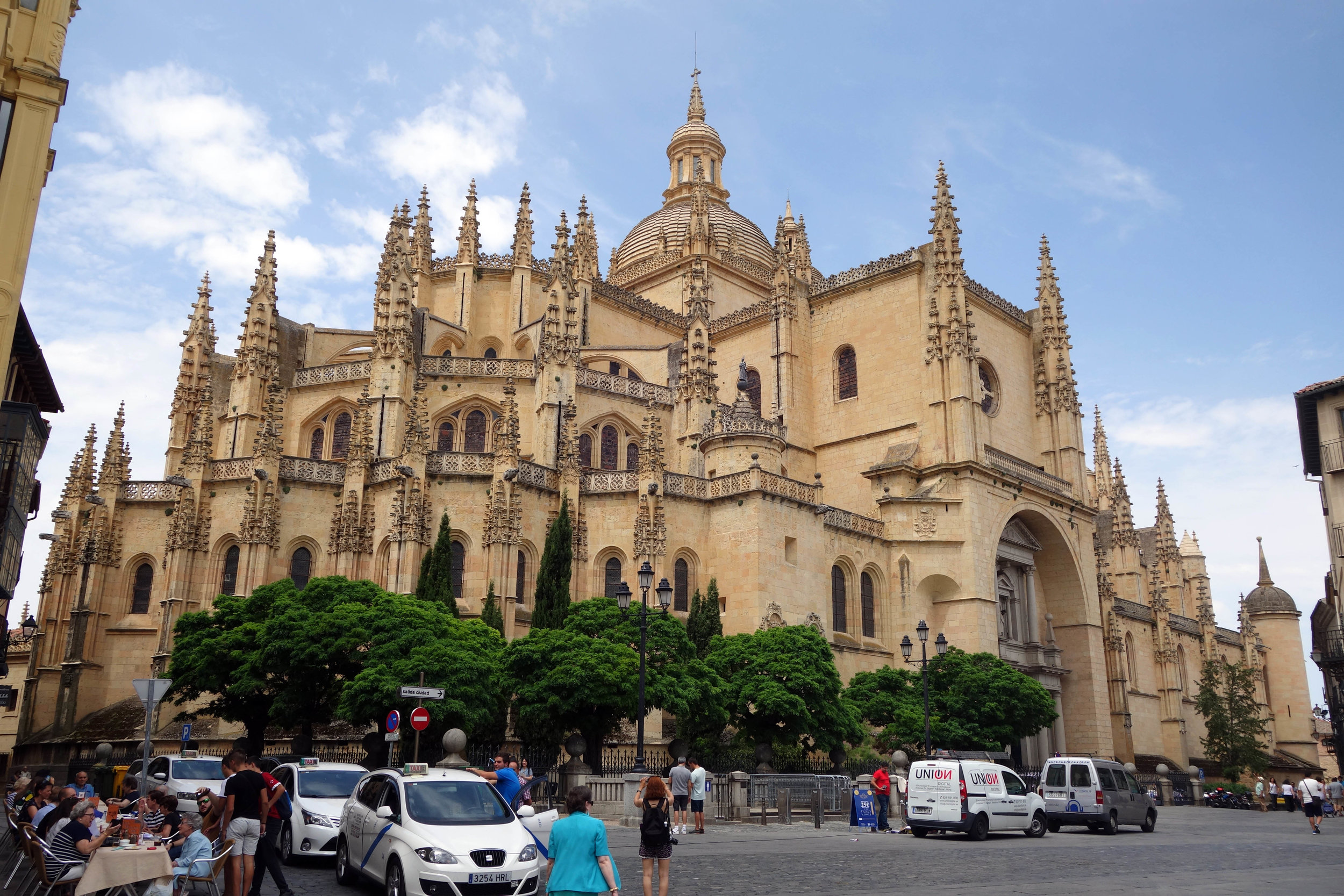
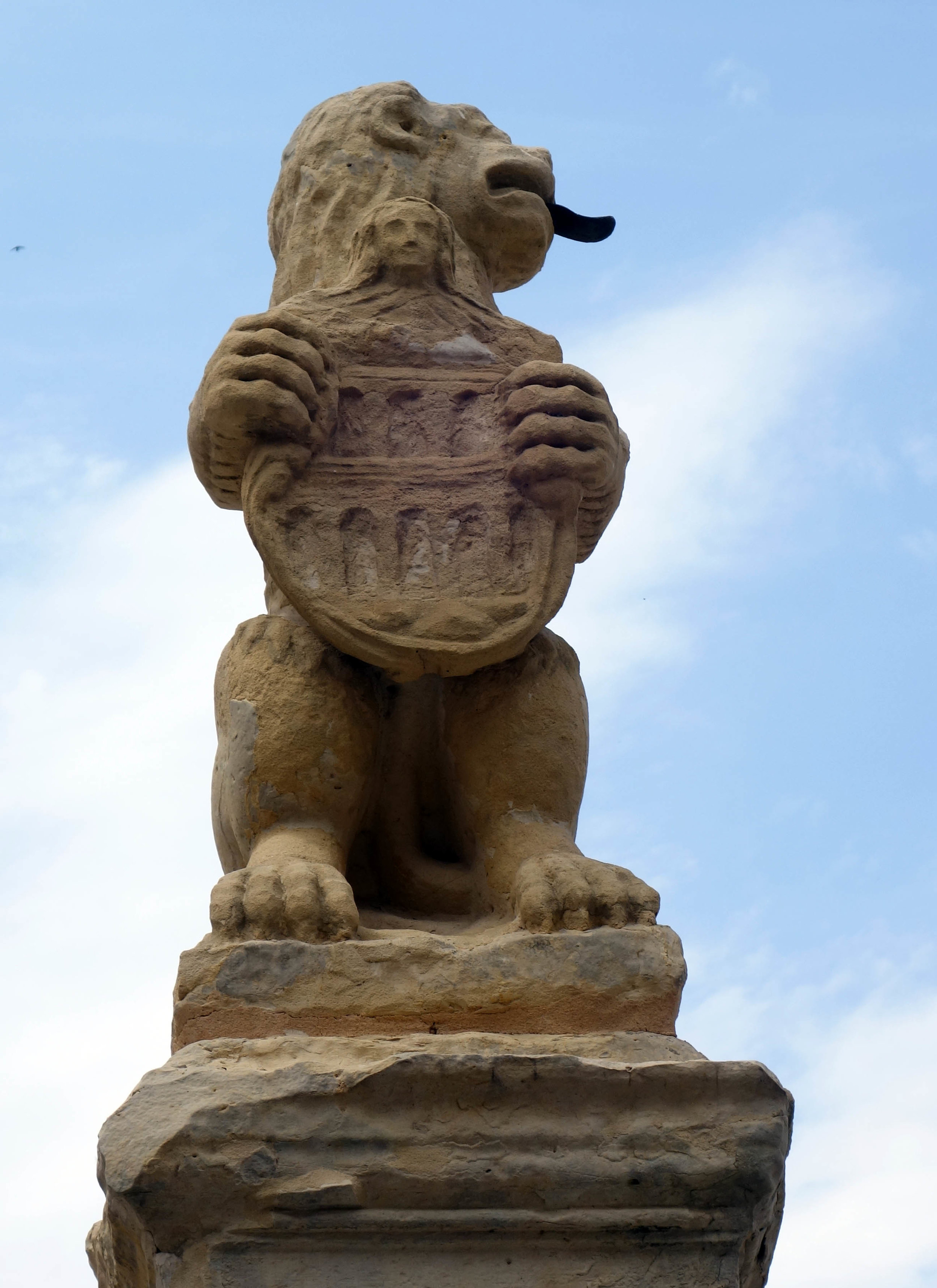
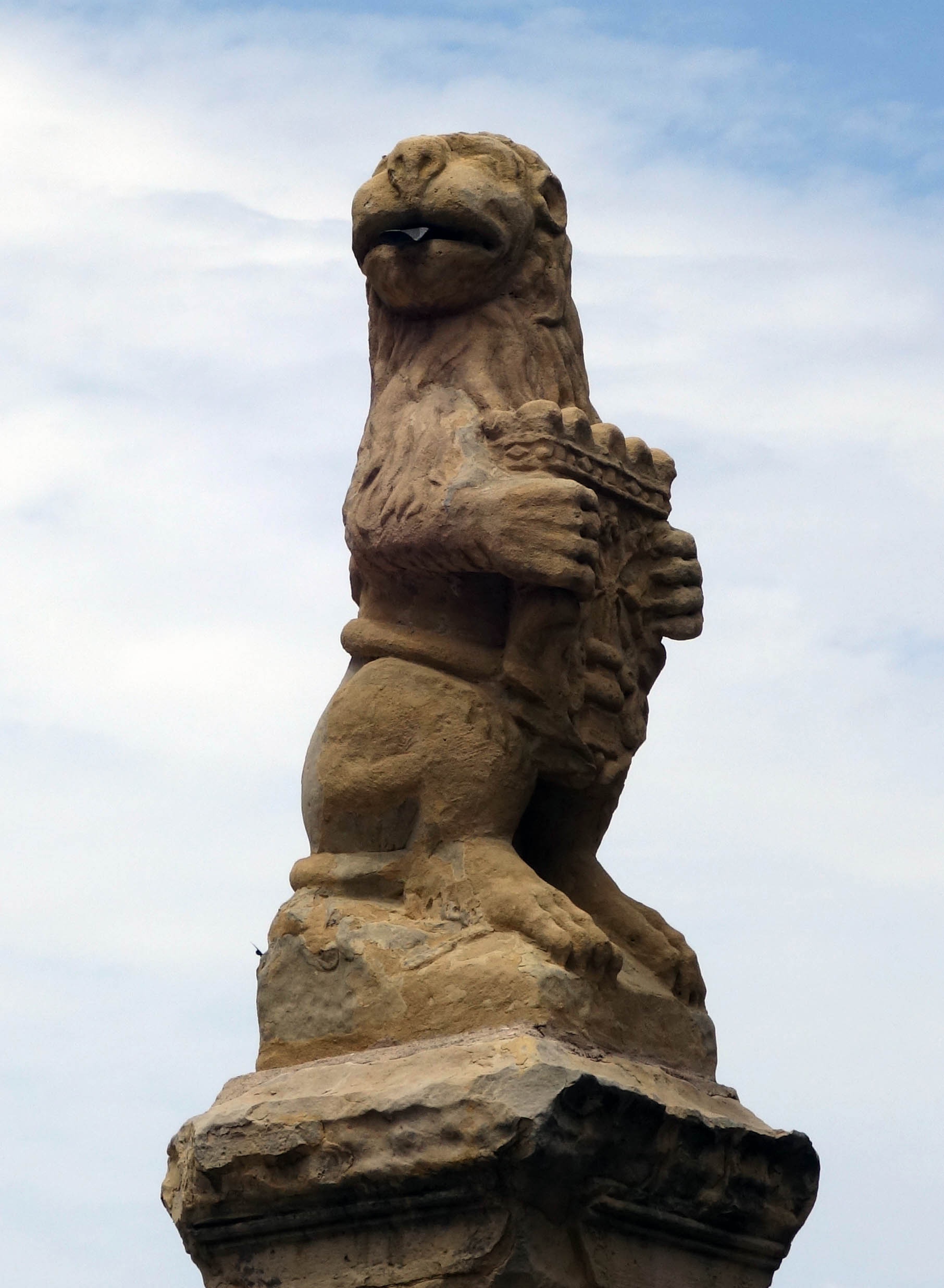
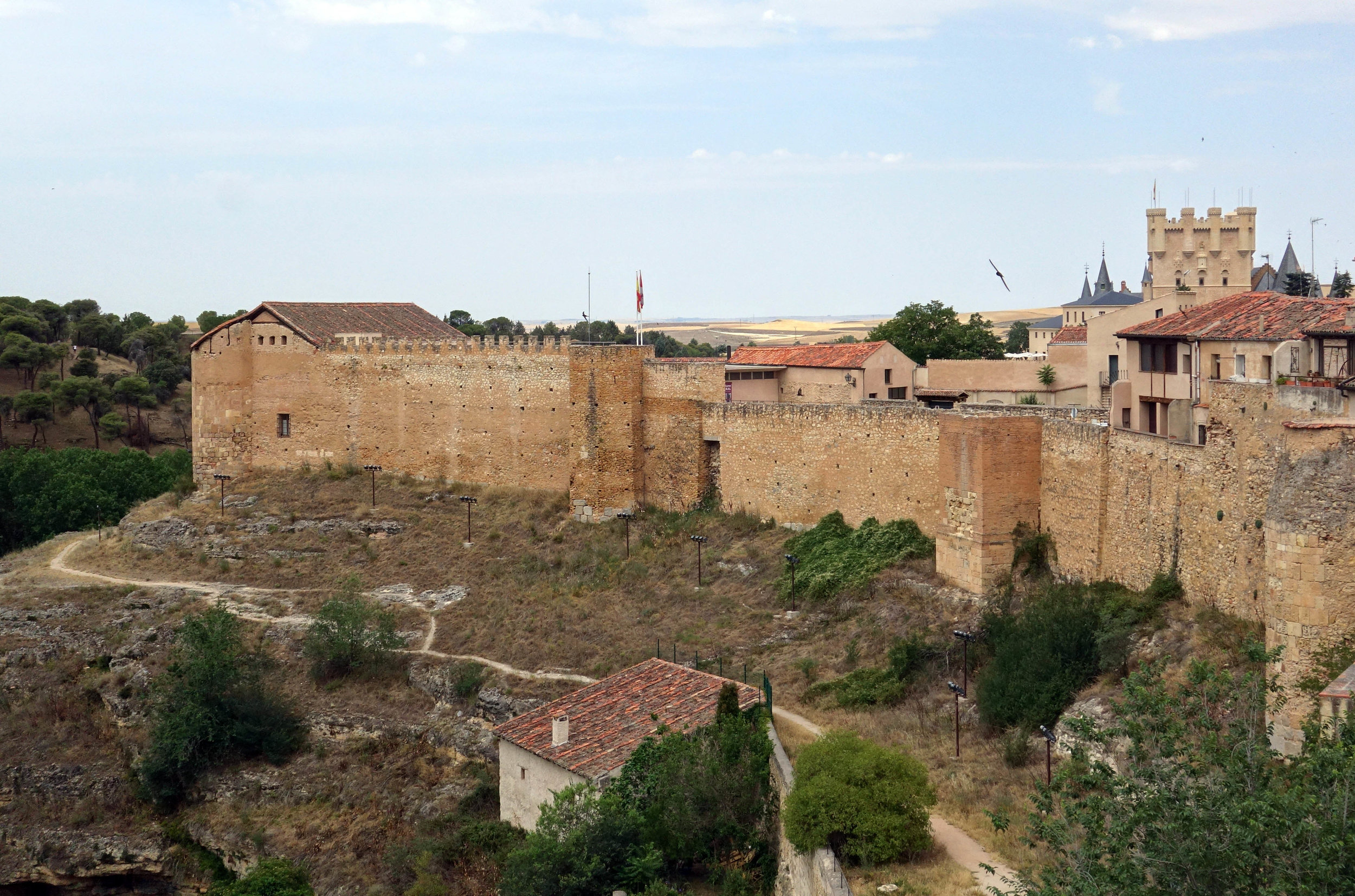
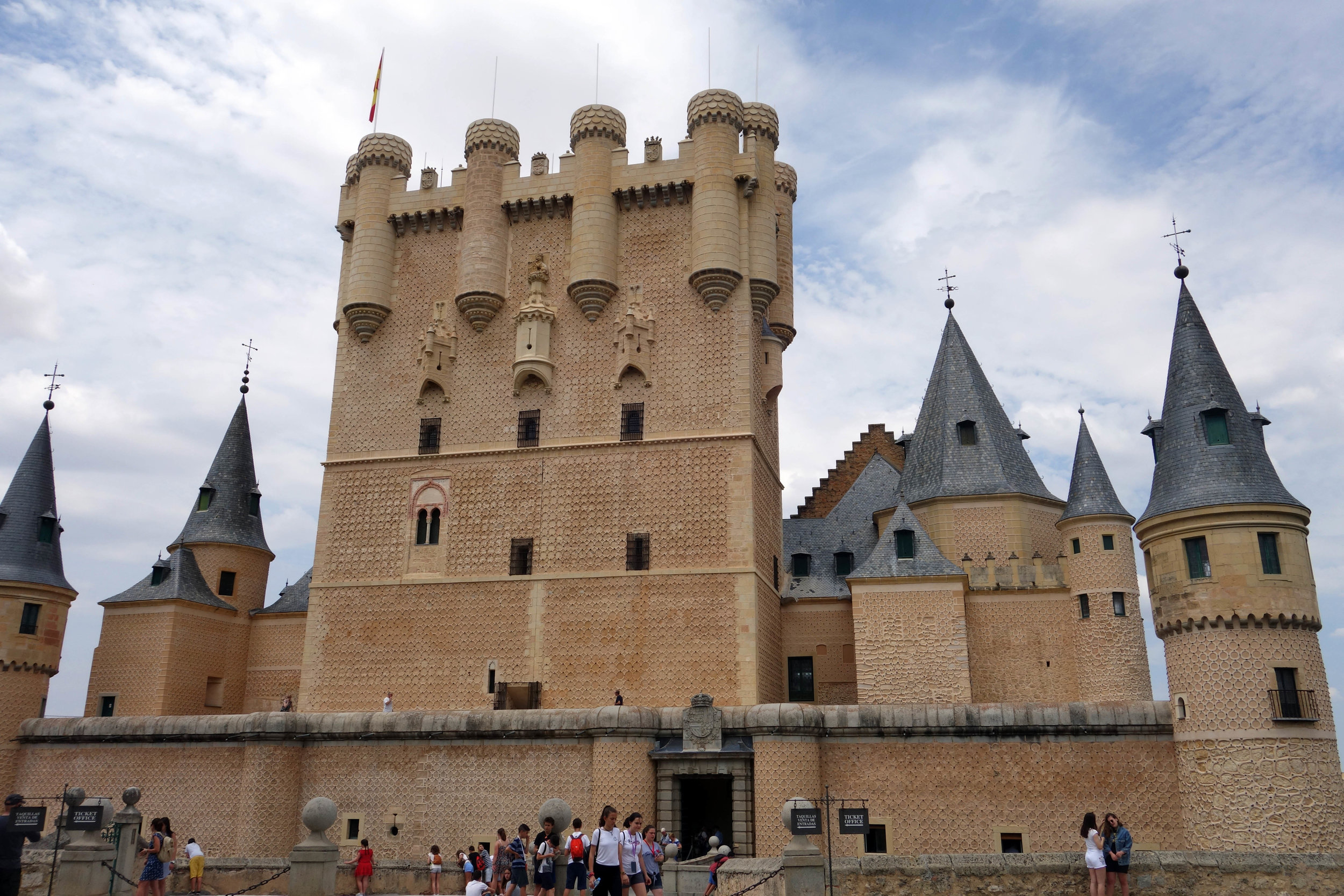
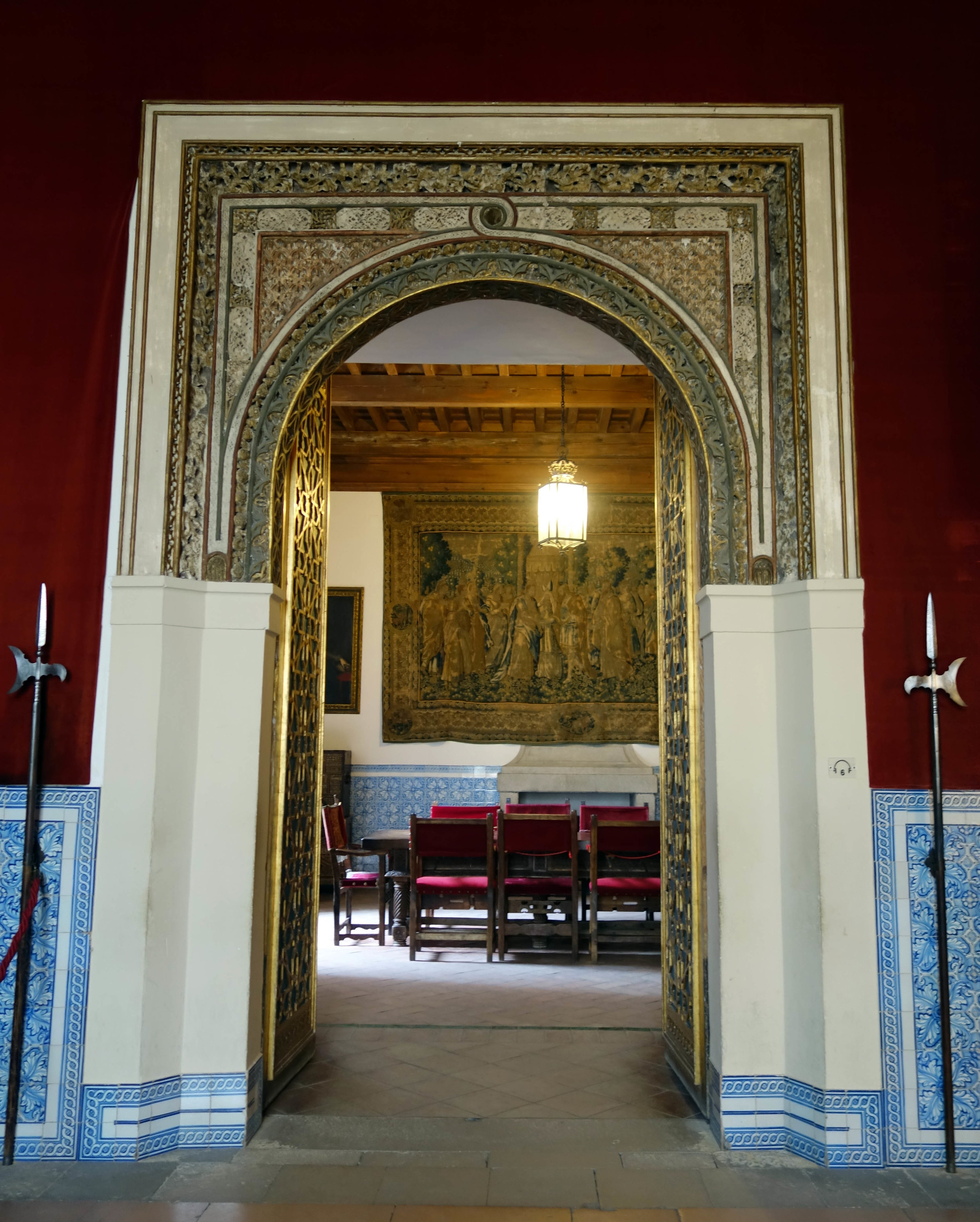
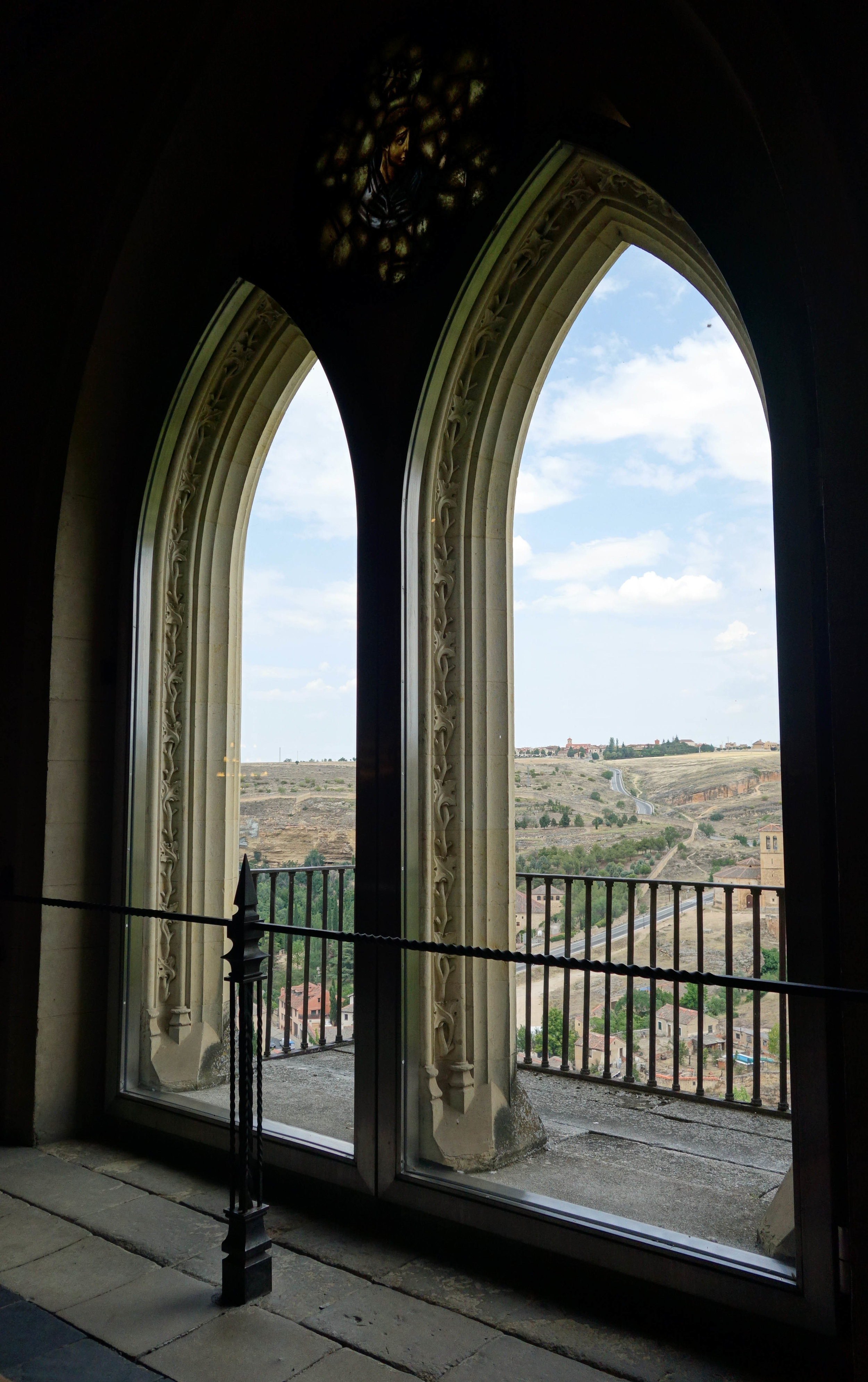
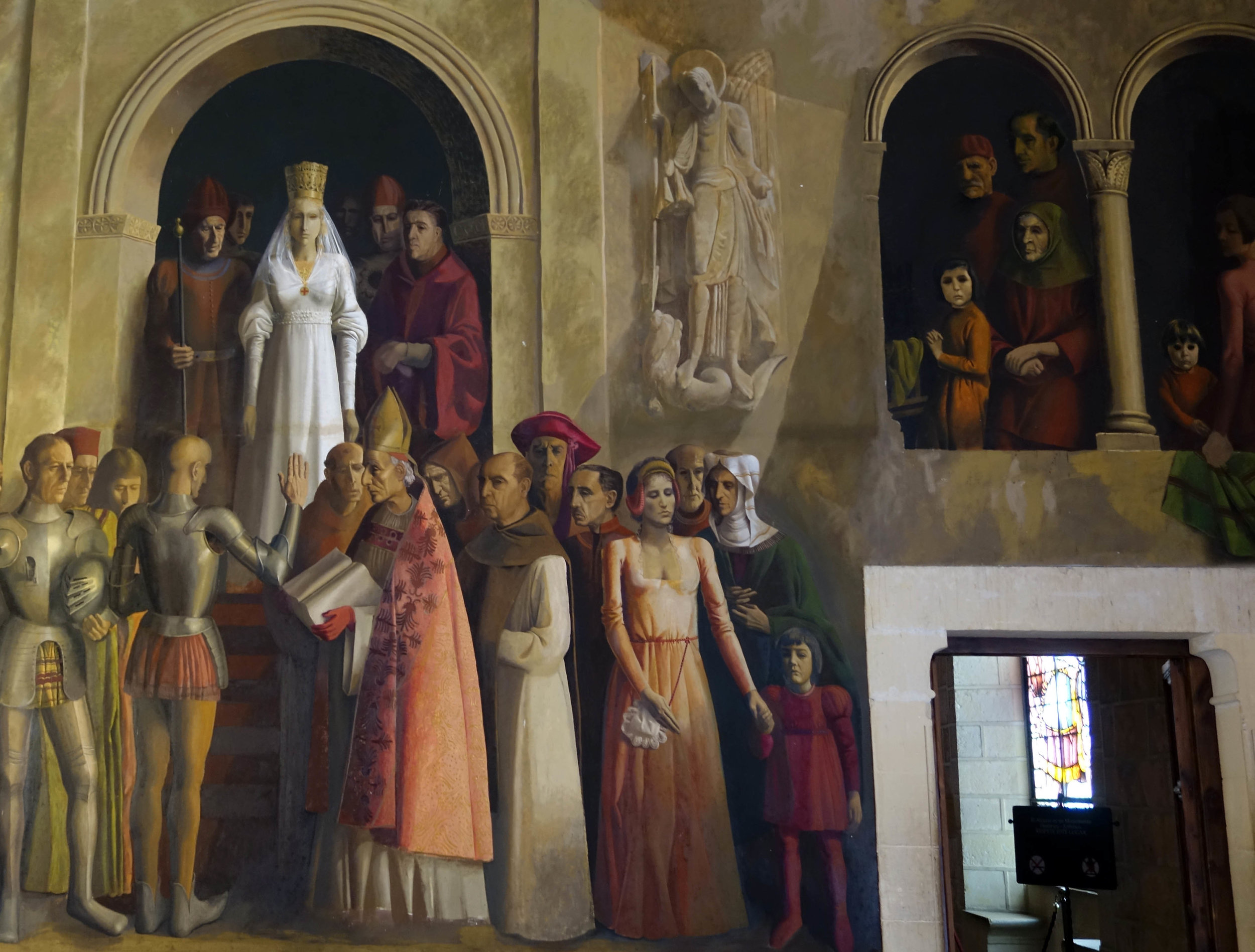
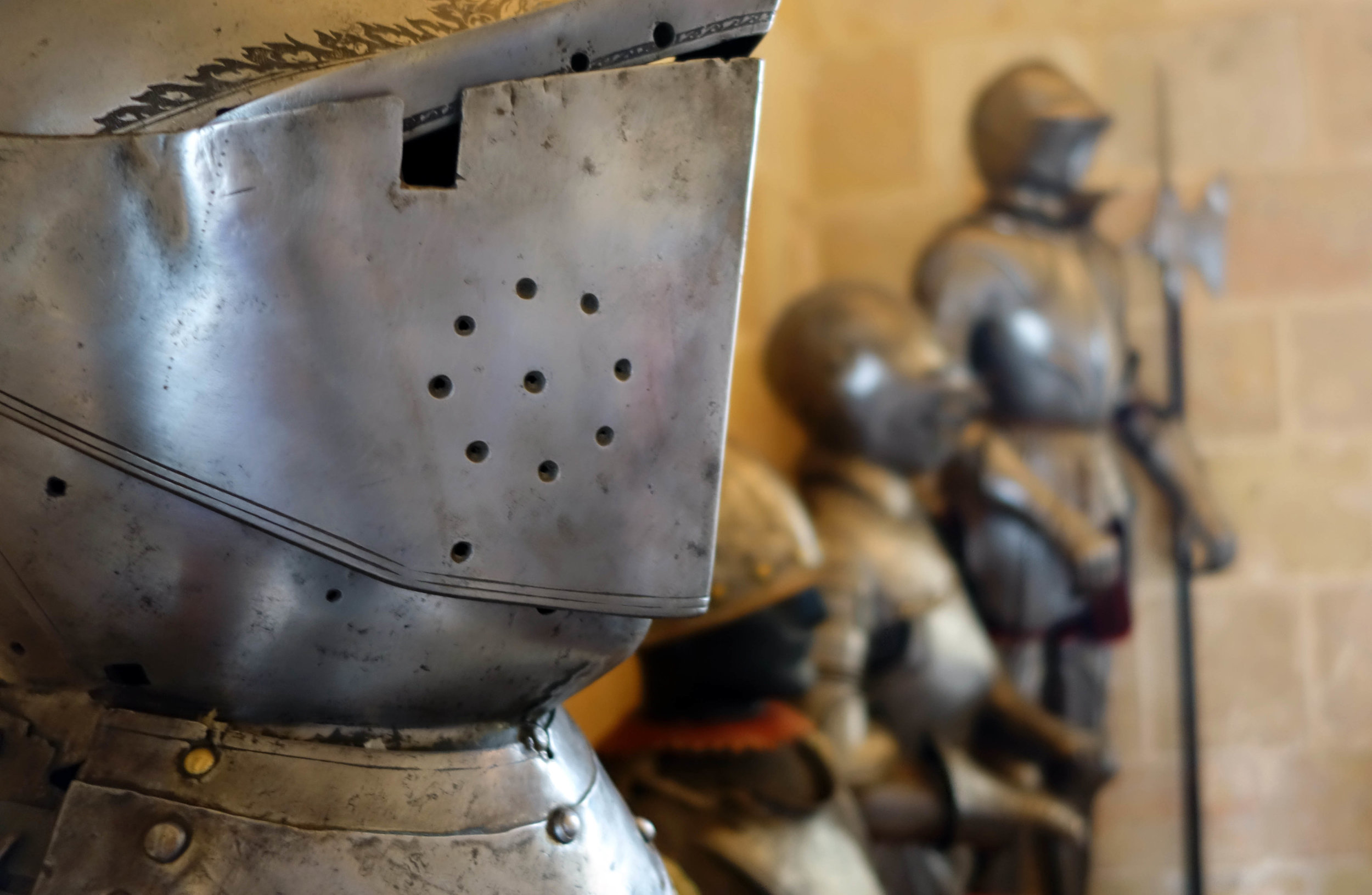
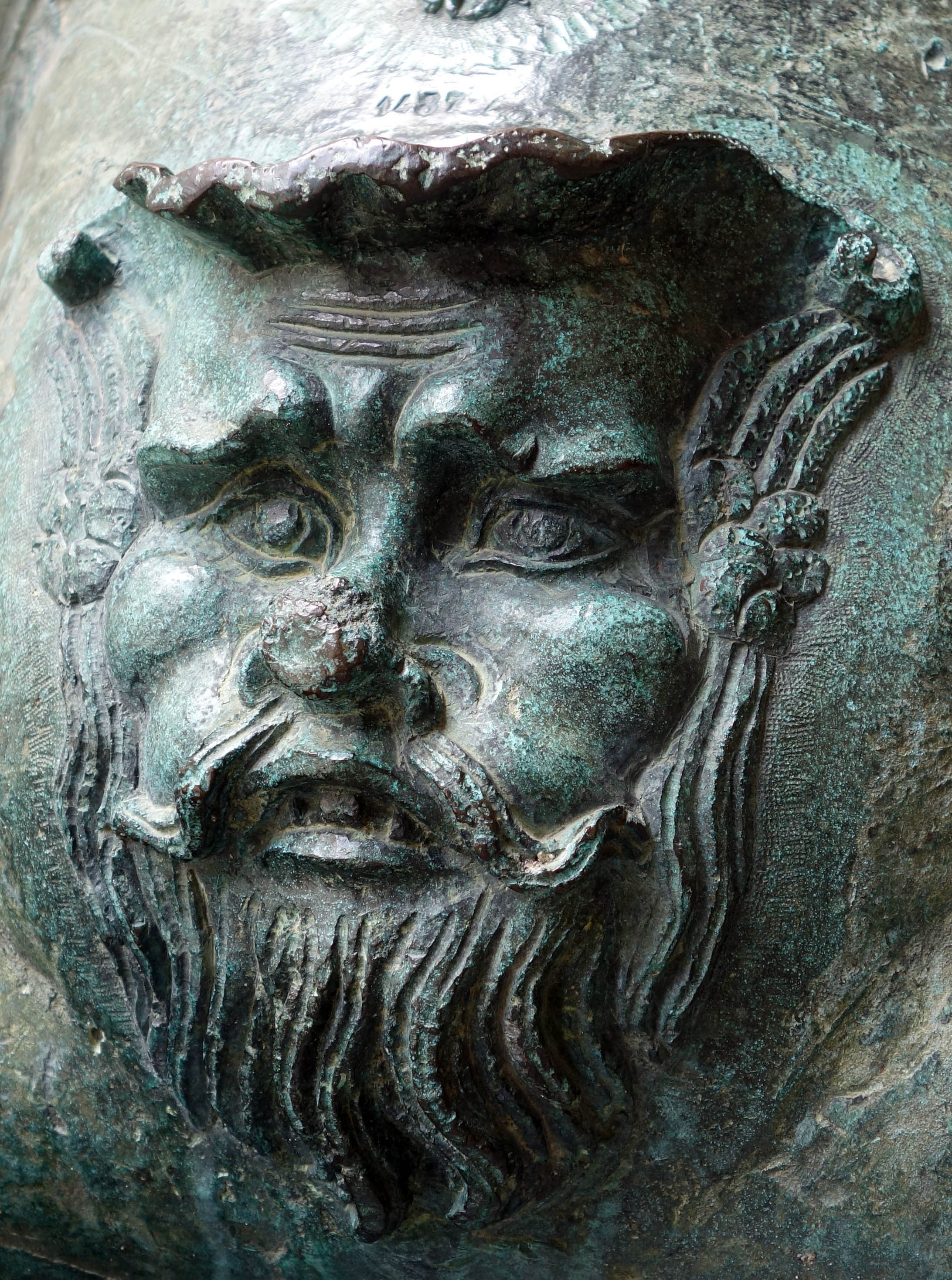
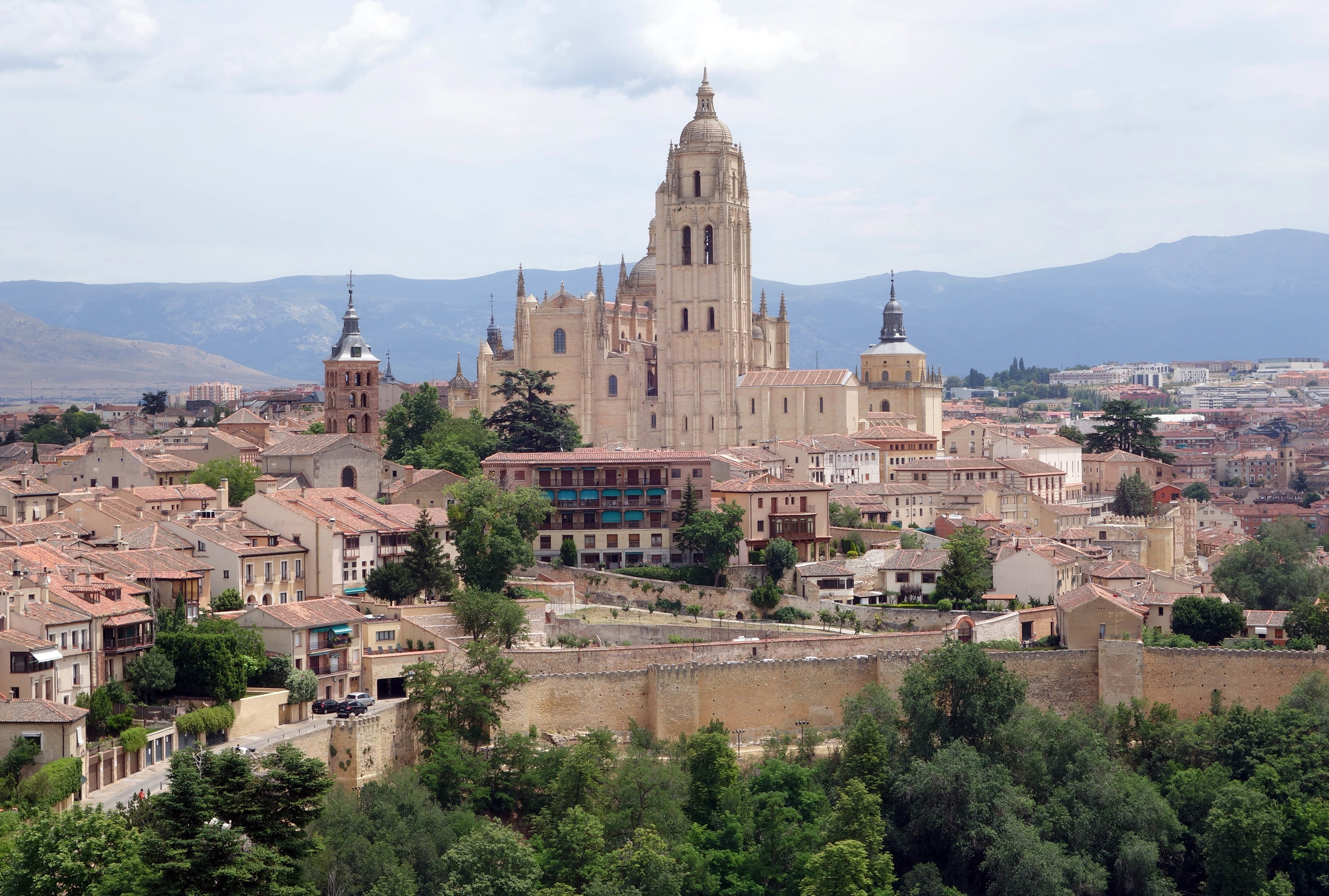
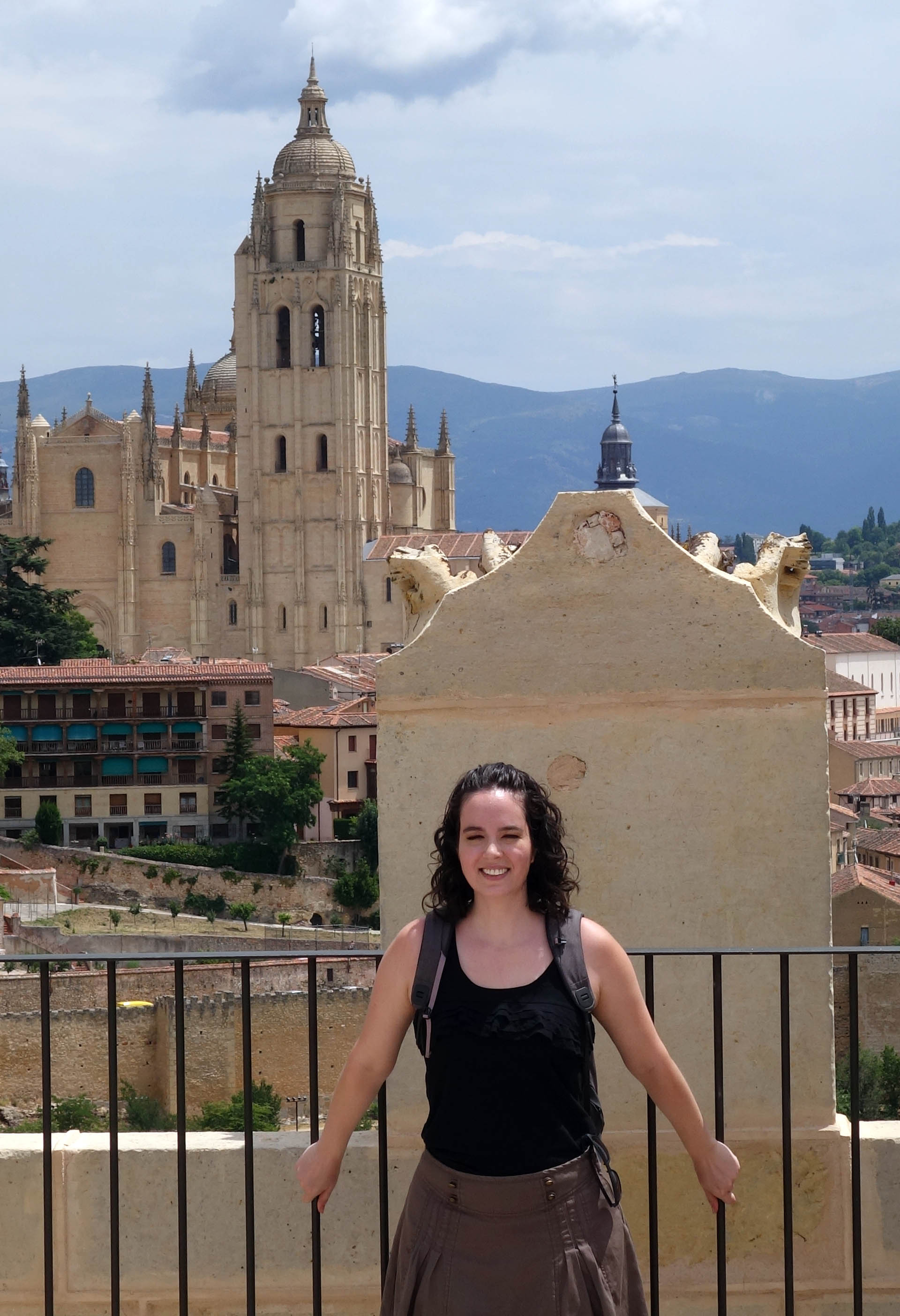
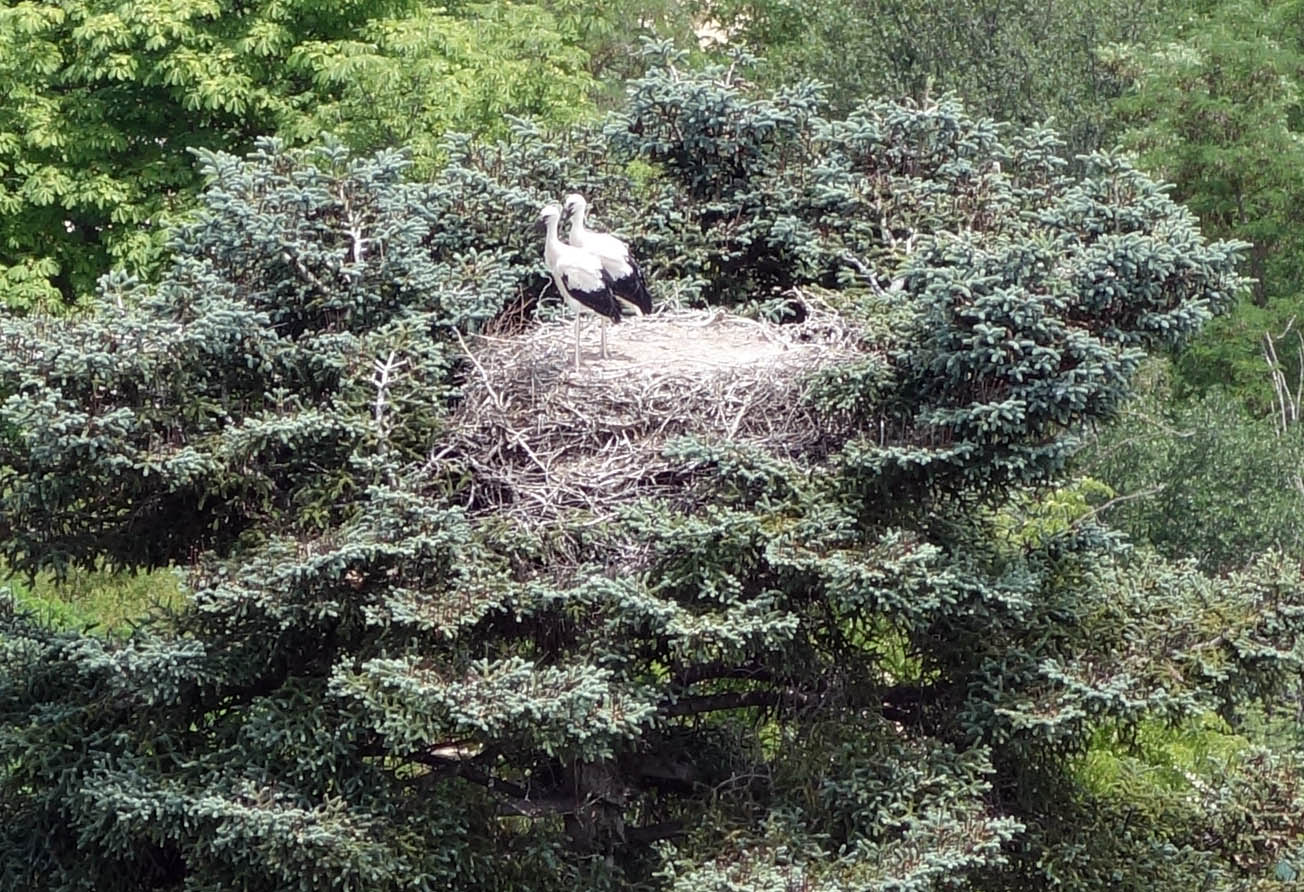
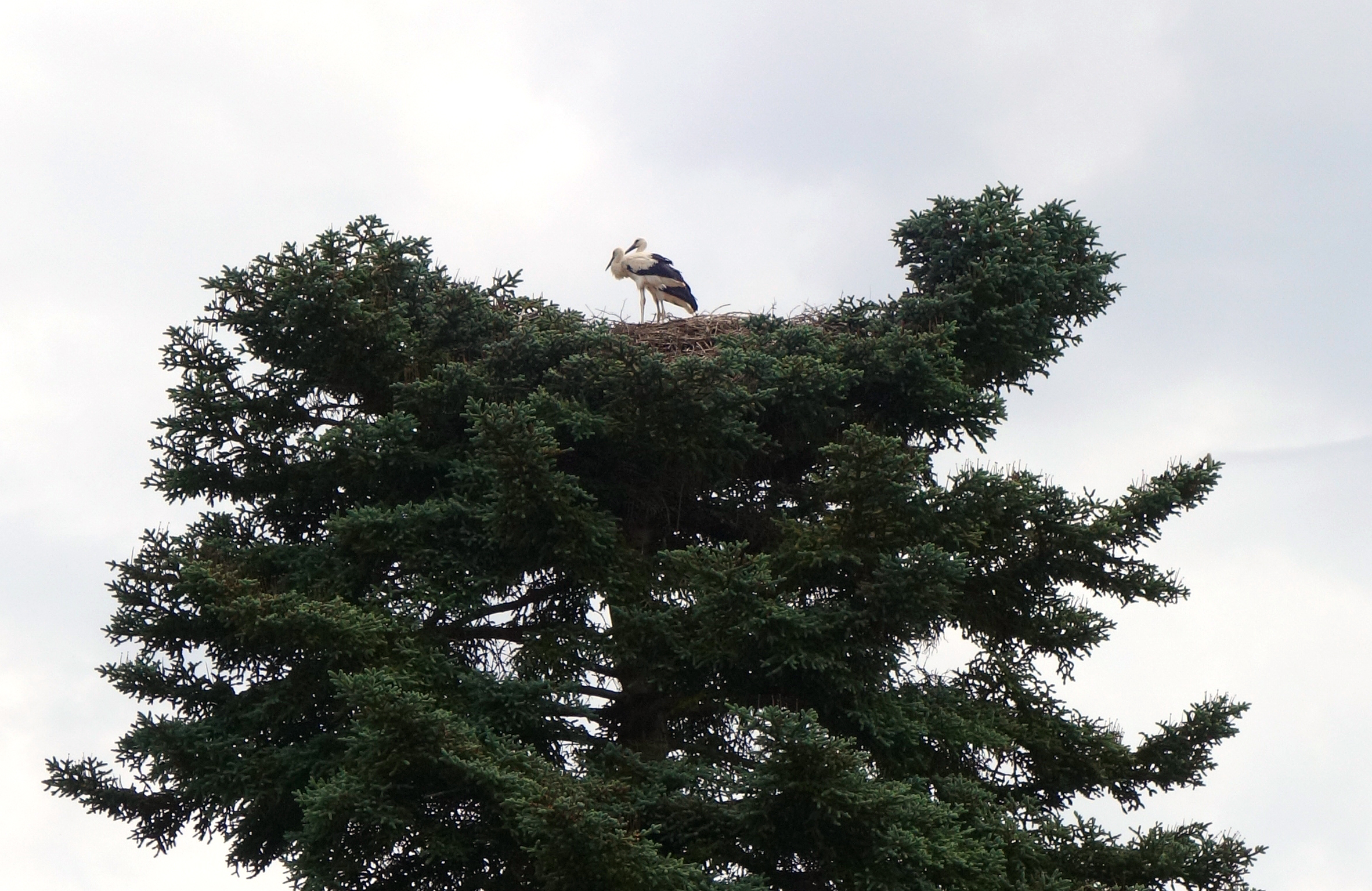
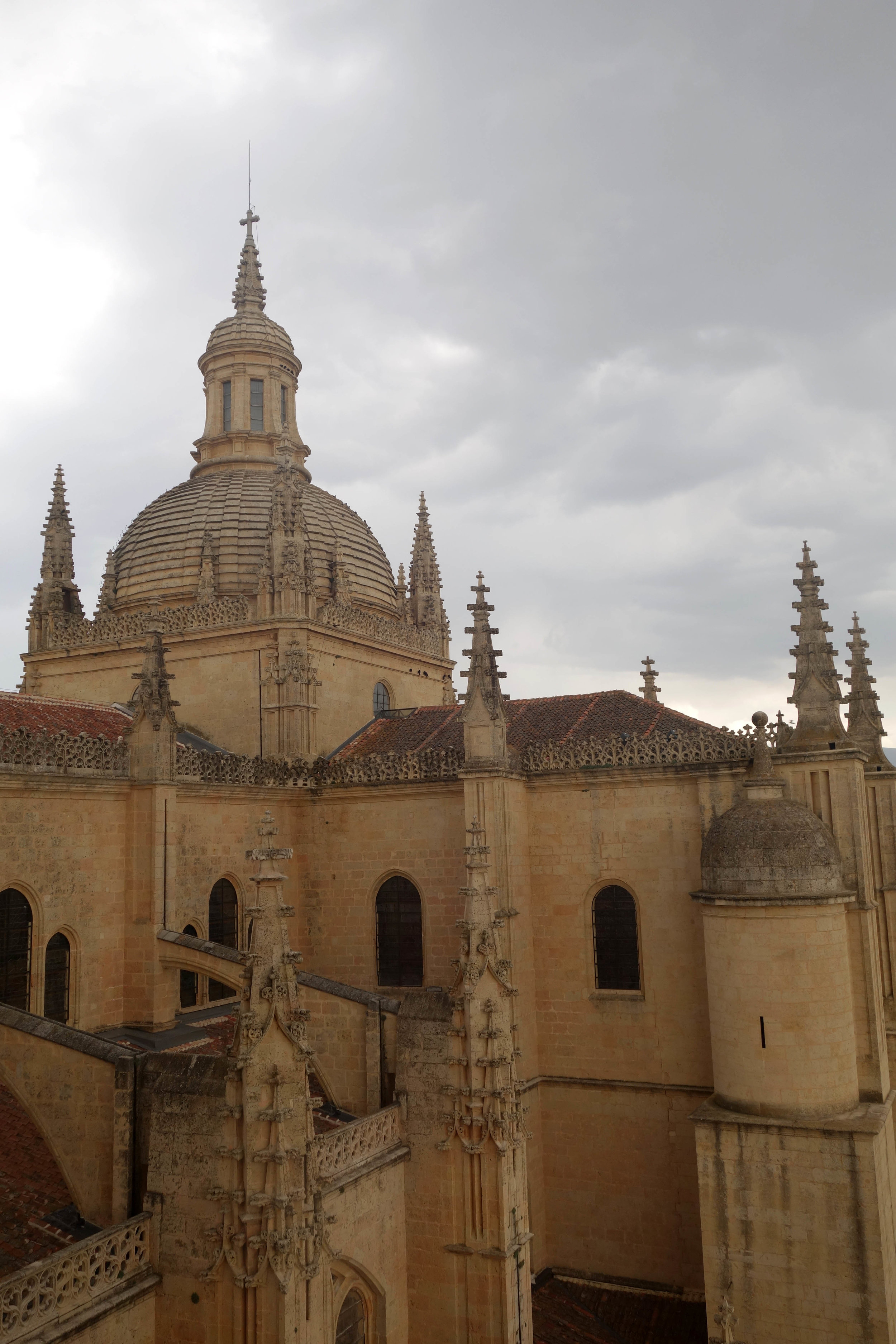
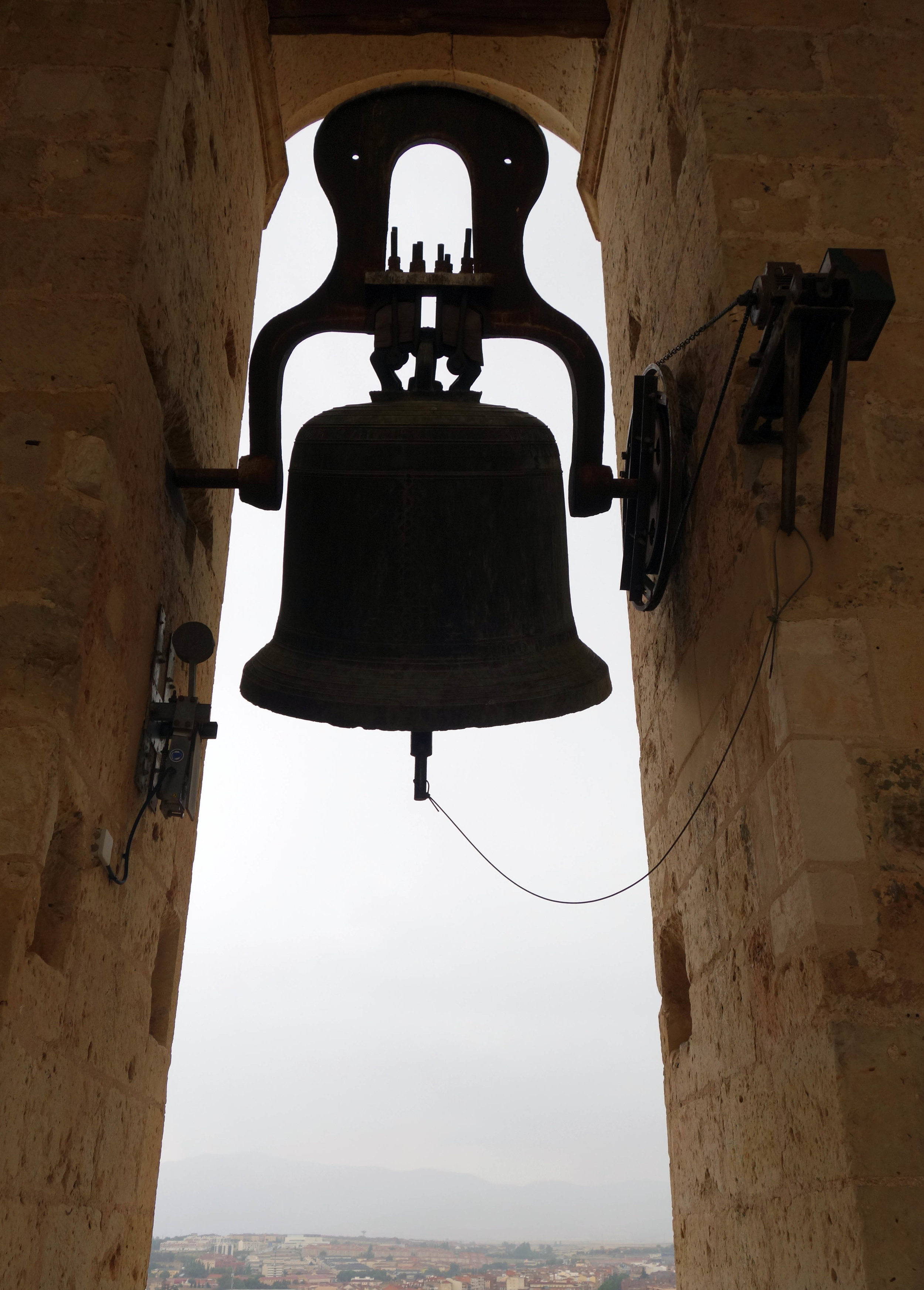
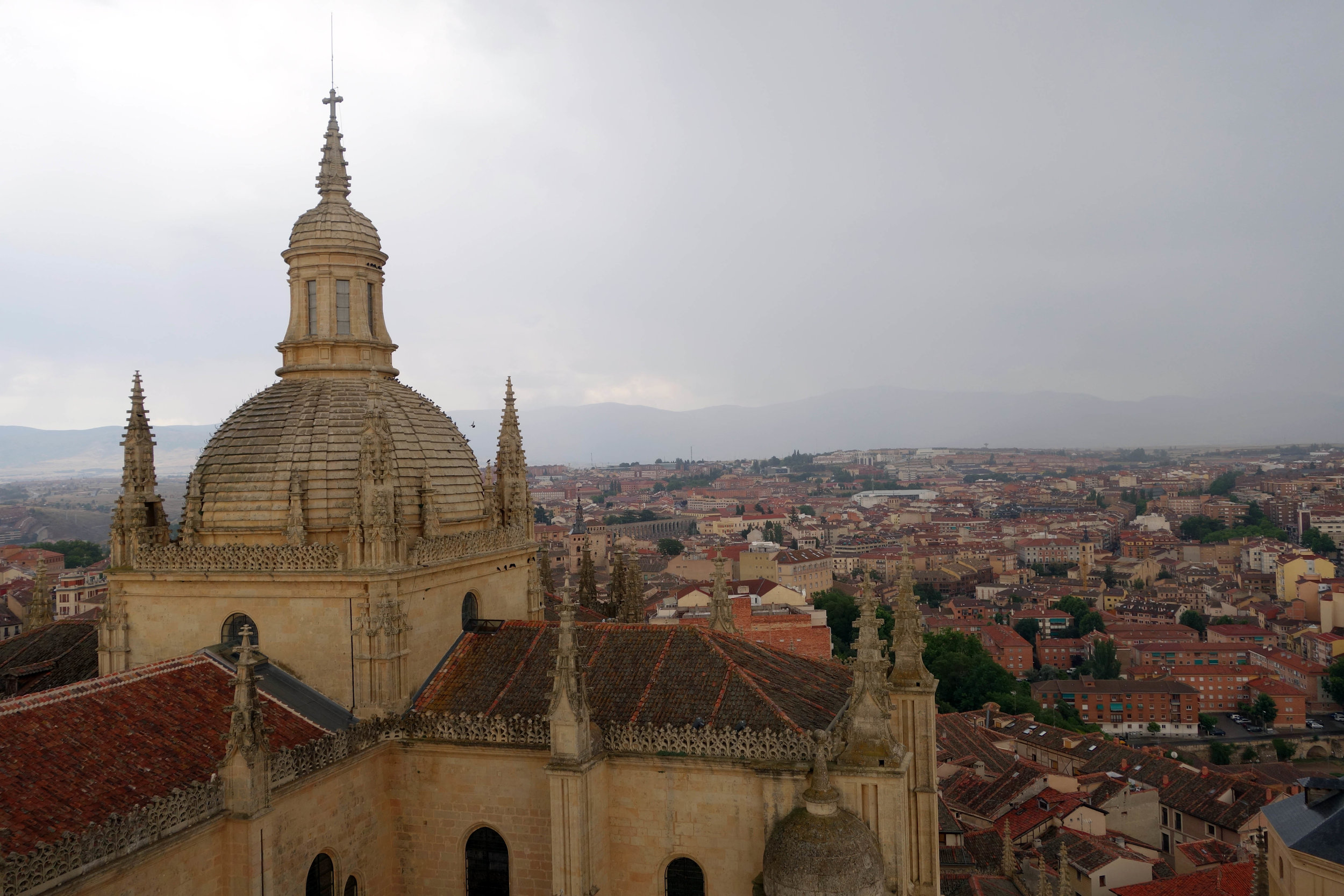
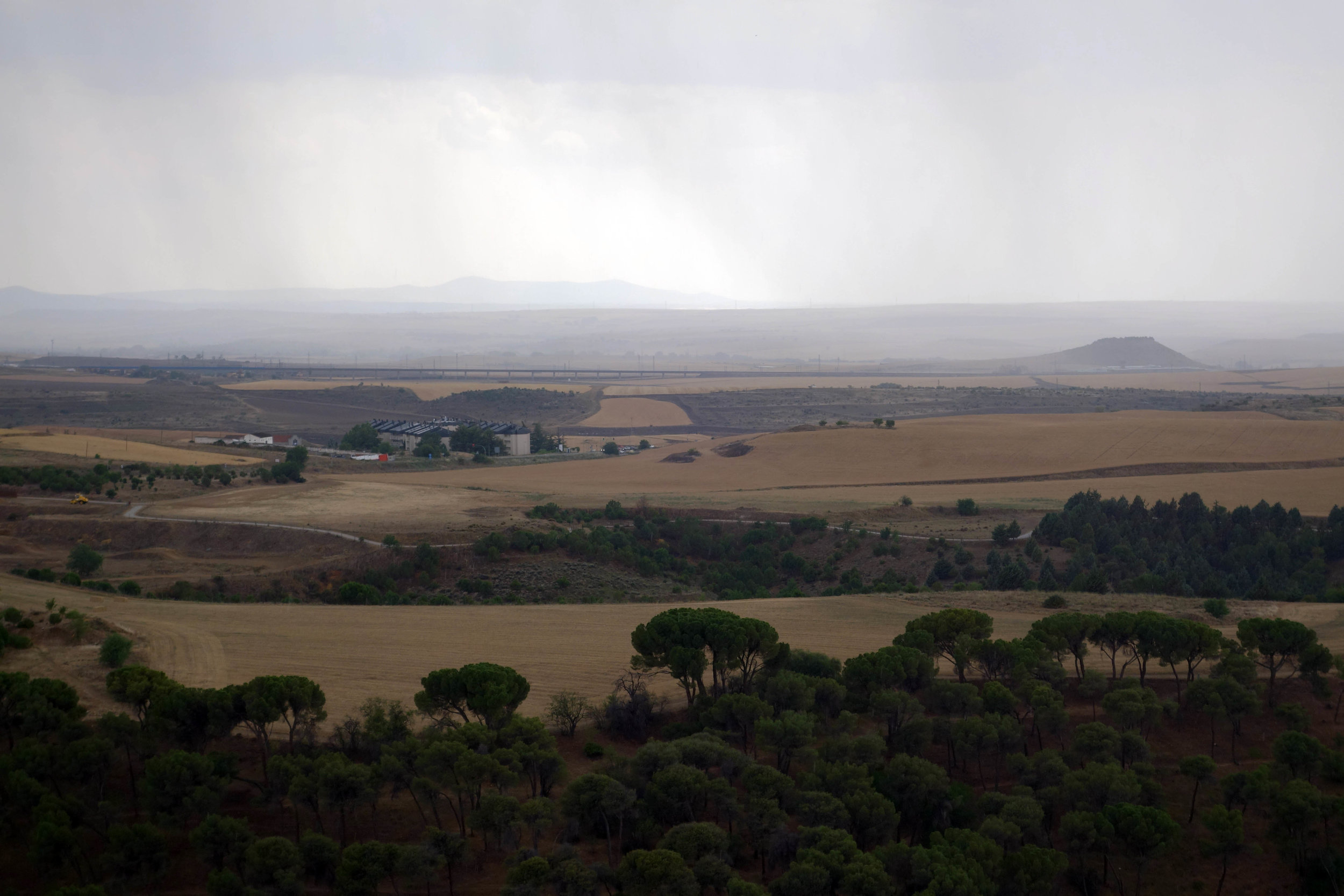
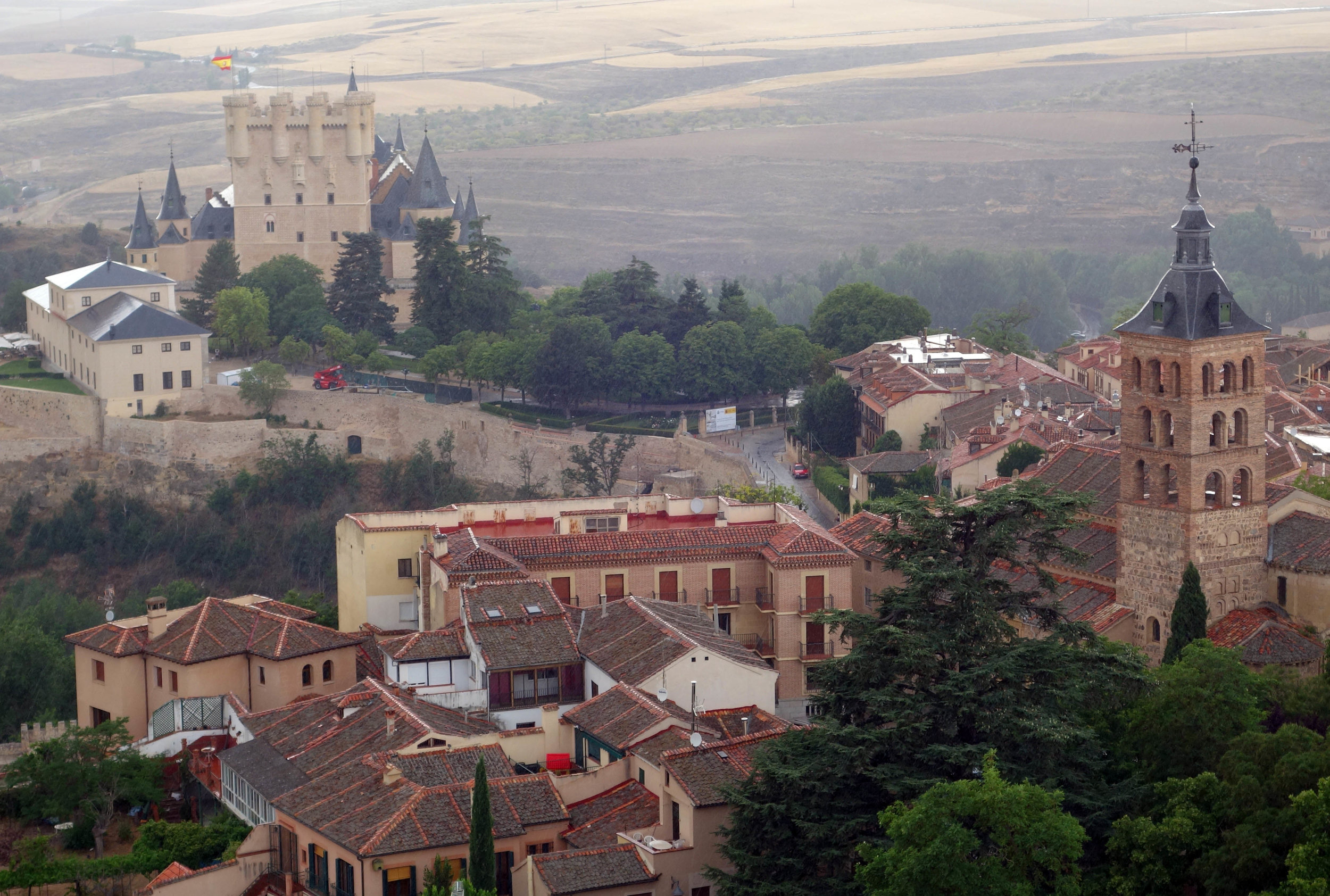
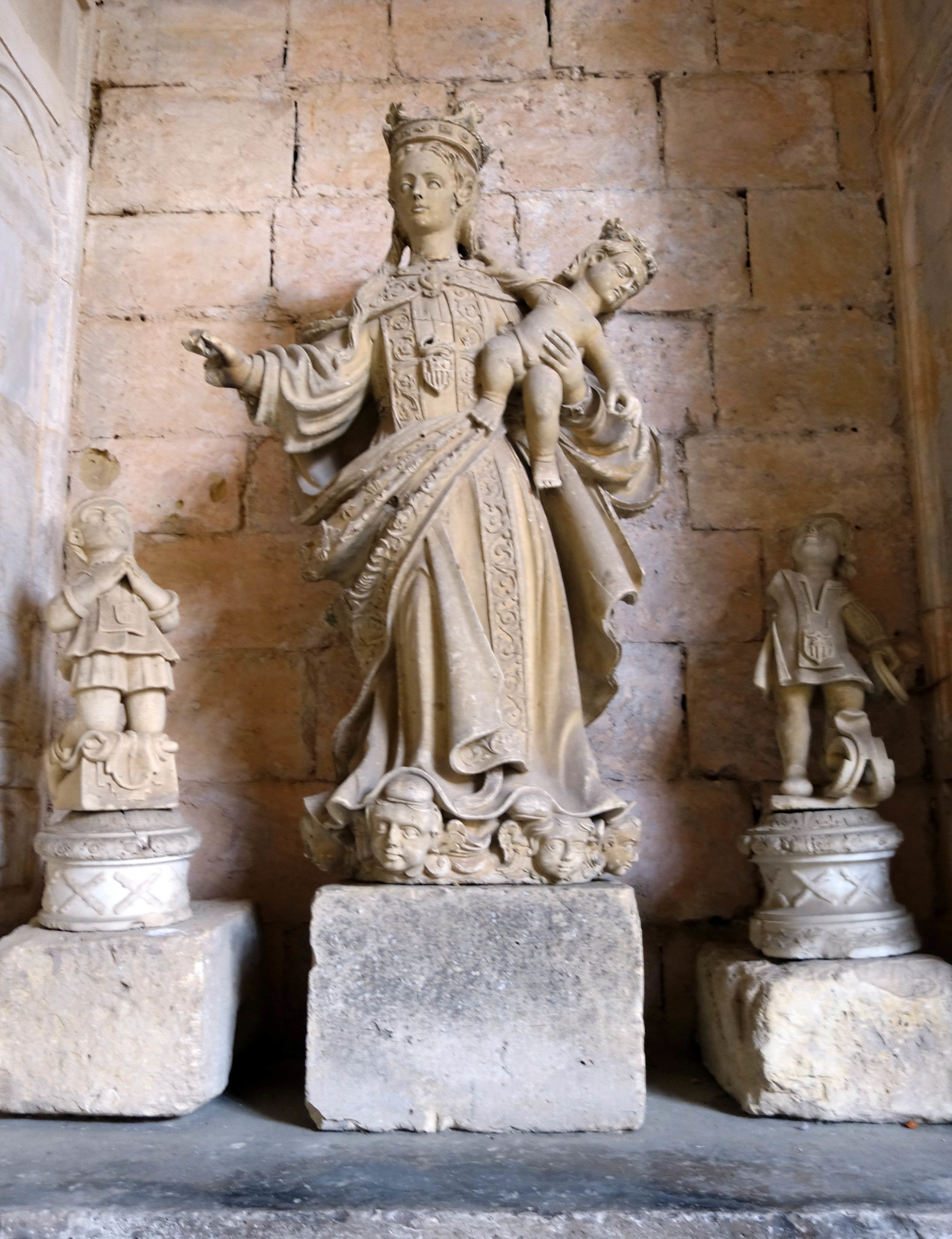
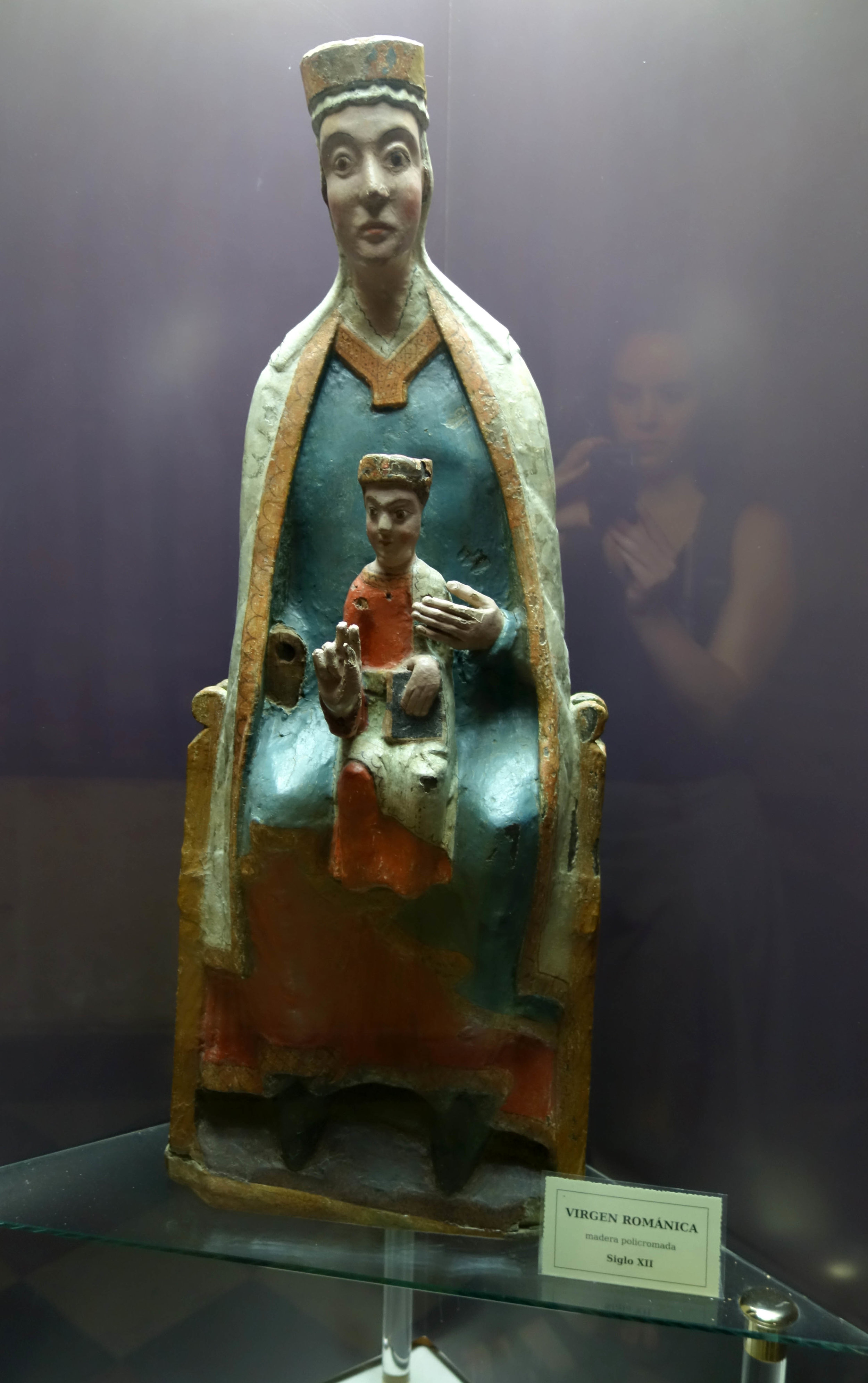
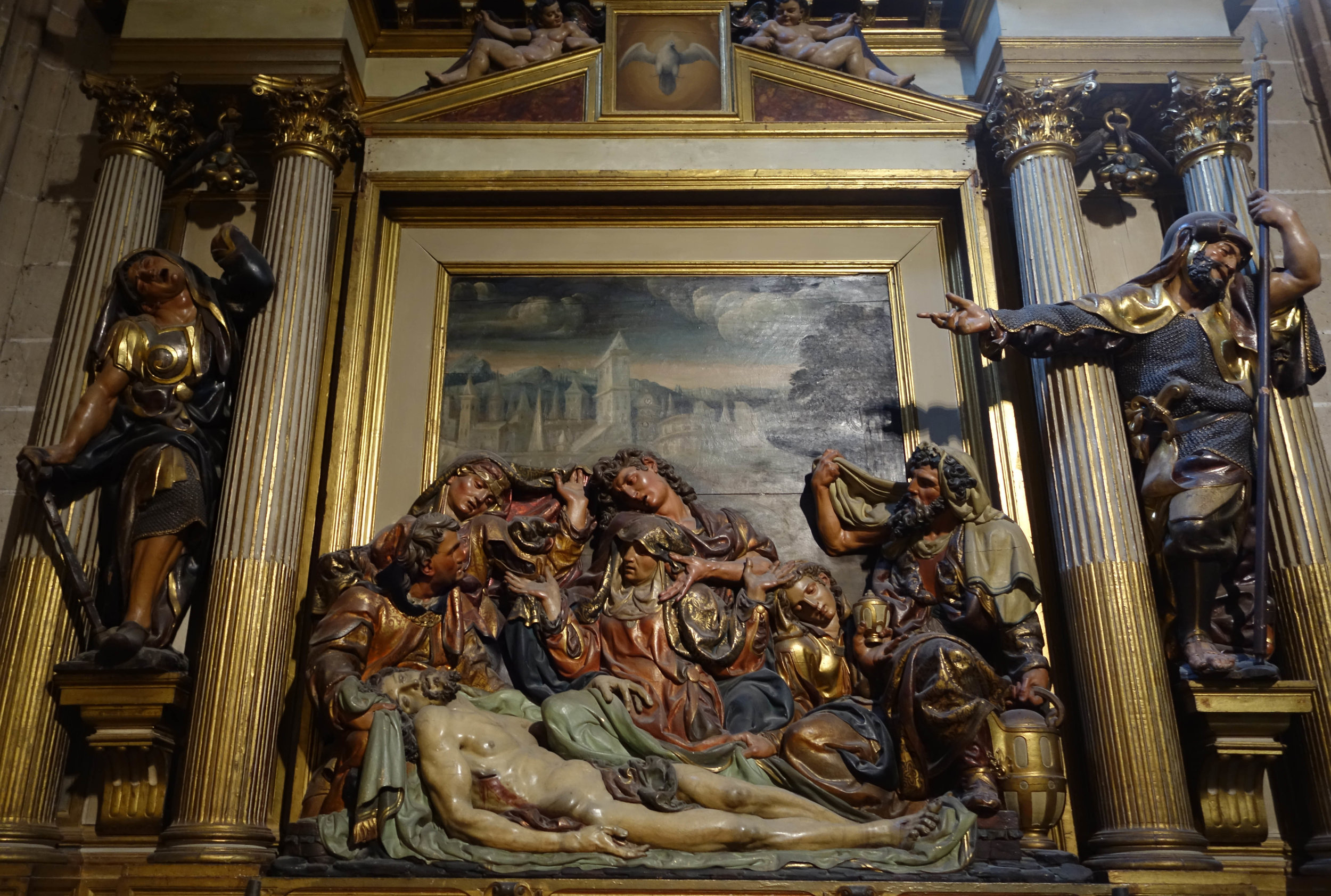
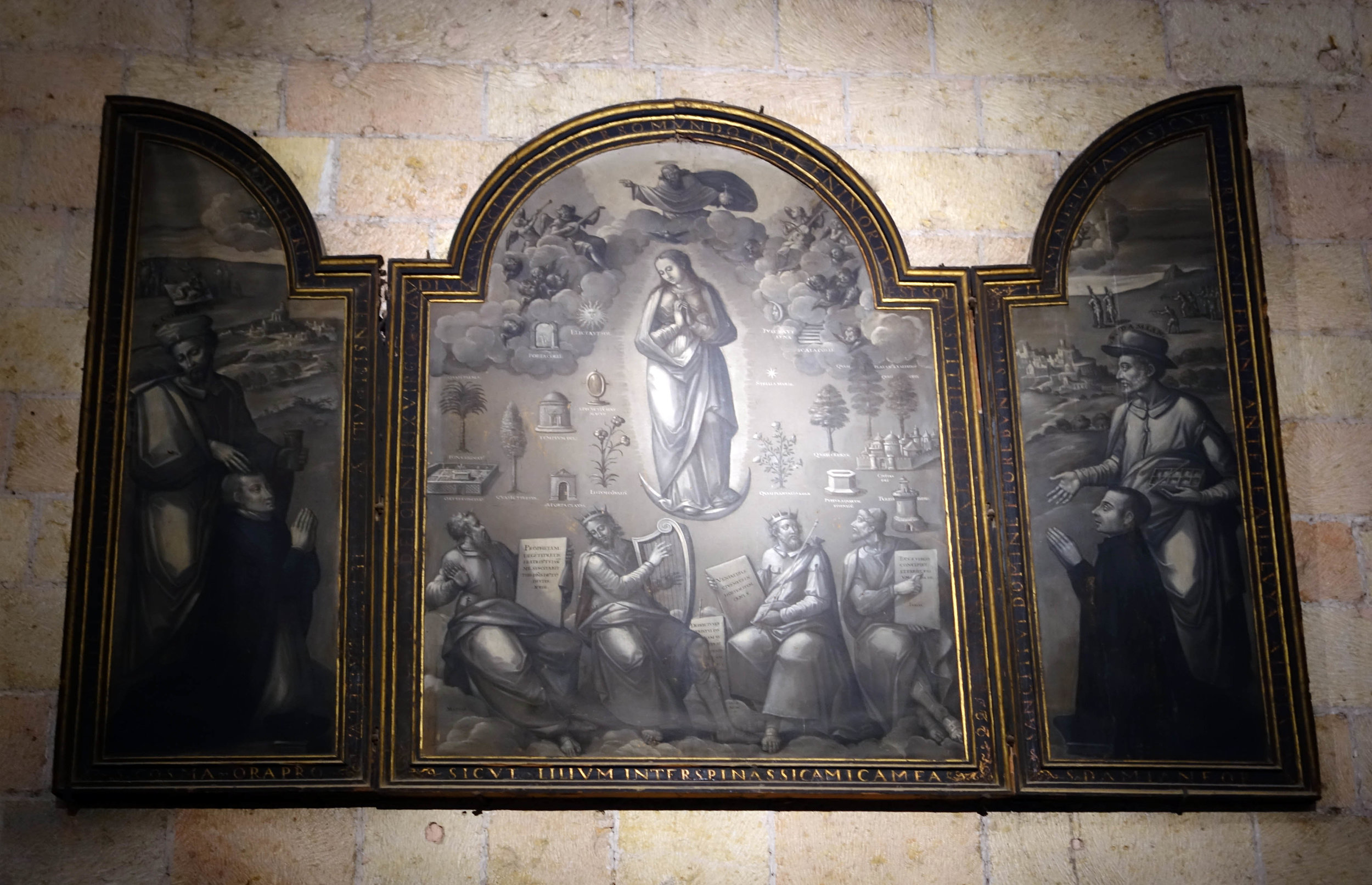

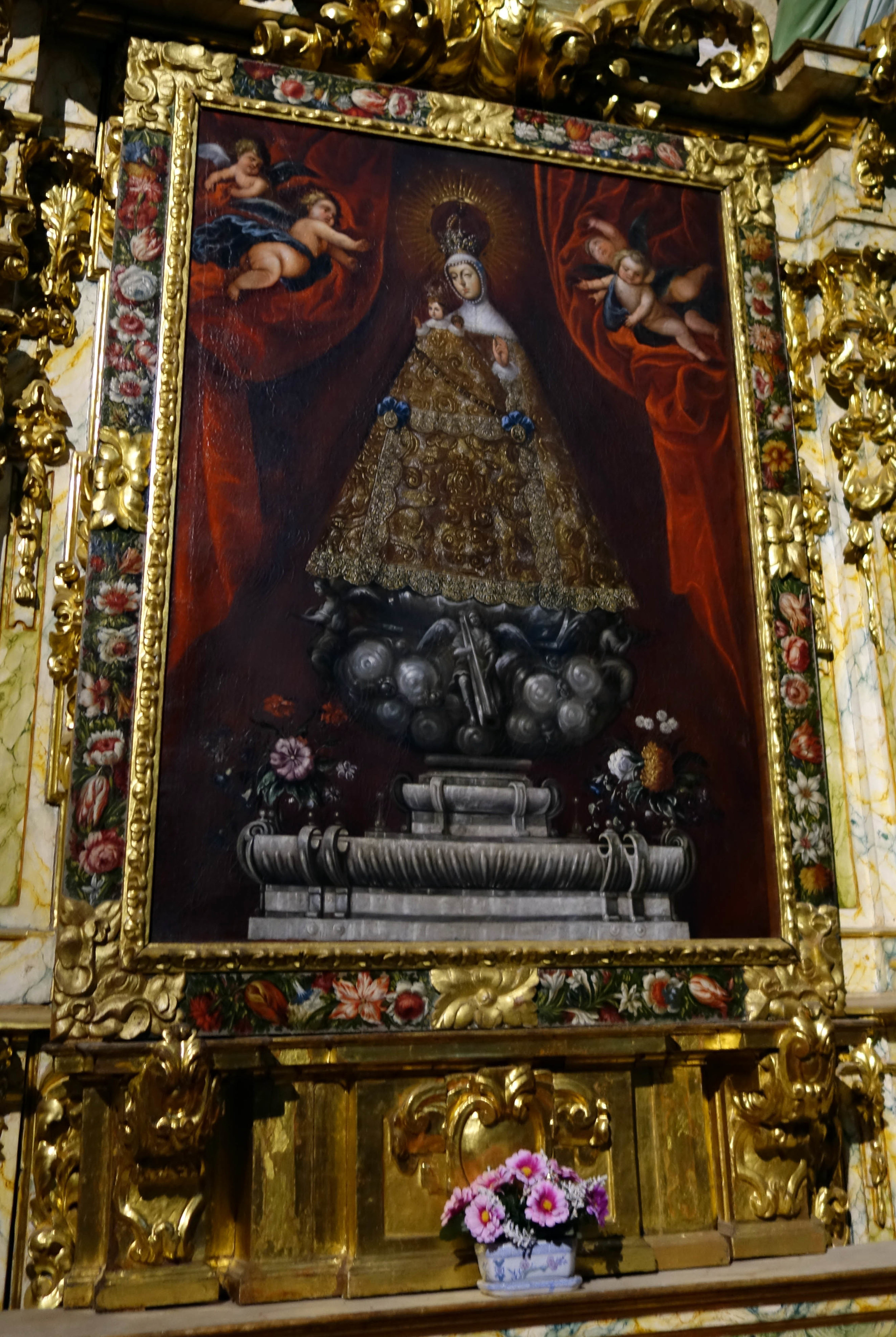
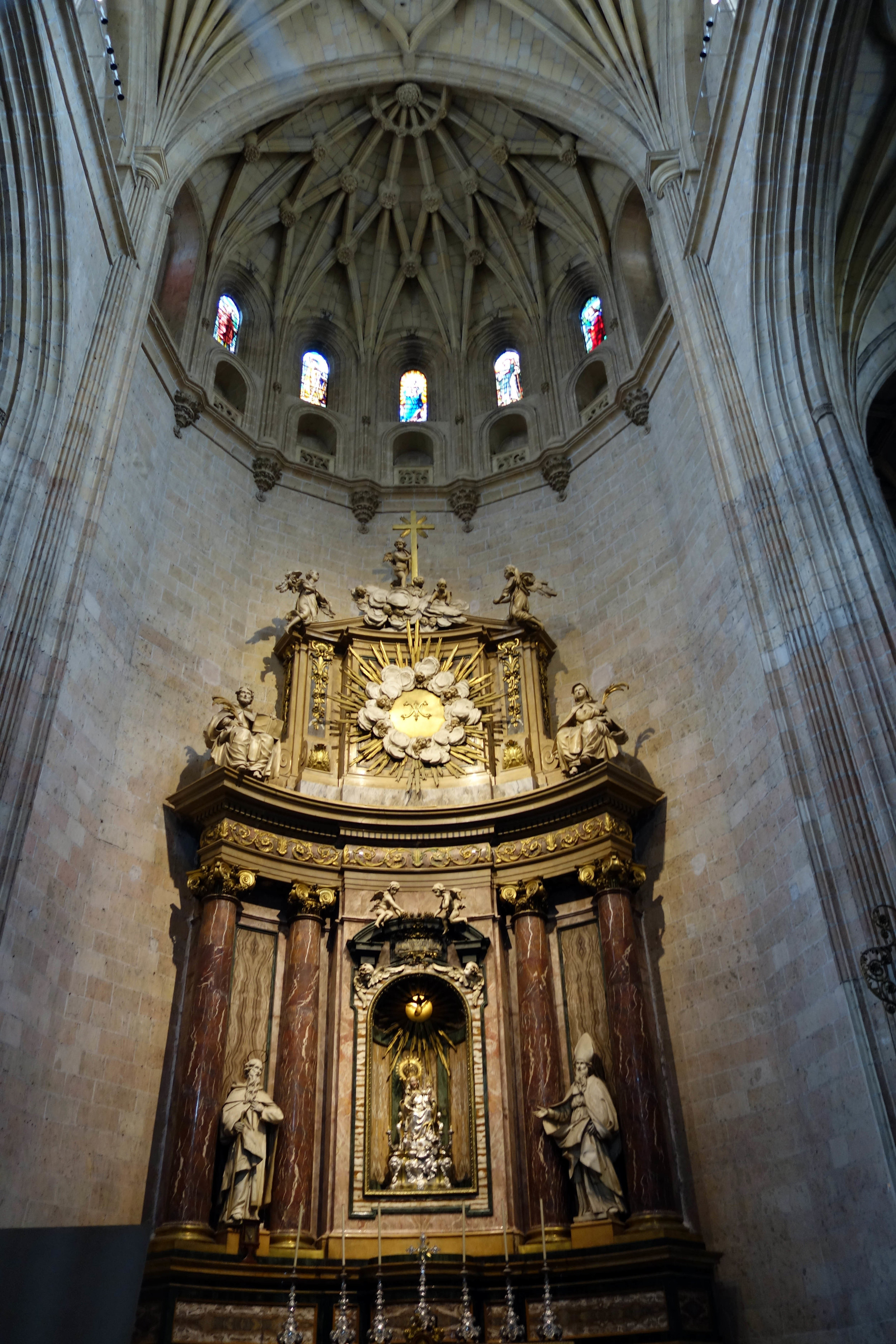
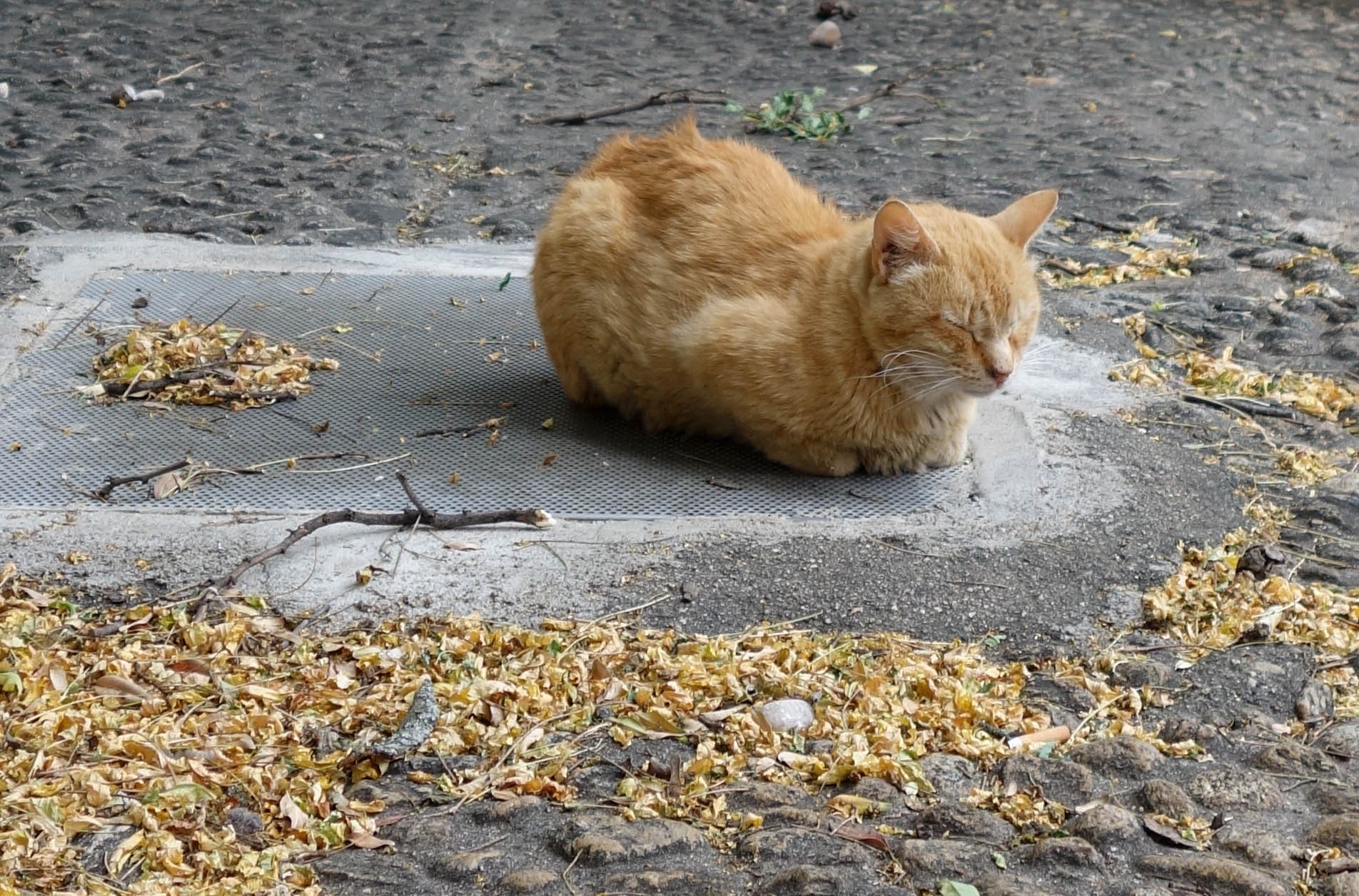
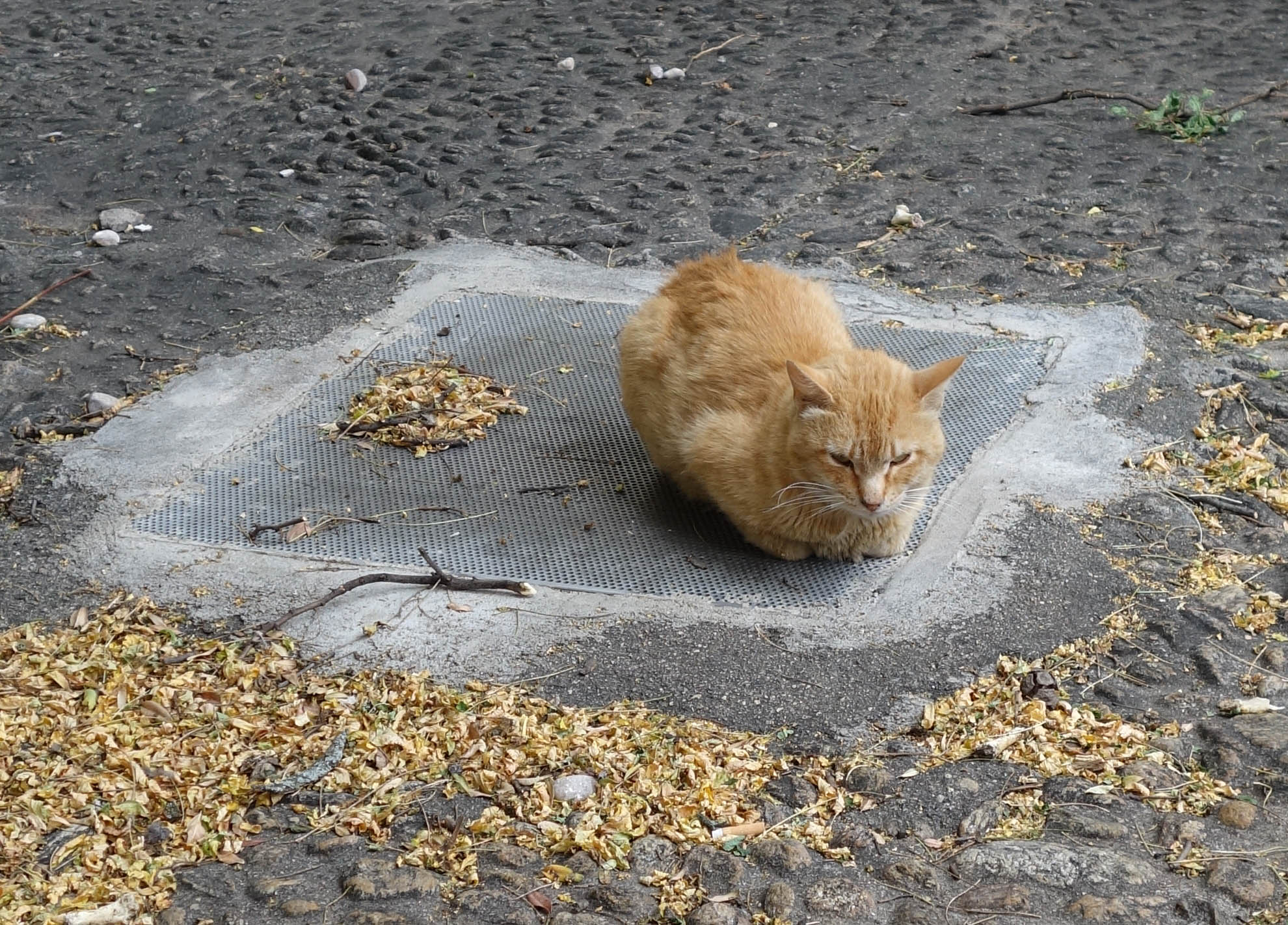
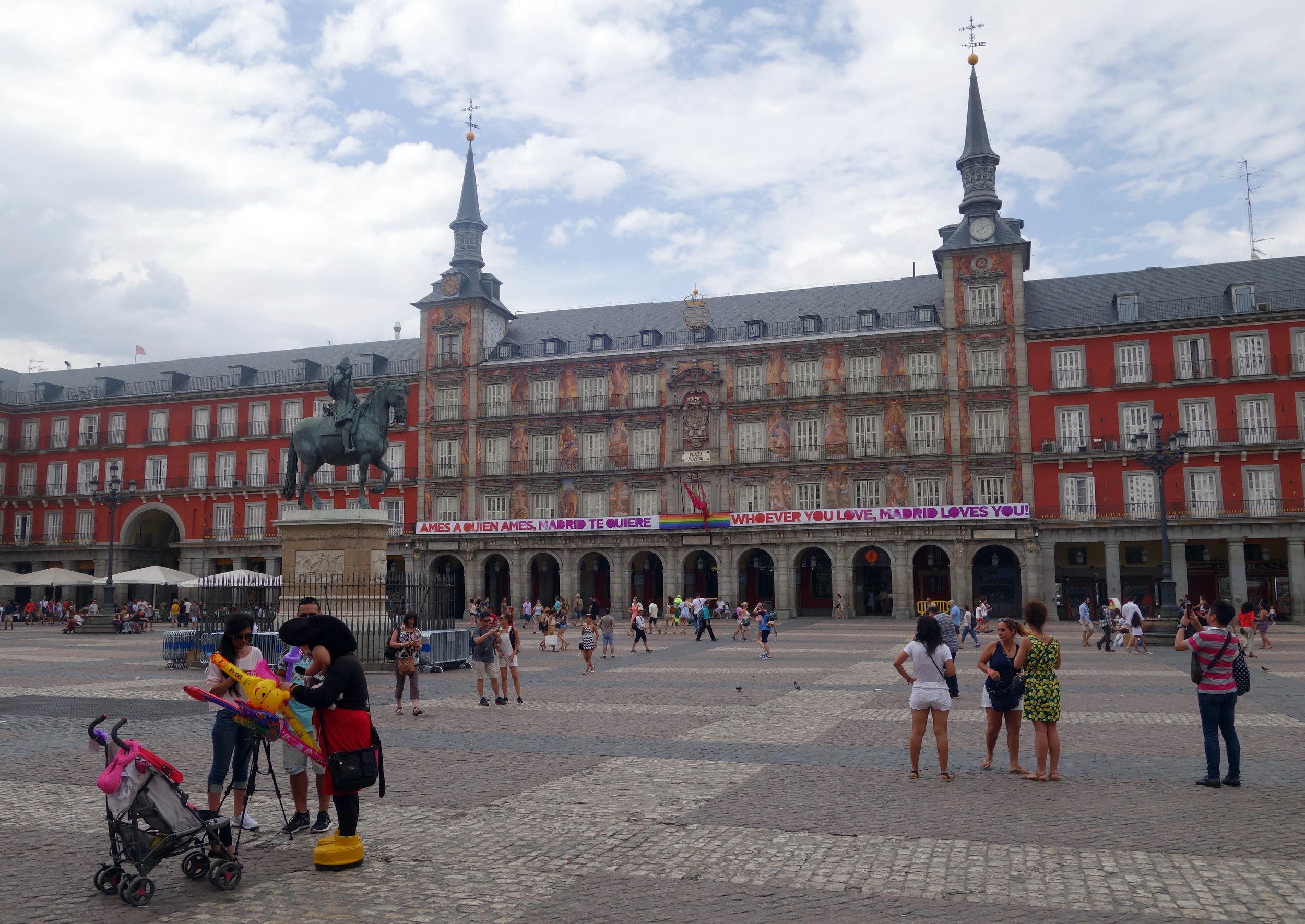
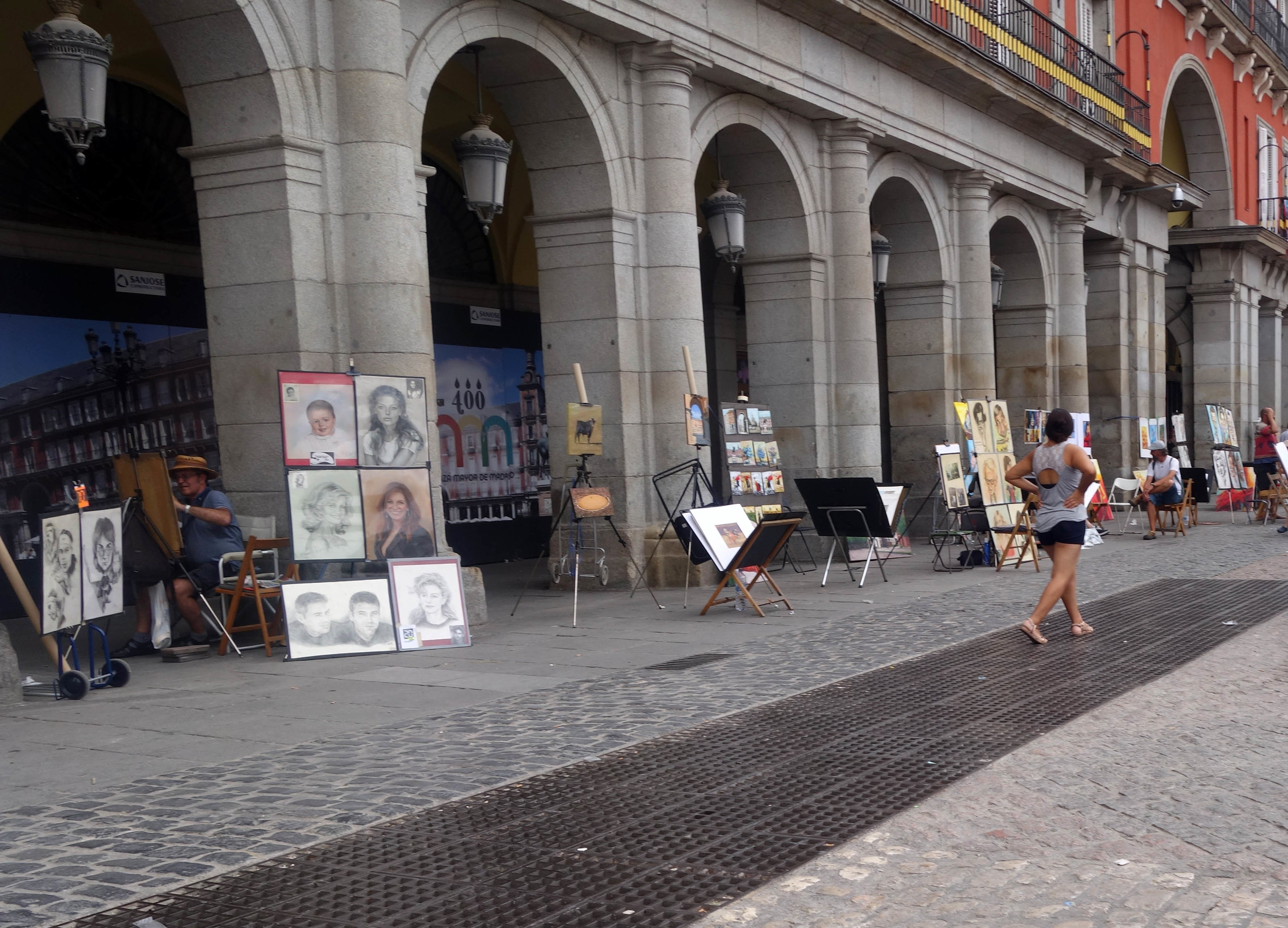

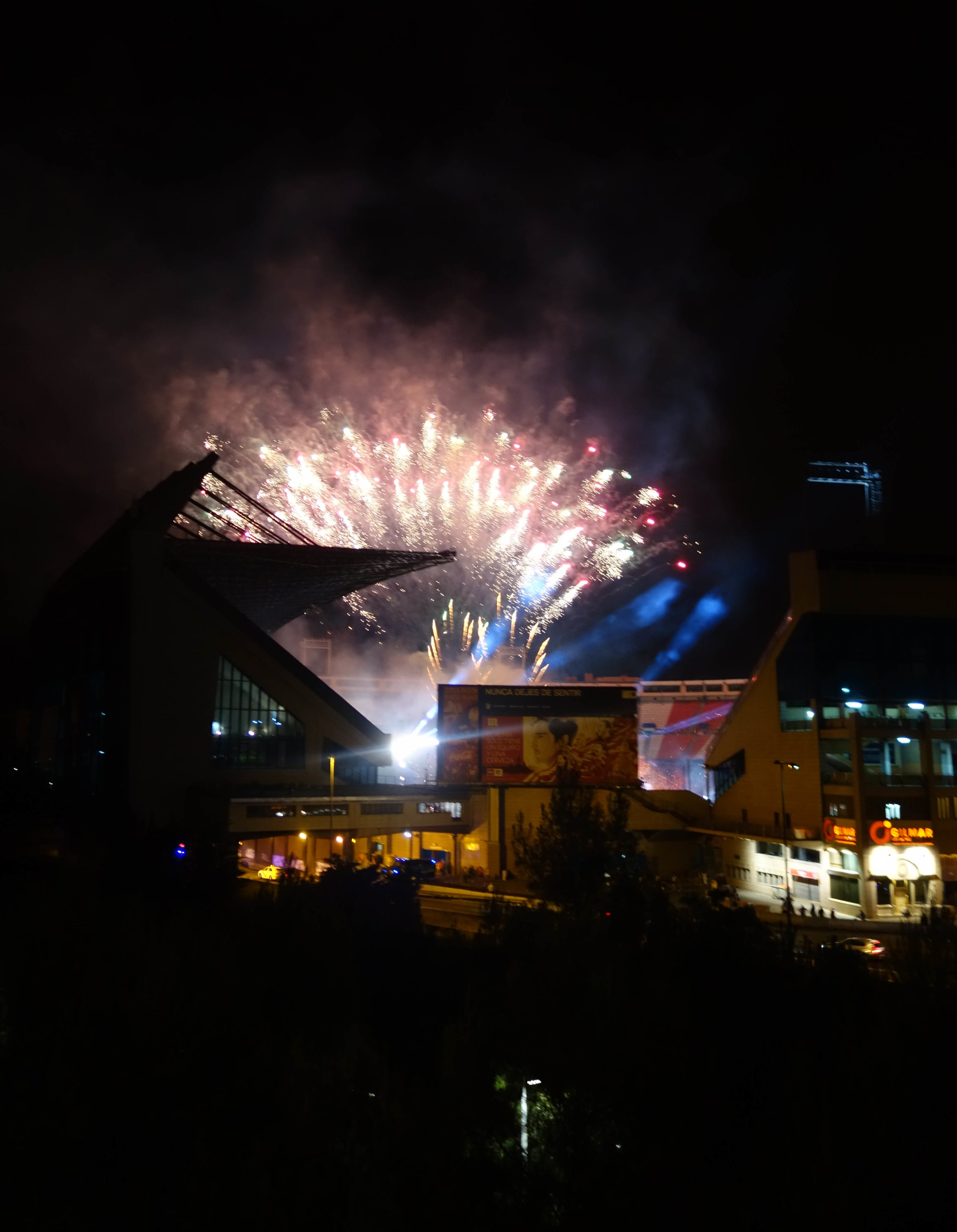
Intercambiador ACART Residency Journal 7
I've been not posting as many text-based journals from this residency mostly because I've lived in Madrid before and this is a longer residency than I'm used to (the first one that's two months long), so I have fewer touristy desires than normal and I can spread them out more. Also it's been so insanely hot so much of the time that the studio often seems more appealing anyway! Other day-to-day things that occupy my time include occasionally going to the Chueca district to buy art supplies (it's also the gayborhood, interestingly) and similarly studio-related errands. This all makes me very productive but doesn't provide as much material to journal about.
However, I haven't yet covered that while Fari was still here, we took a day trip to Segovia on the recommendation of a local Spanish acquaintance who told me that it was her favorite nearby town, even besting Toledo.
Segovia lived up to her claims so much that I'm surprised I didn't go there ten years ago - it has a Roman aqueduct dating to around 112 AD and what is I think the most beautiful cathedral exterior I've ever seen. It also has a castle that inspired Walt Disney, called the Alcázar of Segovia, which had three trees of nesting storks out front (!!).
Interestingly to me, Segovia doesn't have any specific touristic goods apart from a meat entrée; Toledo for instance is well known for its metals including steel, gold, and silver. Segovia really doesn't need any as the city itself is sufficient to draw tourists, but I can't help but feel they could make more money if they perhaps sold special tapestries and other cloths in a nod to the past industry of cloth-making there.
Other than that, one night the stadium next to my apartment building had a famous Spanish singer, Alejandro Sanz, doing a twenty-year-retrospective concert; while we could hear it, we couldn't hear it; the audio was too distorted from that distance. I did photograph the fireworks, though!
Intercambiador ACART Residency Journal 6 - New Artwork!
Here's my second fox kit painting. I'm titling it Nativity in part due to the suggested mountainscape in the background which mirrors the homeland of this particular fox kit. This piece is also acrylic on canvas and is approximately 22.5 x 32".
Intercambiador ACART Residency Journal 5 - New Artwork!
Here's my first painting featuring a fox kit I met while in Portugal. City Solstice, acrylic on canvas, 14 5/8 x 22 5/8". I'm not 100% certain, but given the very thin margin I left, I think I'll be framing it (ugh, the cost though!).
Intercambiador ACART Residency Journal 4
Some random observations:
1) I am quite tall for the Iberian Peninsula (both Portugal and Spain). Headrests on buses and cars hit me in the back and I tower over pretty much all of the women and many of the men. I'm only very slightly taller than average (5'6" with average being 5'5" for women) in the USA, so it's weird feeling so very tall.
2) Madrid is a dog city. I noted that when I was here in 2007, too, and I love seeing all the dogs. I get to pet and play with a few particularly friendly ones, too, and that's grand. I do wish it was less of a dog poop city, though. Many people do pick up their dog's poop with little baggies and toss it away appropriately, but many also do not.
3) Travelers' diarrhea is really unpleasant. I kept getting it here the first few weeks and can't figure out what the precise culprit is. I feel that since I lived here once before (admittedly ten years ago) it is wholly unfair that it keeps happening (three separate occasions thus far).
4) Madrid is getting ever so slightly better with vegetarianism, but it's still very hard to be vegetarian here if you want to eat out.
5) Despite having lived here before and this being the case in other cities I've done residencies in as well, I'm still not entirely used to shops closing from 2-5pm. I like the European mindset toward work-life balance, but I'd prefer shift workers such that the stores could stay open.
6) If you live without A/C in constant 100-103*F weather, having one day that's overcast and merely 96*F feels markedly better.
7) Many Spaniards really don't speak English. I do speak enough Spanish to get along, but Fari doesn't speak any Spanish and I think she's surprised at how much it hinders her here - for a big European city like Madrid, the proportion who don't speak English is probably higher here than almost anywhere else of a similar size.
8) The flat I'm in has no microwave, no oven, and no pot with a lid. This severely hampers what I am able to cook. I'm also nervous that eating fresh fruit and vegetables is part of what's contributing to the traveler's diarrhea. As a result, I'm eating out a lot.
9) People drink non-alcoholic beer here surprisingly often. I typically only see it on offer in Muslim-run restaurants in the US. I only drink decaf coffee, so I get liking the taste of something but not the drug within it - but the cheap beer served everywhere here, Mahou, is to me not something I would prefer to other drinks without the alcohol...
10) There are more Asian immigrants here than ten years ago - a lot more. I used to walk around with an Asian friend in 2007 and people would scream "china" and run over to stare at her like she was in a zoo; nowadays there are "Chinese bazaars" on almost every street run by Asian immigrants.
11) There's a couple species of invasive small green parrot here. The more common one, the Argentinian parrot, has a very loud, annoying call. They're surprisingly hard to pin down in photos, but I've encountered them a few times.
Intercambiador ACART Residency Journal 2 Photos
Here are photos from my second journal, including my artist presentation and my trip to Toledo!
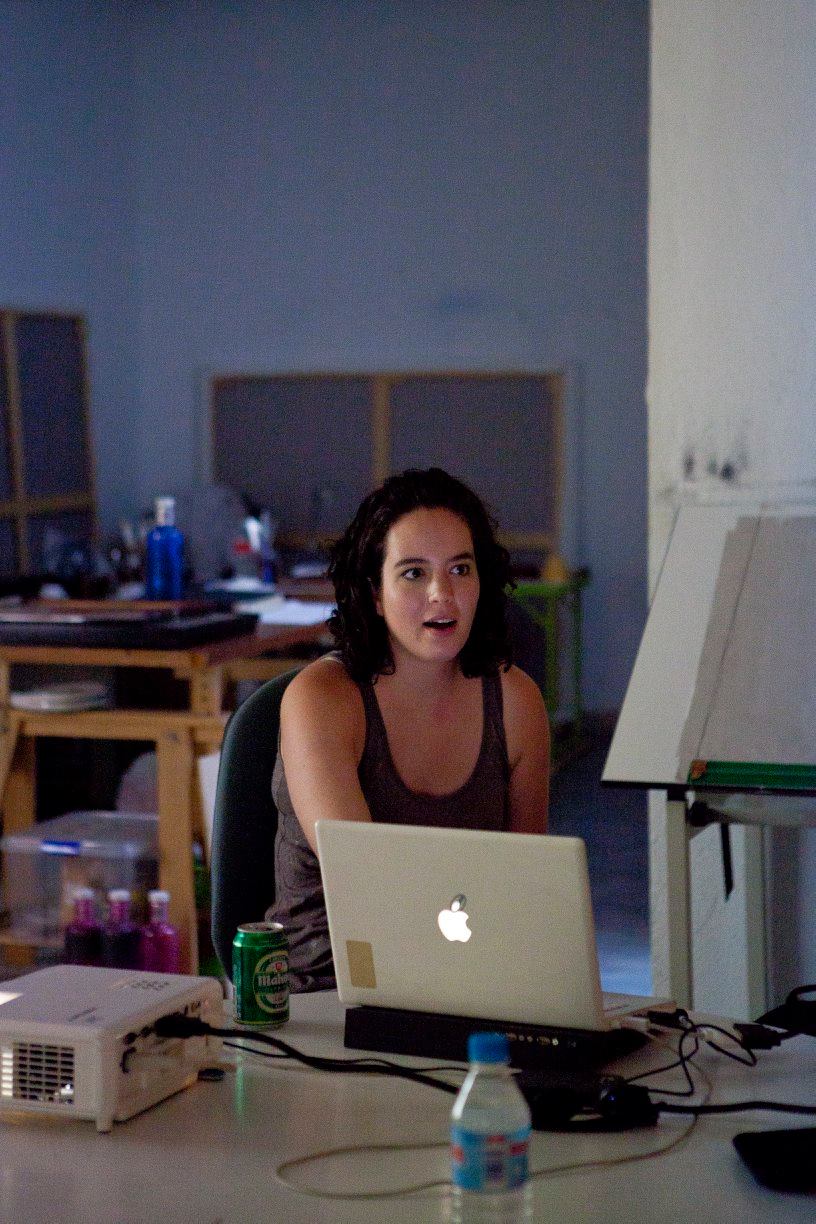
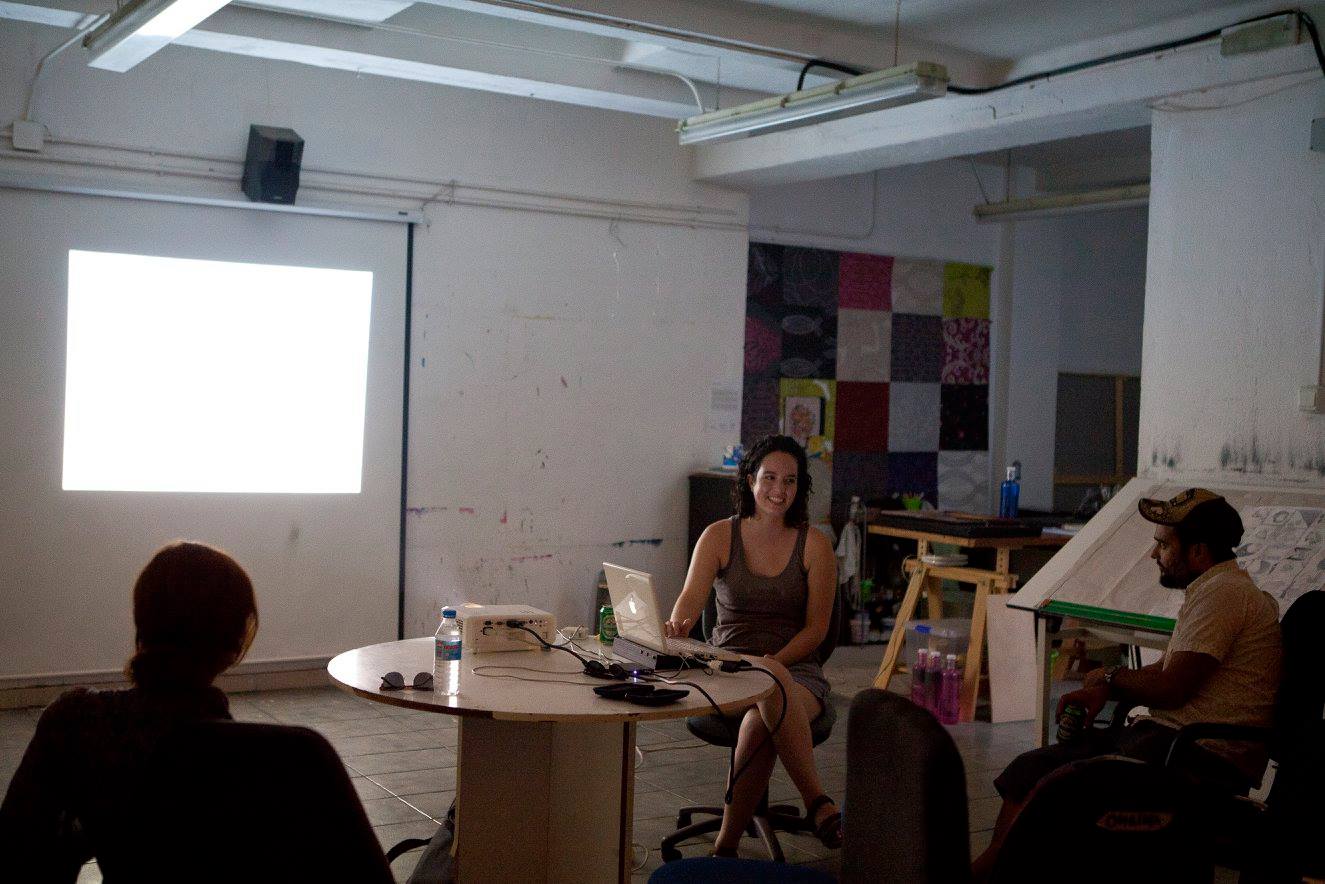
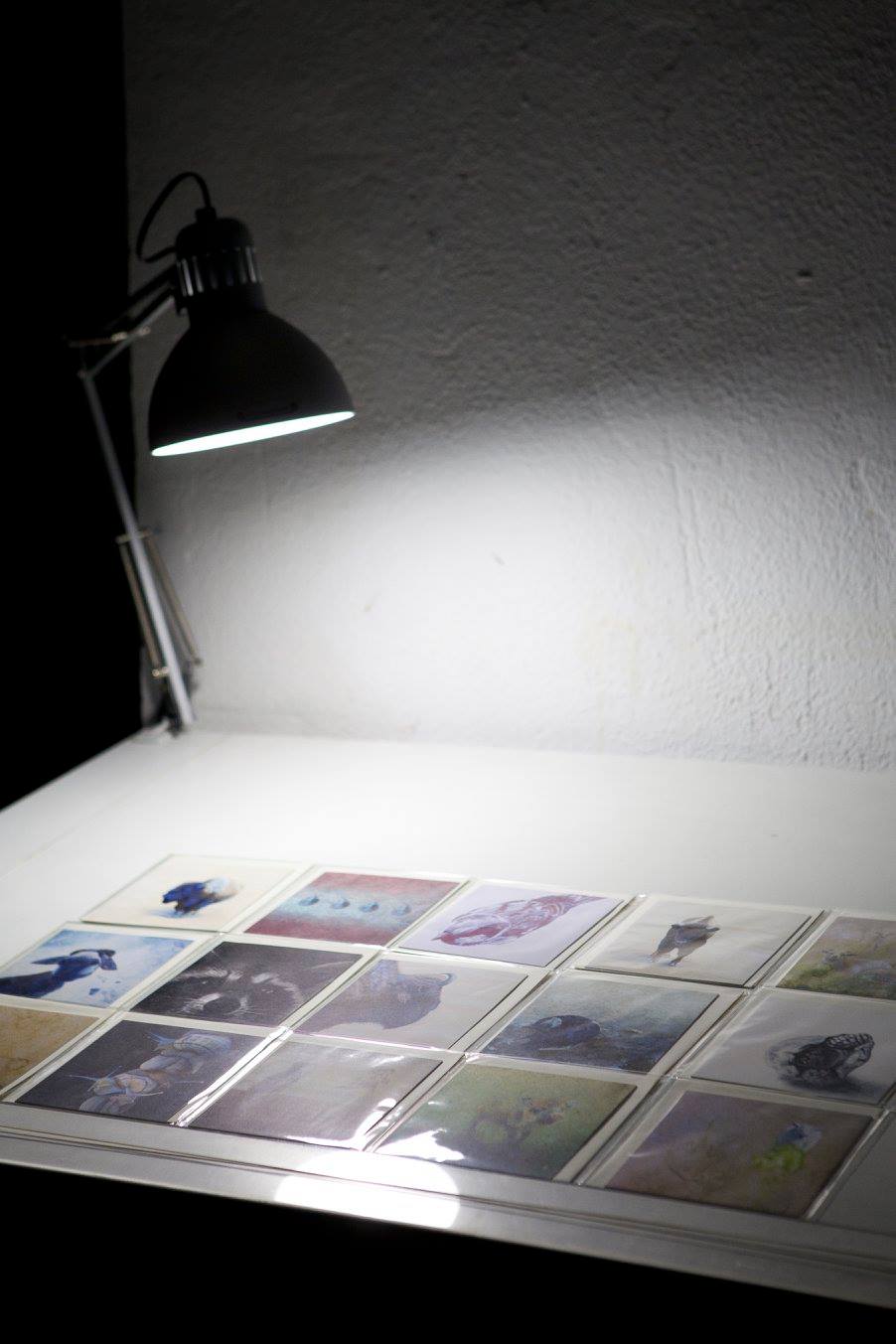
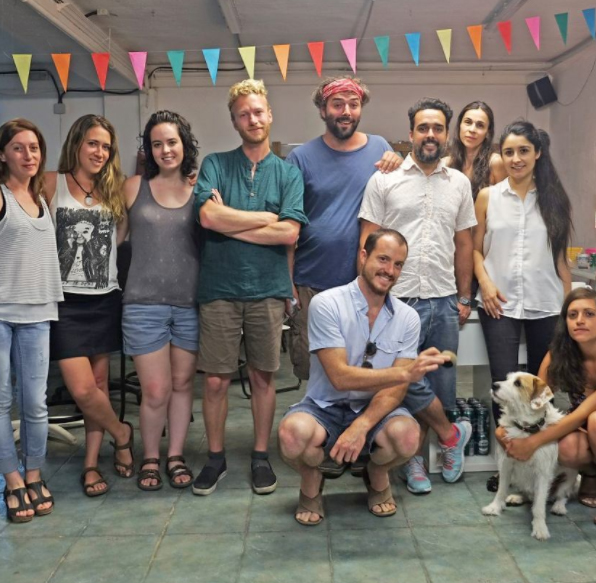
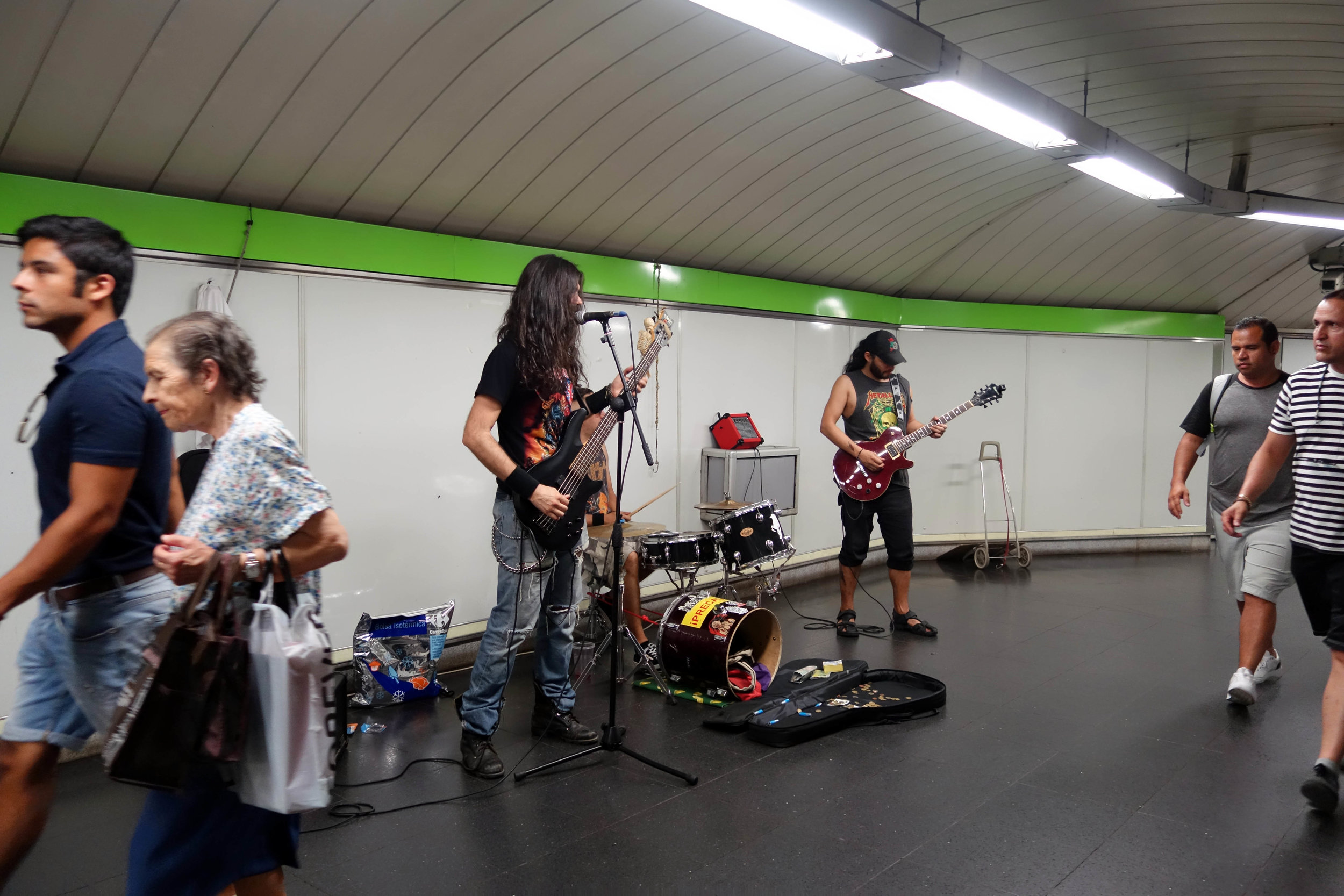
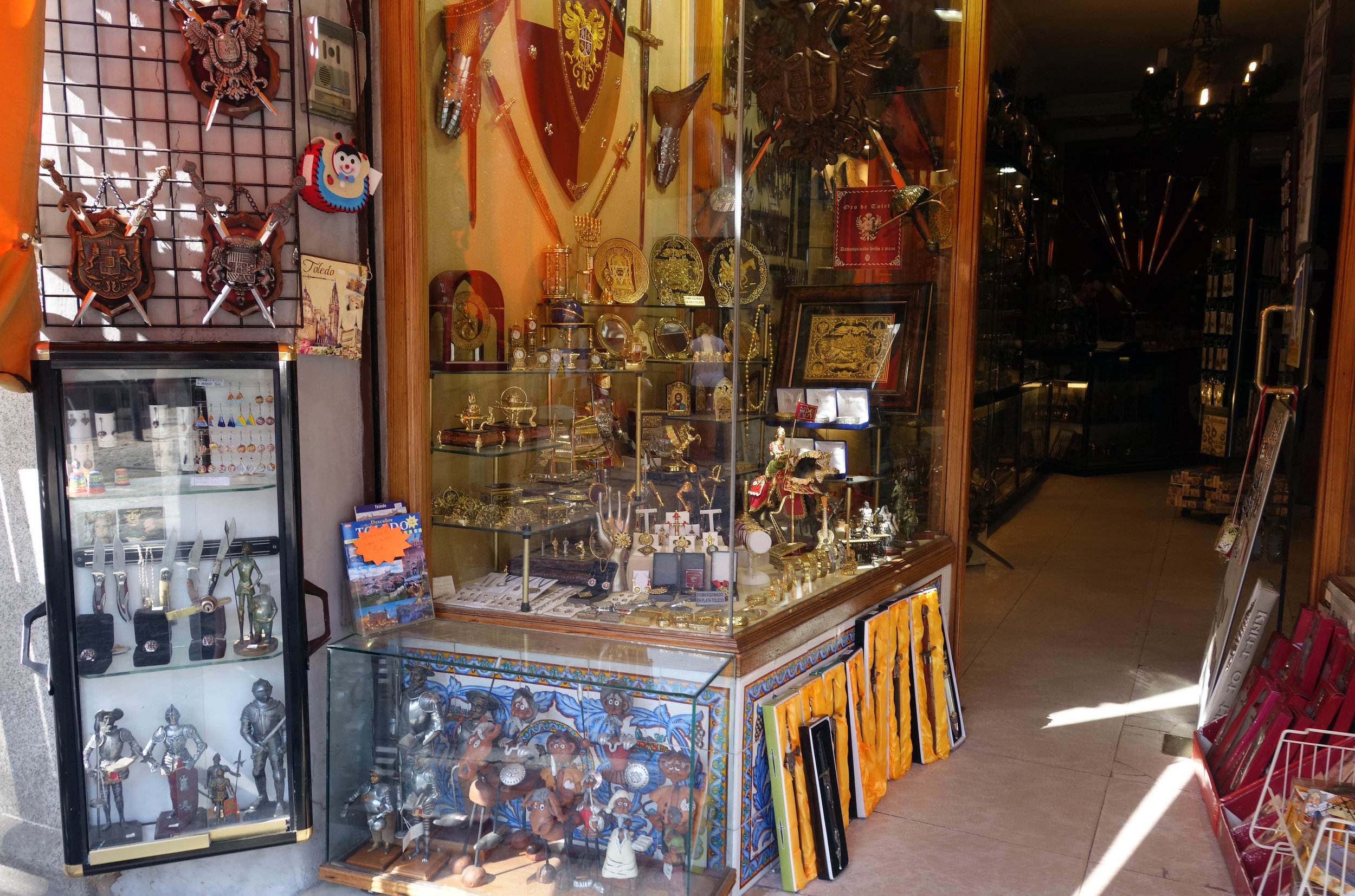
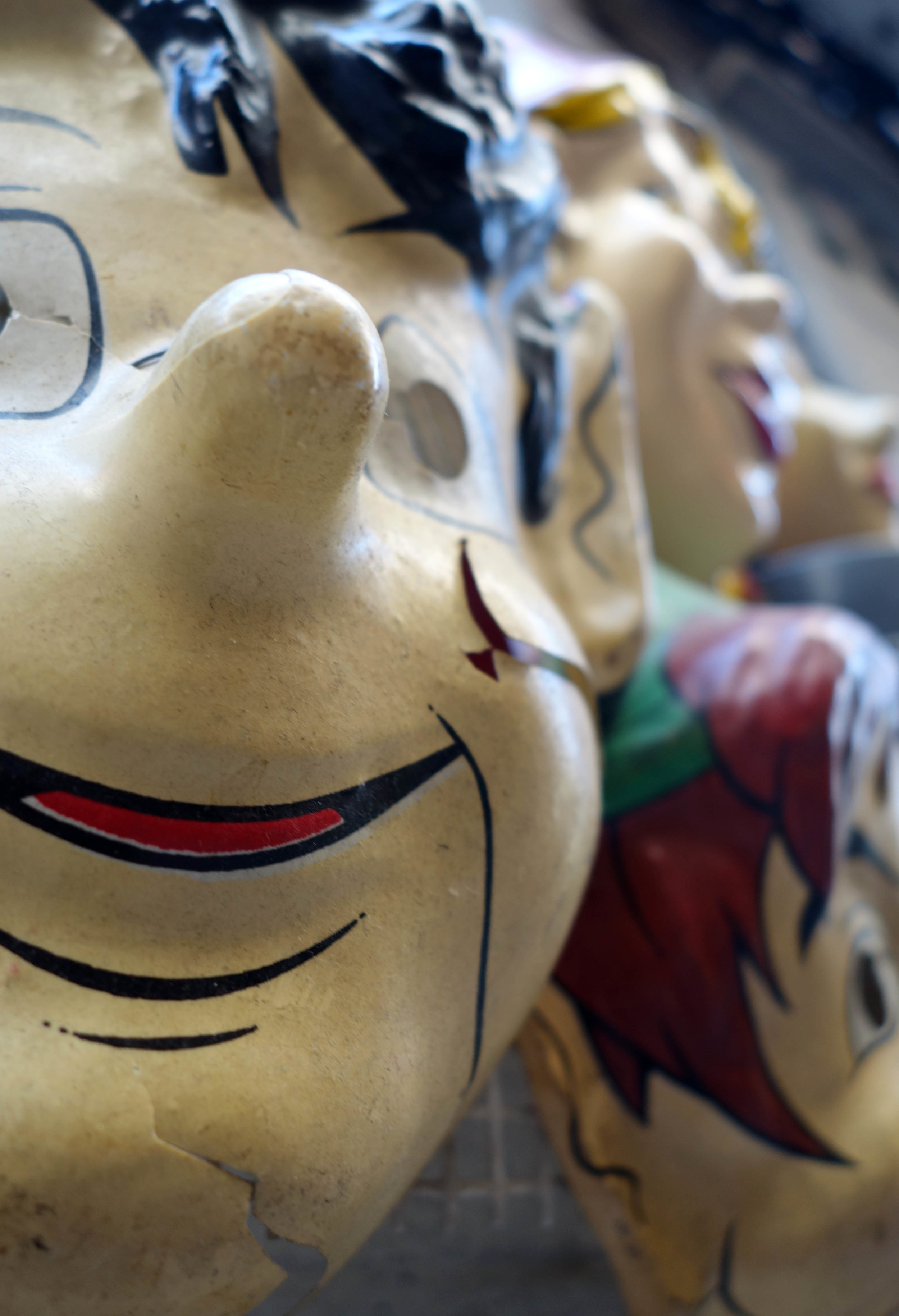
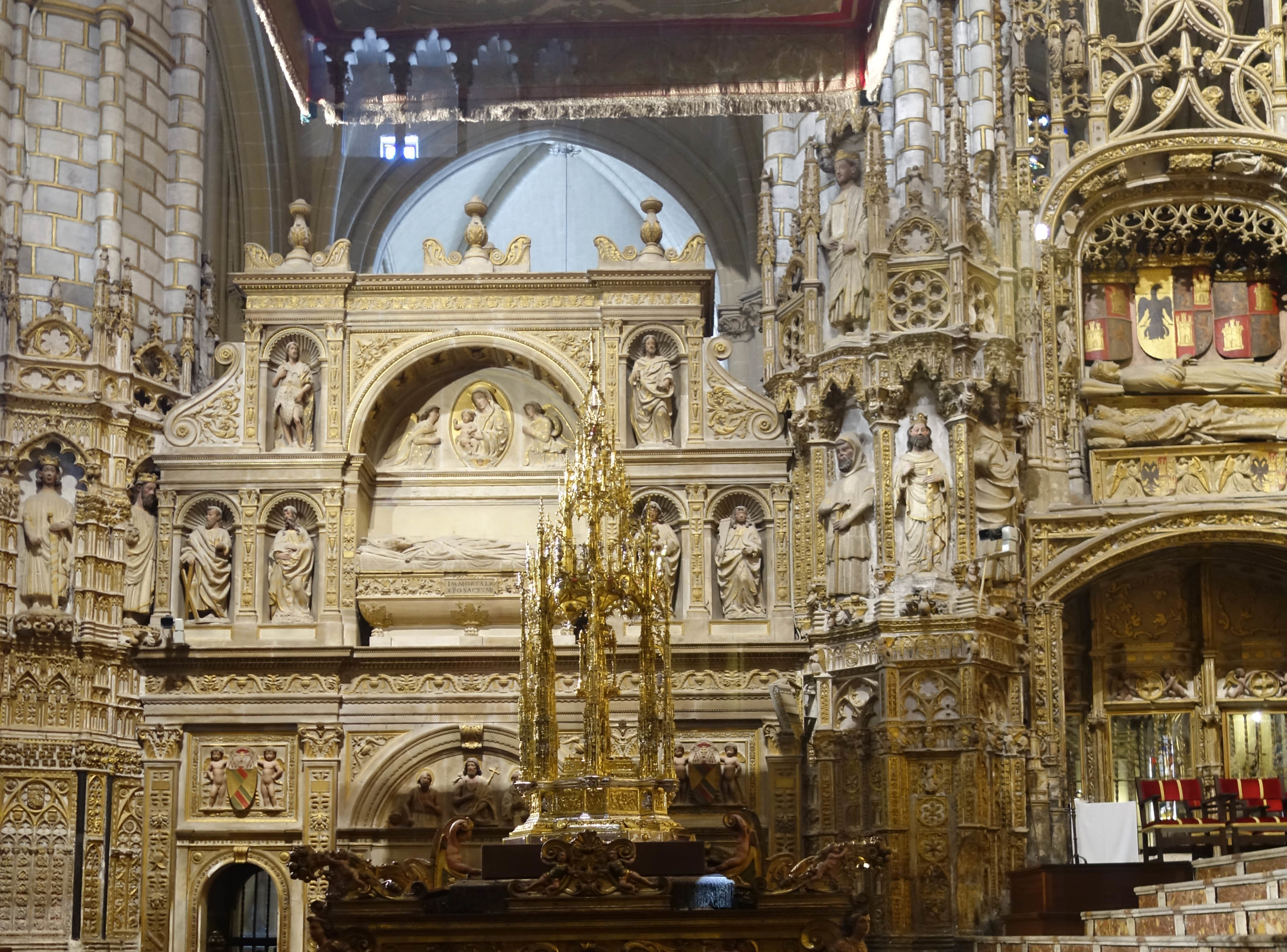
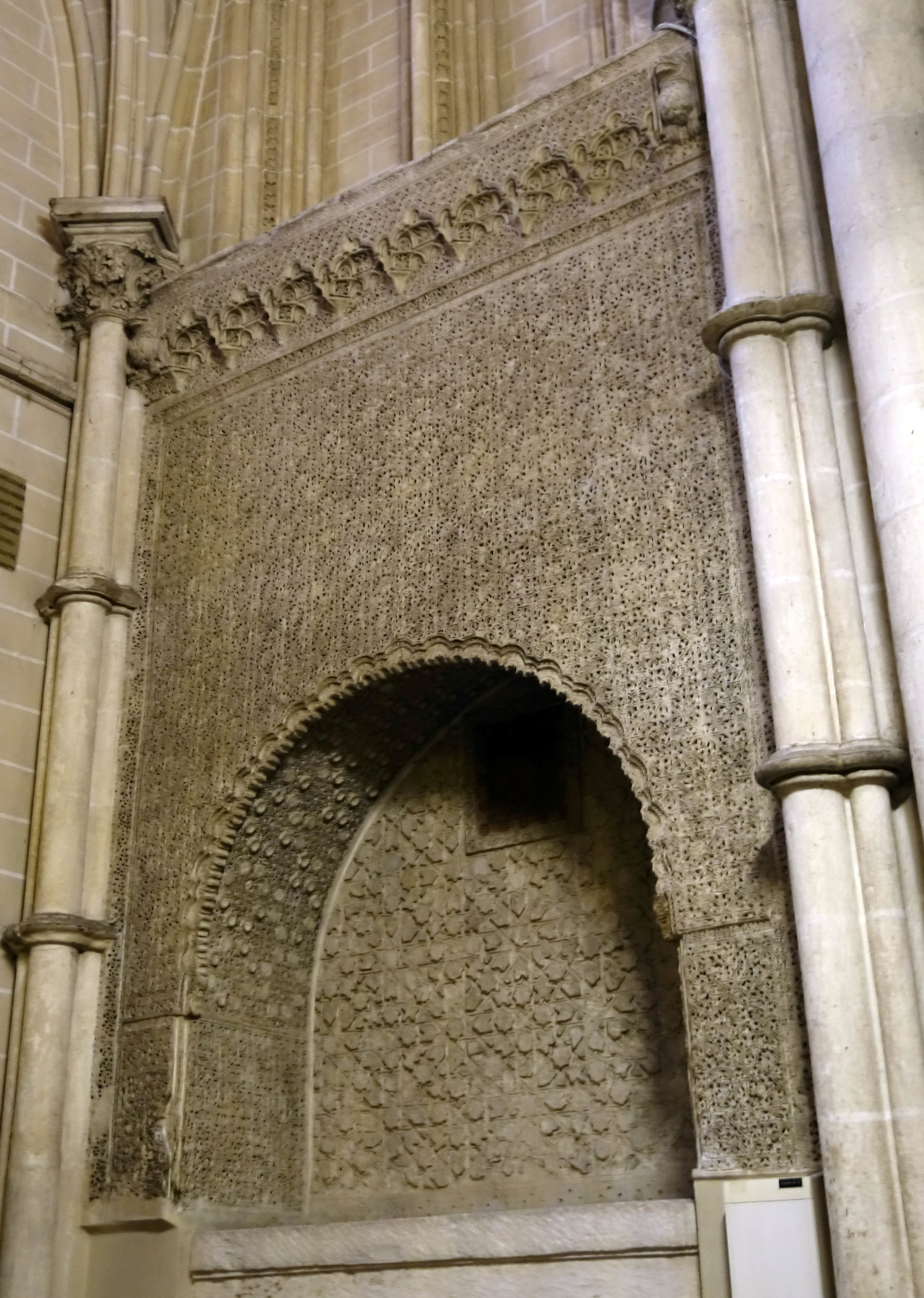
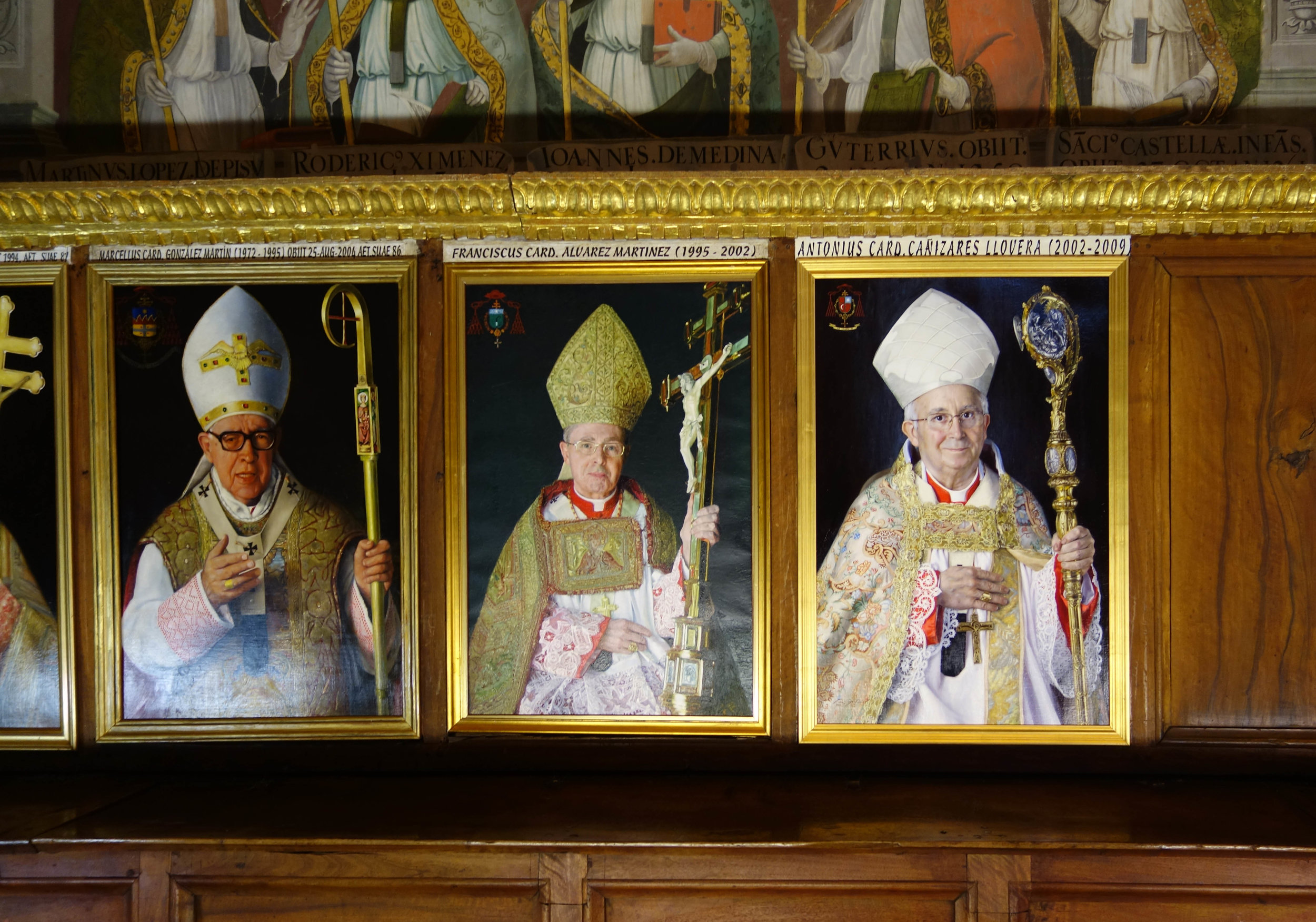
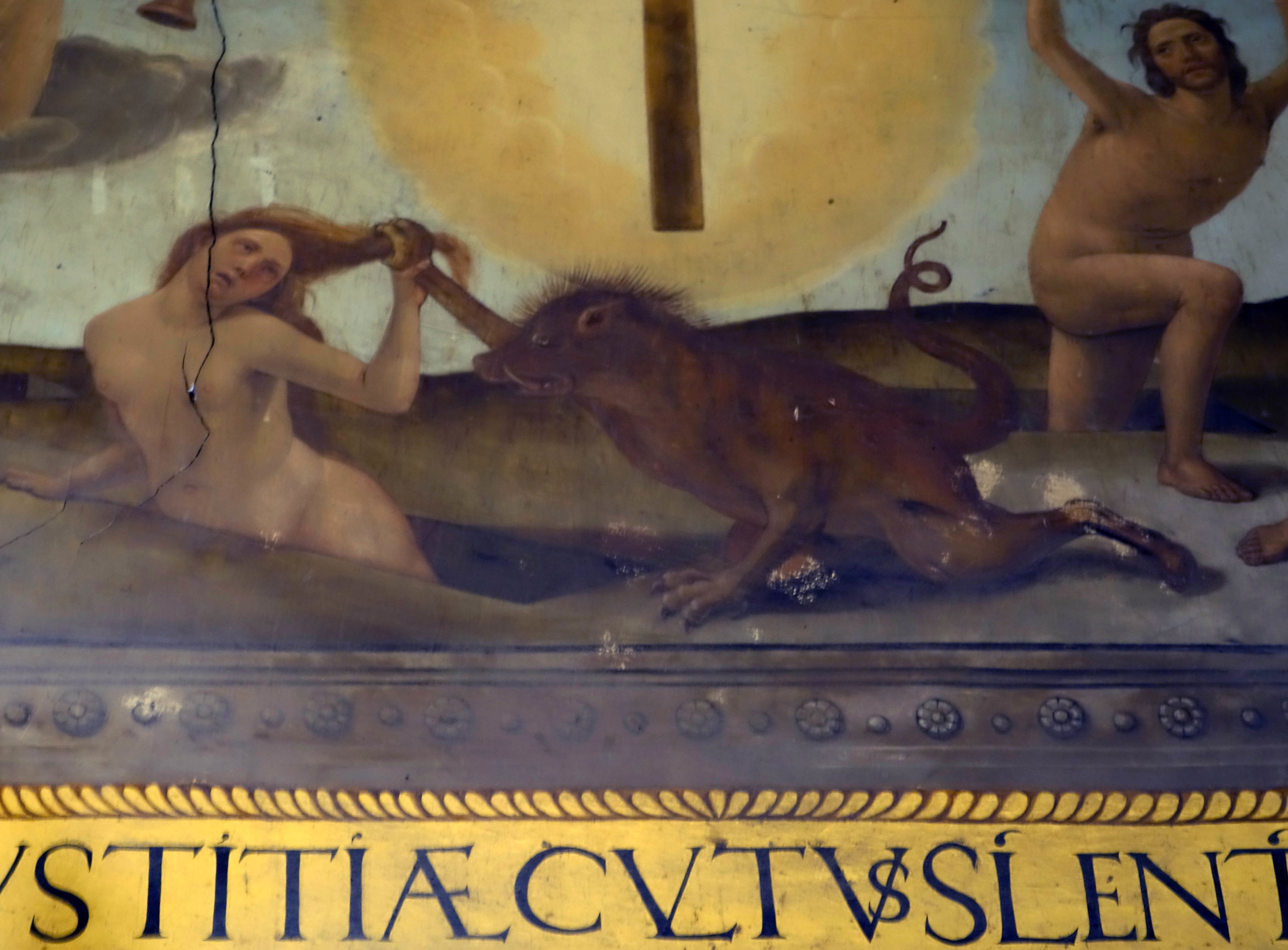
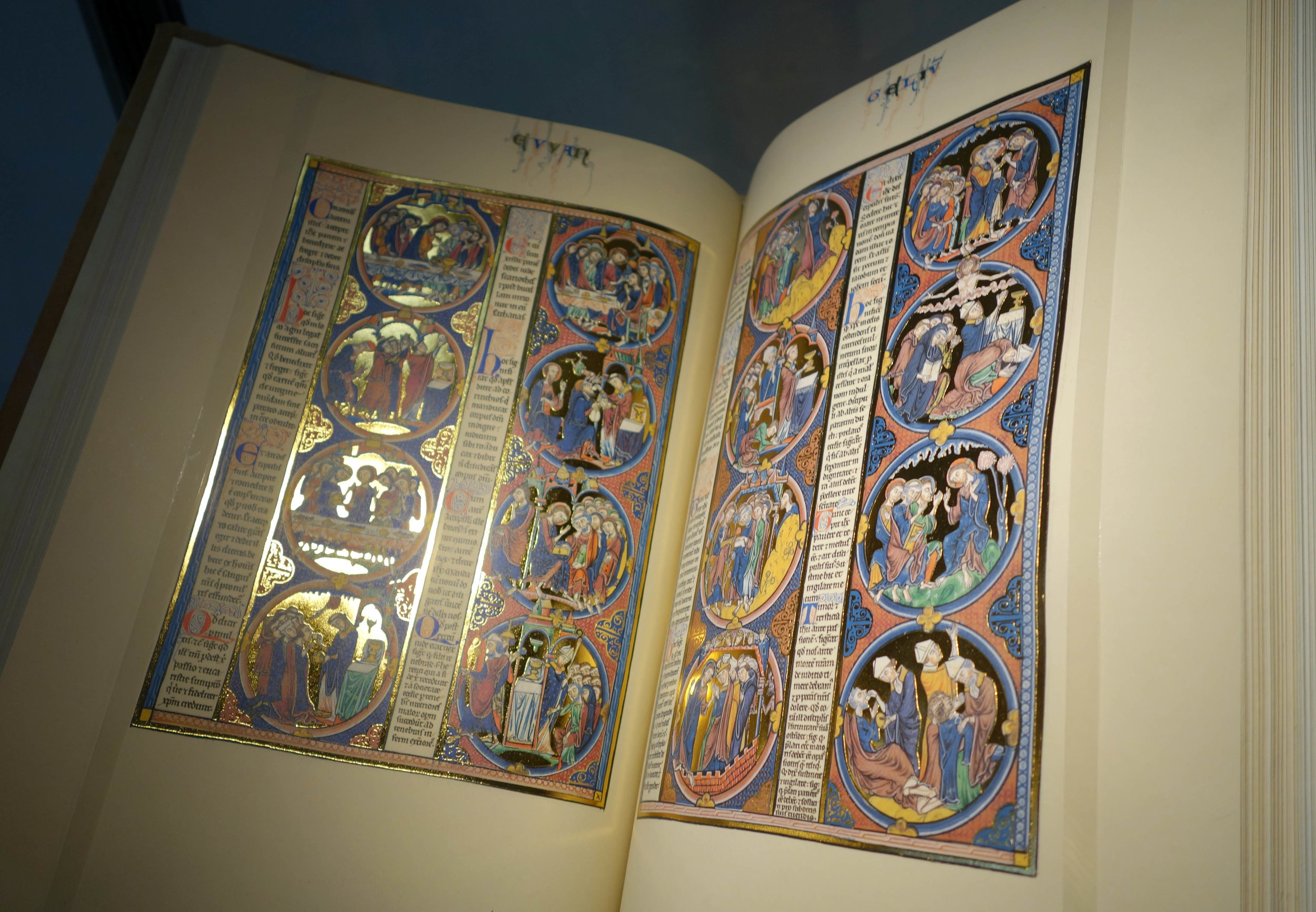
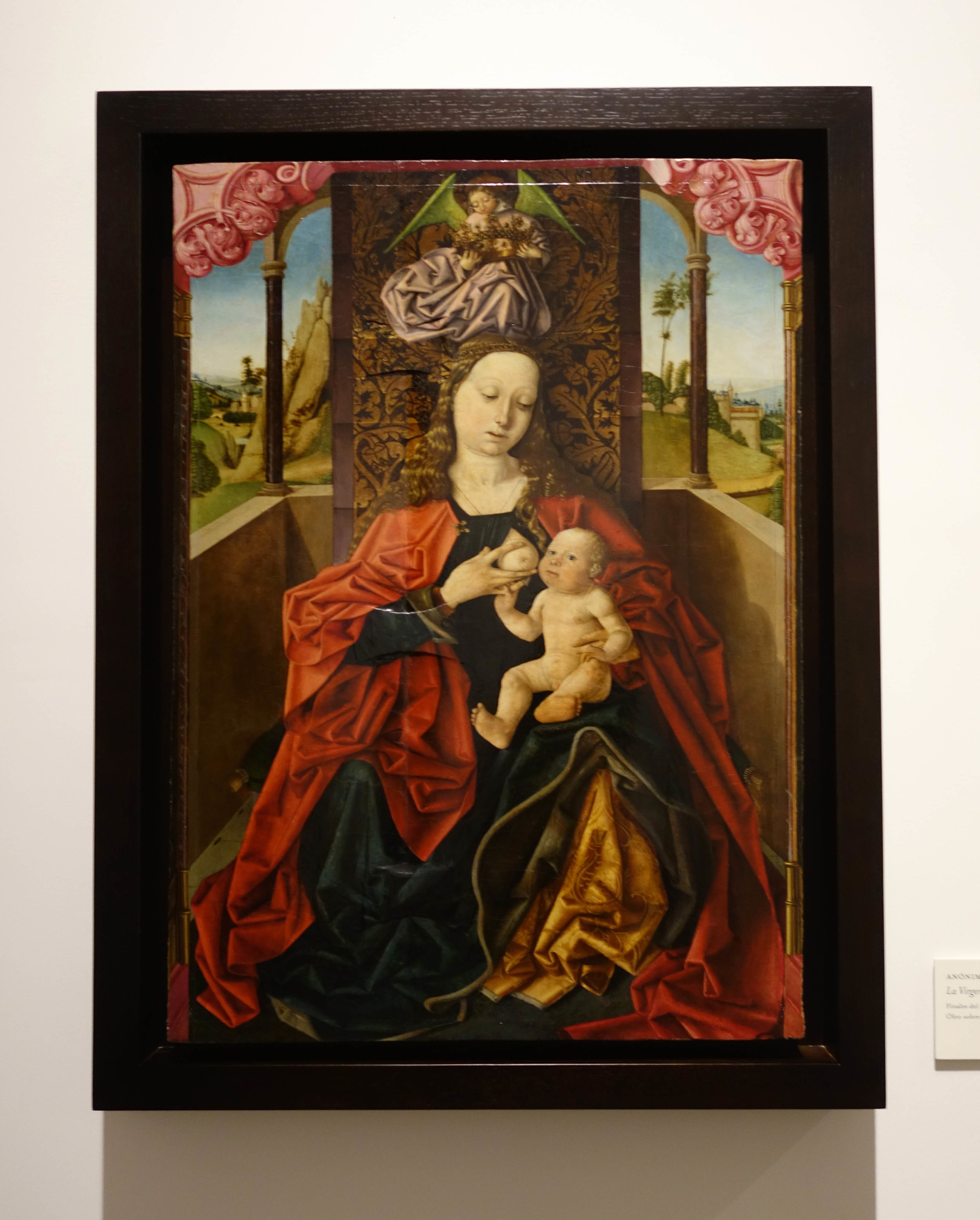
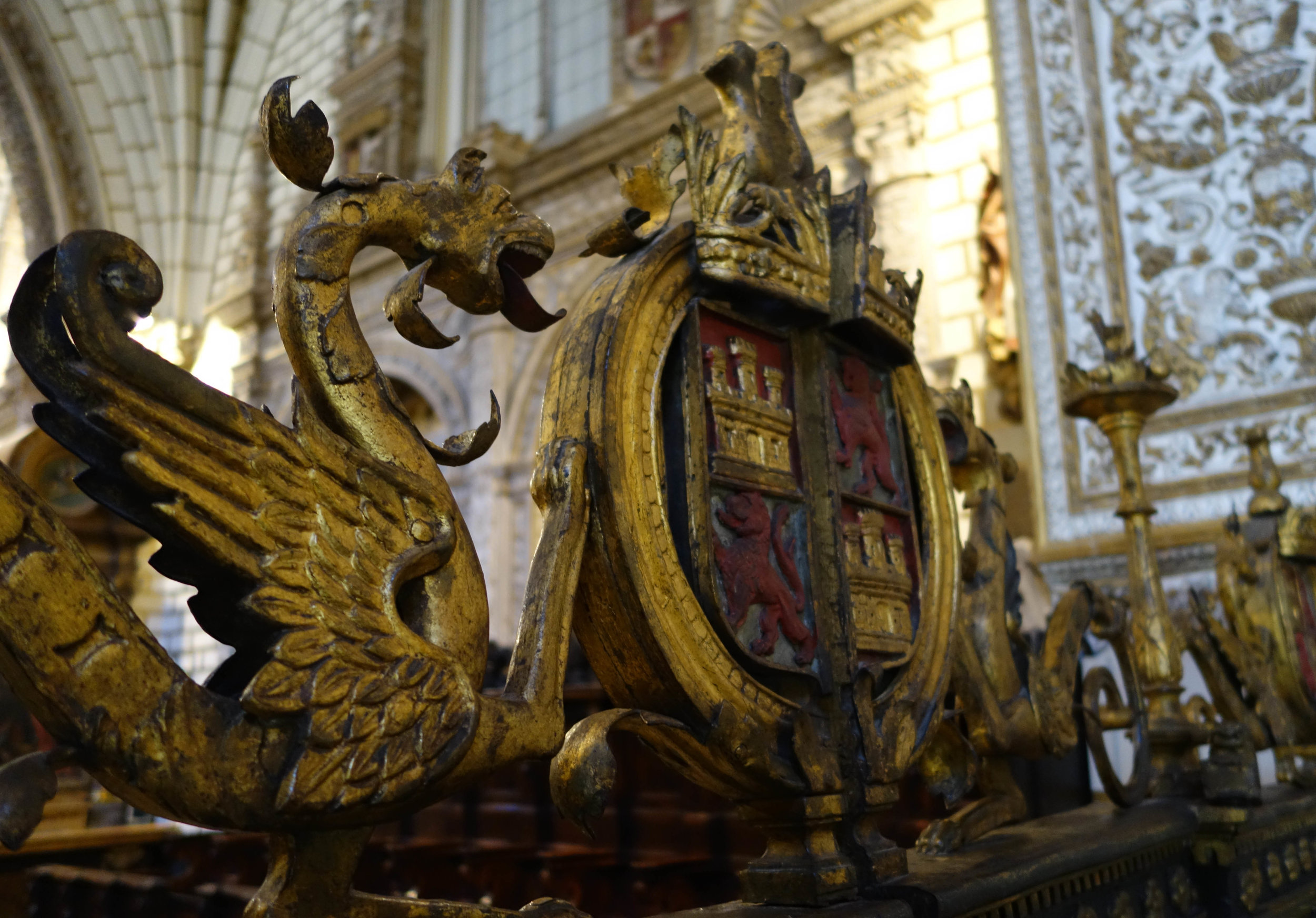
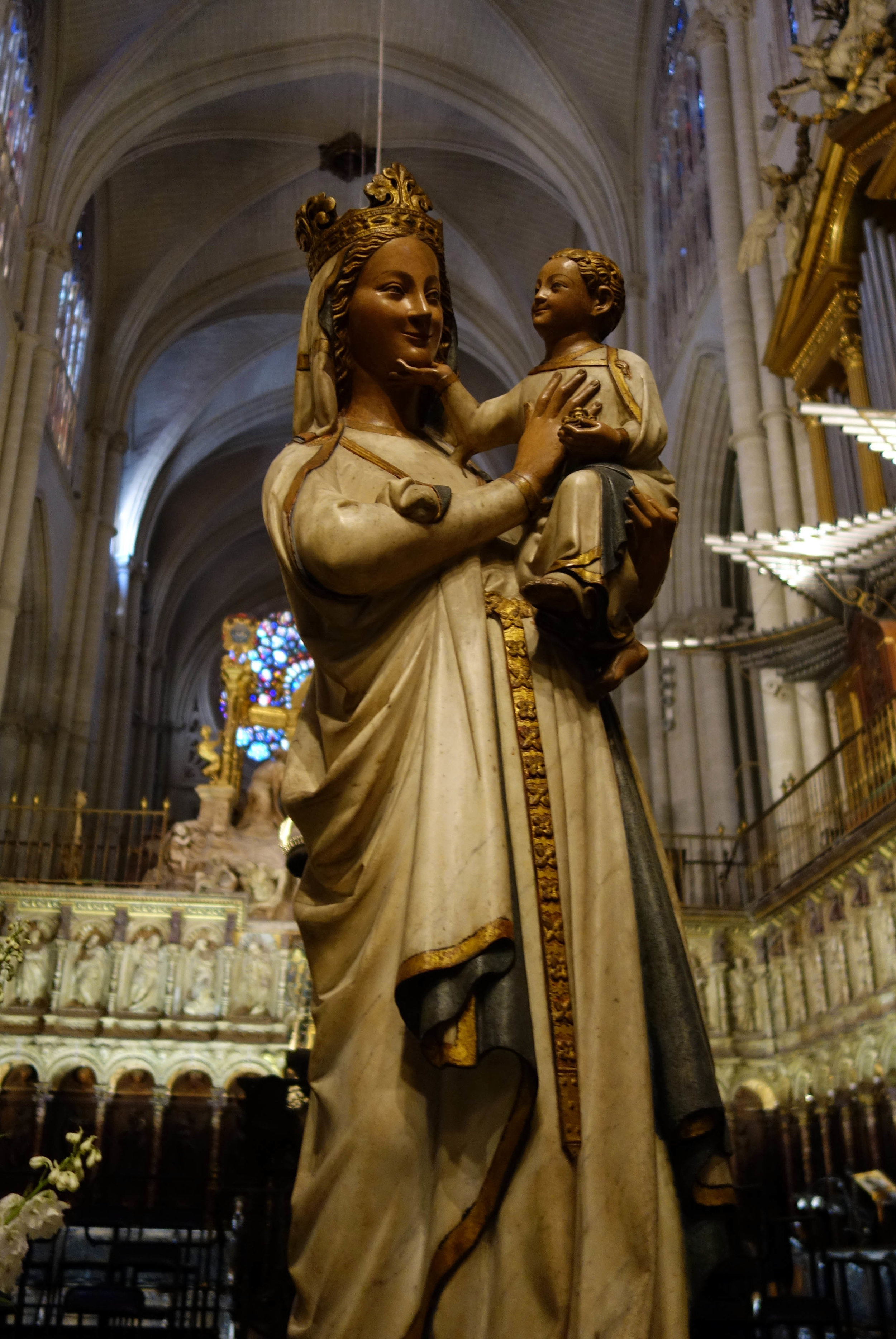
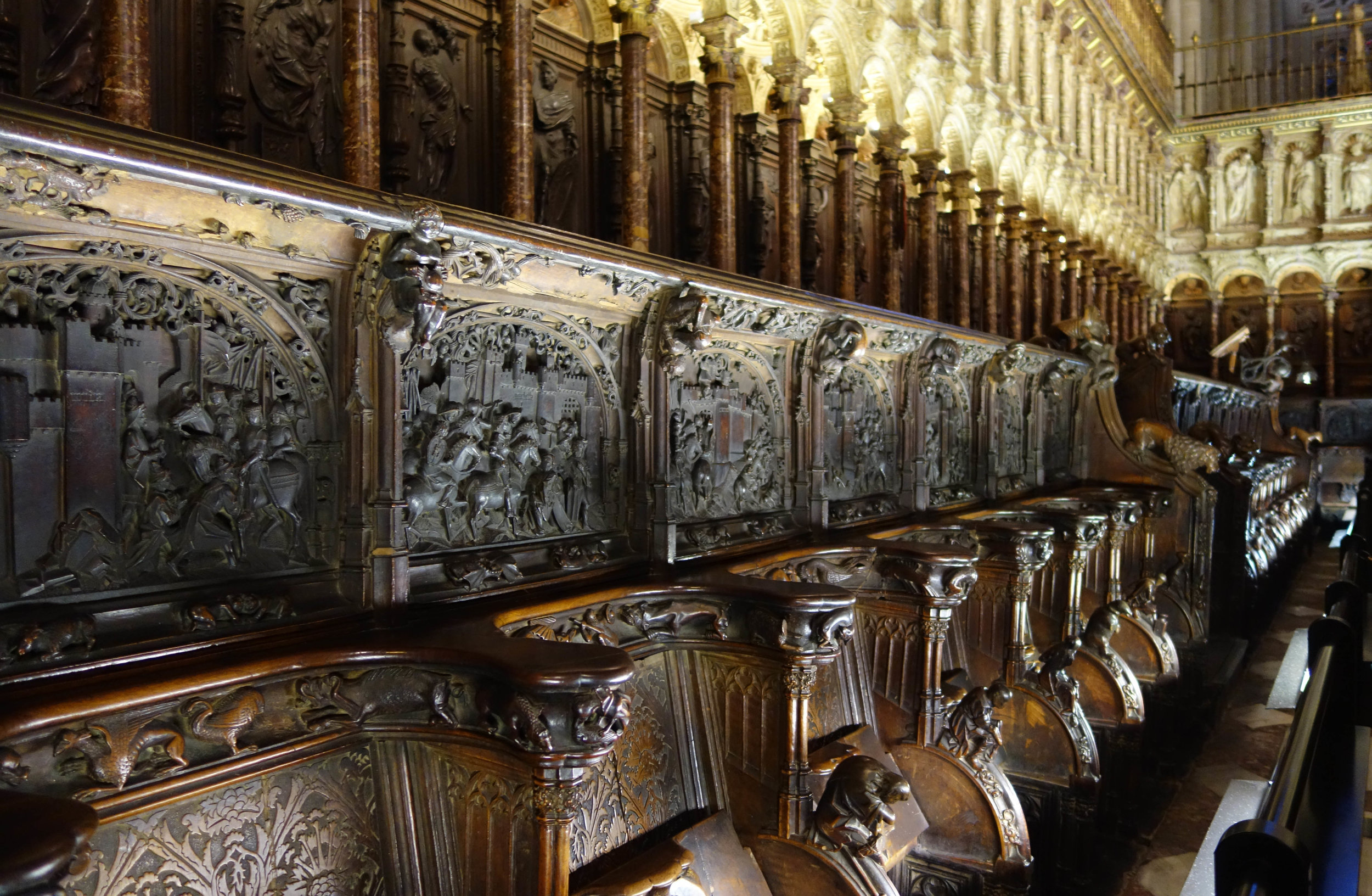
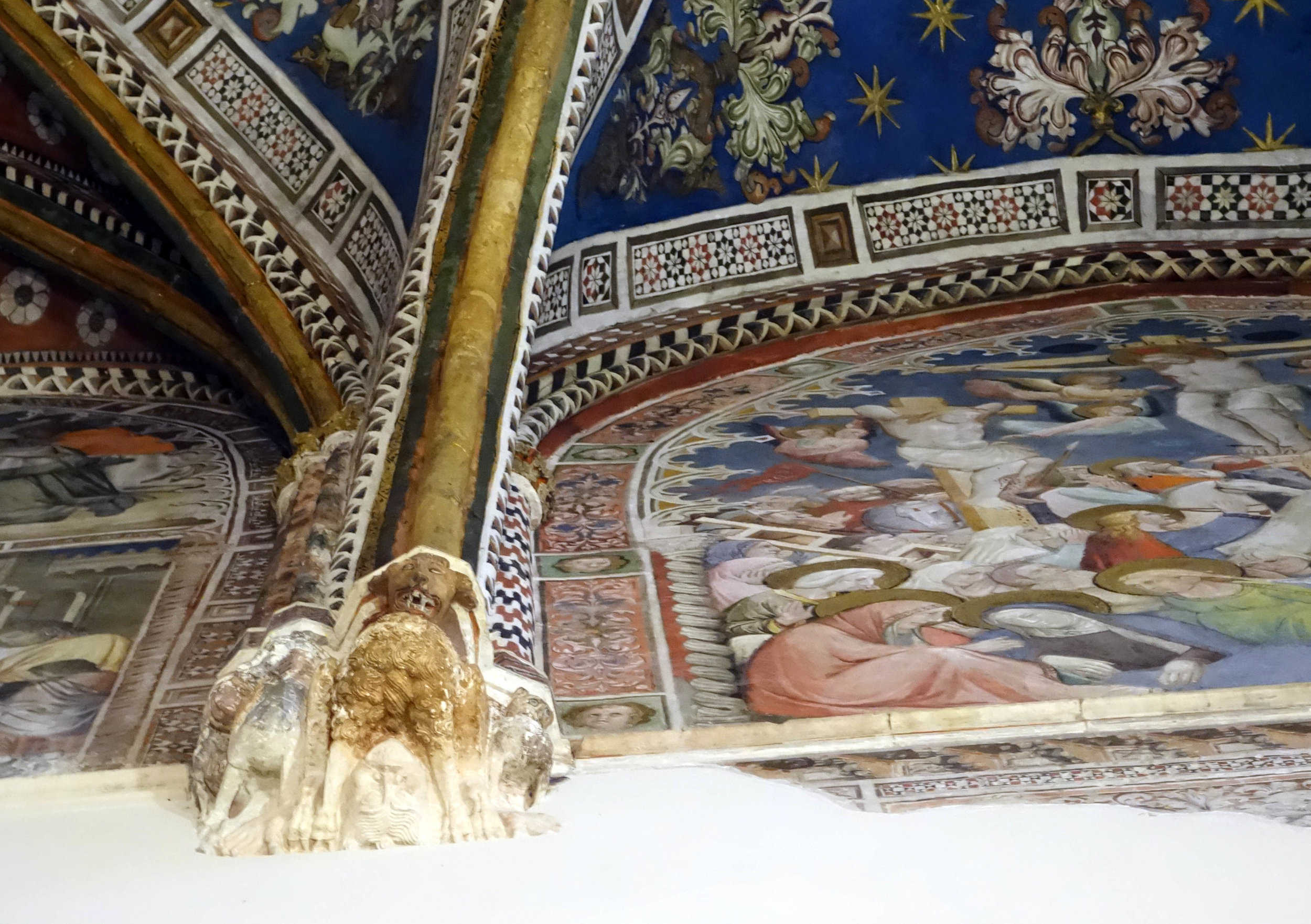
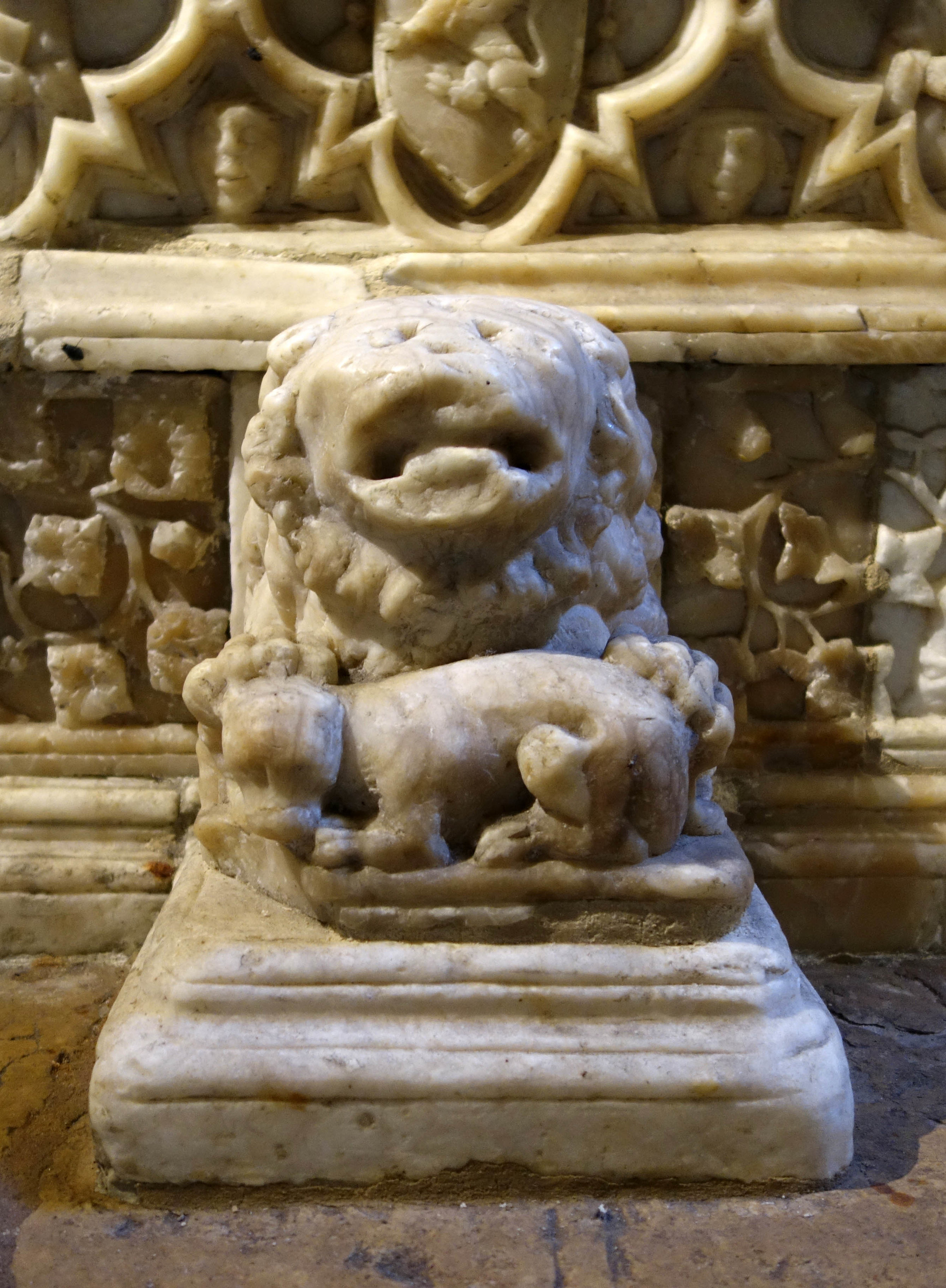
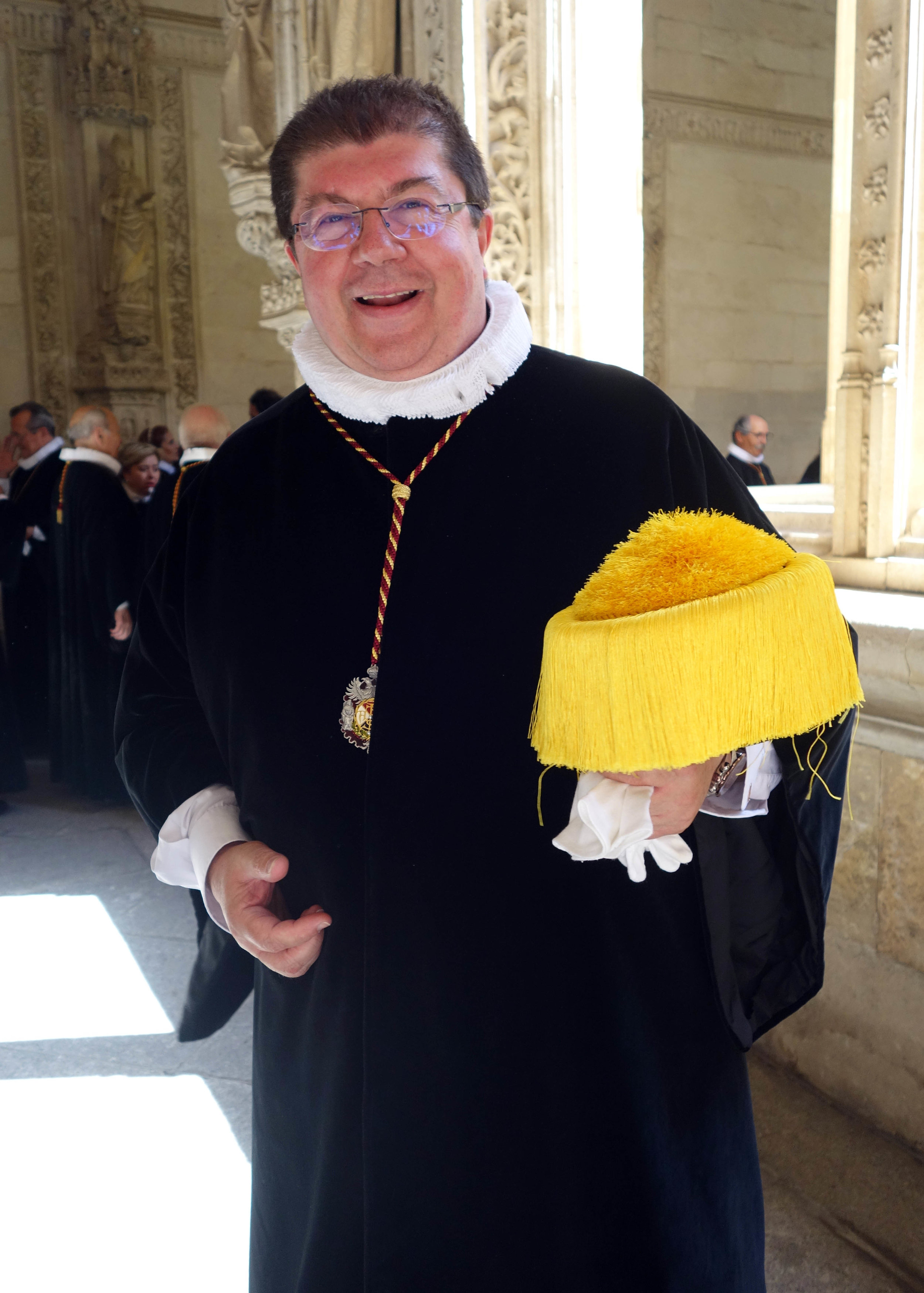
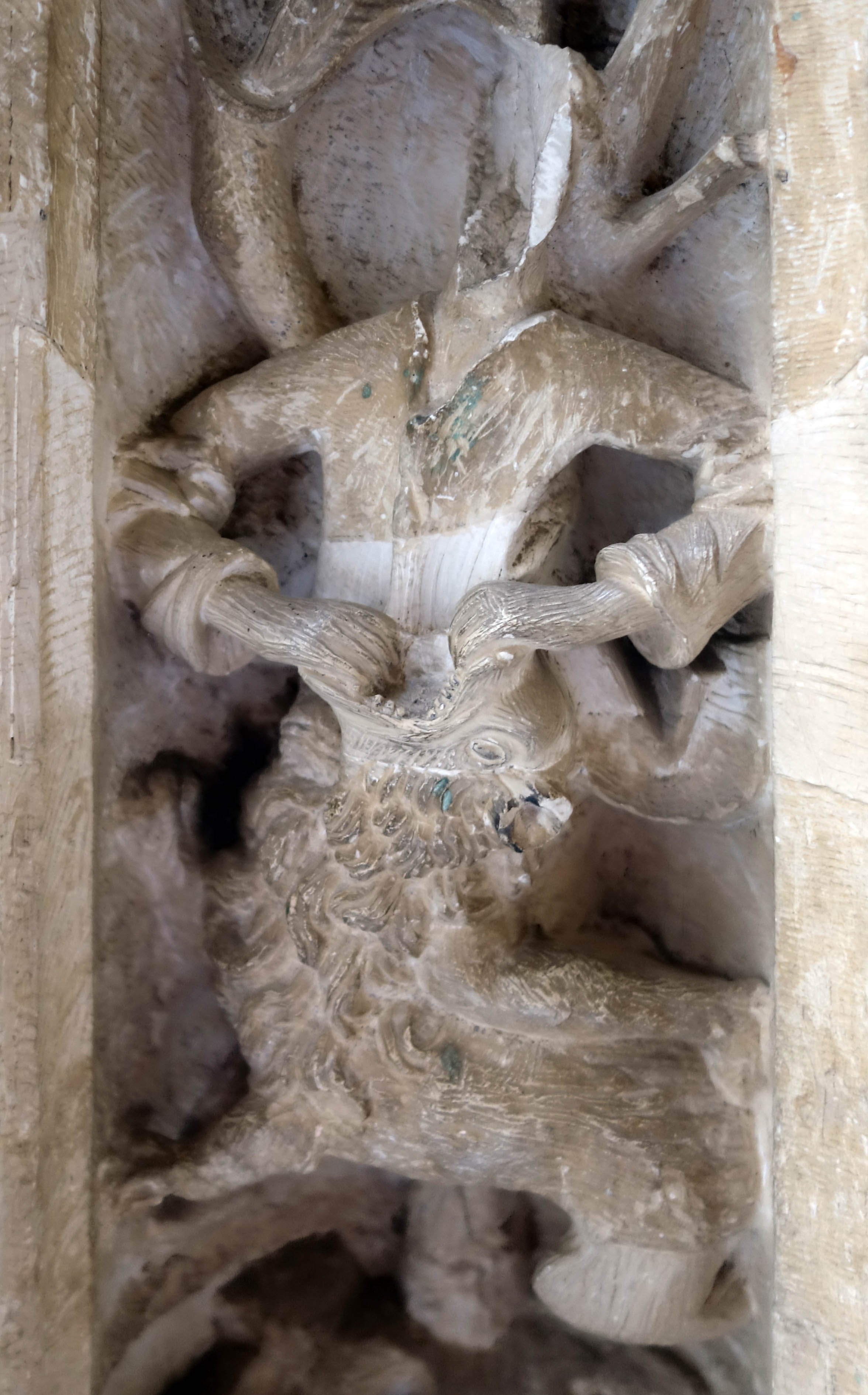

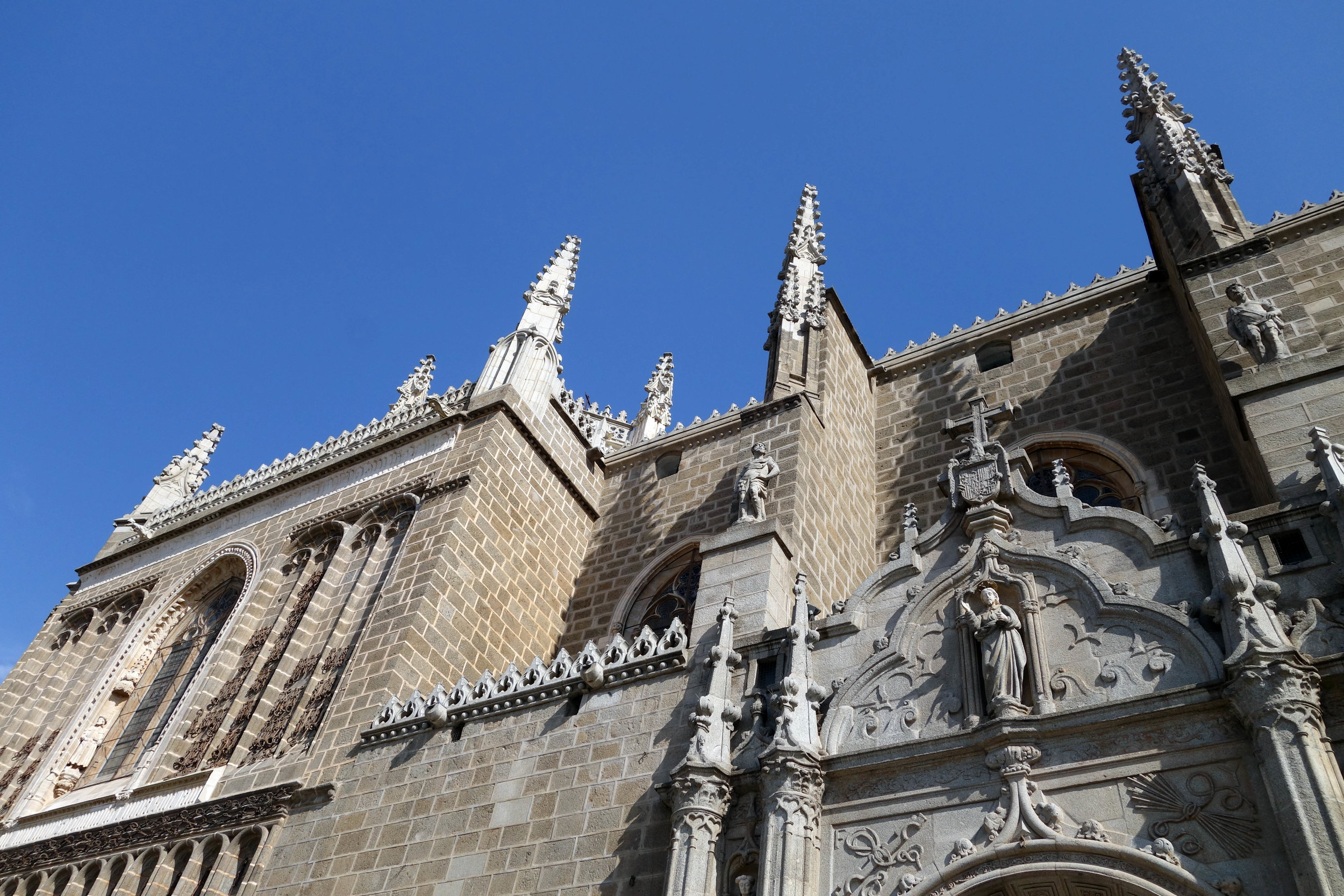
Intercambiador ACART Residency Journal 3 - New Artwork!
When I skyped with Juan about coming here, he mentioned that some of my work that interests him the most are my interactive plant pedestals. I really enjoyed making those, but I made those in graduate school - a period in which I spent almost all my time making artwork and had access to a large woodshop and other facilities as well. Now that I teach and often only really produce work during the summers and while on residency, it's much simpler to create more transportable (and easily exhibitable, which is a bonus) two-dimensional work. I've started to push back at that limitation already - my pieces that I made in France are so delicate that showing anywhere other than locally is pretty difficult, and the sculptures I made earlier this summer in Portugal are even more fragile due to the found branches and lichens I used. I decided I'd take Juan up on the challenge to create some new interactive plant pieces, and began brainstorming even before leaving for Europe.
The clay I helped Dr. John Pojman create, 3P QuickCure Clay, is waterproof, and that's an angle I've been wanting to explore for a while. I decided I'd like to create a sculpture that I'd then house in a glass container underwater, and as algae grew in the container, as algae tends to do when provided with water and sunlight, the sculpture would become partially or totally obscured - except I would coat the sculpture in a glow-in-the-dark powder and provide viewers with a black light to set the sculpture aglow. Even back in Portugal, I'd briefly toyed with the idea of sculpting Balancing Act (my painting of a tower of snails), but then I thought I'd save it for this project instead.
So when I started work in the studio, I began sculpting snails.
A sculpture is different from a painting, though, and in order to have the 3D version of the tower actually stand on its own, I couldn't have the bottom snail be upside down. I didn't want them all to be upright, either, though... so I decided to have one snail be on its side and have that snail be on the bottom of the tower in a nod to the potential instability of all the rest.
After assembling all my individual snails into a tower, I hastily patted some glow powder onto it and cured it (the tower was moderately unstable while uncured). I thought the amount of glow powder that actually adhered to the clay wouldn't be sufficient for my purposes, so after thinking about it for a day, I sprayed it several times with an aerosol satin varnish and each time before the varnish dried I added the glow powder to it until I felt I had a fairly solid coating.
As all this was going on, the fountain water I had collected from the Real Jardín Botánico had been sitting in the window, slowing growing more algae. Once the sculpture's coating seemed dry, I put it into a glass vessel I had purchased from a Chinese bazaar and poured the fountain water (and some additional tap water) in.
The piece will hopefully be ever evolving as the algae grows, but it's already far enough along for me to share some photos!
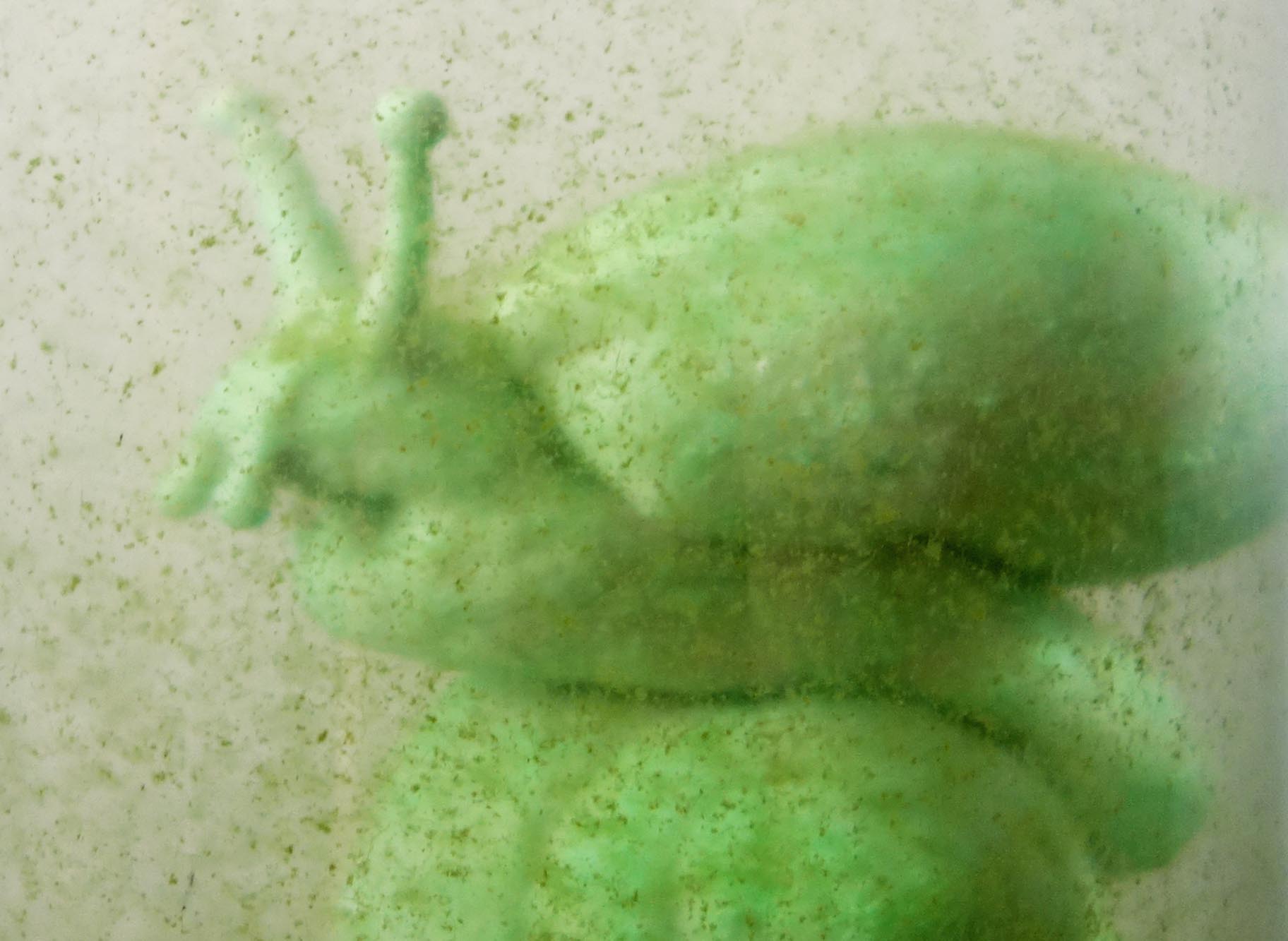
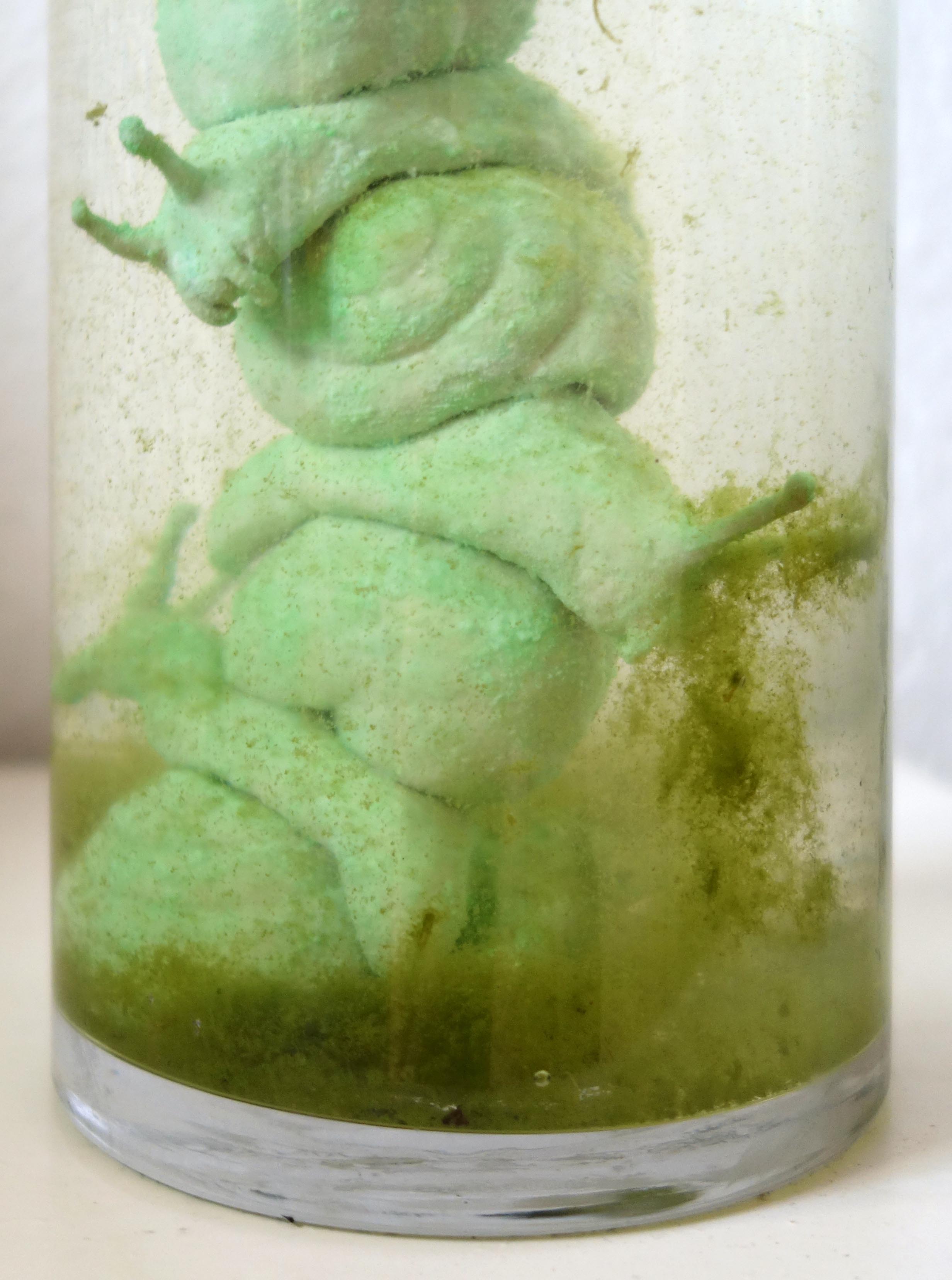
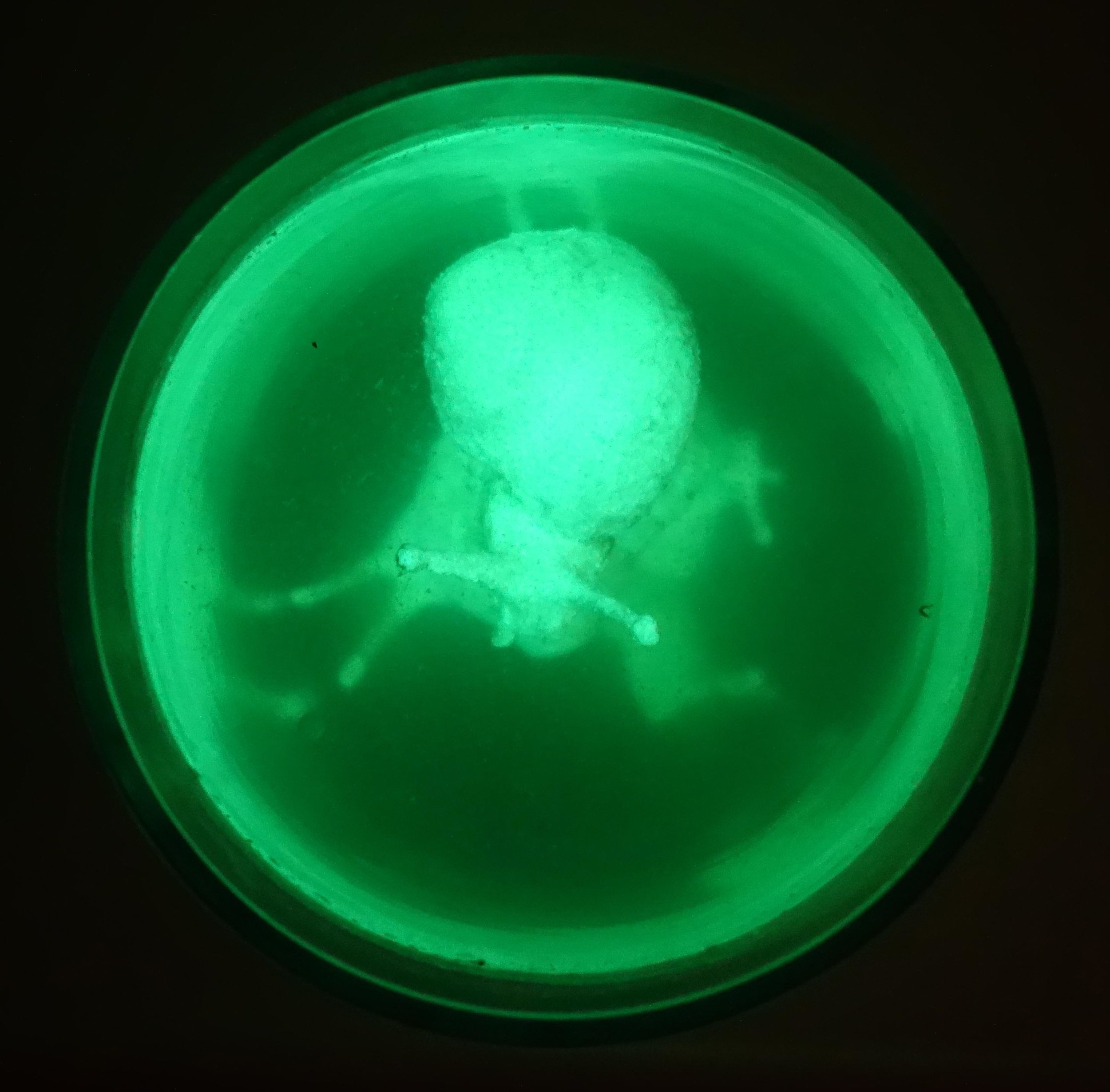
Intercambiador ACART Residency Journal 2
On Sundays in Spain, many shops are closed. There is, however, a giant market that is held every Sunday called the Rastro. It spans many city blocks, with tents selling various types of clothing, books, movies, magazines, antiques, jewelry, and more. Various bars and bakeries in the Rastro stay open as well to cater to the crowd. I told Fari we had to go there my first Sunday (which was my seventh day in Madrid), since she hadn't even heard of it. We went to the La Latina metro stop on Line 5 of the metro, and entered the Rastro. Fari thought she would want to shop for different things than I did, so we set up a time to meet back at the metro stop and then parted ways. Since I knew I would come back perhaps every Sunday or at least several more, I mostly just browsed and took stock of what was offered in multiple places and what was more unique. By the time we met back up, I'd only purchased a small antique Spanish tile - I spent six euro on it. Fari had purchased a few things, though, including a decorative Indian sheet, a pair of pants, and a loose housedress. I had gotten to our meeting place slightly before her and had time to check my phone for any vegetarian-friendly places nearby, so for lunch we went to a small place called Pura Vida. I really liked it - they give you a free tapas plate of vegetarian paella with a drink order and we also split a trio of salads with bread.
The following day was when Intercambiador ACART held our artist presentations, wherein interested members of the public can come listen to us talk about our artistic practices. Fari and I were joined by a South American artist named Tamara who has a studio space in the newly opened studio we visited a few days previously.
After another day in the studio (I'd spent a fair amount of time there already in the previous days), Fari and I took a day trip to Toledo. I've been there before back in 2007, but it was great to see it again. We spent most of the time there taking in the huge cathedral (with artwork by a number of great artists including El Greco), eating lunch, and just wandering and shopping around the streets between the cathedral and the downtown square. Fari and I ate and shopped independently, mostly because she was starving and left the cathedral earlier than I wanted to so she could get food. I ate at a vegetarian restaurant called Madre Tierra which I had googled, and had a very experimental salad with a frozen goat cheese that basically tasted like normal ice cream. It was interesting and I am glad for the experience but I wouldn't reorder it! We did manage to quickly poke around the monastery right toward the end, though, and there was some sort of honoring of recent doctoral candidates happening which was quite neat. Neither Fari nor I are great with directions, though, and we also had to locate and catch a bus back to the train station, so we headed back. In the end, we didn't get lost and we caught our bus right away, so we got to the train station way too early - a little less than two hours early! But our feet were sore, most of the tourist attractions and even some of the shops start to close around when we left anyway, and it's better to be early than miss your train!
Intercambiador ACART Residency Journal 1 Photos
Photos from my first few days in Madrid!
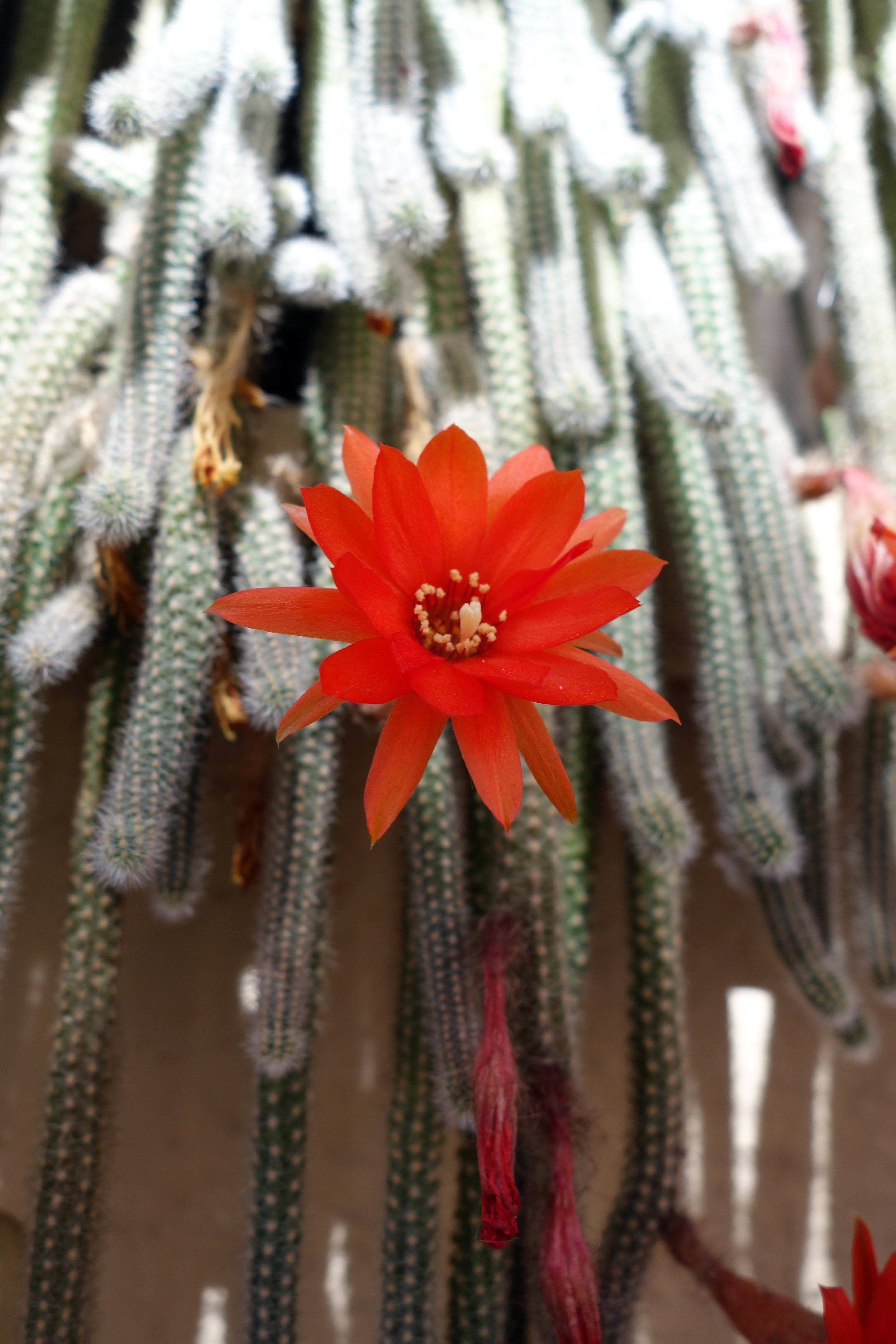
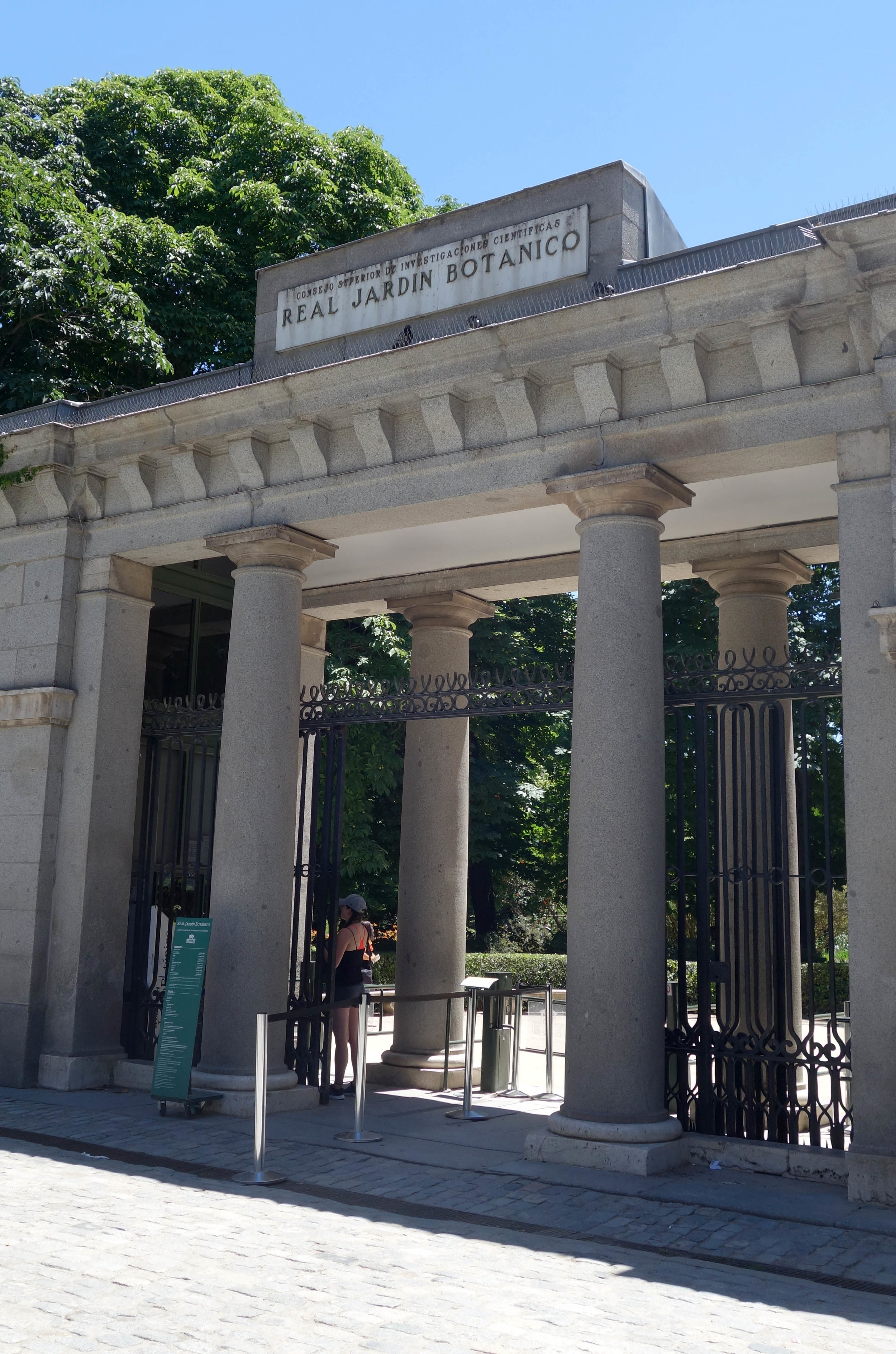
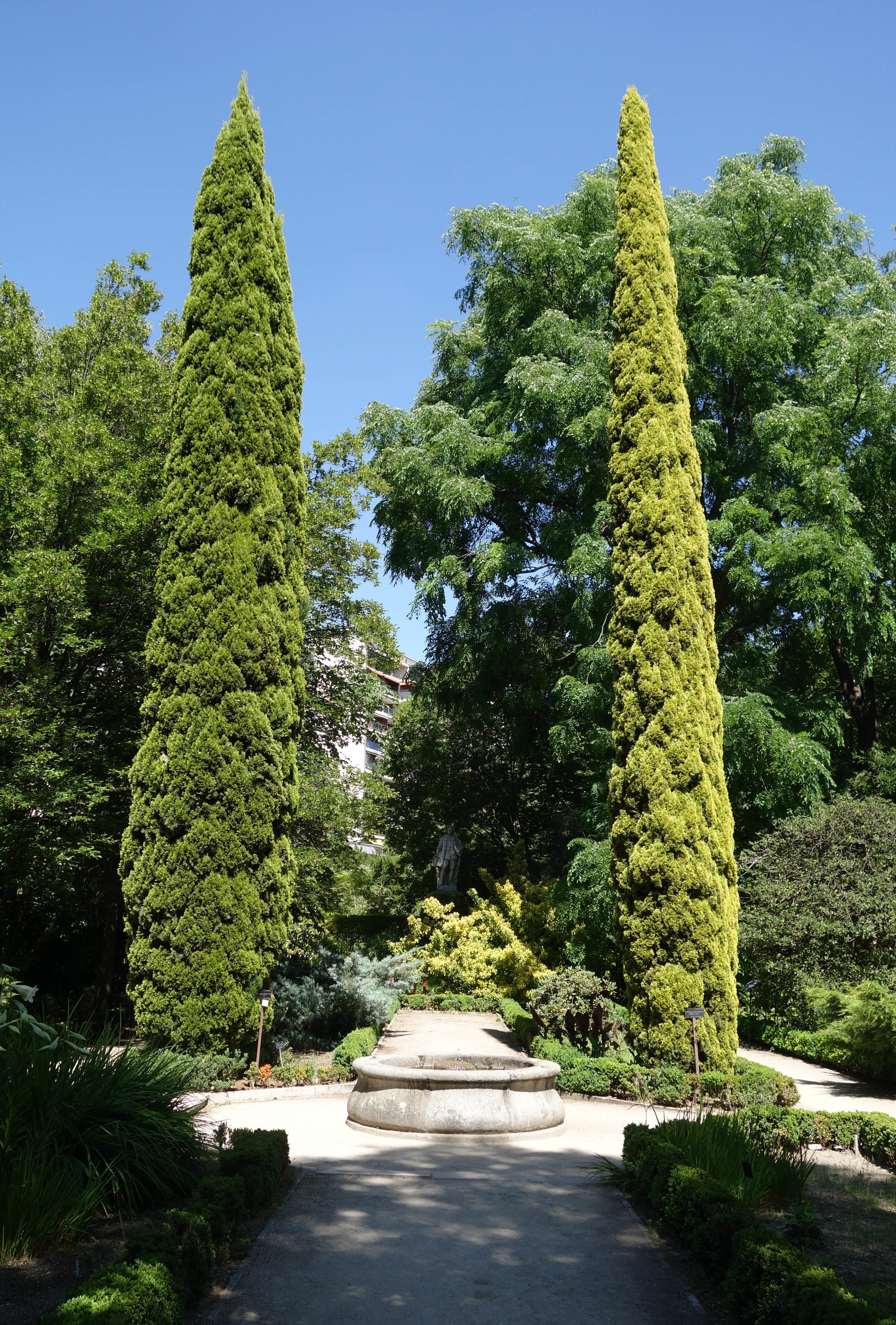
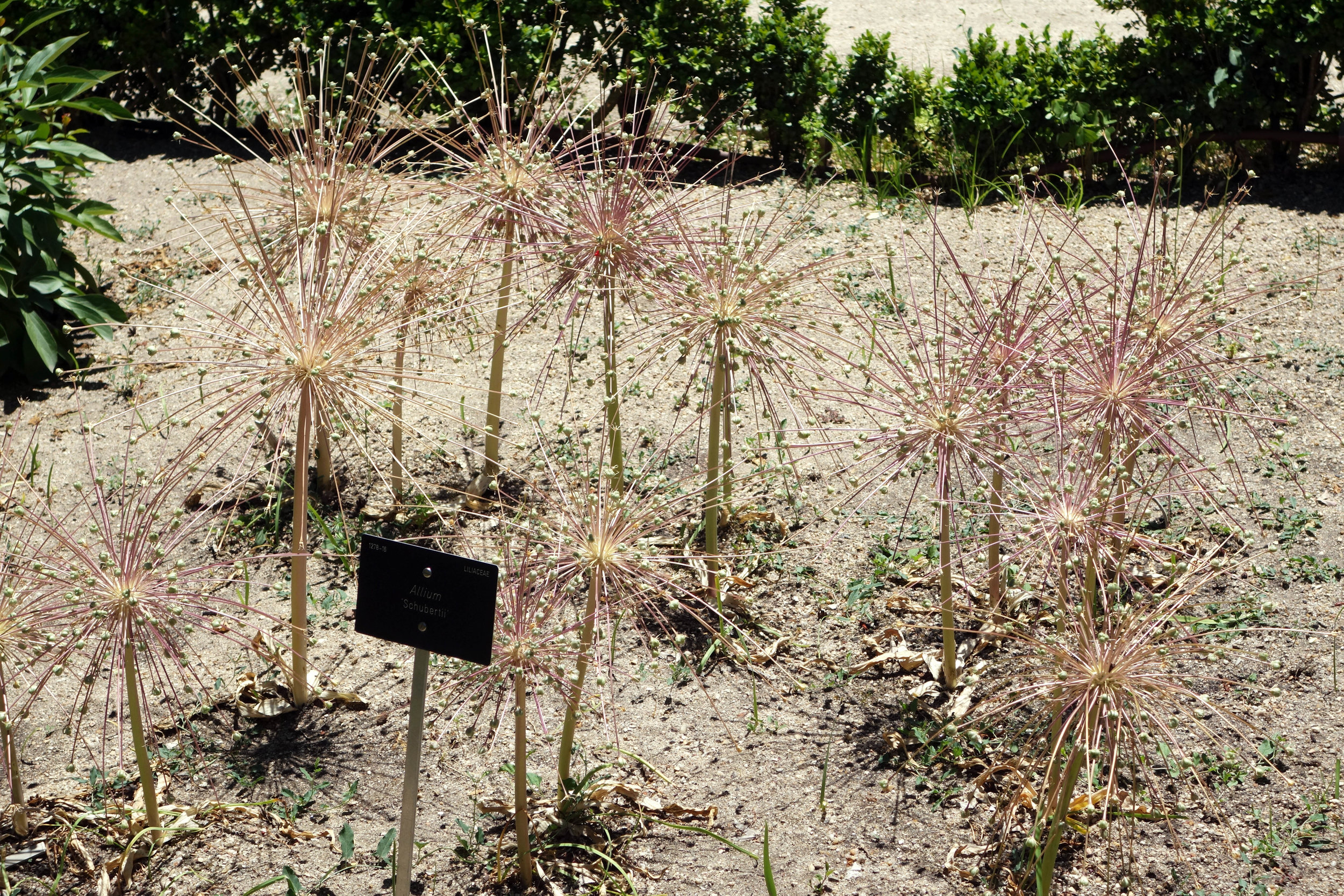
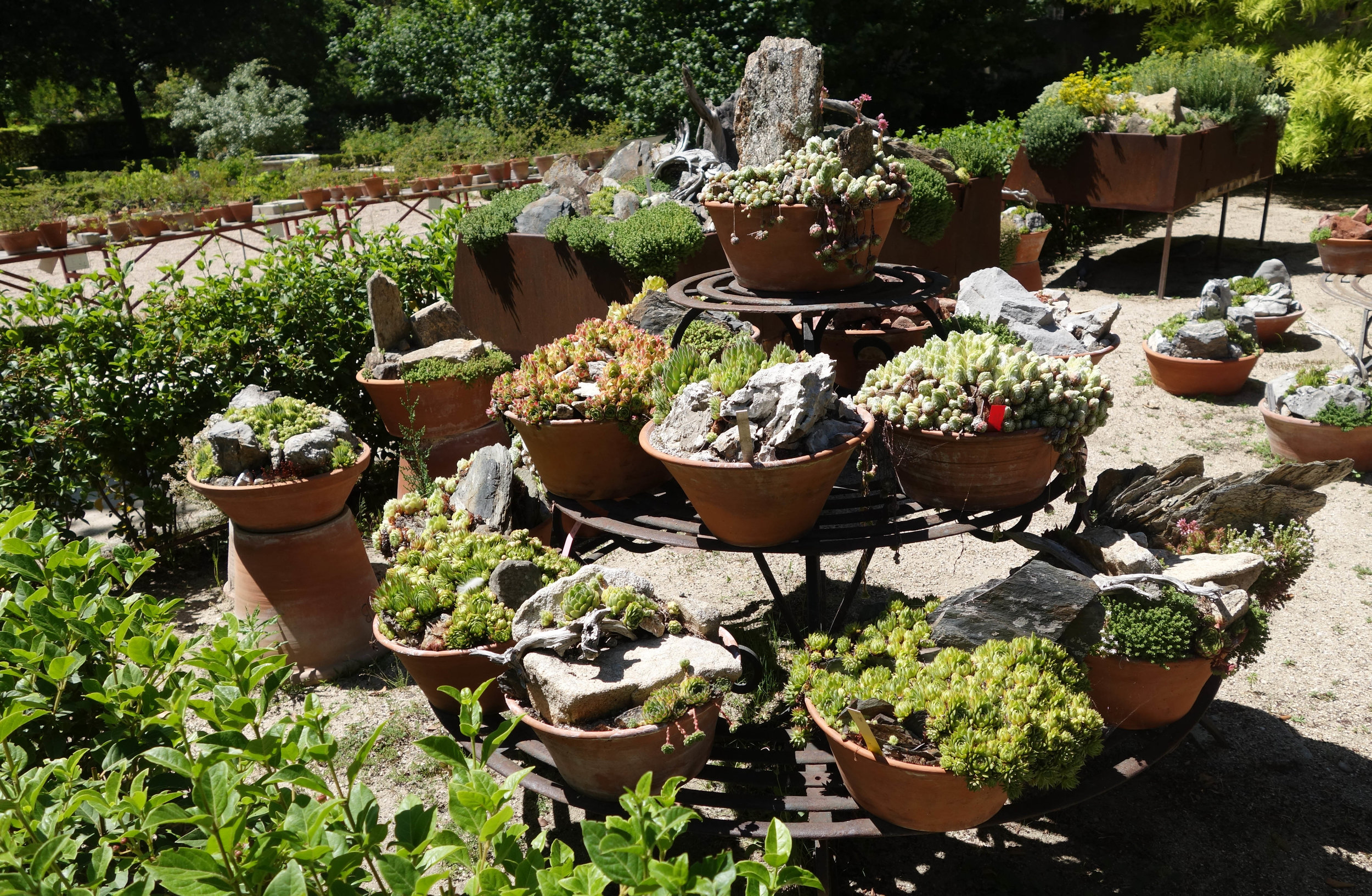
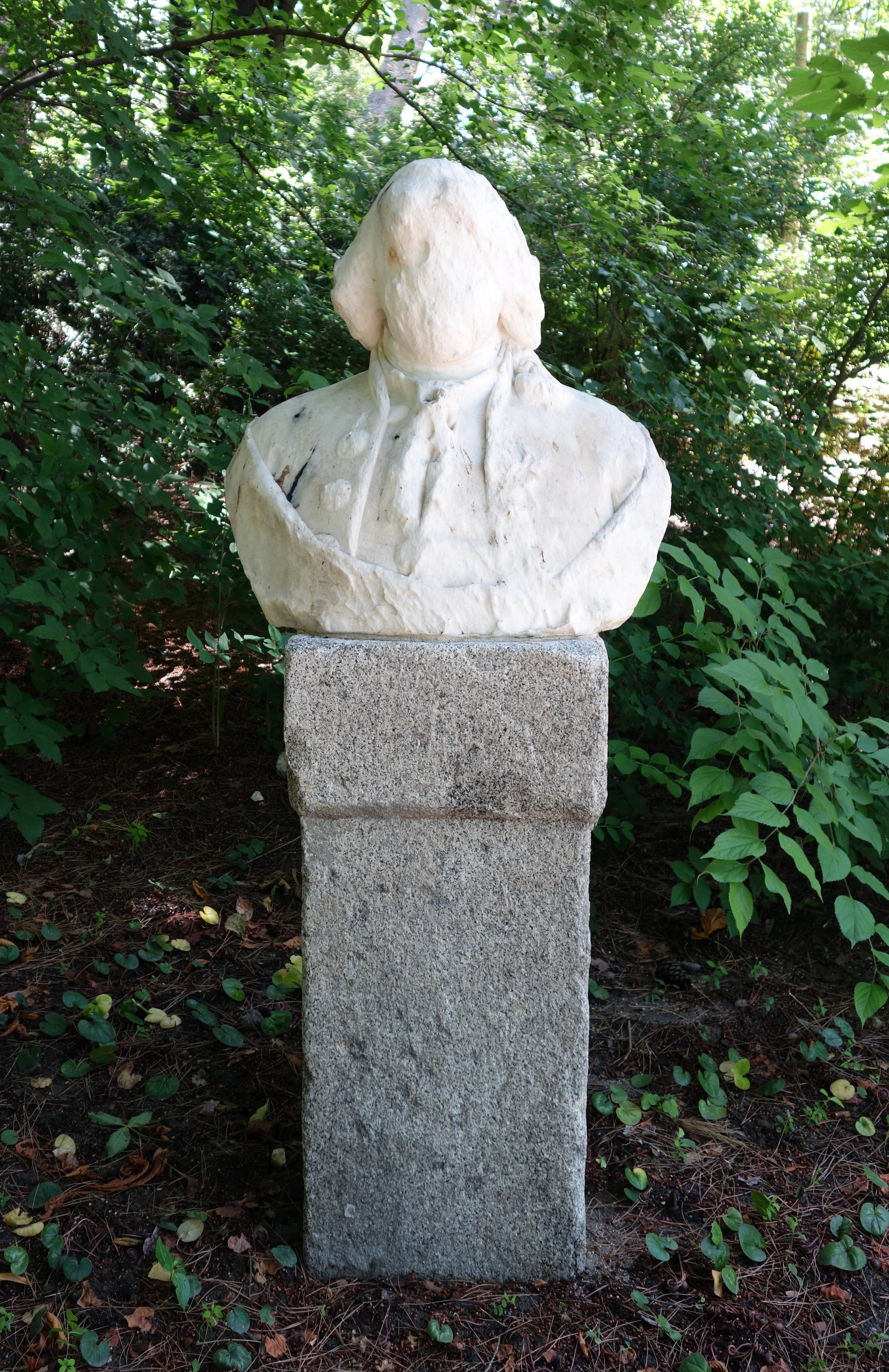
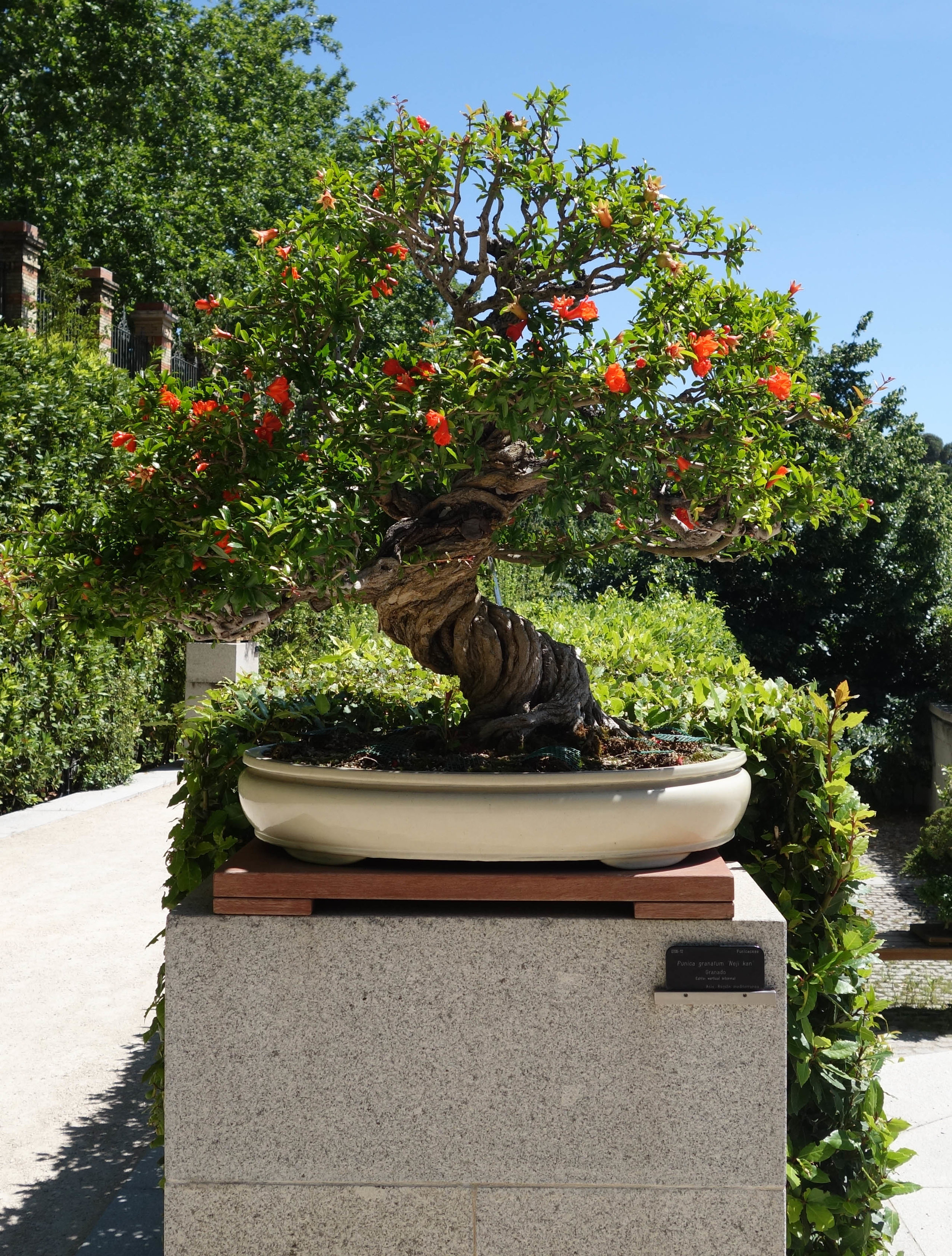
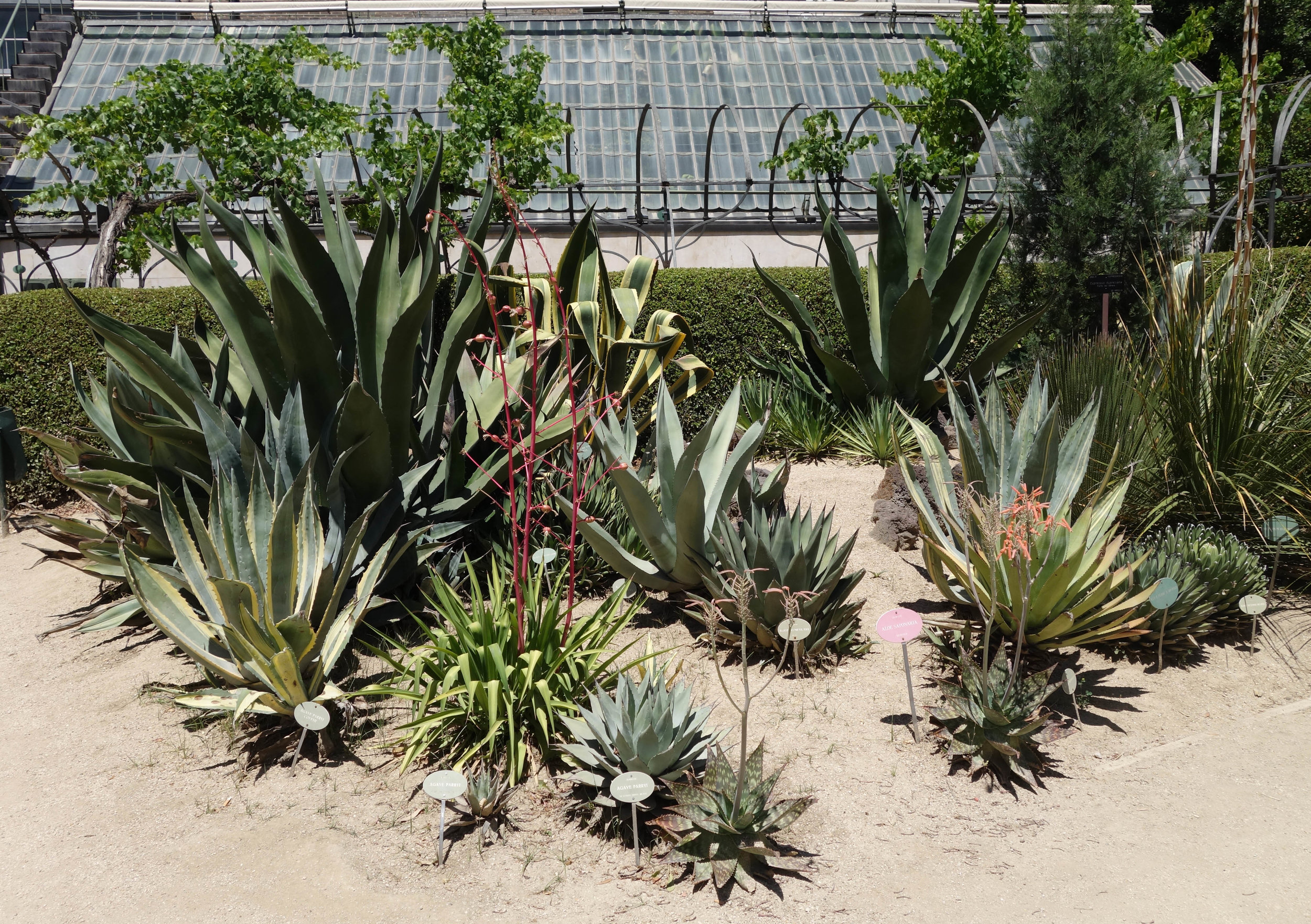
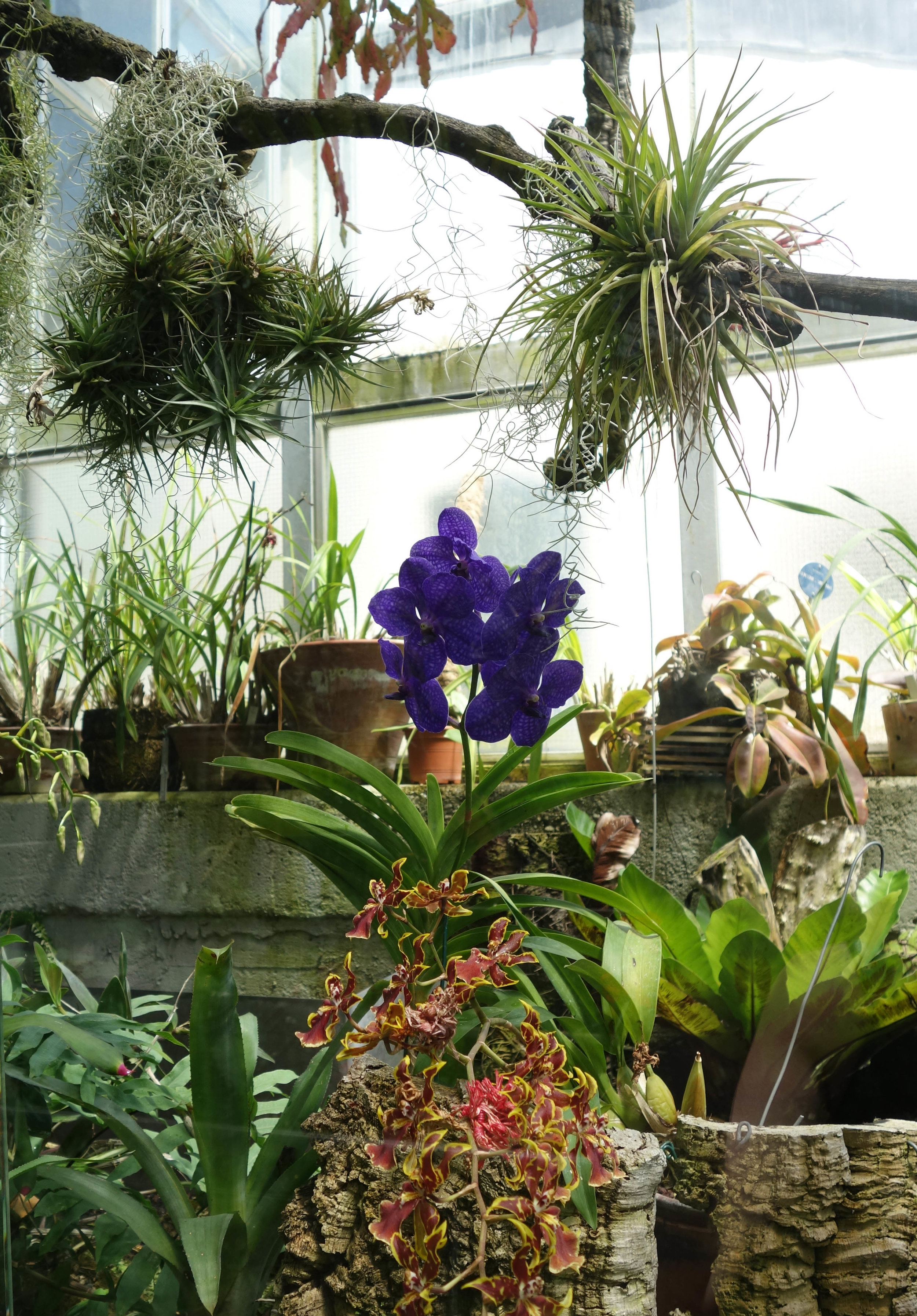
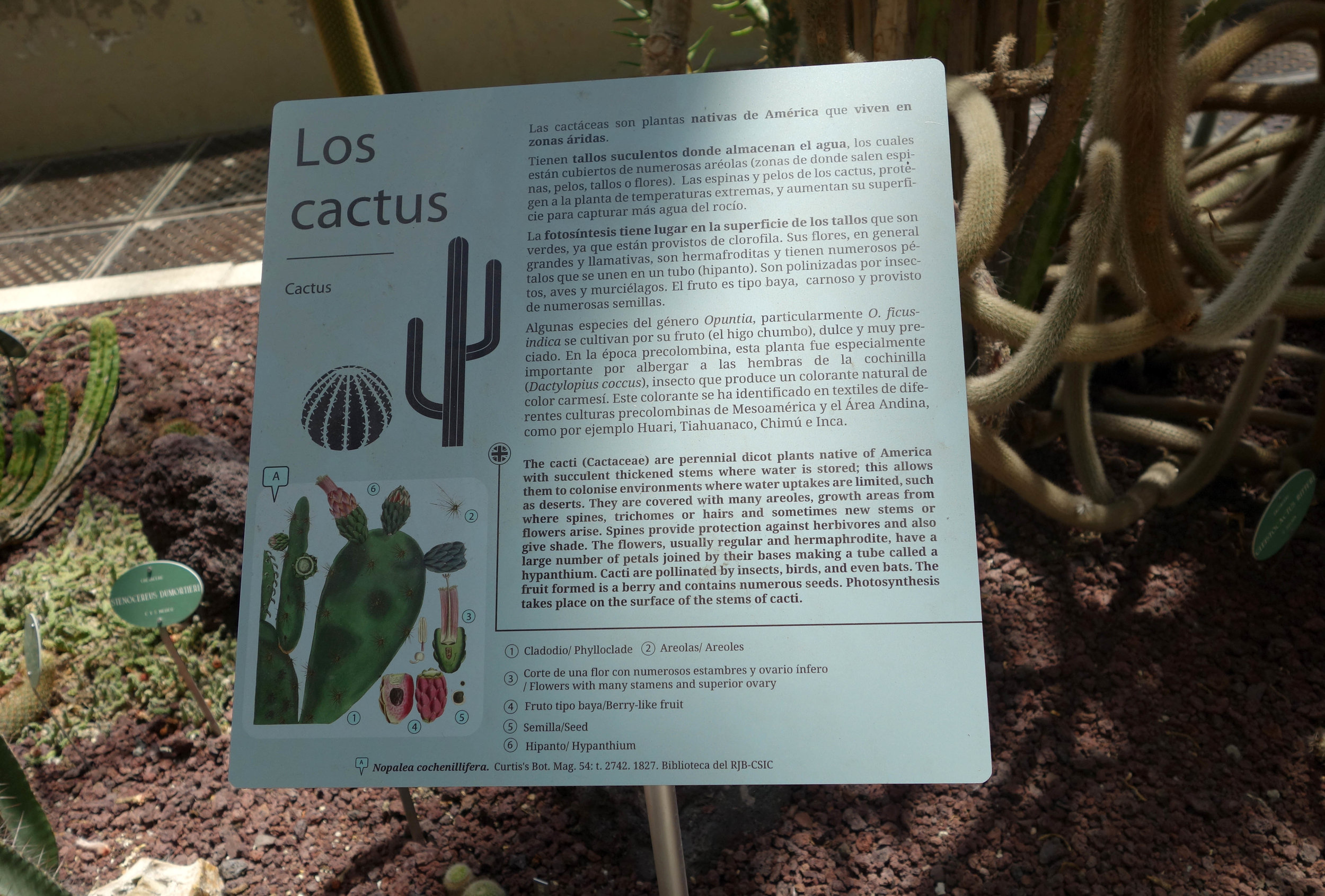

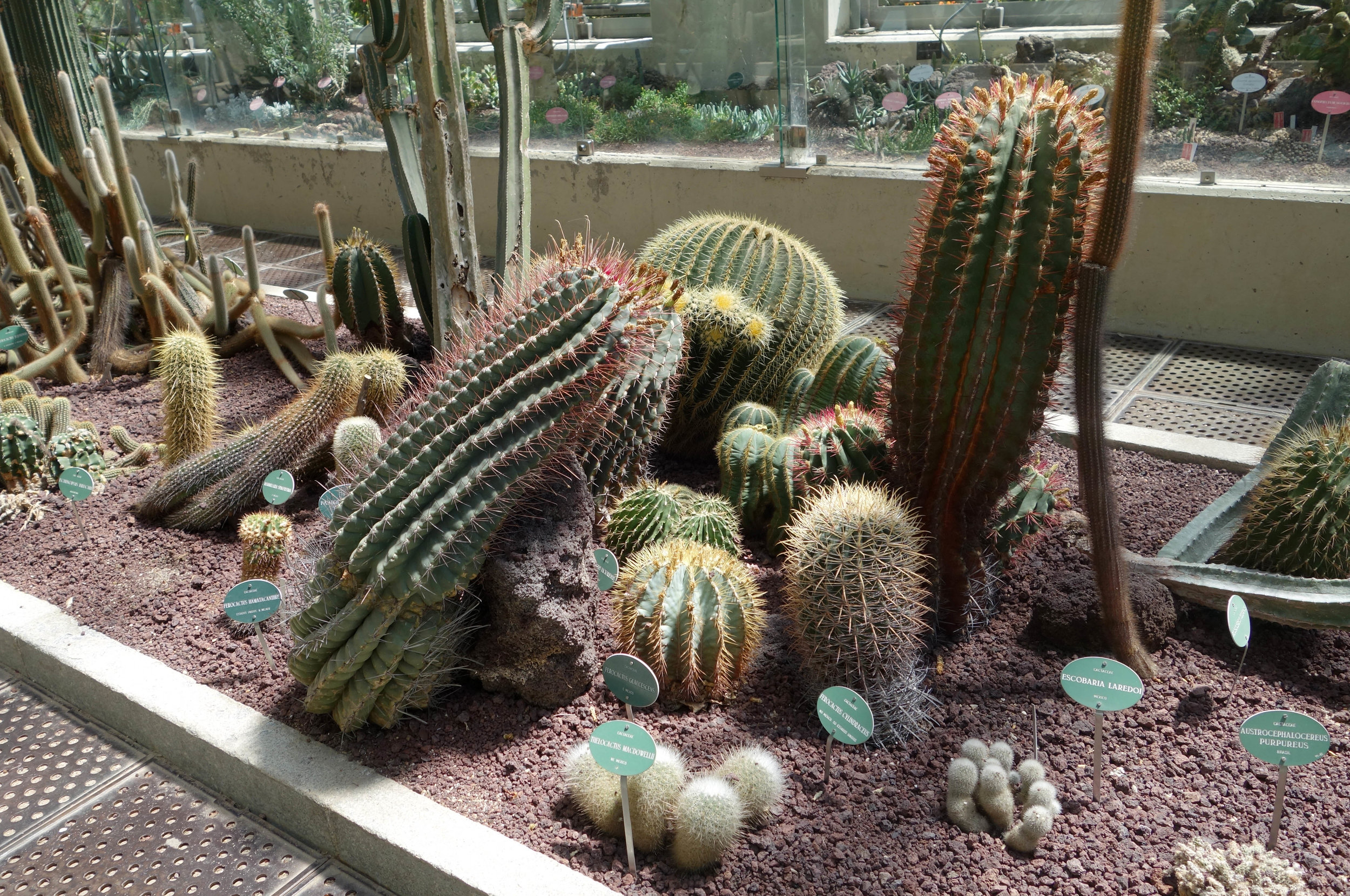

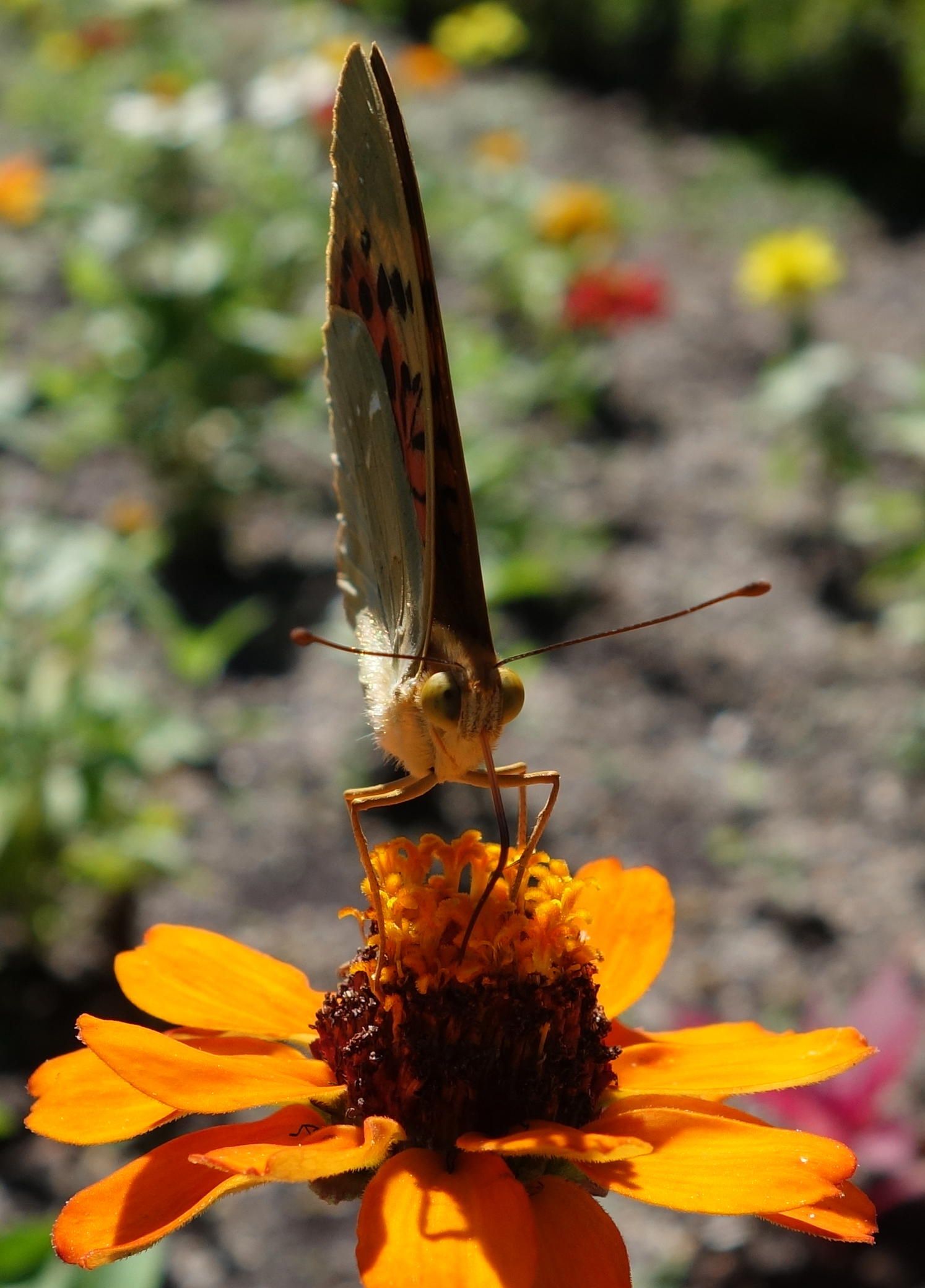
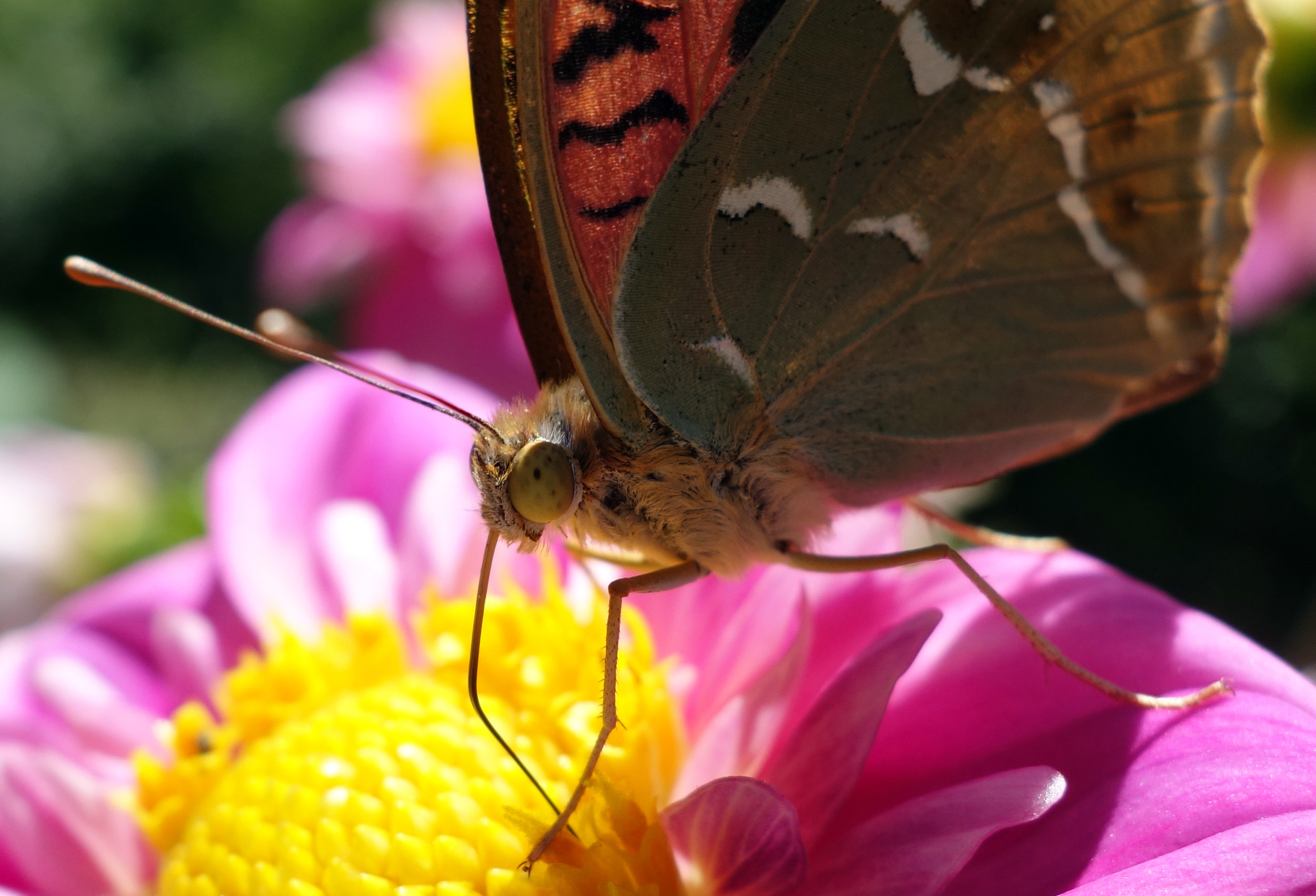
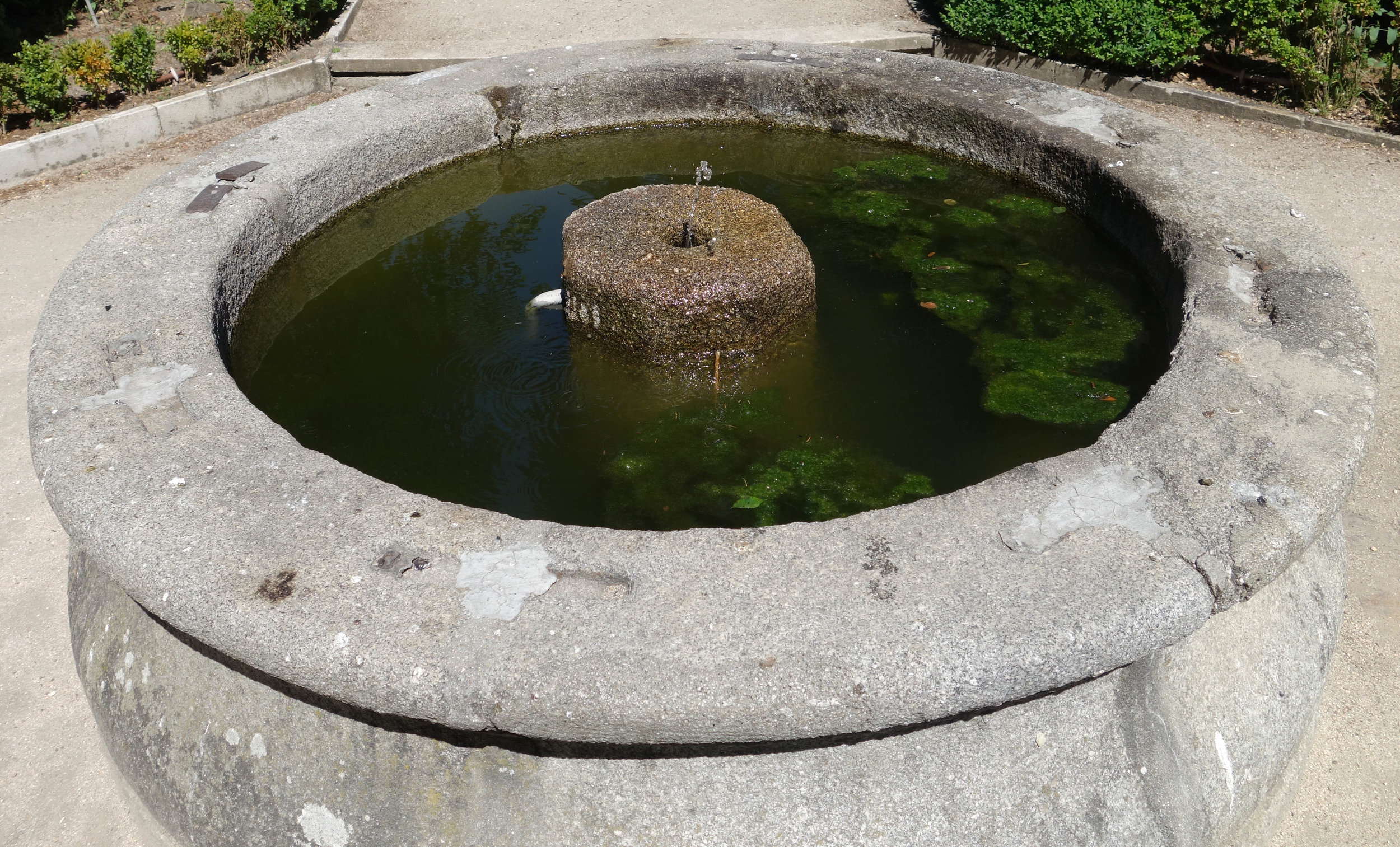

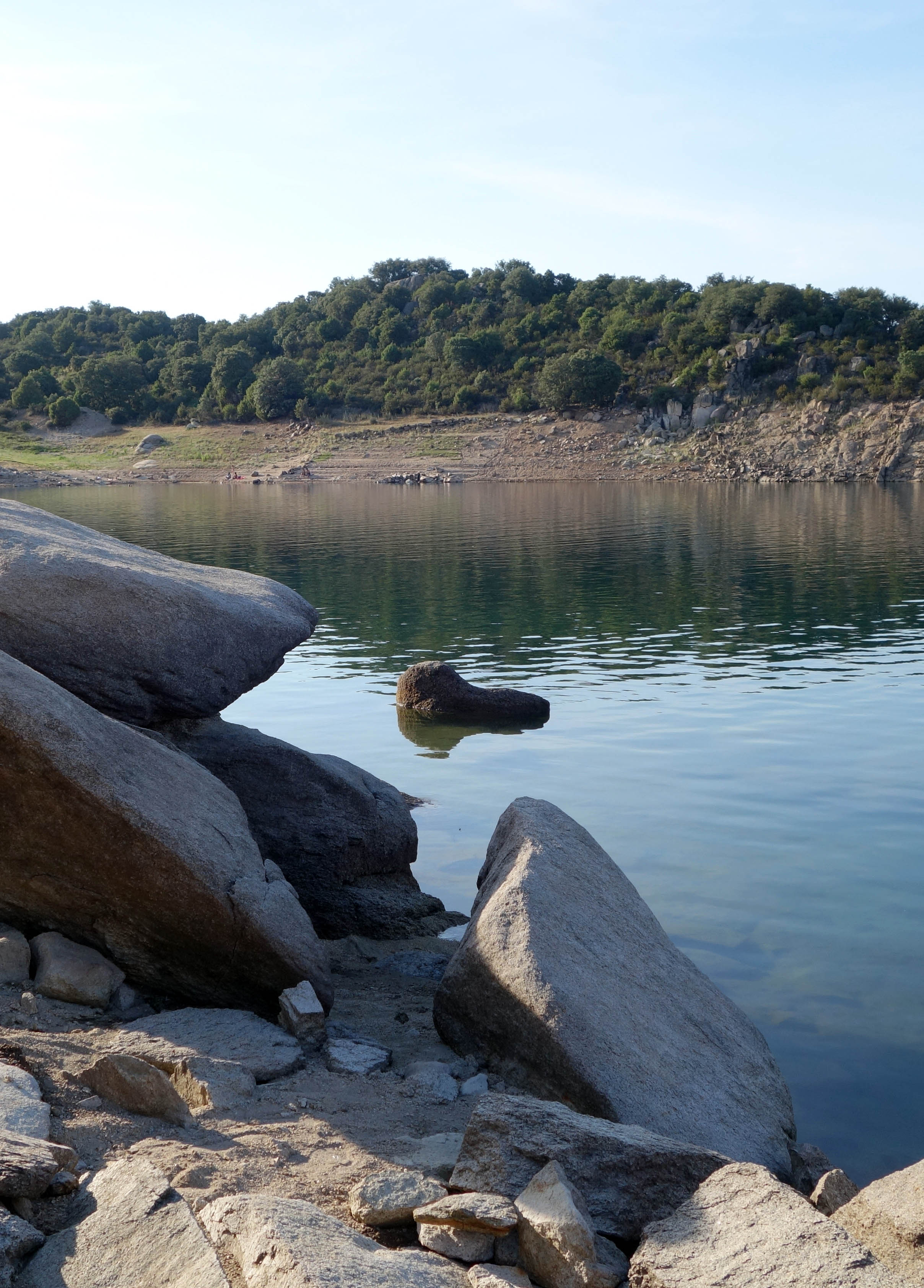
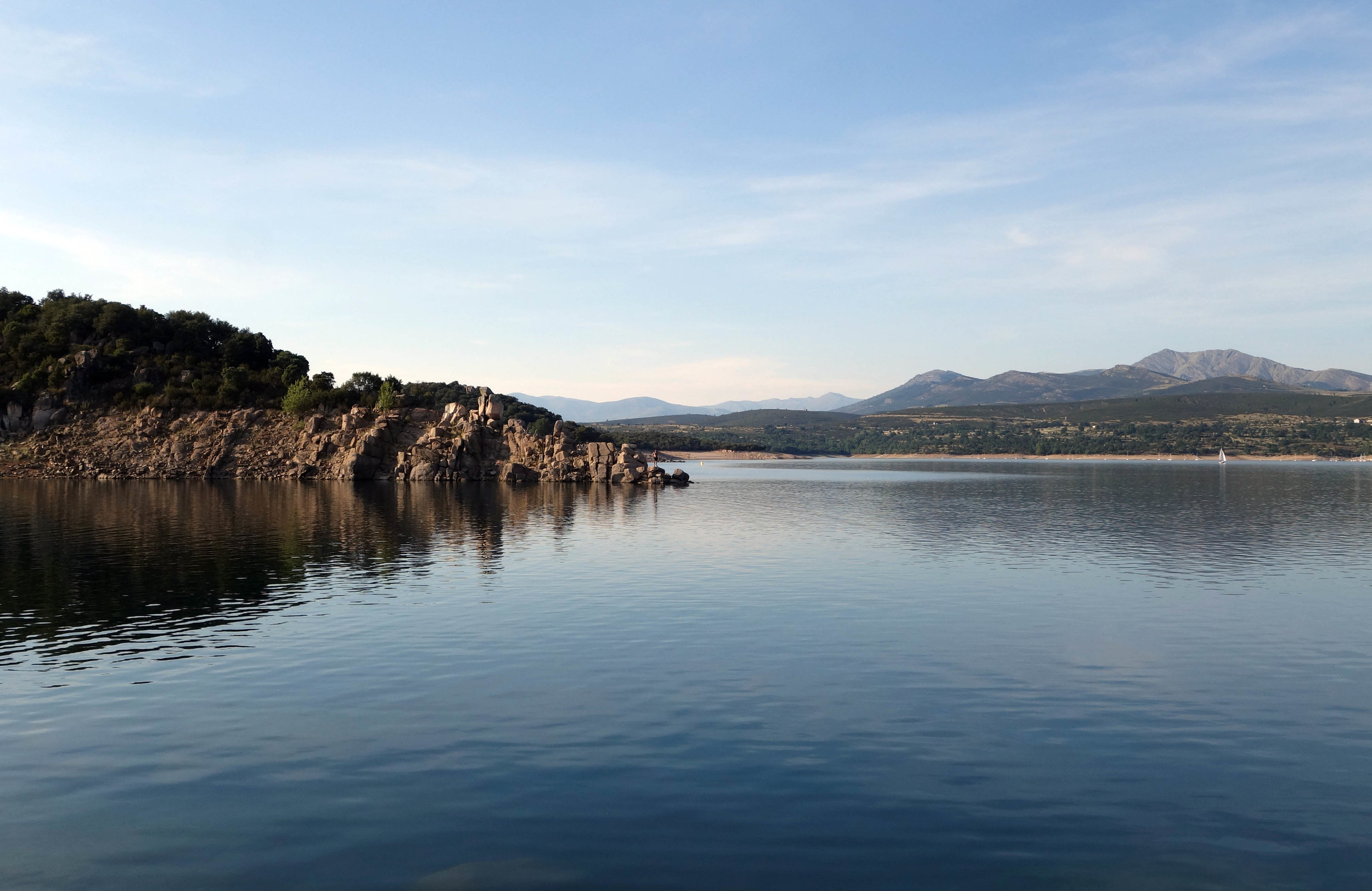
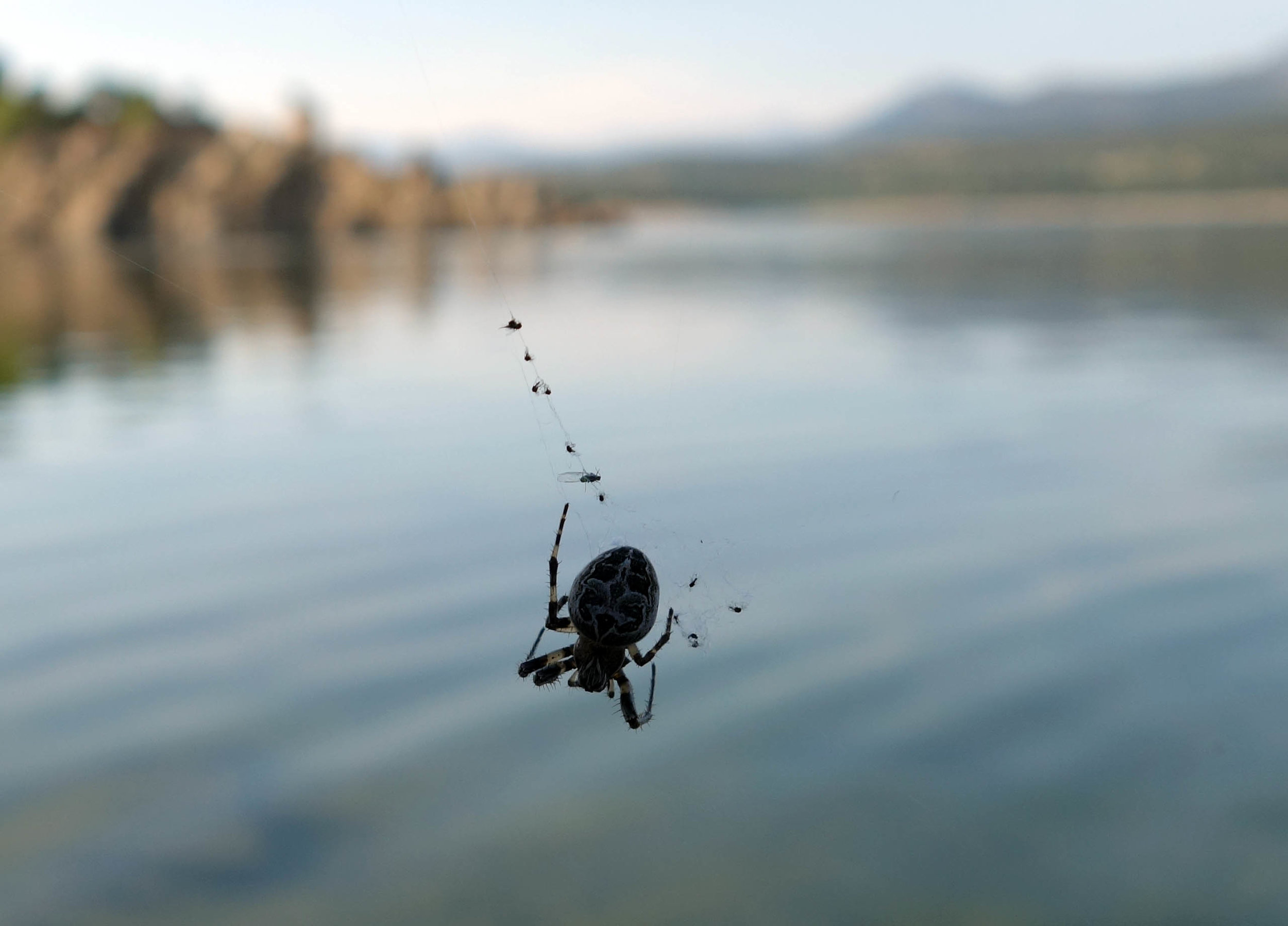
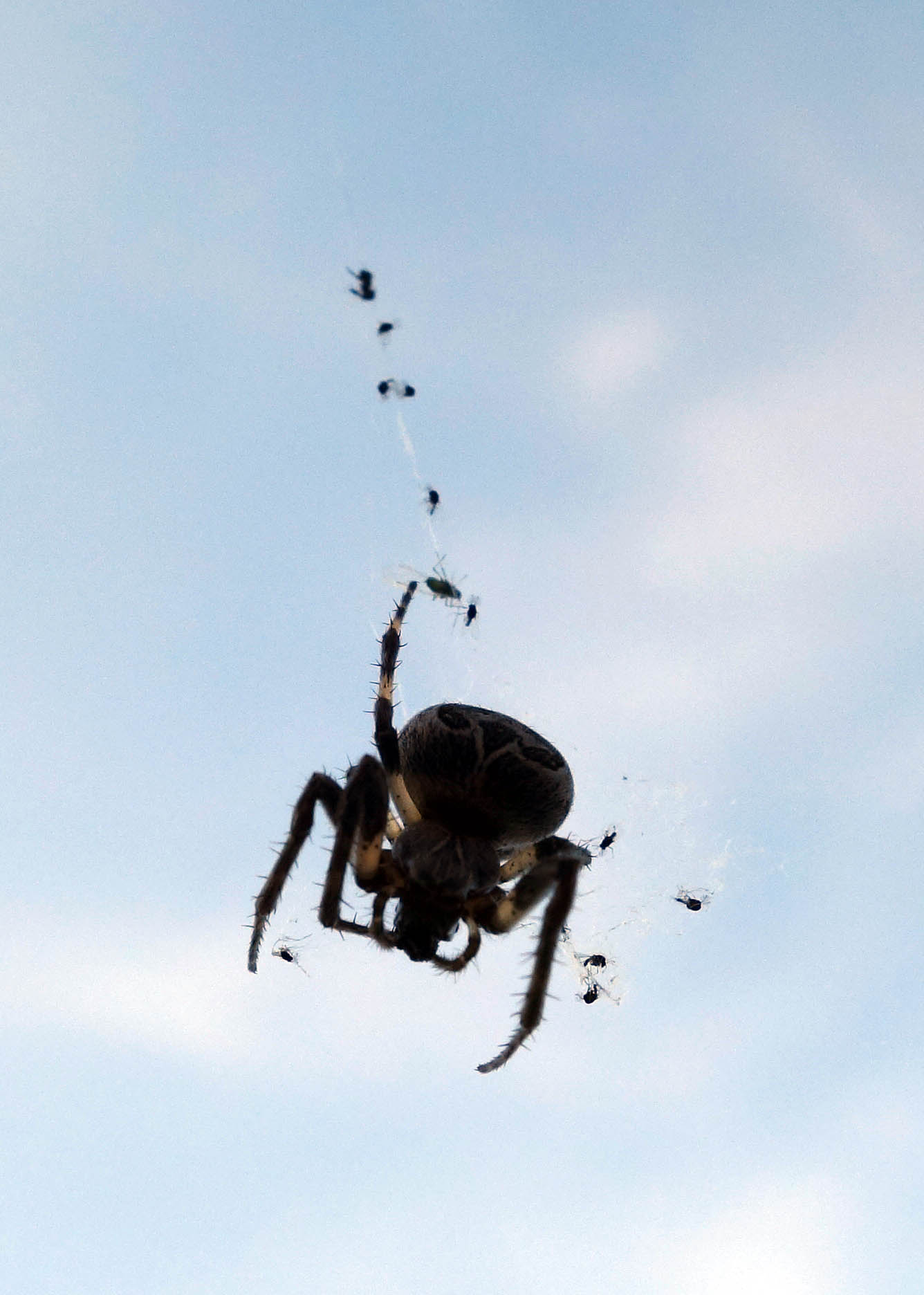
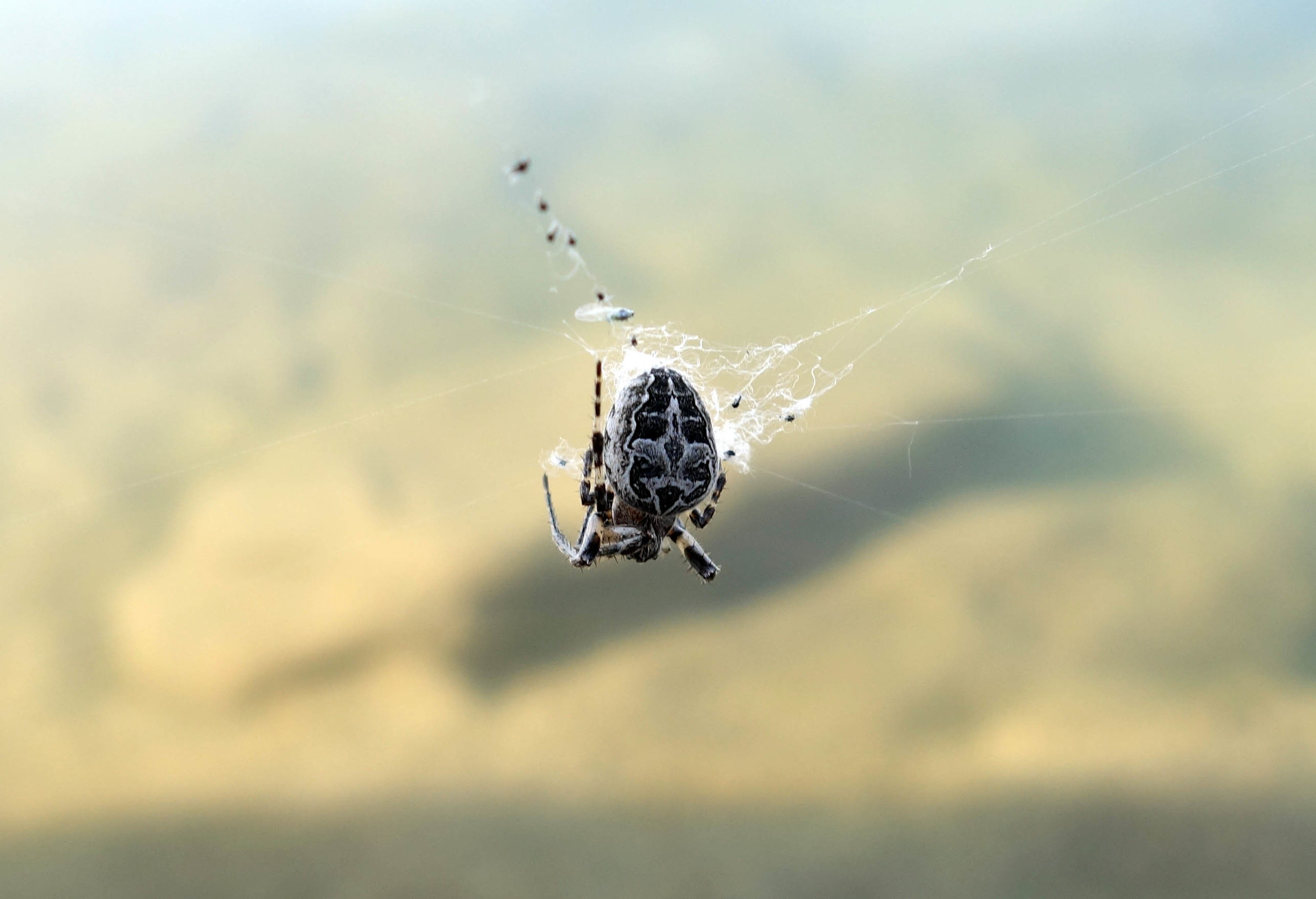


Intercambiador ACART Residency Journal 1
I arrived in Madrid at night on June 5th, and got a quick tour of the flat. It's on the fourth floor, but luckily there's an elevator, so I didn't have to haul my luggage up four flights of stairs! I have two roommates - Felipe and Farzane. Felipe is a photographer and graphic designer originally from Venezuela who has been living in Madrid for some time in part due to the current political and economic crises happening in Venezuela. He is not actually taking part in the residency, but there was an extra room available and he needed a place to stay. He will live with me for my whole two months. Farzane, who goes by Fari here since her full name is somewhat difficult for Westerners to pronounce correctly, is participating in the Intercambiador ACART residency and is from Iran and will only be here for one month, as two-month visas are very difficult for Iranians to get. There are supposed to be four artists every two months, but they could only find three (Fari, me, and someone else) for June-July and then that third person cancelled at the last minute due to a family death. This is why Felipe is staying with us, and the residency directors are looking for someone (or two) to come for July.
The residency is jointly run by two directors - Juan and Marta. Juan seems to be the primary day-to-day contact, though. The studio we use is about a half-an-hour walk or metro trip (around 15 minutes of walking that way, though) away from the flat and is shared by around ten local artists as well. One of them is a British expat named Will who tags along on most Intercambiador ACART outings.
Since Felipe and Fari got here first, I got the second-to-worst room in the flat, but it's better than the last available room and I got to do the Portuguese residency which is what made me a few days late, so I'm okay with it. I may take Fari's room when she leaves at the end of June, though!
The first few days I took it pretty easy (just buying groceries and visiting the studio, really), particularly since my body seemed to take a little umbrage to the new water... Plus after my second day, a heat wave hit Madrid and we all started sweltering - it's been above 100*F every day since my third day here. There's no A/C in many places here including in the flat. The studio is below ground, though, and stays fairly reasonable, so it really encourages me to go there!
On my third day here I visited the Real Jardín Botánico. It has some really nice outdoor gardens, but the highlight for me was, as usual, the greenhouses. They had a greenhouse for palms, another for orchids and tillandsia, and yet another for cacti and succulents. I also helped myself to some algae-ified water from one of their outdoor fountains - I'll tell you more about that in my next new artwork post!
I next took a trip to two different art opening receptions on my fourth day, and really enjoyed the second one which was an opening for an art magazine's third edition which focused on feminism and exposed me to some new names and pieces. I also attended a studio opening the following evening and met a really nice artist named Andrea Hauer whose pieces are also very strongly within the world of "women's art" and were a nice follow-up to the magazine.
The next day, Juan, Will, Fari and I all took a late afternoon car ride about an hour north to a very large manmade reservoir lake to swim and cool off a little! It was a real hike to get down to the lake from where we could find parking, though, and then a bit of a rock climb down to the beach - my foot was not super pleased but it made it in the end. The lake was really pleasant to swim in - it was super clear and fish would swim around you if you stood still on a submerged rock. As we headed back the guys decided we should take a detour to a dinner party. When we arrived, though, it became clear that Juan actually didn't know the address specifically and only knew the general area. After wandering around for a while, we headed back to the car to go get our own dinner elsewhere, but once we got to the car again Juan suddenly realized he had the address all along and we went back. By the time we got inside, though, it became clear there was very little dinner to be had! I was starving, as the lake plans had been sort of sprung on me and I didn't have time to make a lunch to take along and we weren't able to buy more than a couple pieces of fruit and some nuts near the lake. Fari was in the same boat. After a little over an hour, we told Juan to take us home so we could actually get some dinner - by the time we got home, it was 1am!
Cerdeira Village Residency Journal 6 Photos 2
Whew, sorry for the slight delay in posting. Madrid is super hot (I'll tell you more when I actually journal about it) and it saps your desire to be productive, so I am currently channeling most of my energy into studio productivity and attempting to brave the outdoors! Anyway, here are the final photos from Cerdeira Village and the Elementos à Solta festival!
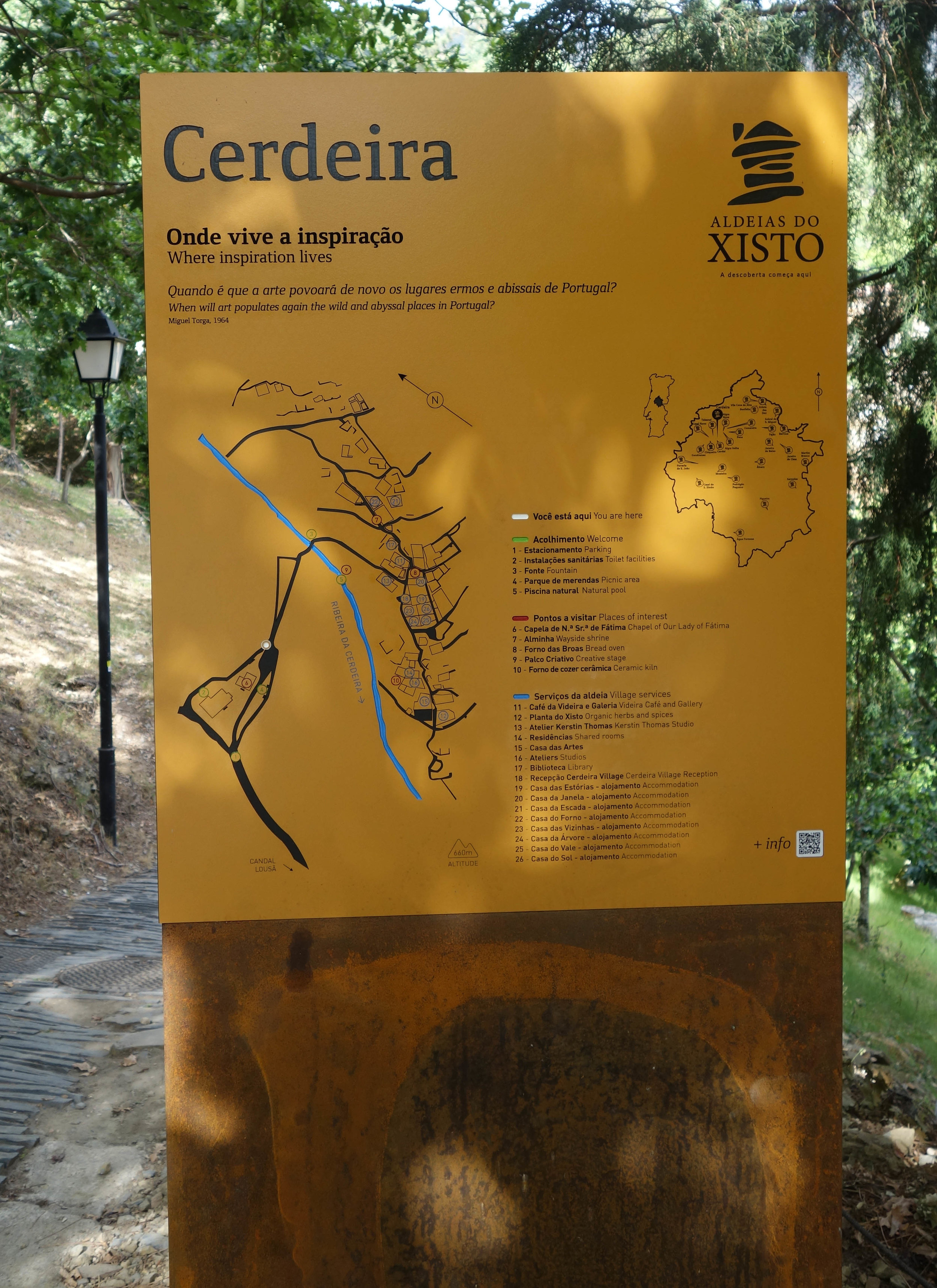
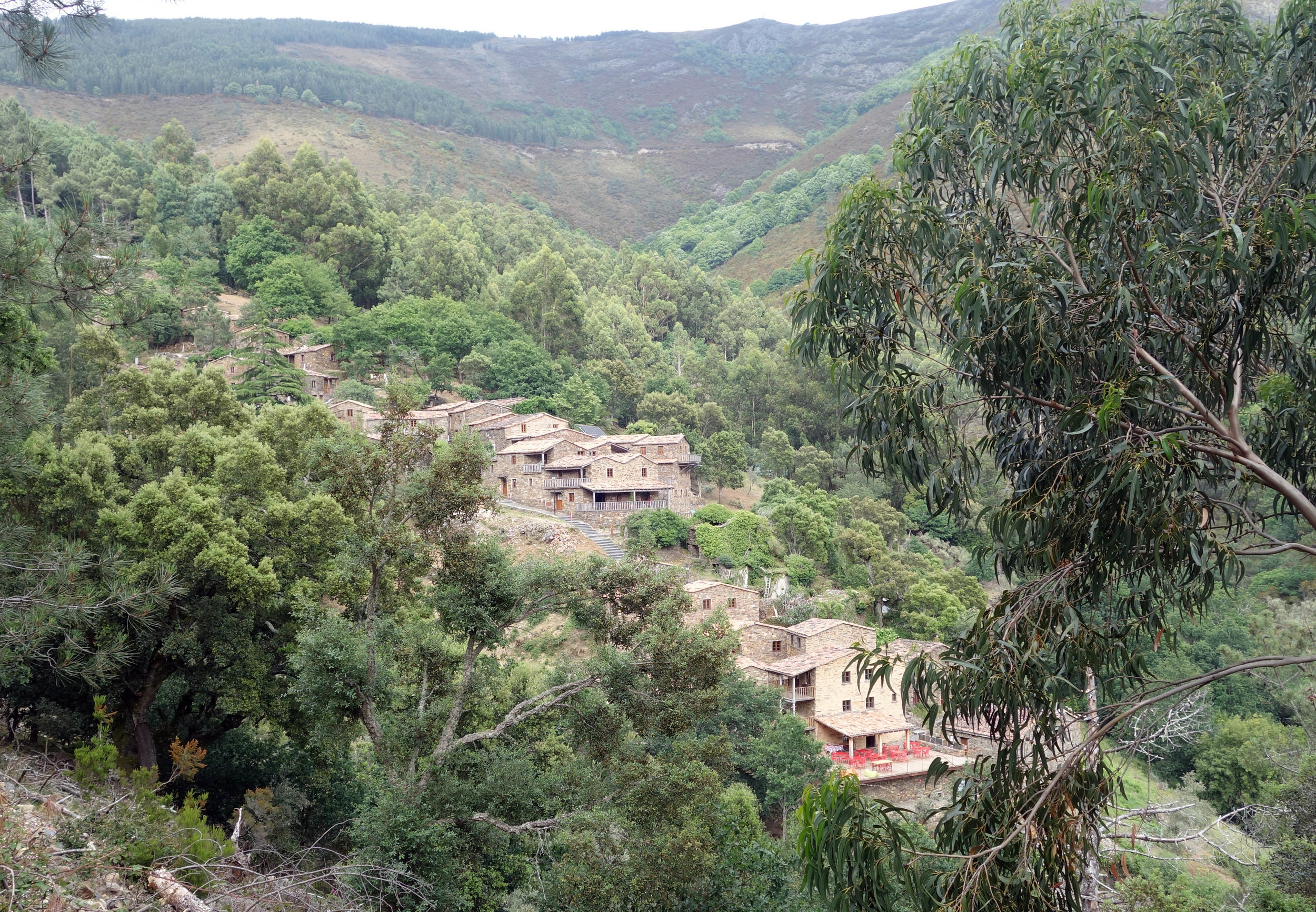
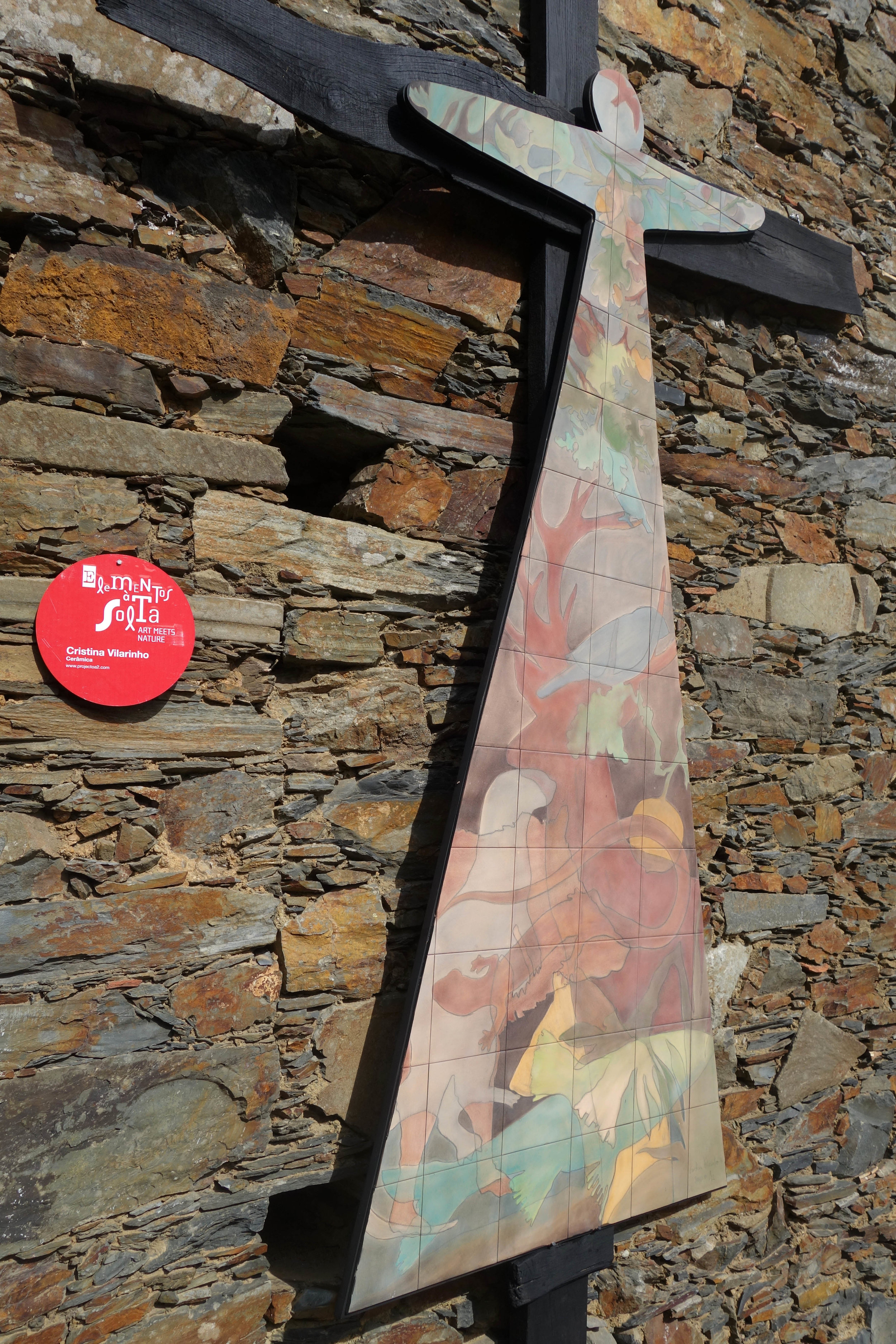
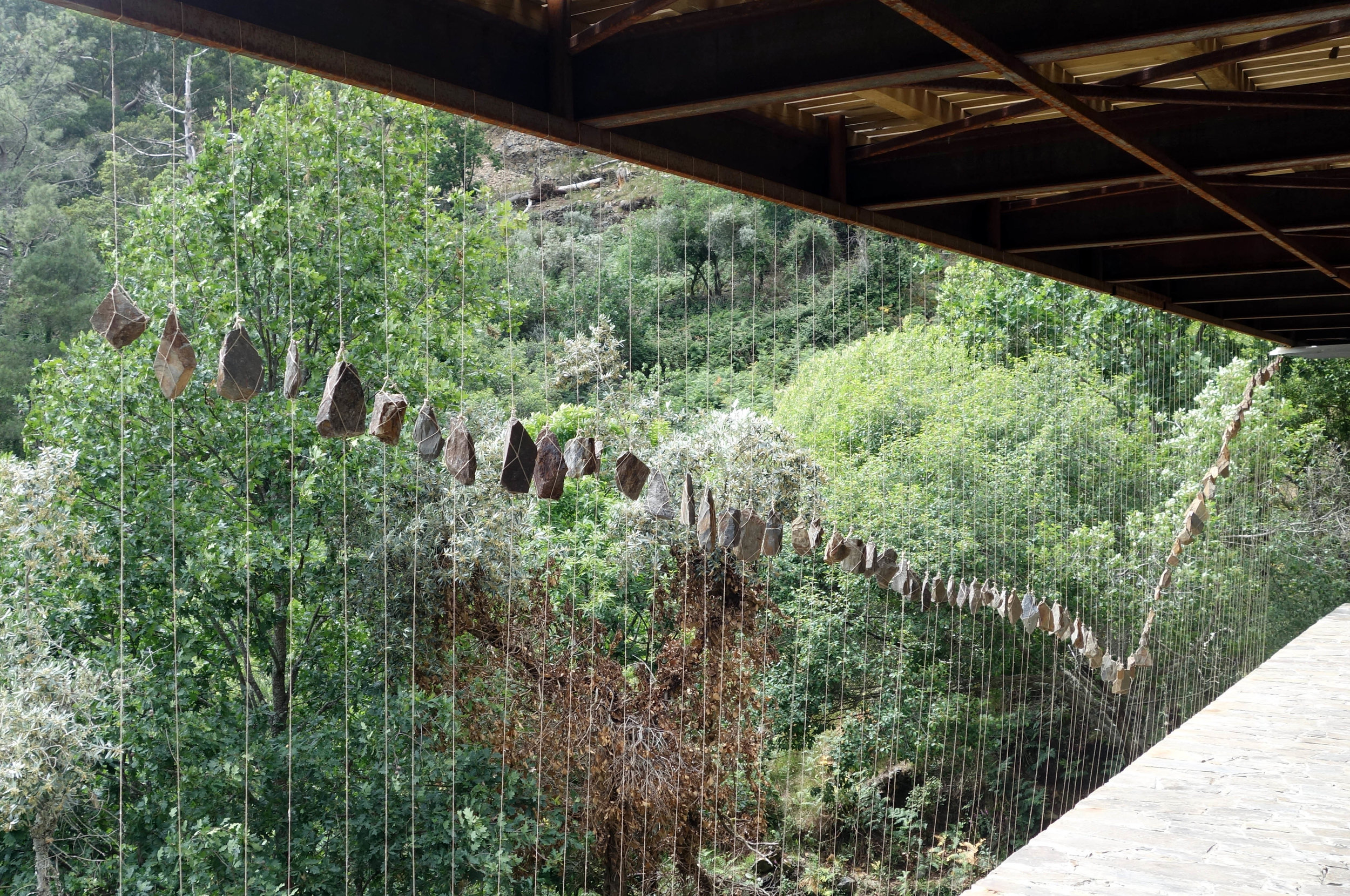

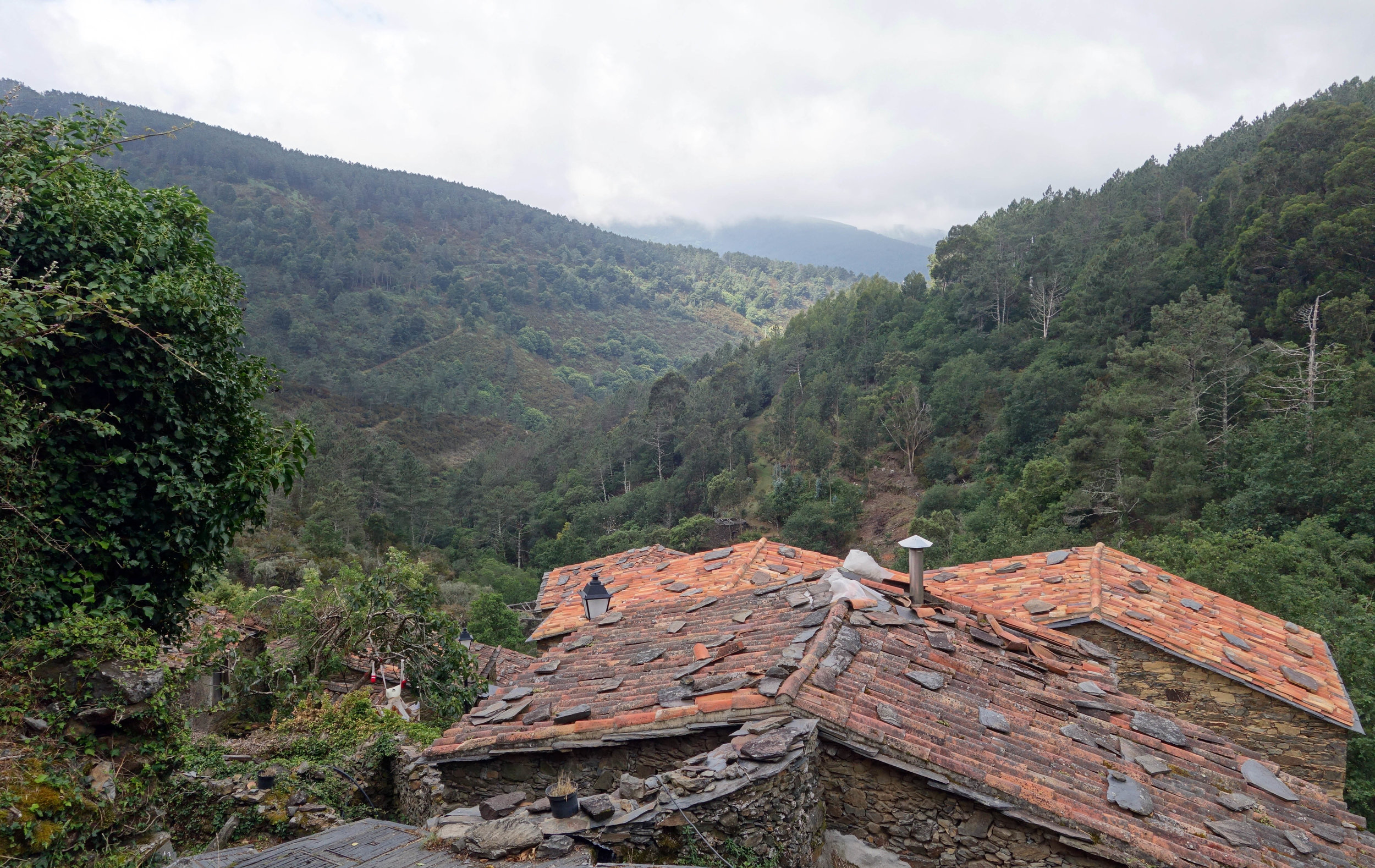
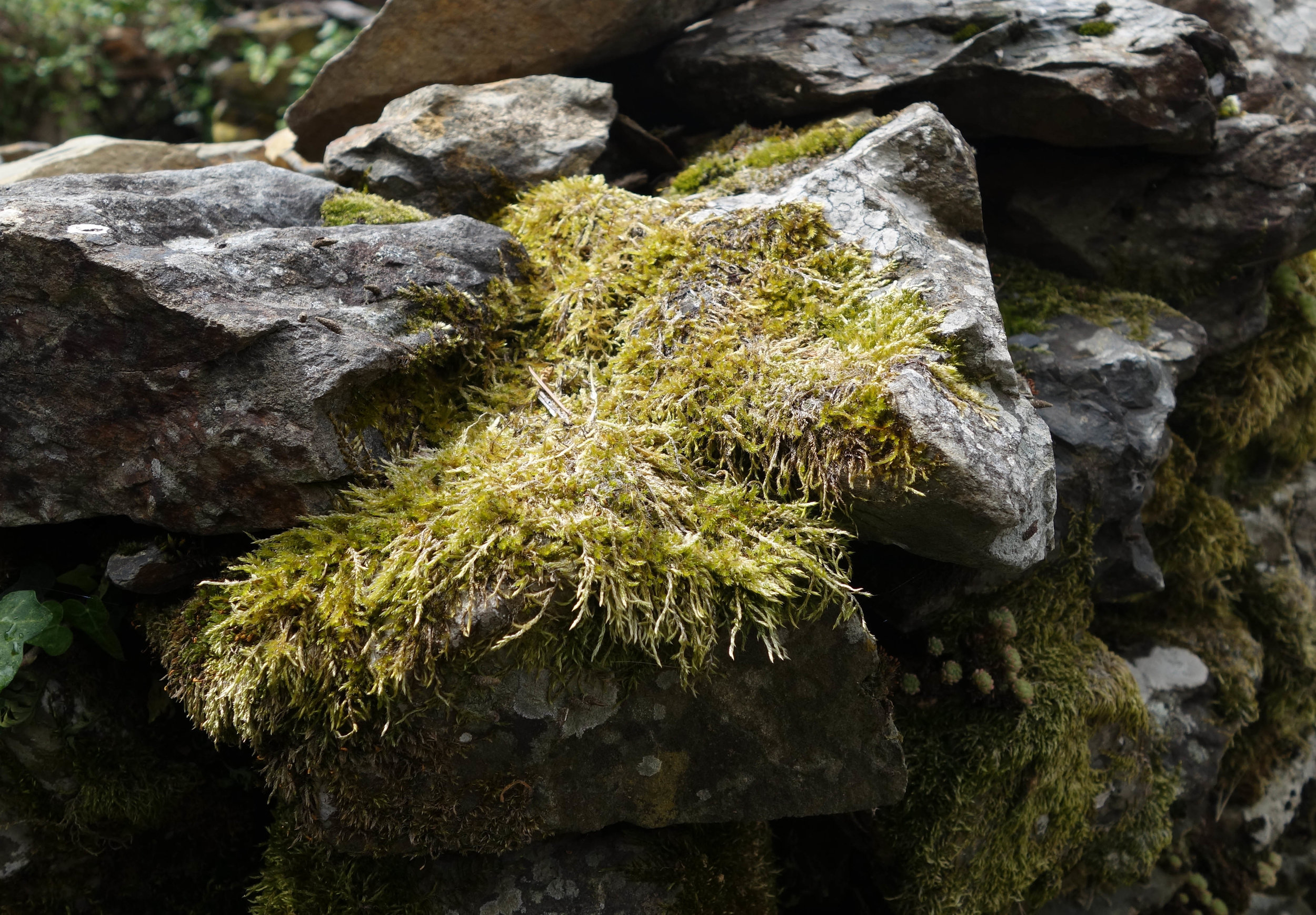
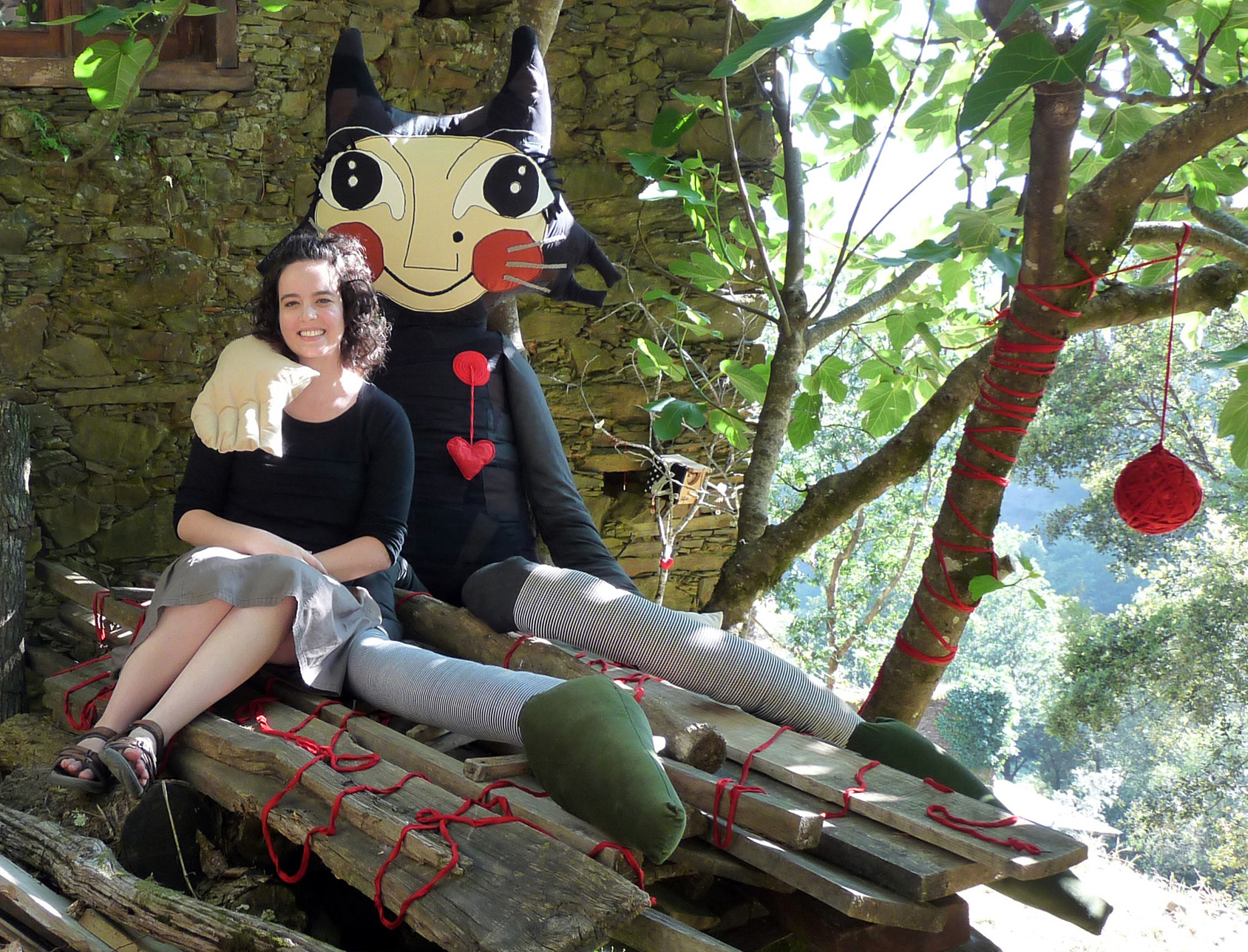
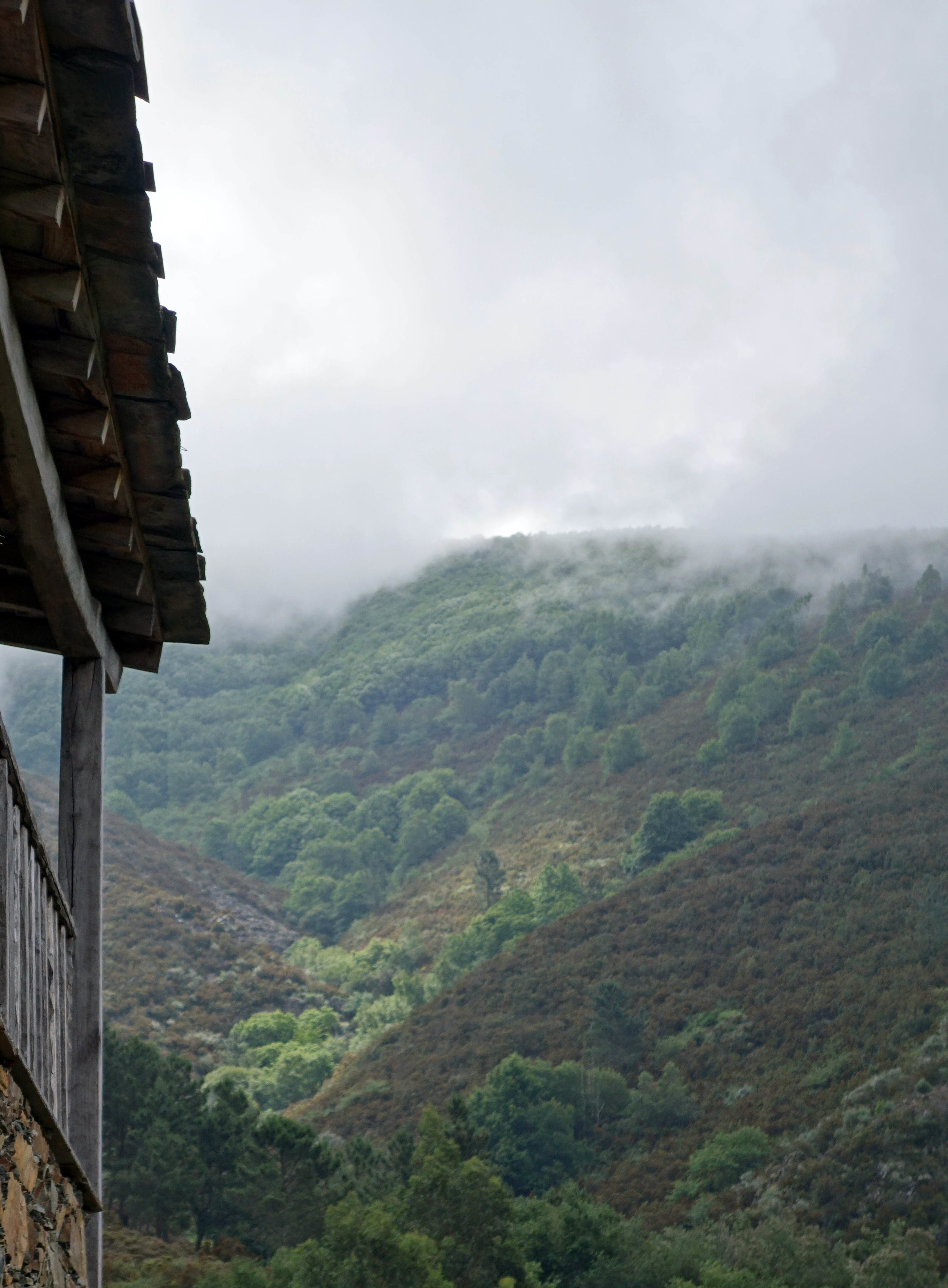
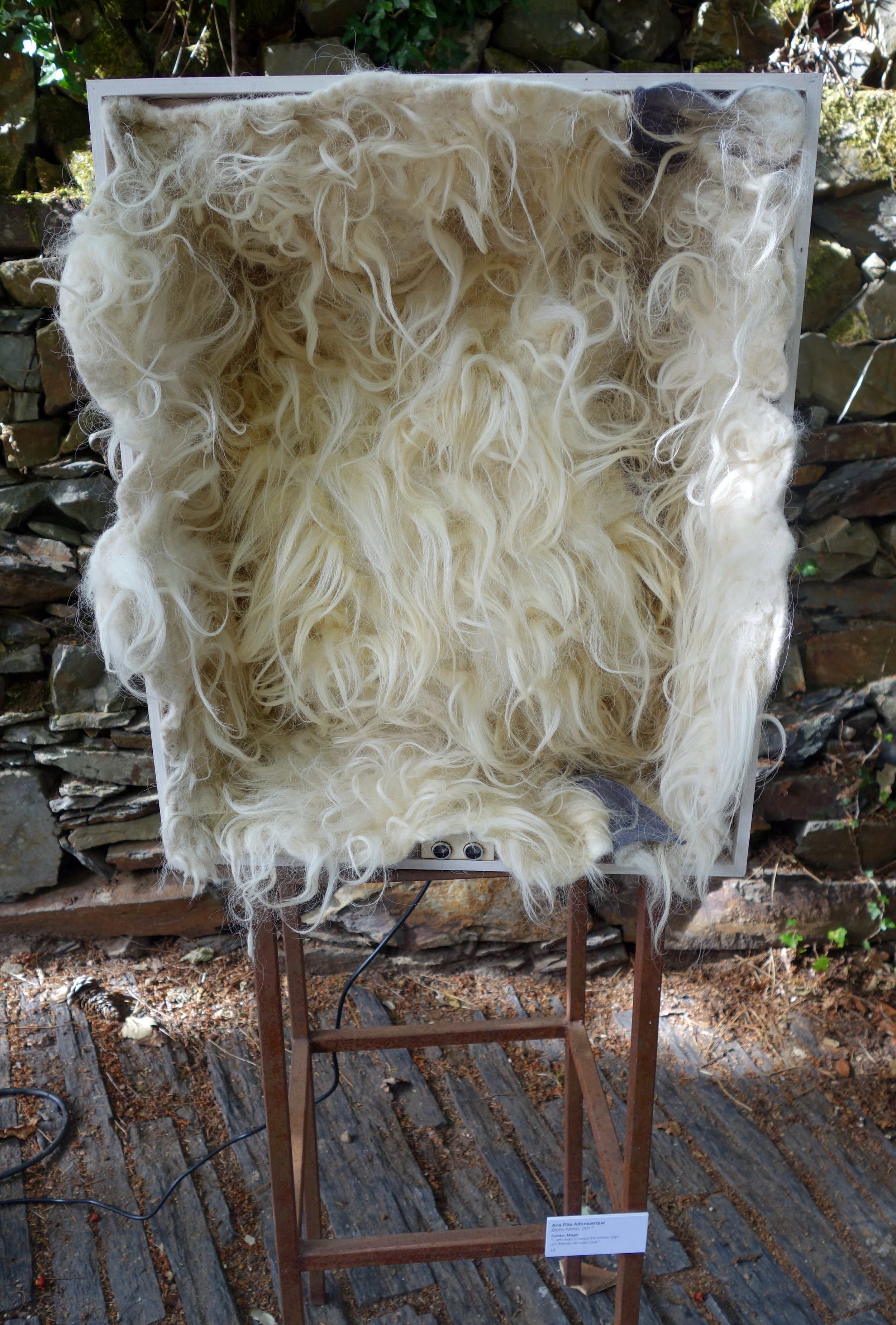
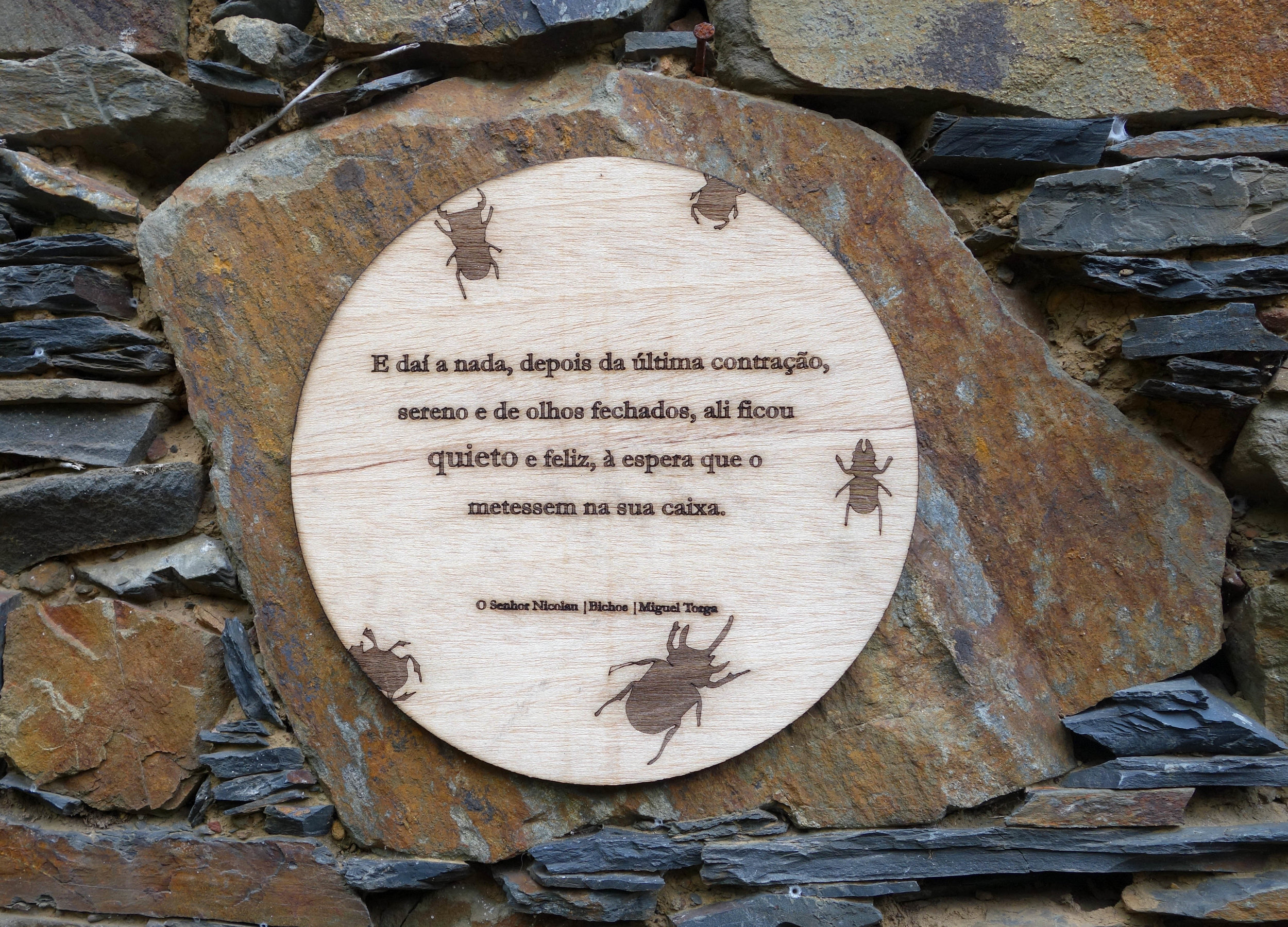
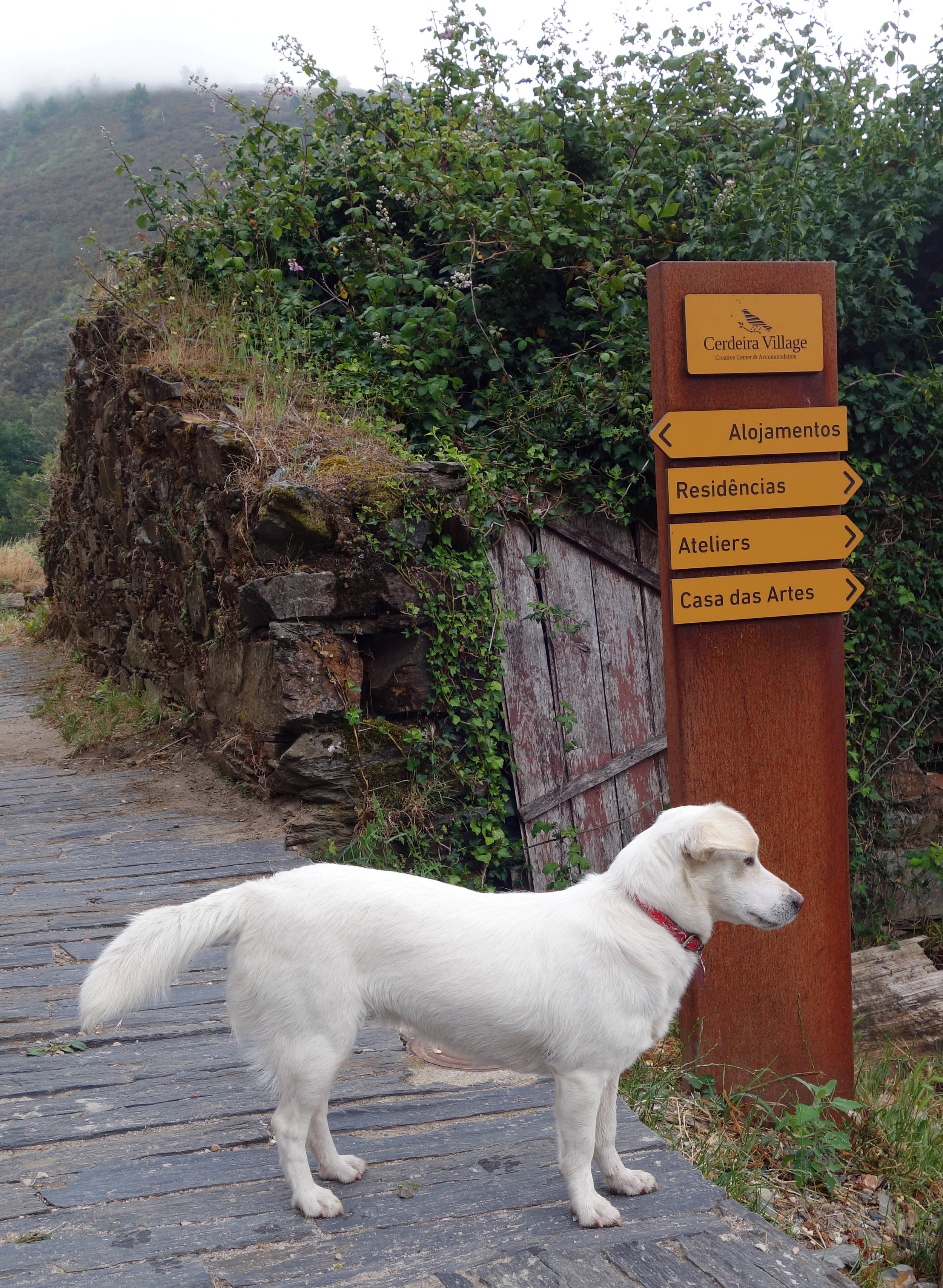
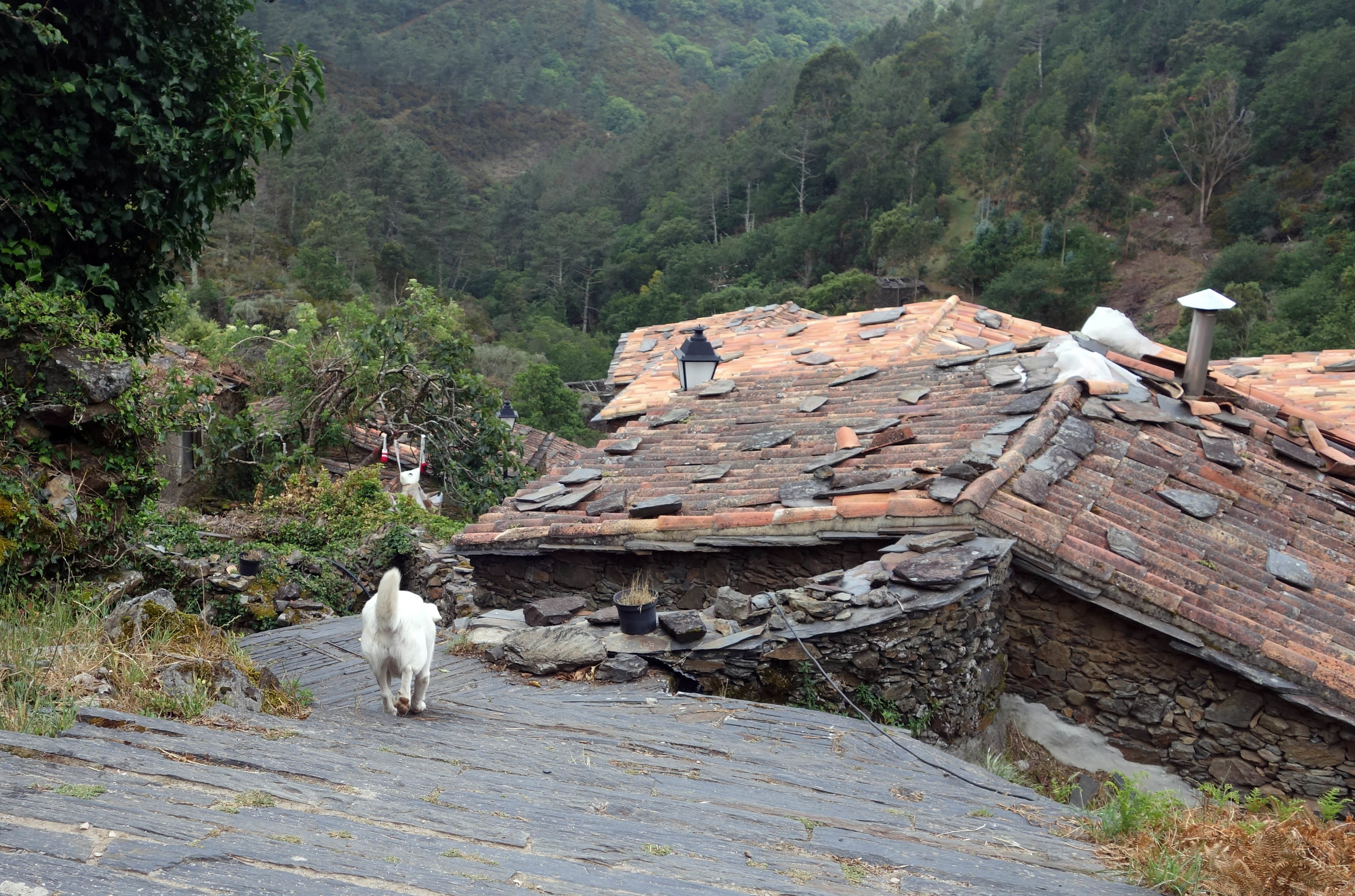
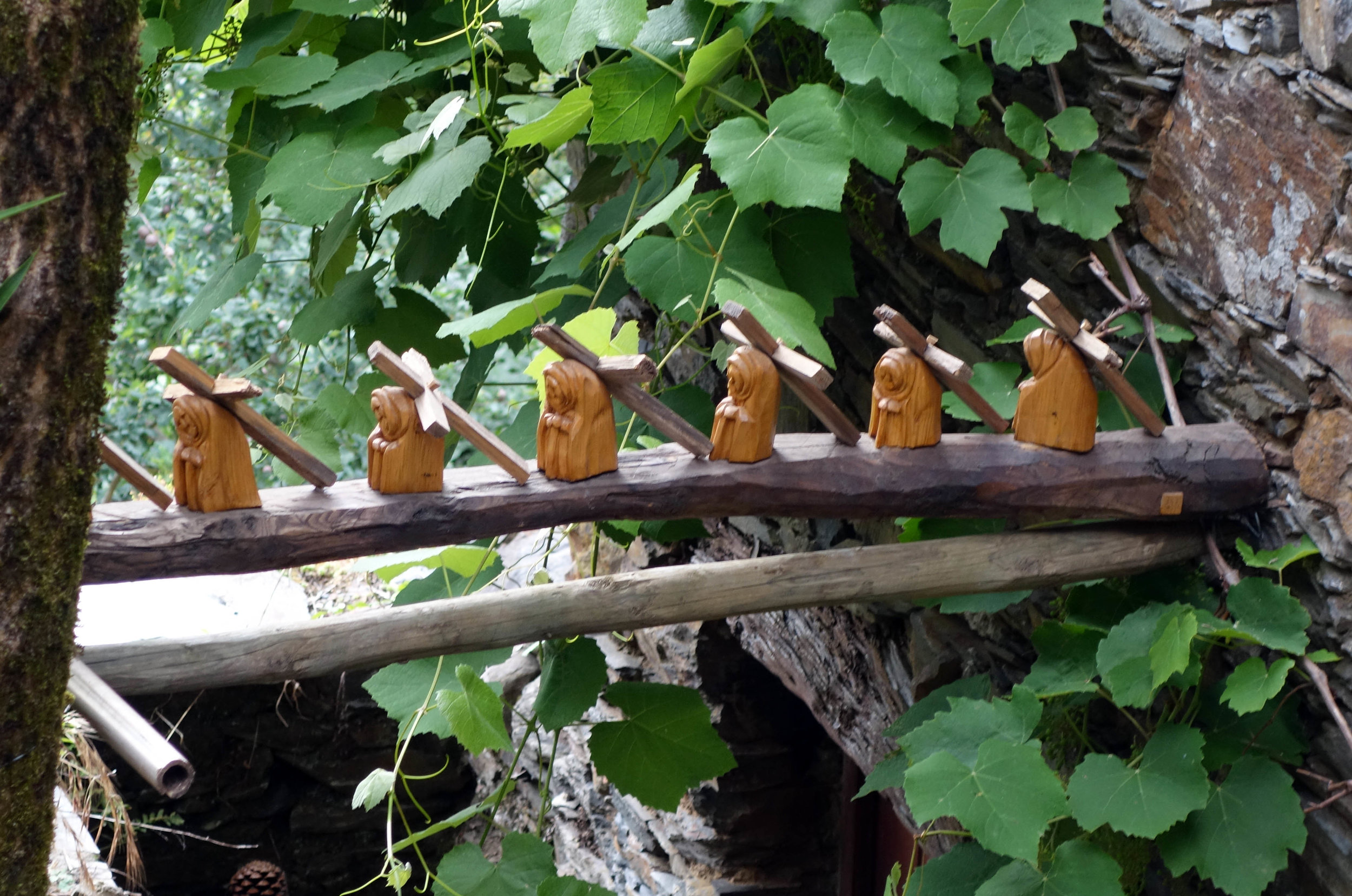
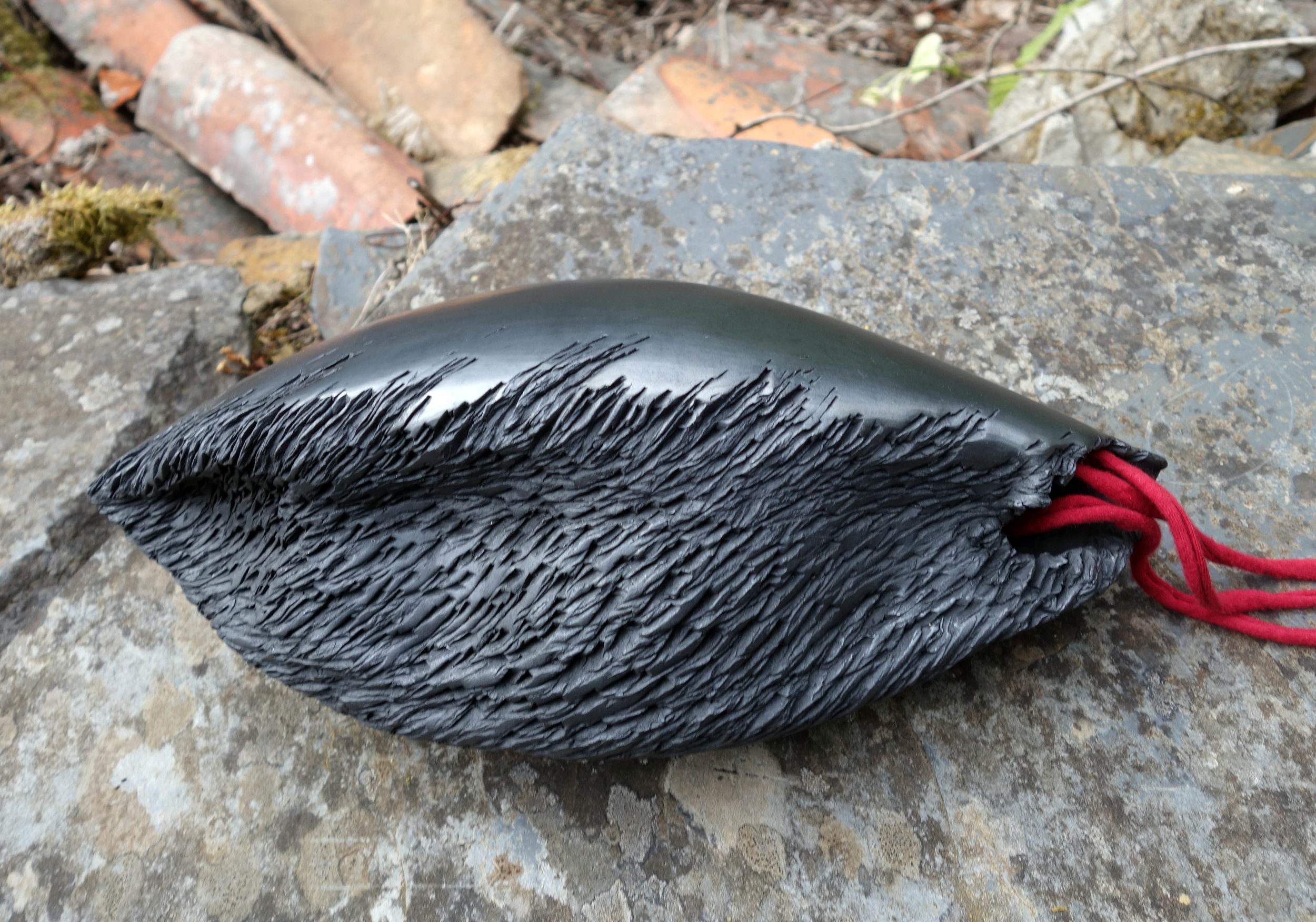
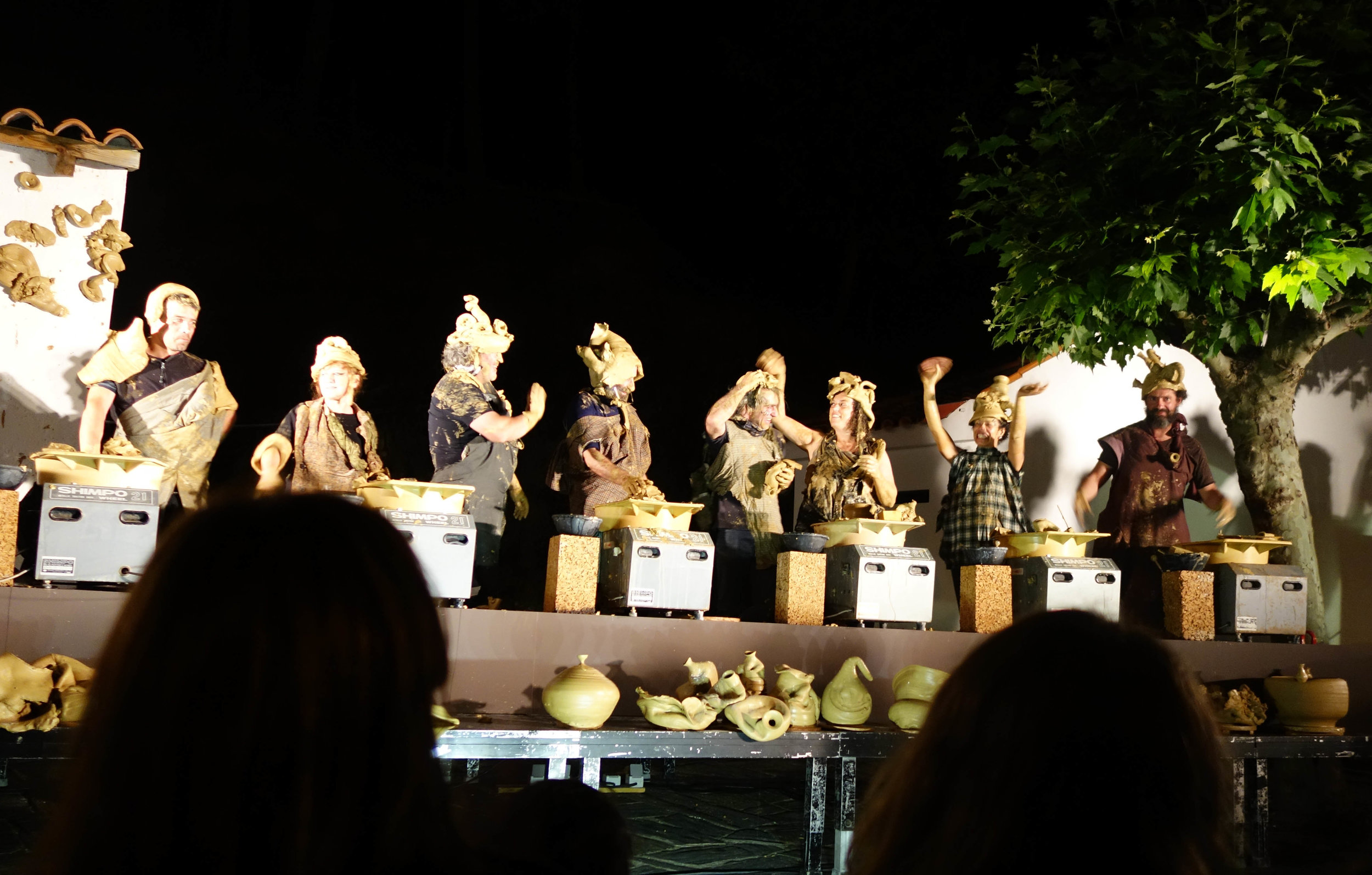
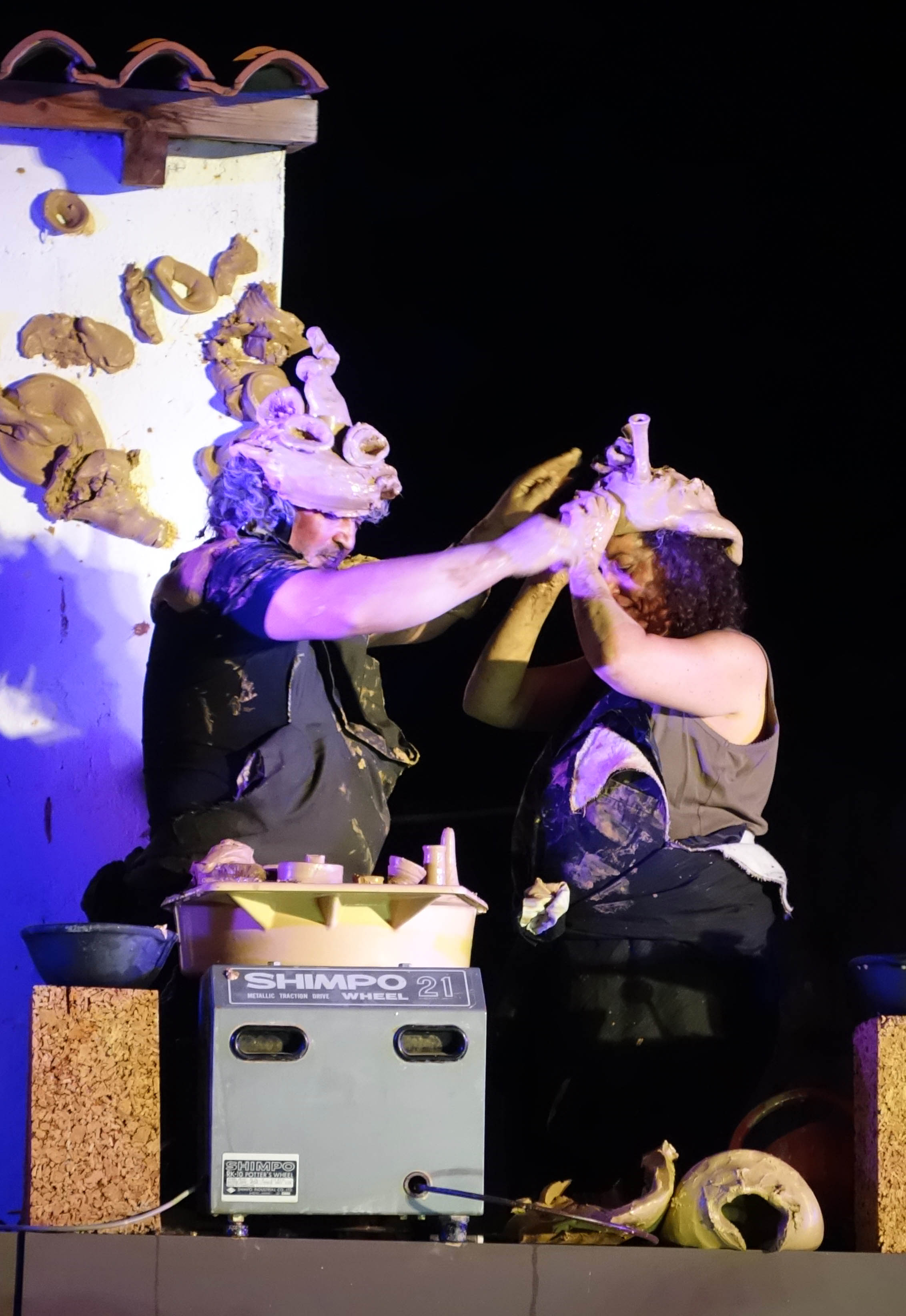
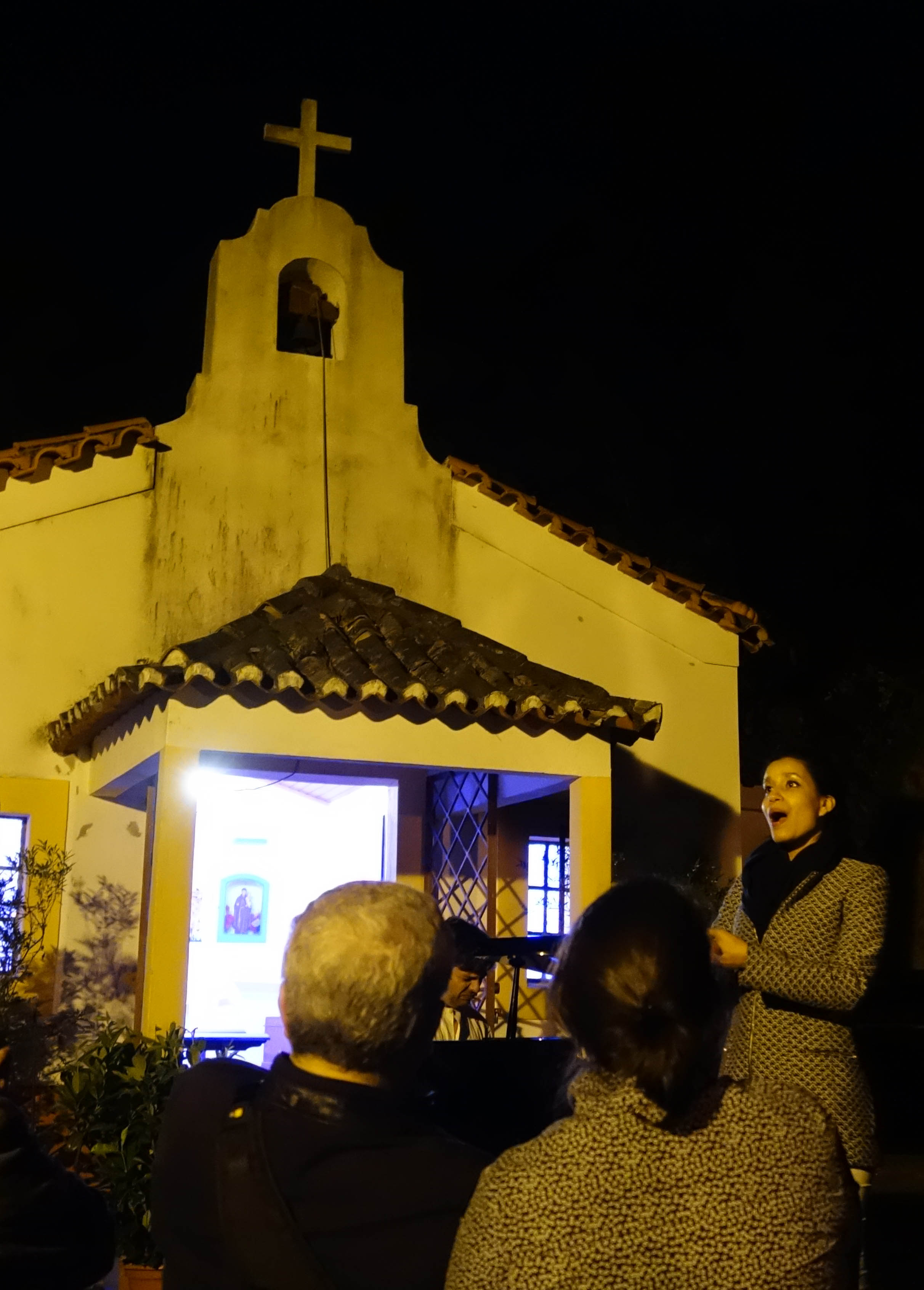
Cerdeira Village Residency Journal 6 Photos 1 - My Artwork
Here are a handful of photos of my overall exhibition space in the Cerdeira Village Elementos à Solta festival. I already published individual piece images in my earlier posts, but here you can see some combined installation shots.

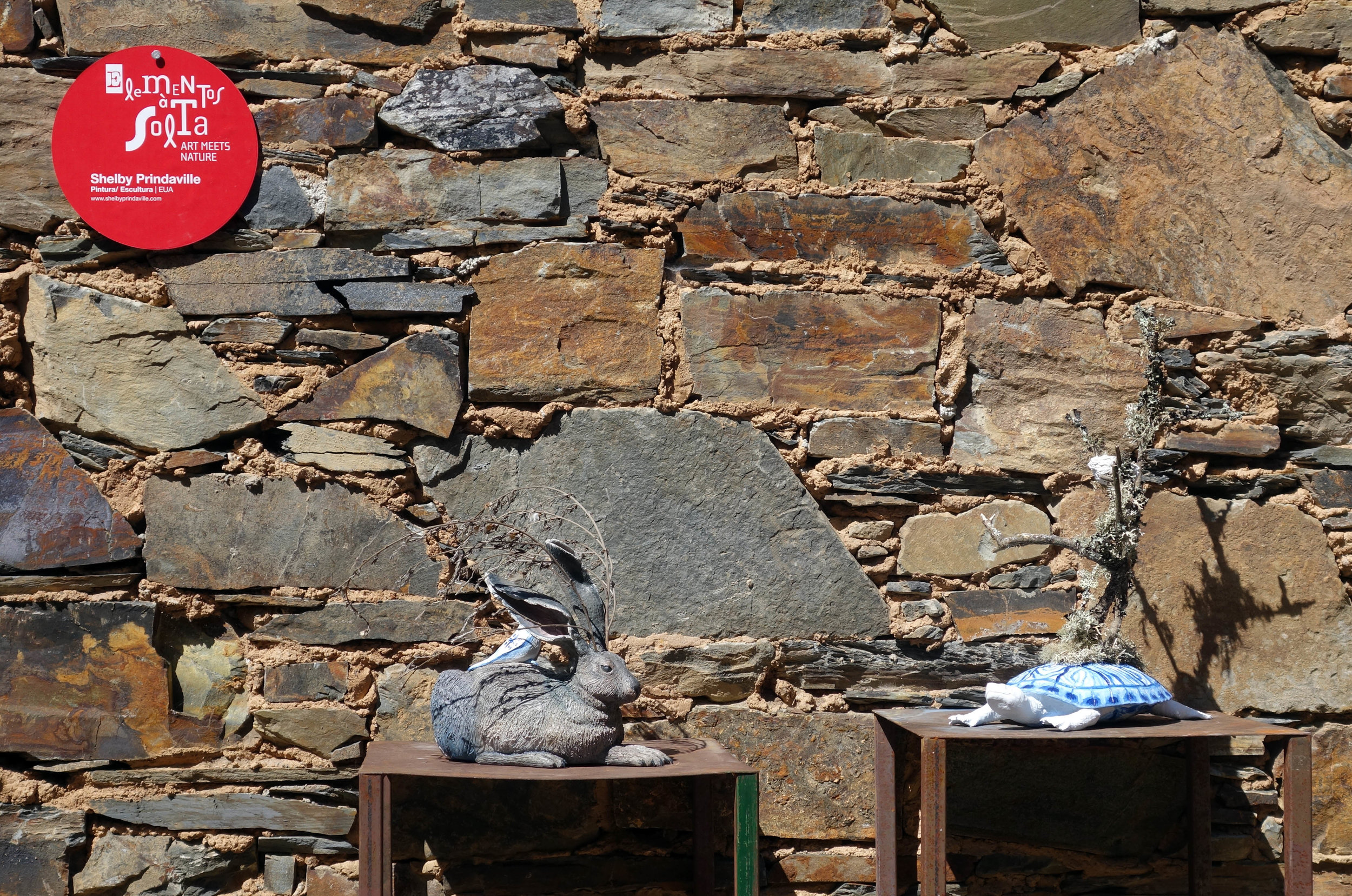
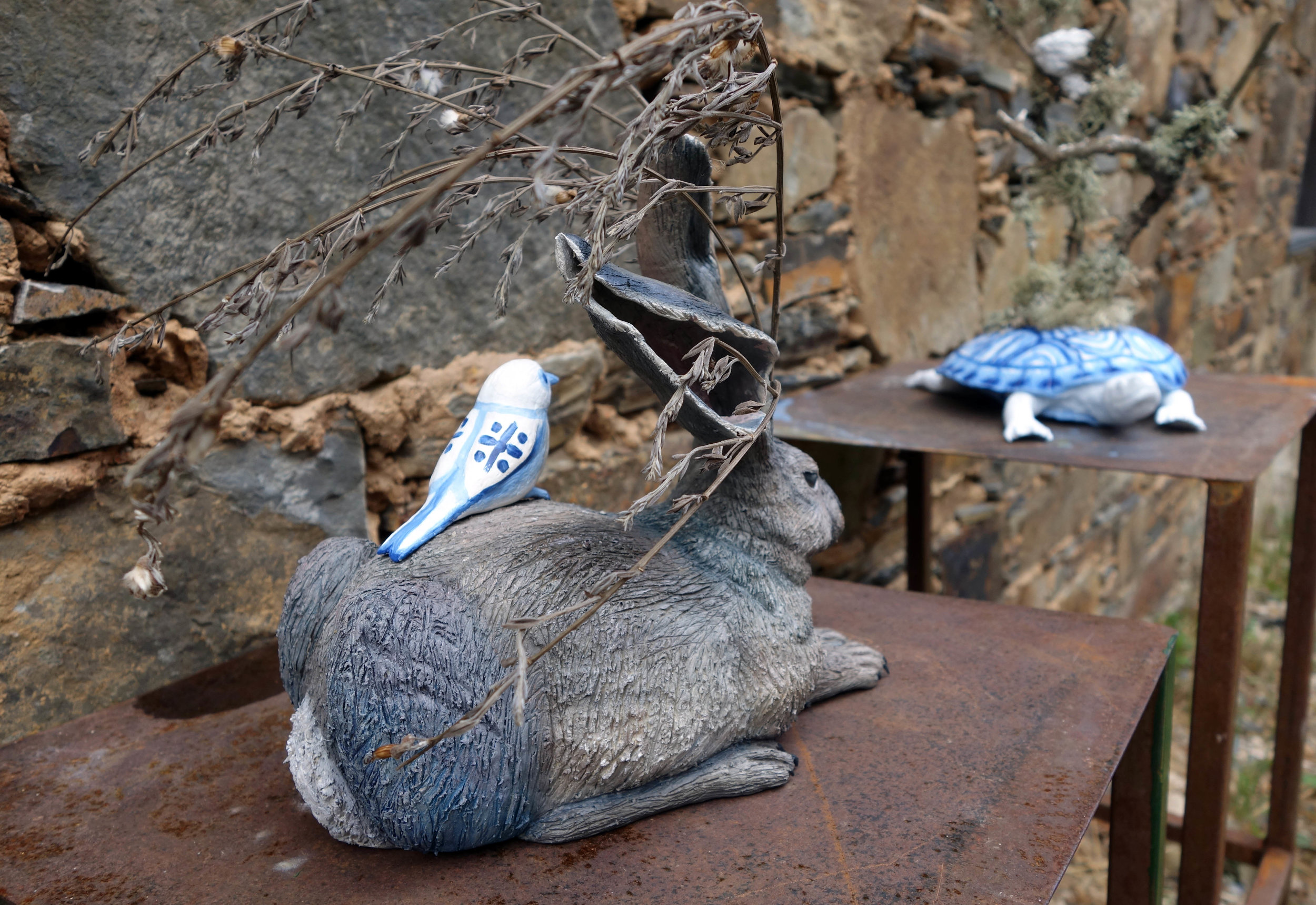
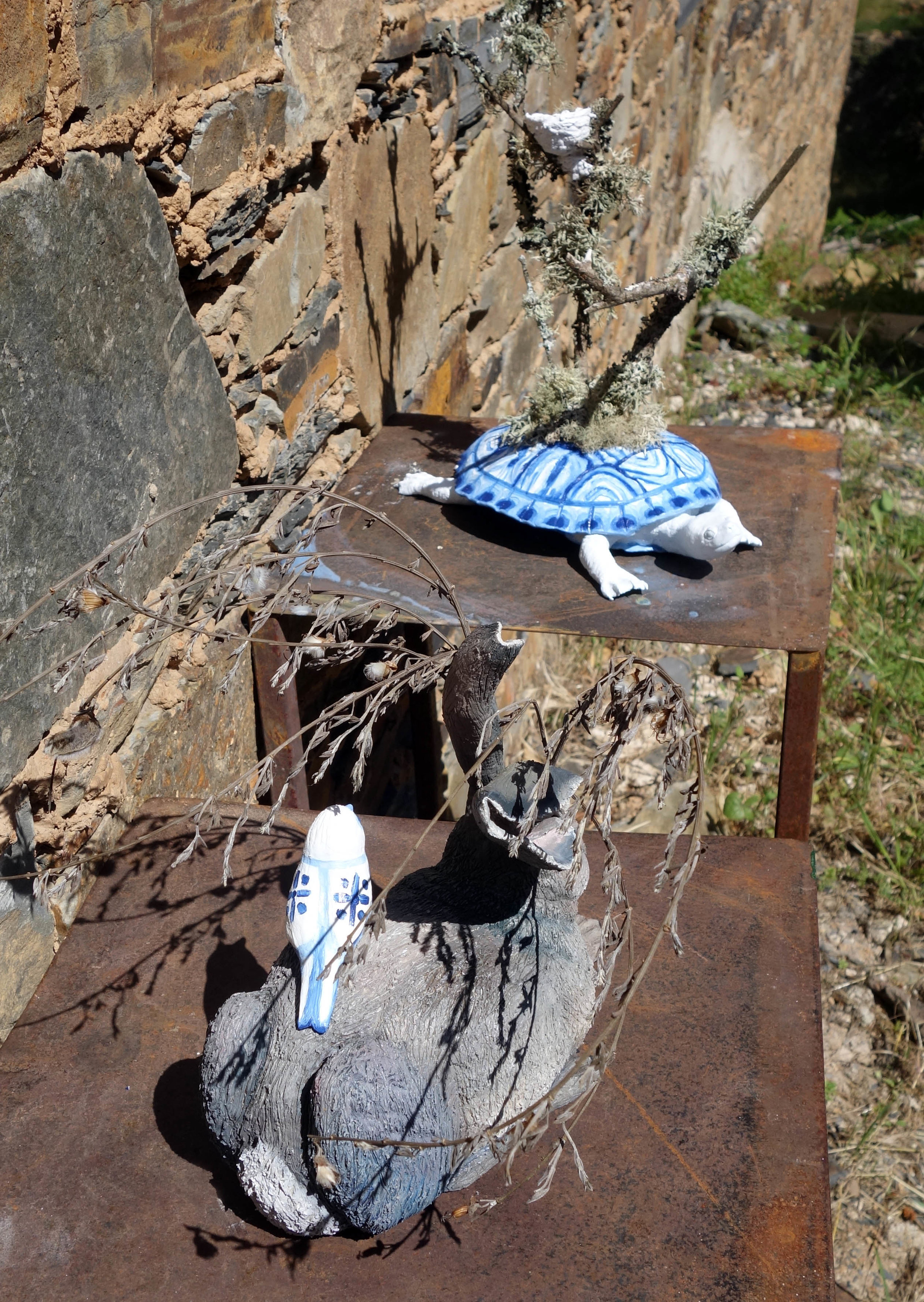
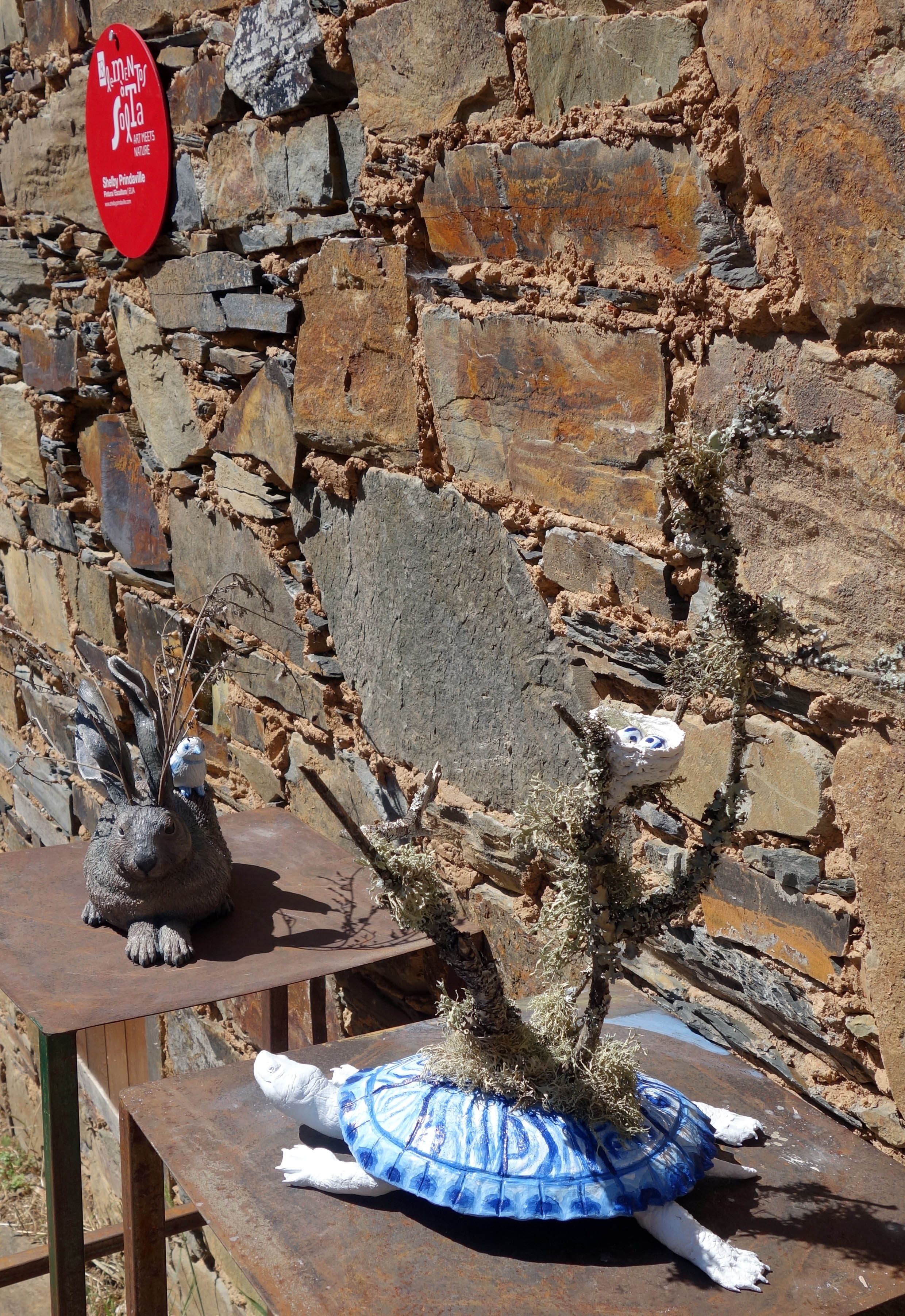

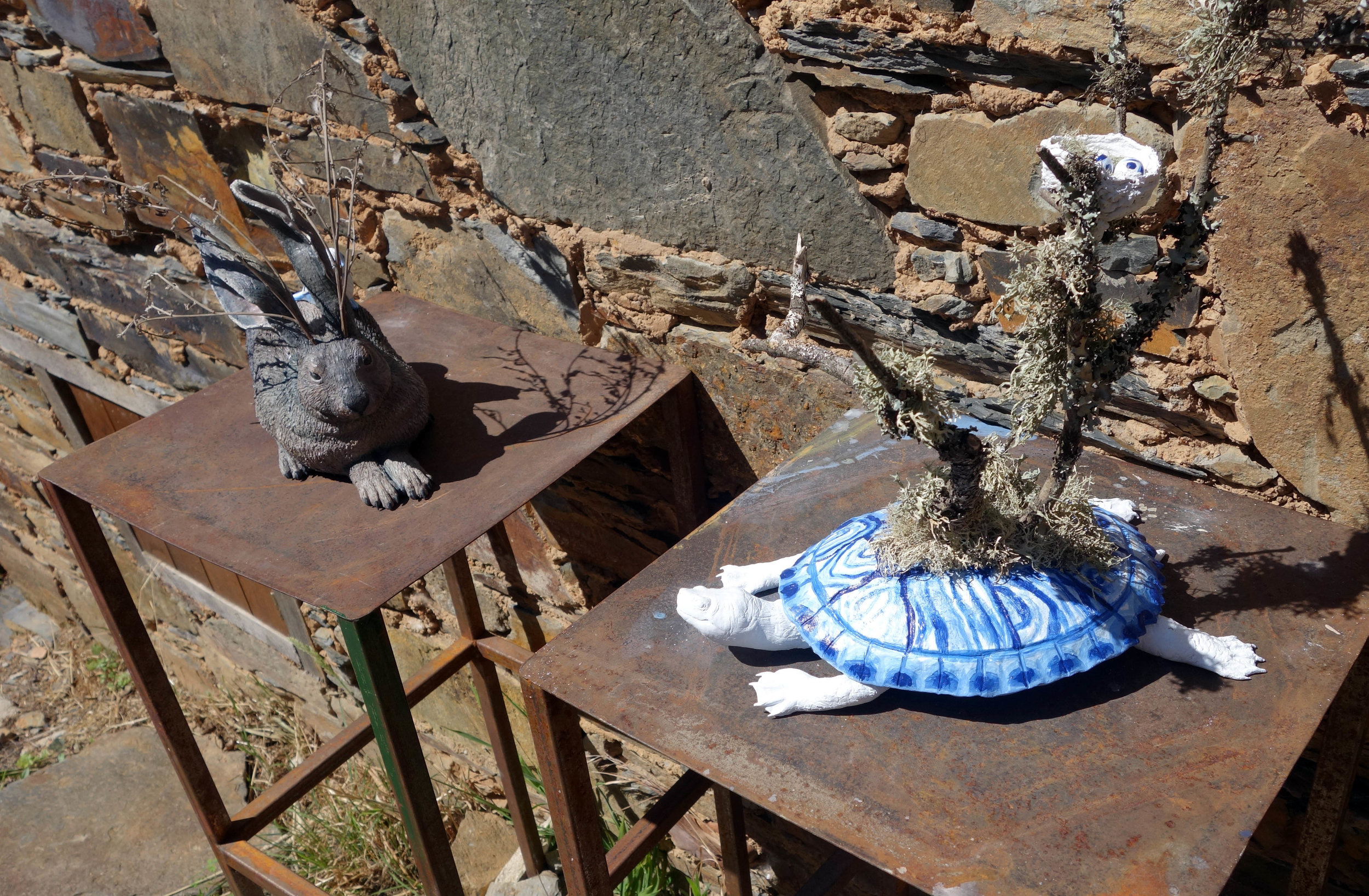
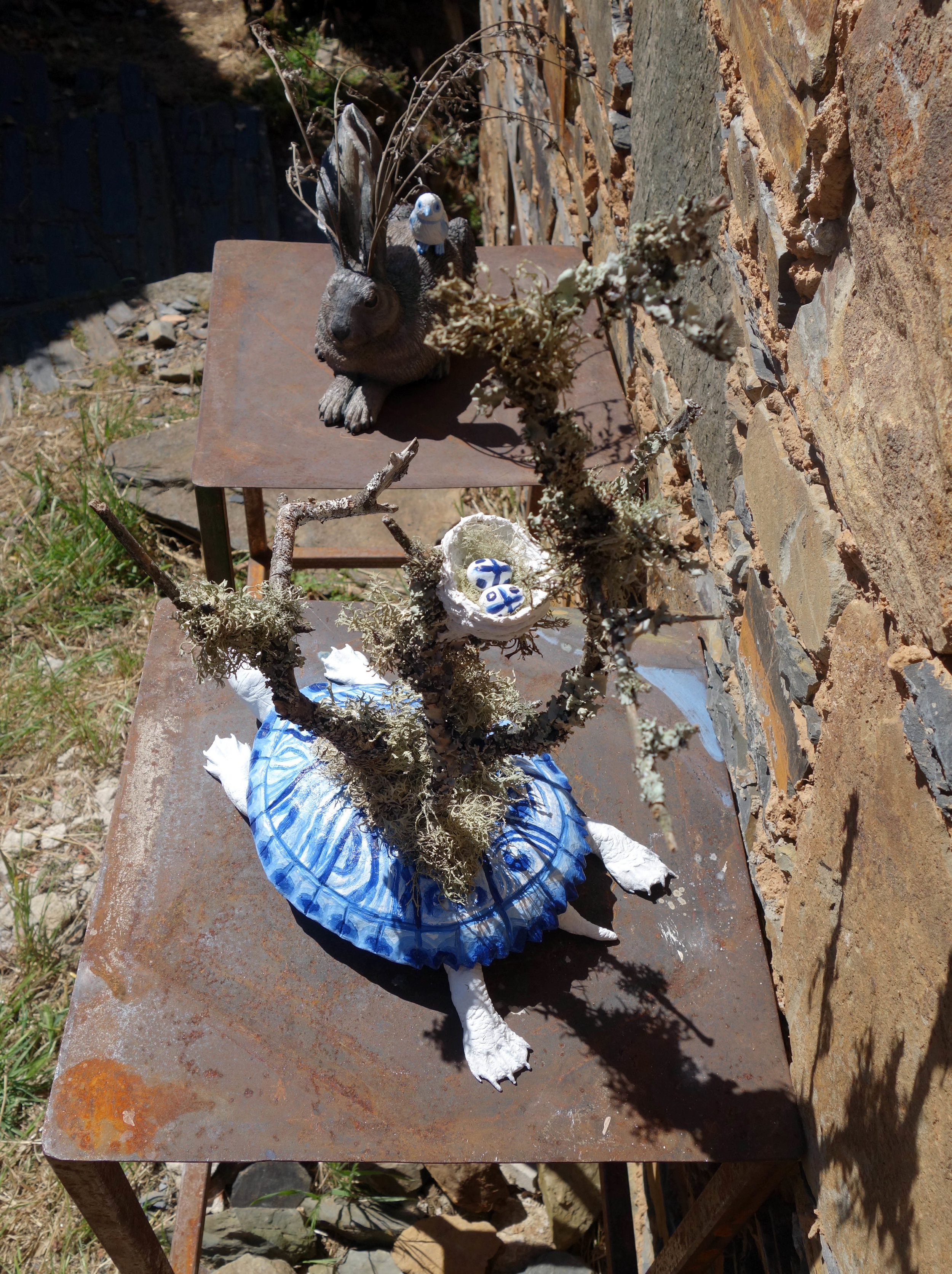

Cerdeira Village Residency Journal 6
Starting on Wednesday through Friday, artists piled into the shared house Julia and I were staying in so that they could set up for the festival (which officially began on Thursday but really truly started on Friday). In the end, I think we housed more than 16 people in the house, and 7 in our room! It was really packed and we had to take shifts in the kitchen. The festival, called Elementos à Solta (Art Meets Nature), took place throughout the village from Thursday through Sunday and involved ceramics as well as fiber arts, wooden pieces, motion-sensing installations, and more. There were additionally workshops for art novices in the mornings and scheduled theatre and music performances in the evening. I really enjoyed a stage performance by eight ceramic artists; it was the first theatre piece I've seen that was really nevertheless as much a studio art performance piece.
Many of the displaying artists come to the festival every year (and this was the festival's twelfth year) so they all knew each other very well, but they were also extremely welcoming to Julia and me. I found a mix of Spanish and English tends to be decently understood by most Portuguese speakers, which was helpful. We were provided meals during the festival (usually on the residencies I attend you make your own food) and the cooks very kindly made vegetarian fare available each time, which I found very thoughtful.
The festival wound down on Sunday, and Julia left early that afternoon (her installation will remain up until nature has its way with it - perhaps through the winter!) after we finished our scheduled artist presentation. I grew very close to Julia during our time there, and it was very sad to have her leave. It also meant my own time to leave was drawing near; I had decided to take a bus from Coimbra to Madrid the following morning. I had planned to try to use a sort-of legitimized hitchhiking (car-sharing) service, but no one was making the trip the day I needed to go. I then considered flying, but within-Europe flights don't provide any free checked or carry-on luggage beyond a small bag, and I have two big suitcases with me so it would have been too costly. The bus was only a few hours longer and was significantly cheaper.
Packing my sculptures took about two hours; I actually packed them about three times trying to get the packing materials to support and protect the pieces. I have no idea if the sculptures' fragile branches will be in fragments by the time they reach the US; I tried my best, though! I needed to mail them from Portugal because since I had two suitcases and a backpack already, I didn't have the hands to also carry a large box along. On Monday morning, Nuno and I went to the post office and mailed my box out (fingers crossed!) before he dropped me off at the bus station. The trip from Coimbra to Madrid was thankfully uneventful, and the bus driver of the second bus (we had to change buses very early into the trip to connect with the Spanish line) stopped several times such that we could avoid using the bus toilet - I was very appreciative of that! We did stop at the Spanish border and police came aboard and checked passports; I was a little surprised about this because one of my international students said the borders are not really controlled for ground traffic between EU countries.
Cerdeira Village Residency Journal 5 - New Artwork!
When I was shopping at the market across from the Mosteiro dos Jerónimos, I saw a few azulejos tiles of rabbits, and I bought myself one of them - it reminded me a little of Albrecht Dürer's work.
After I finished the turtle sculpture, I decided I would do a rabbit and a bird as a partner piece to the turtle and nest mostly due to that market experience. When I started looking at various images of rabbits in order to find one to sculpt, I decided that proportionally and structurally, a hare would be more interesting than a rabbit. And given that I had been thinking about rabbits and hares due to this azulejos tile that reminded me of Dürer, I decided to base my sculpture off of Young Hare.
It was really quite fun sculpting a watercolor painting, as it were, and one that I highly admire. I started off again with a styrofoam and wire base and then added QCC and began to form the body and head.
I added the feet in three separate parts, and finally the claws and ears. After every part was added, I detailed the fur and added some jackalope-esque branches in front of the ears. This all took several days to come together, and obviously there were parts I had to construct myself in attempting to realize a three-dimensional animal out of a two-dimensional painting of it.
I had planned on sculpting a bird with the hare, but I liked the hare so much alone that I reconsidered. As I was trying to decide what to do, I thought about how I would progress with the painting of the hare. In the beginning I had thought about painting the rabbit in azulejos-inspired colors as well, but I realized when doing the turtle that the style that the shell and eggs looked quite good with it because they were fairly smooth, but when I tried to paint the turtle head and legs with various tints of blue, it got too busy and weird due to their pebbled surfaces (so I reverted them back to the clean white). The fur of the rabbit is quite heavily textured, so I decided to paint it in a fairly realistic coloration through referencing Dürer's piece again but turning the colors just a little bit cooler in a nod to the azulejos theme and my own practice of using blue as a dominant color in my own work.
In deciding to paint it in naturalistic colors, though, I thought the two pieces wouldn't seem very related, so I figured I should do a bird - but a detachable bird, in case I ended up displaying the pieces separately as well or in case the bird didn't turn out so well.
I knew I wanted the bird to be in the azulejos color scheme, but I wasn't sure if I wanted to approximate an actual species/patterning like I did in the slider turtle shell design. In the end, I decided the bird should be even more clearly a reference to the azulejos tiles; then there would be this strong representation in the bird and the eggs, a referential-but-also-naturalistic one in the turtle, and then an almost entirely naturalistic representation in the hare.
So here it is! I also haven't accurately measured or titled it (though Young Hare will show up in the title somehow), but it is a mixed media ceramic sculpture including QCC, acrylic, and found branches. Some of the photos below are of it in bright sunlight, so the cast shadows on the bird can be a little hard to parse, and all are against a brown/gray background which can make the branches difficult to differentiate too, but I will take photos of it in a white gallery space as well.
Cerdeira Village Residency Journal 4
Most of this residency has been studio time; I have done a couple other things, though! The first was a quick evening outing to Lousã with a part-time employee named the Portuguese variant of Juan which is João, which I can't easily pronounce. He didn't know it, but there was actually a celebration in town that evening honoring Nossa Senhora da Piedade in a procession that took her from her white church atop a cliff near town into the town itself. Apparently in a few weeks, they will celebrate as she makes the return trip as well. I had a fartura, which is a Portuguese variant of a churro (without chocolate), while Julia and João had ice cream. João then grew jealous of my fartura, however, and we got in line to get him one as well!
We also dropped by Lousã the next day to get a few more groceries; I also wanted to get packing materials to ship my very fragile turtle sculpture - the branches and lichens needed something really special! Luckily, we found it at a "Chinese shop," which is just as it sounds - a large shop run by Chinese families that has lower-quality goods at cheap prices but has an enormous variety. I found an area that had pillows and pillow stuffings, including little styrofoam balls used in bean bags and travel neck pillows. I am hopeful they will be the perfect packing material to go around the delicate parts of my pieces, and supplemented them with bubble wrap and some fiber fluff as well.
Apart from that, every day has been a studio day up until Wednesday, May 31st. This day, Julia and I decided that we would go see the Parque Biológico (Quinta da Paiva) at the nearby town of Miranda do Corvo. It's basically a small wildlife sanctuary/zoo, run by a group that provides disability services and has an interesting take on our universe (that we are one of a multiverse and that there is definitively alien life in our own). Nuno was going to take us as a tour guide, but that plan fell through - instead, Kerstin dropped us off at the Parque Biológico entrance and told us to walk back into town when done to take a bus to Lousã and then a taxi from Lousã to Cerdeira Village.
The Parque Biológico started off somewhat disappointingly with fairly common animals like pigeons, ducks, and geese, and then their bears seemed to be kind of stressed, so I was not sure what I was going to think of the place. But then we saw some very expressively nosed boars and then happened upon a beautiful group of spotted deer. We noticed one making a weird noise. When we came upon her, we saw that she had a little baby deer with her! We ended up seeing some employees who told us the baby was nine hours old. It was so cute, and still hadn't quite worked out how its legs worked. Julia and I felt quite lucky, as we had considered going the day before and would have missed seeing it. We later realized that if we had come even an hour or so later, too, the mother and baby had moved inside to get shade and we wouldn't have seen it then, either.
We next saw some lynxes, and then realized we had skipped the fox enclosure and doubled back. When we got there, I noticed there was a kit near the fox we spotted, too! The mother fox was in pretty rough shape (missing part of an ear and with a non-functional front limb), but she still had a beautiful face and was clearly acclimated to humans. After a while, she seemed to decide she could trust us with her kit and moved back while we oohed and ahhed over it.
The fawn and the kit were by far the best highlights of the Parque Biológico, but we also saw a wolf, some llamas, a very small reptile house with bearded dragons, spotted salamanders, and snakes, and a number of birds of prey. There was also a section small mammals like mongoose, badgers, and martins. There also happened to be a gerbil hut, which was kind of funny, and the gerbils had just had a litter, too - they were clearly also maybe hours old if that, as they were still little pink, blind, writhing creatures. Finally, at the end there was a domesticated animals area. Due to the fawn and the kit, I found the Parque Biológico to be a great experience! Afterward, we walked into the town center, eventually found the bus station, and then stopped for a quick brunch (vegetable soup, grilled cheese, and decaf coffee for me; grilled cheese and coffee for Julia) before catching the bus back to Lousã. In Lousã, we stopped at a pastelaria to buy some dessert and more coffee (decaf and with milk for me, this time) as well as some take-away dessert. Then we called a taxi and rode back up to Cerdeira!
Aside from these outings, all of my time has been spent in the studio. I'll share what my second project has been shortly!
Cerdeira Village Residency Journal 3 - New Artwork!
When I woke up for my first morning in Cerdeira Village, I was still a little tired and quite sneezy - I thought I would escape from my Kansas allergies but there are apparently still plenty of plants I'm allergic to in Portugal! I soon shook it off, though, and Julia and I made breakfast and started to get to know each other. Next I went to set up my studio space; the atelier is downstairs and next door from the residency housing. I took over two small pottery tables and a bigger workshop table and began working on my first piece.
When I proposed my project for this very competitive residency, I took note of how ceramics-oriented the website was and my proposal was to make some fully 3D pieces out of QCC since of late I've been doing only relief work with QCC. For my first sculpture, I decided I would create a slider turtle with branches growing atop its back supporting a nest. I picked a turtle for a few reasons - 1) I'd sculpted two turtles a few years ago out of QCC but never felt I fully resolved their form and wanted to improve upon that work; 2) there is a multicultural myth that the world is supported on the back of a great turtle; 3) I hadn't seen very many animals in Portugal yet given that I'd only been there a couple days, but I had seen at least two different species of slider (red-eared and yellow-bellied) at the Estufa Fria in Lisbon.
I started the sculpture by carving a rough approximation of the shell out of styrofoam. This was mostly to save on clay usage - I can only carry one bucket of it at a time due to the size and weight it occupies in my luggage, so I want to be smart in how I use it up - but also helps with the weight of the piece, which is important because I will have to ship my artworks back to the US and weight sharply increases the shipping costs.
Then I applied QCC in a relatively thin layer around the styrofoam and began to shape and detail it (hacking out bits of styrofoam as well if I needed to). The shell took a lot longer than I thought it would to really shape properly; I did not finish it the first day.
I continued work the second and third days on the turtle. After finally detailing the shell, I moved on to the head and feet. I did them all separately so I could be very considered in my markmaking, and finally I assembled all the pieces and added a tail and other final detailing by the end of the third day. I had planned to make the branches and nest out of the QCC as well, but I became enchanted by the local lichens that grow on the trees here and ended up pushing real branches into the turtle's back before curing the whole piece.
Afterwards, I did add a nest and two eggs made out of QCC into the branches.
On the fourth and fifth days, I painted the turtle, nest, and eggs white. I had got it into my head to reference the azulejos tiles so common to Portugal in the painting of the sculpture; the starting point was turning the natural light tan of the clay the bright white of the glazed tiles. I had only brought one type of paint with me - my Golden OPEN Acrylics - which are great for normal painting needs but are really poor as a base coat due to their long dry time. Here in Cerdeira Village, they seem to dry even slower - in fact, barely at all - and I ended up just going ahead and painting the turtle shell with an azulejos-inspired, painted-turtle-shell-based design on the sixth day here despite the shell still being faintly wet. I also painted the eggs with a small decorative motif seen in the corners of some azulejos tiles. The turtle and eggs took almost a week to dry, but aided by my eventual realization that I needed to put them outside in the sun to assist, they were handle-able by the time I needed to install them in their exhibition space the morning of June 2.
So here's the piece! I haven't measured it yet, nor titled it (I've got some ideas mulling), but that will come. It is a mixed media ceramic sculpture including 3P QuickCure Clay, acrylic, and found branches and lichens.
Cerdeira Village Residency Journal 2 Photos 2
And here are the photos from the train station through the trip to Cerdeira Village, though none of the photos actually depict Cerdeira Village itself. They instead cover the Lisbon train station, Coimbra, Lousã, and the castle and church on the way up the mountain toward Cerdeira Village.


